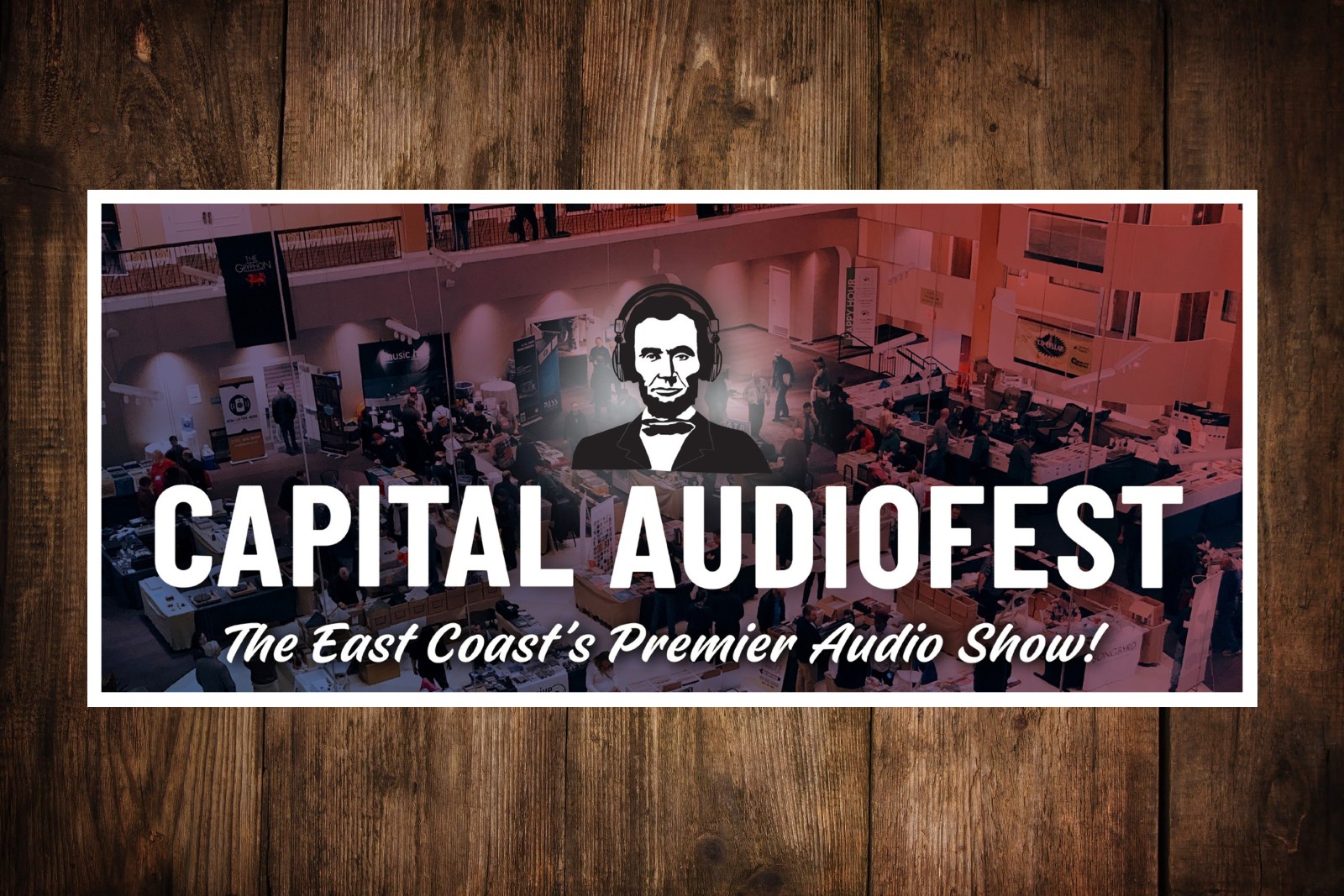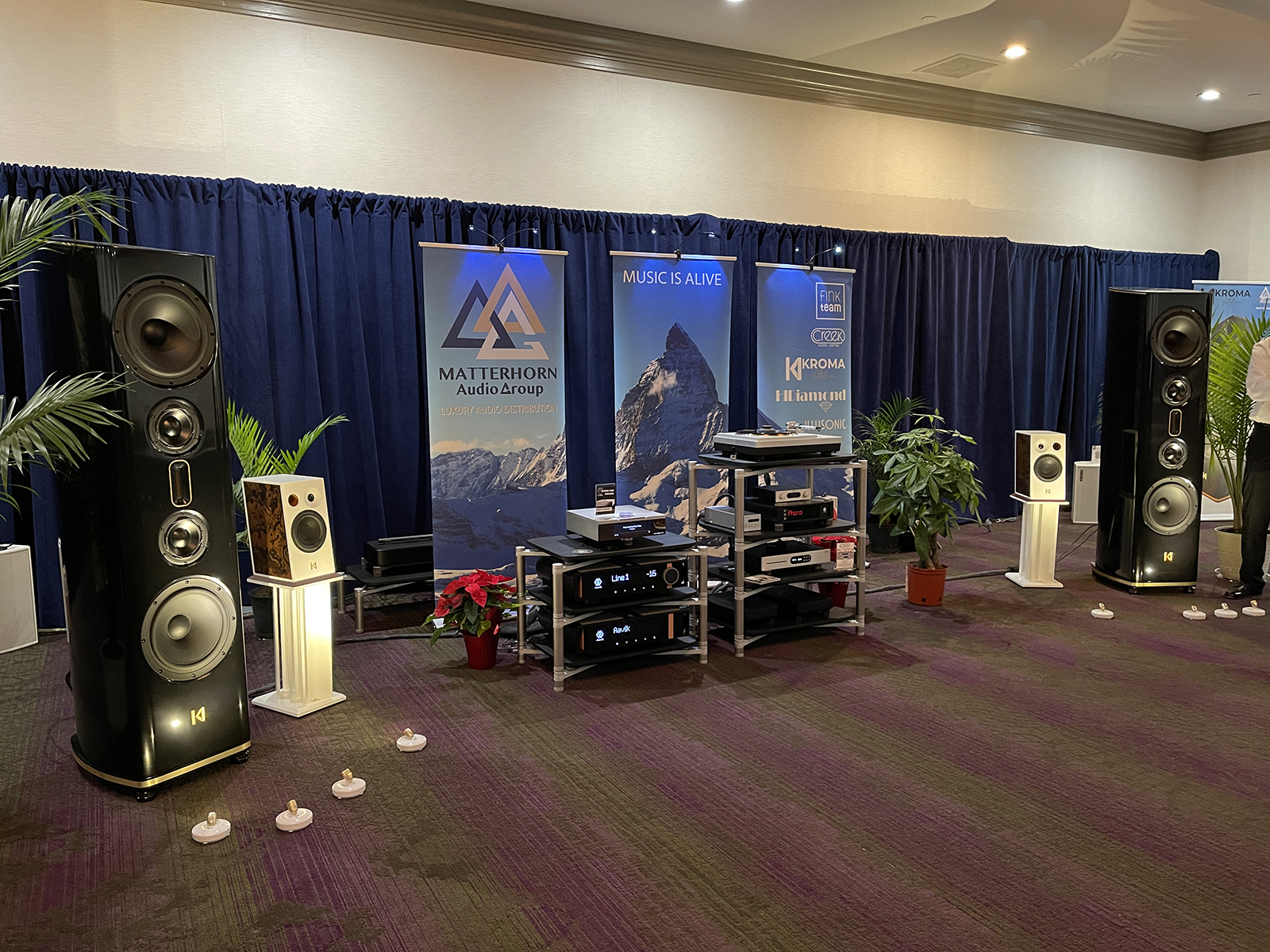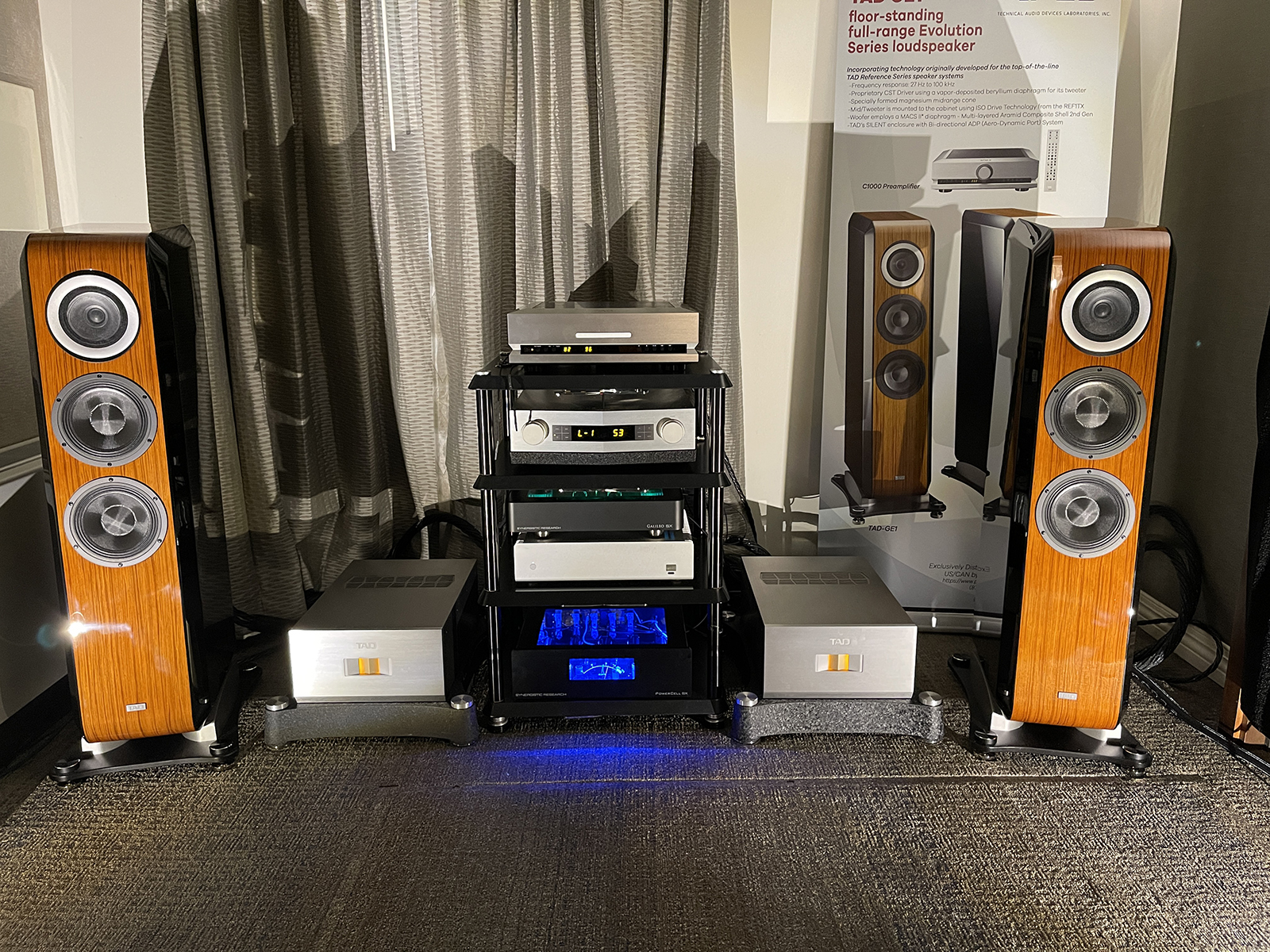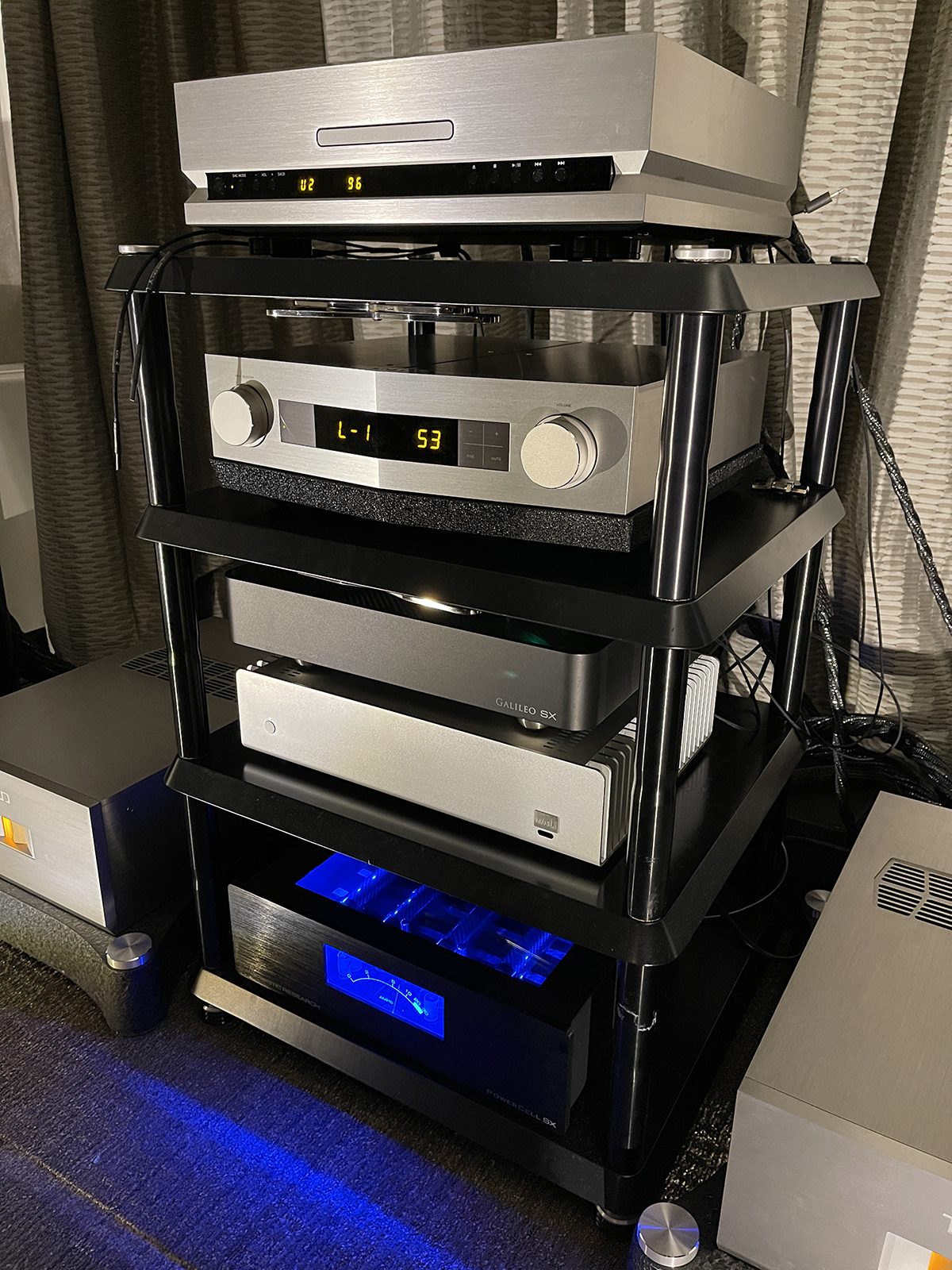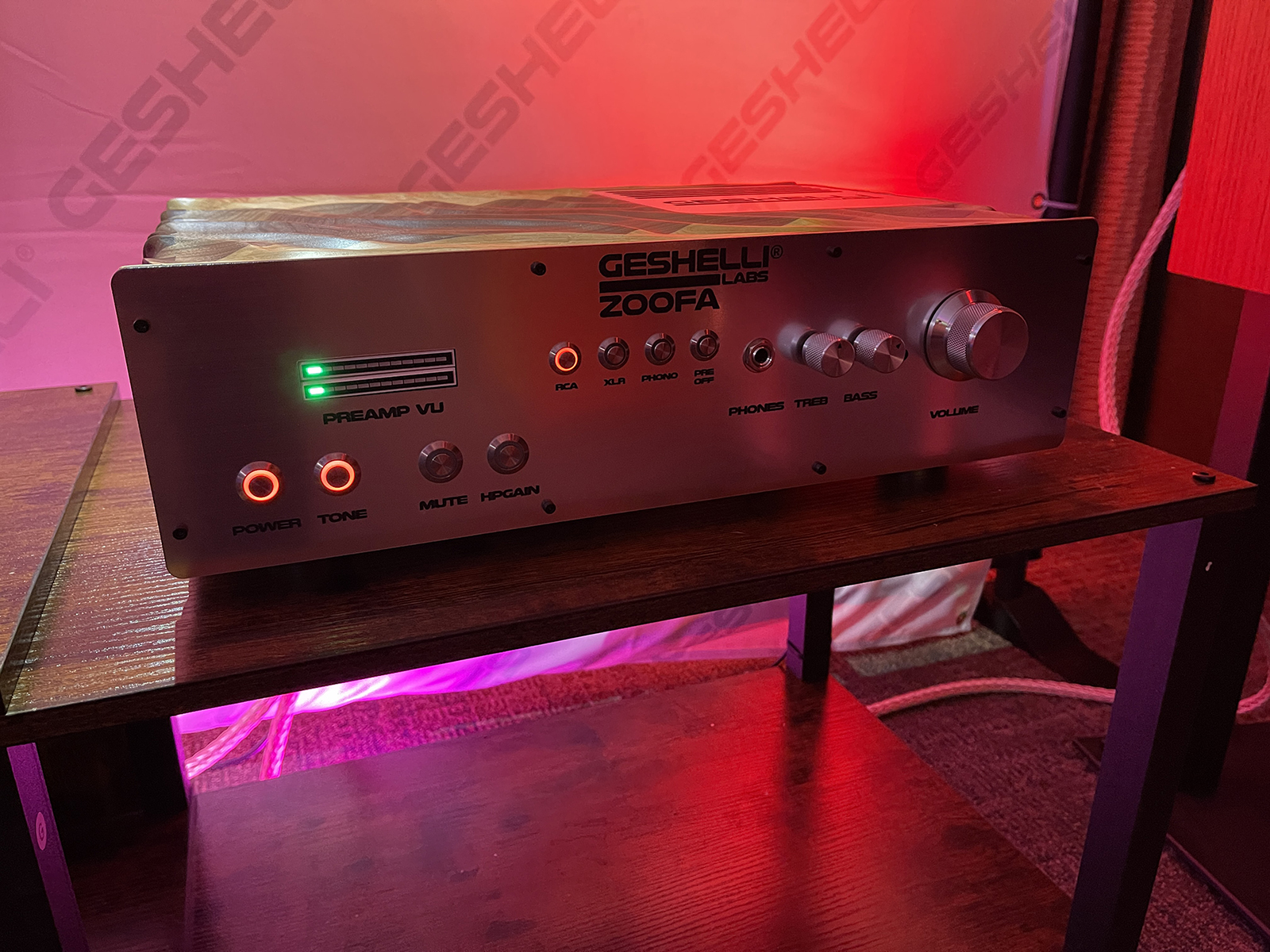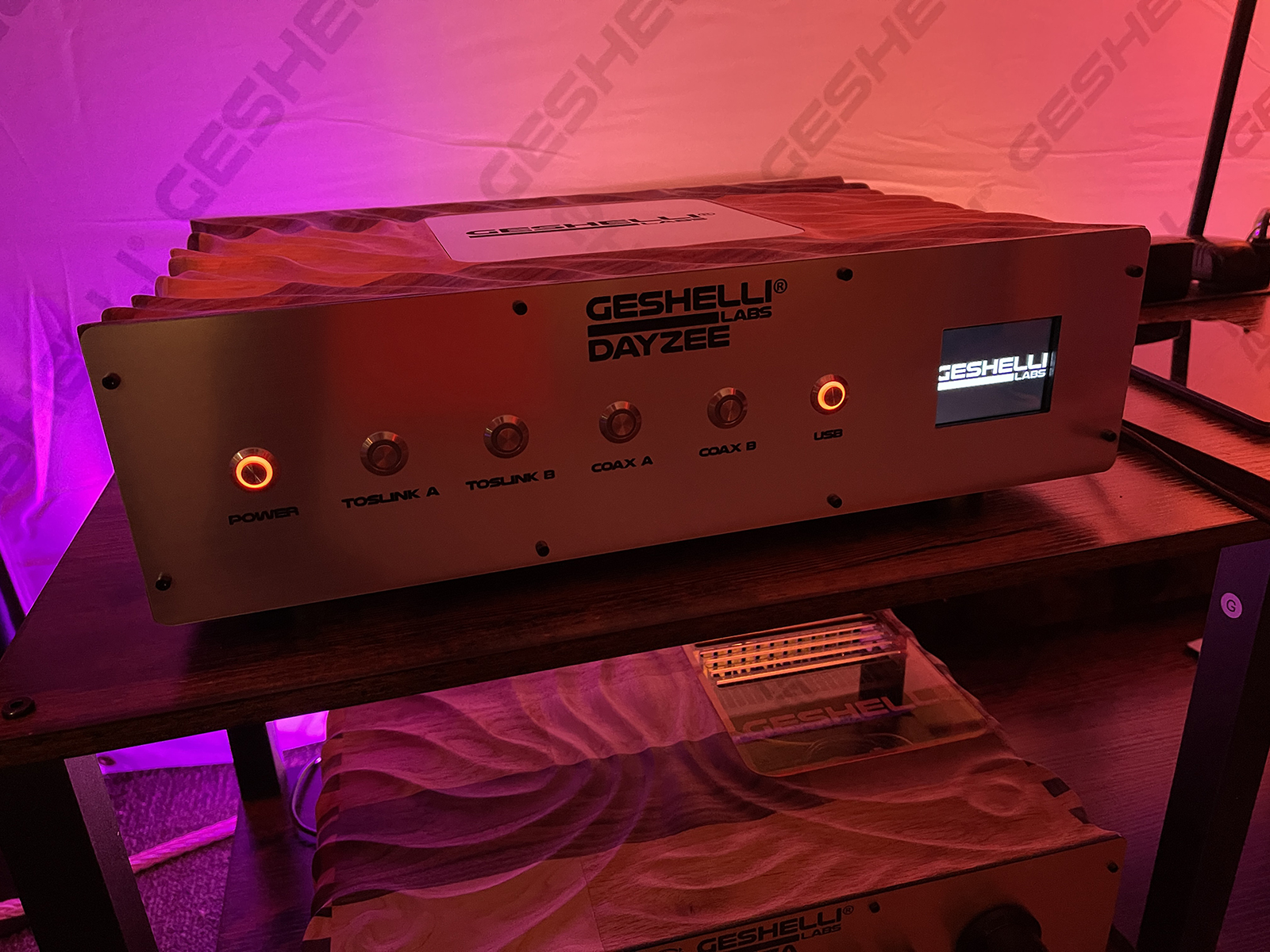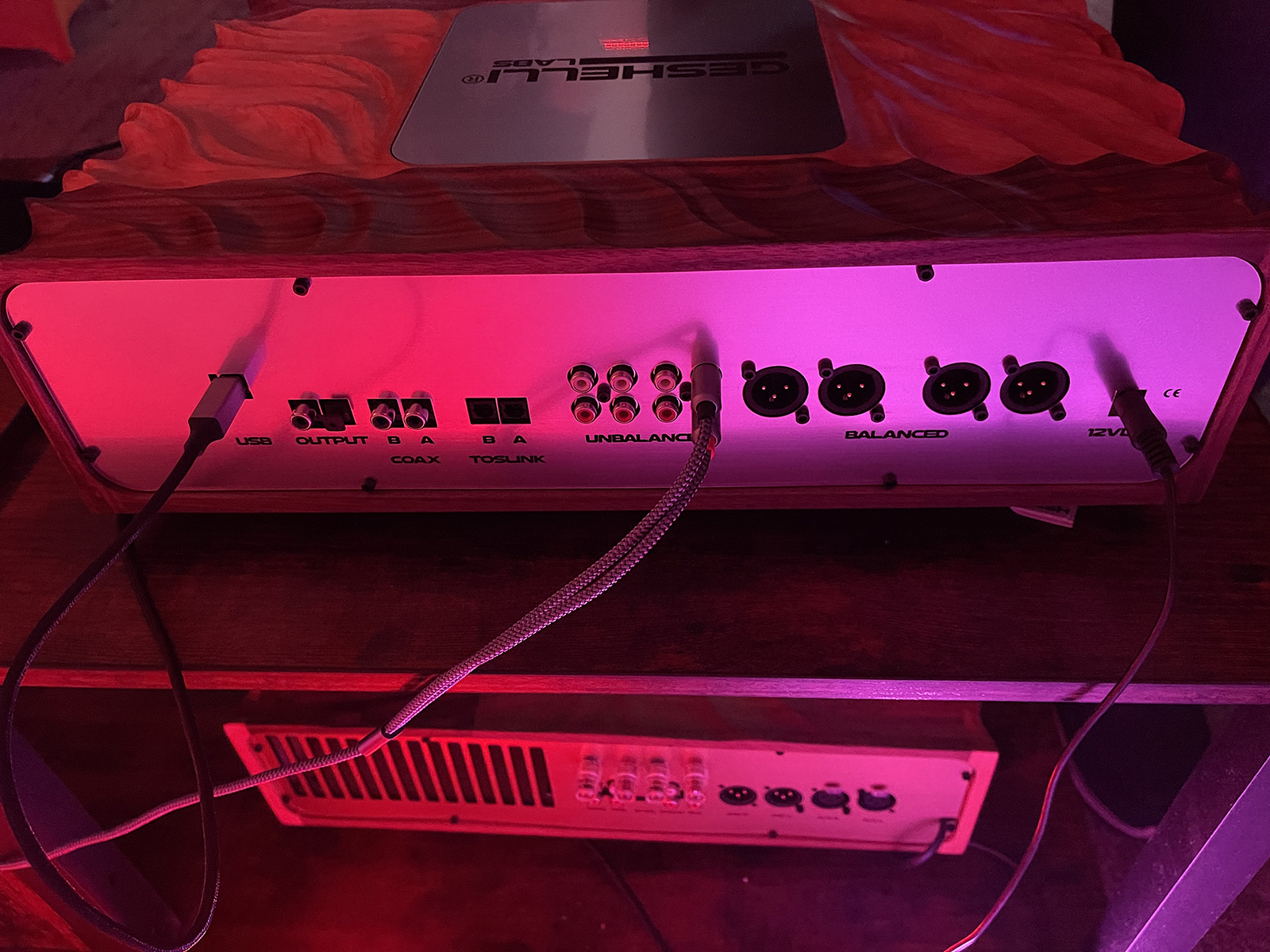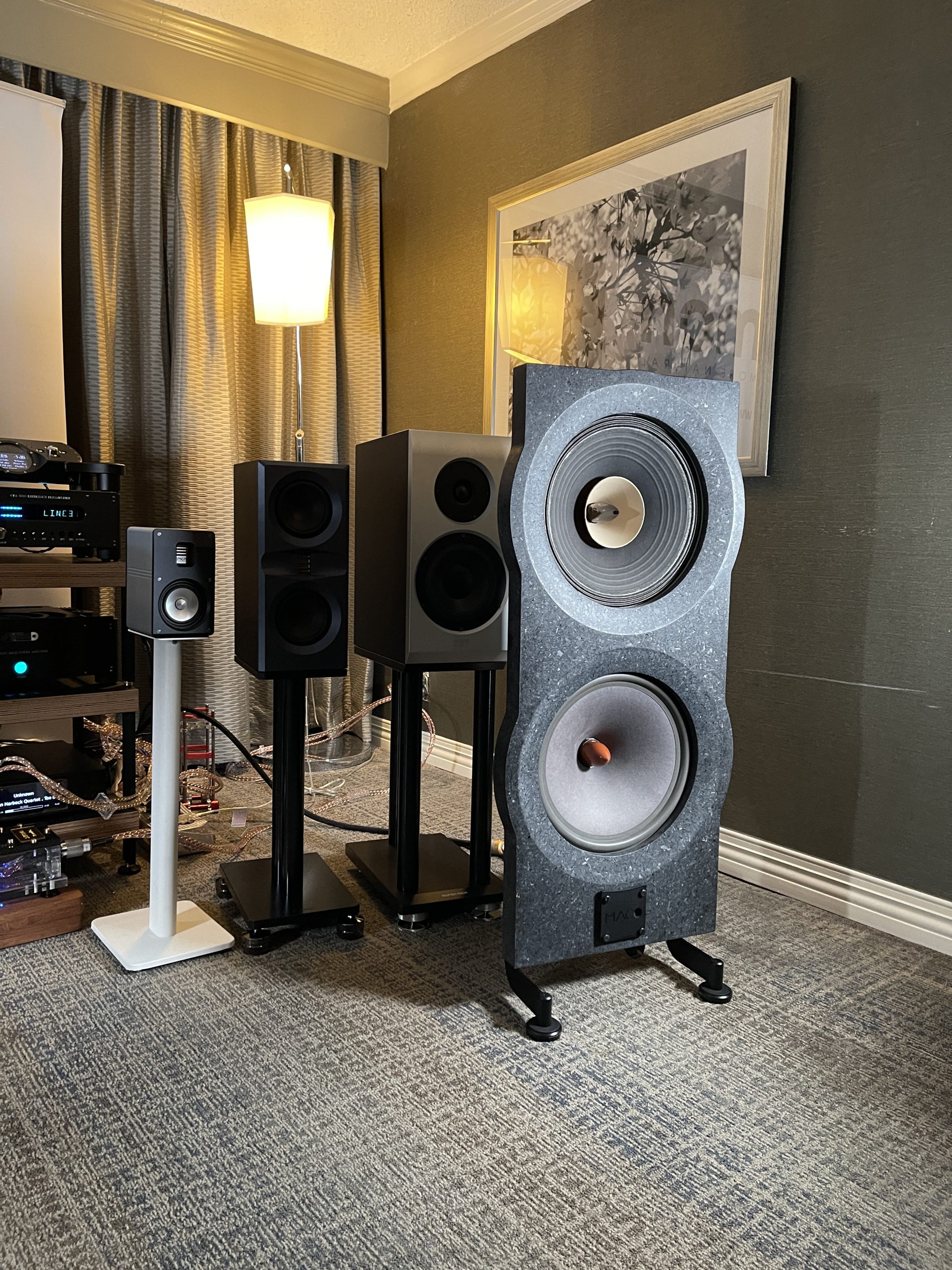Q Acoustics

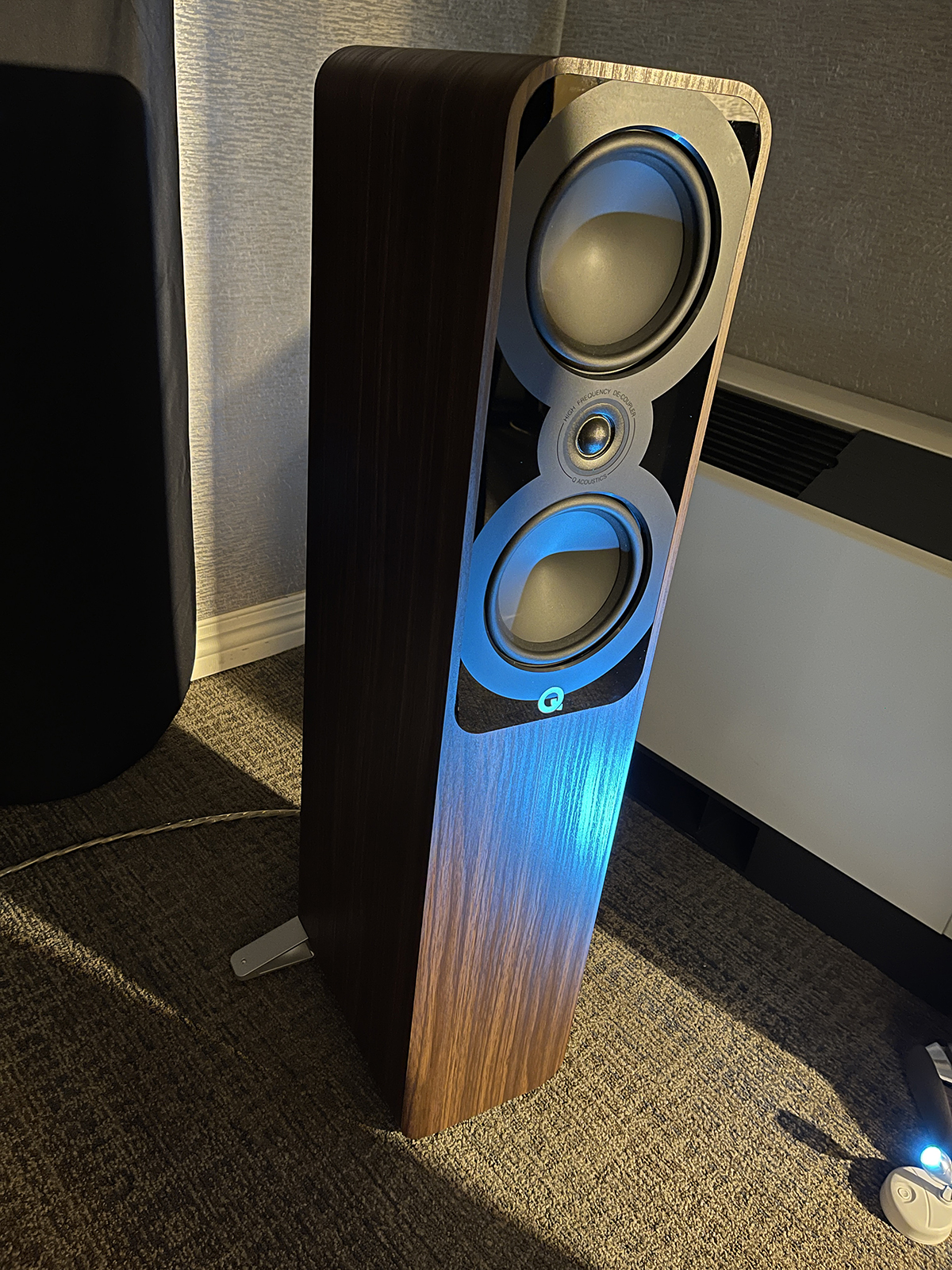
 Q Acoustics continues its tradition of really good sounding speakers for reasonable prices. The new 5050 are a relatively compact floor standing speaker that sells for $1999 per pair. Two six inch woofers reside in a 40 liter cabinet and flank a one inch dome tweeter. One could almost call this a bookshelf speaker with a single six inch woofer atop the one inch tweeter, but instead of a stand, there is the second woofer in a floor standing design that extends both bass and dynamics. Compared to a lot of well known bookshelf speakers that sell for $2000, the 5050’s need no stands and offer a lot more performance than one usually sees in this price range.
Q Acoustics continues its tradition of really good sounding speakers for reasonable prices. The new 5050 are a relatively compact floor standing speaker that sells for $1999 per pair. Two six inch woofers reside in a 40 liter cabinet and flank a one inch dome tweeter. One could almost call this a bookshelf speaker with a single six inch woofer atop the one inch tweeter, but instead of a stand, there is the second woofer in a floor standing design that extends both bass and dynamics. Compared to a lot of well known bookshelf speakers that sell for $2000, the 5050’s need no stands and offer a lot more performance than one usually sees in this price range.Acoustic Energy
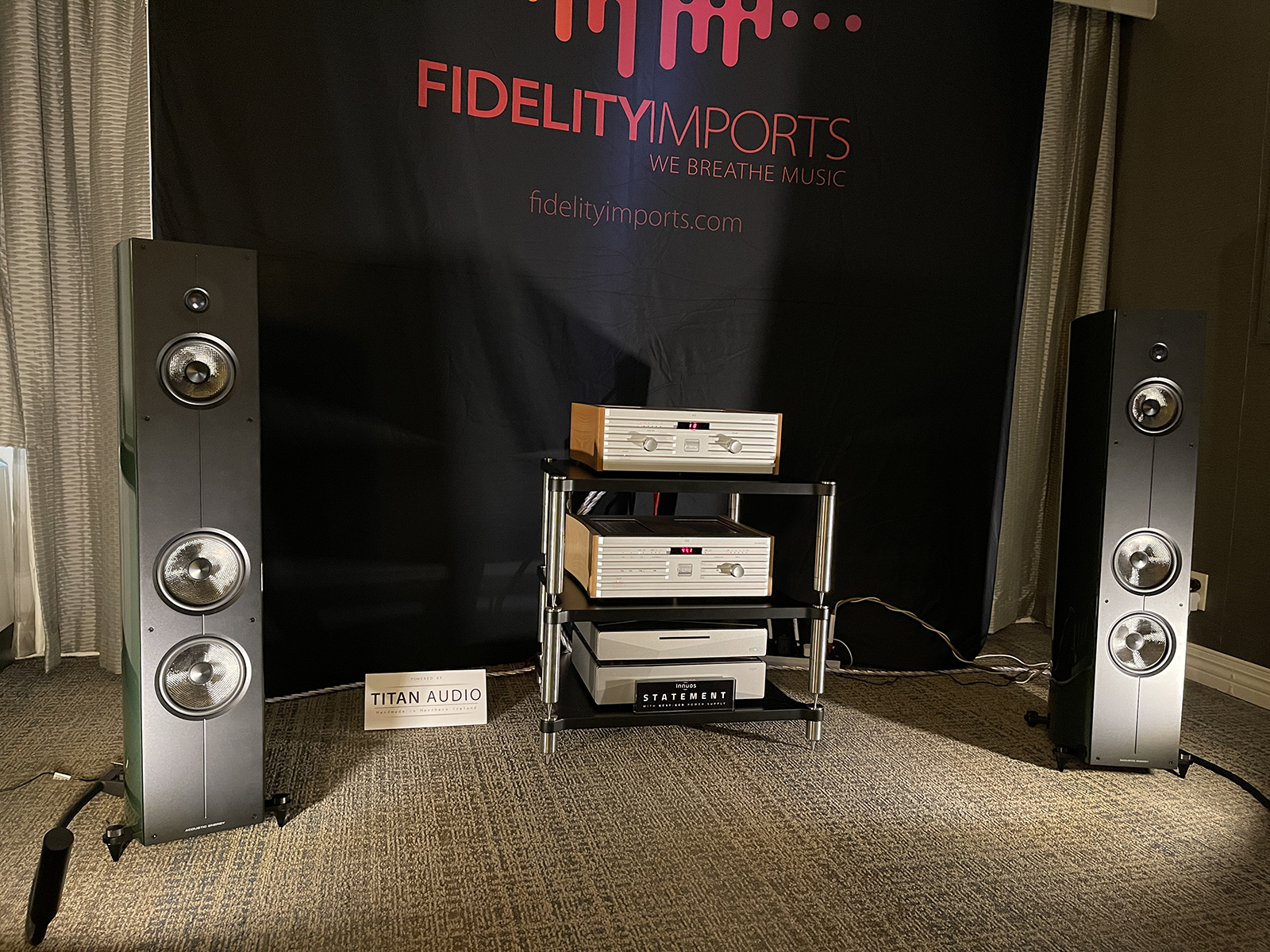
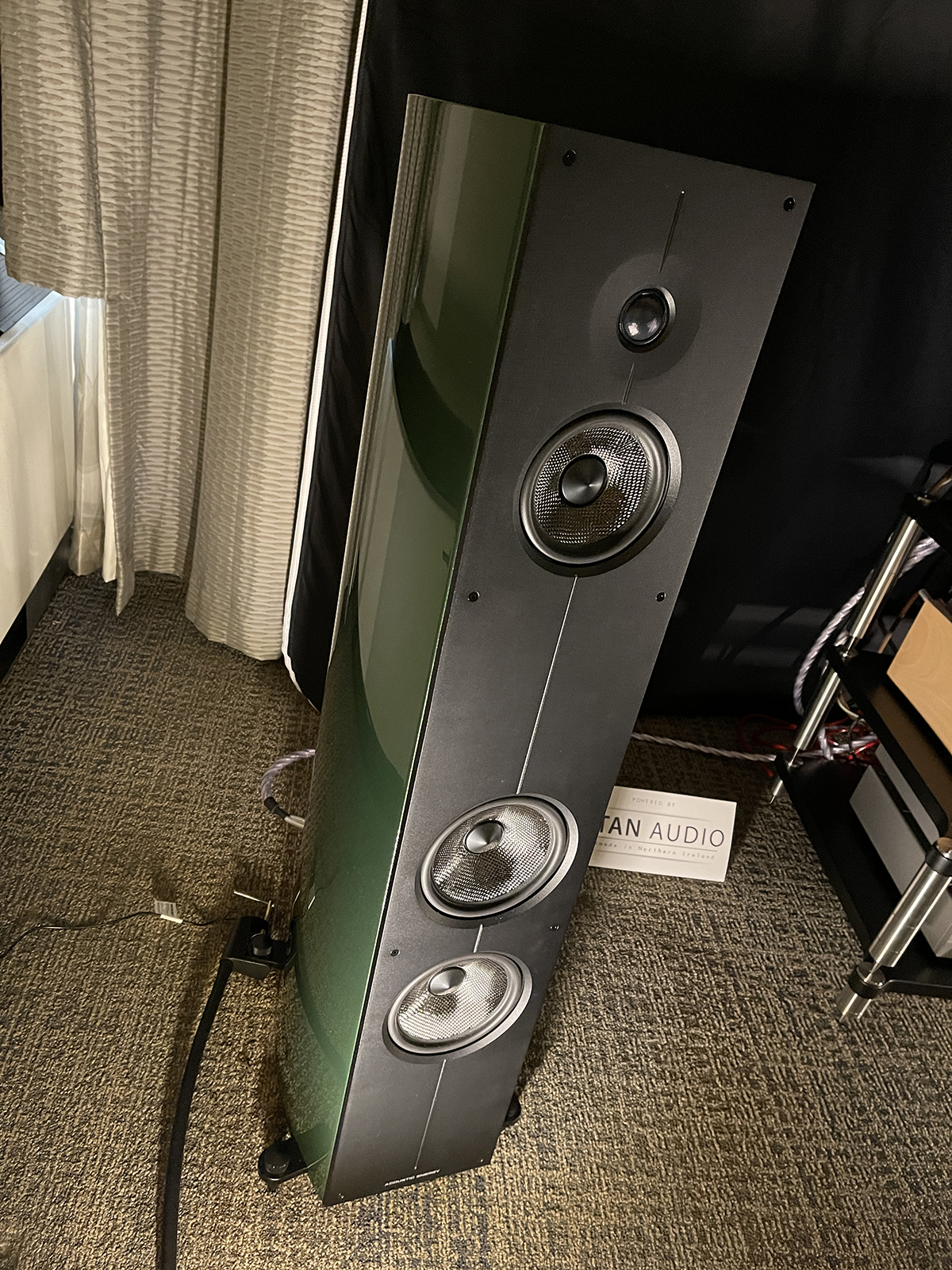
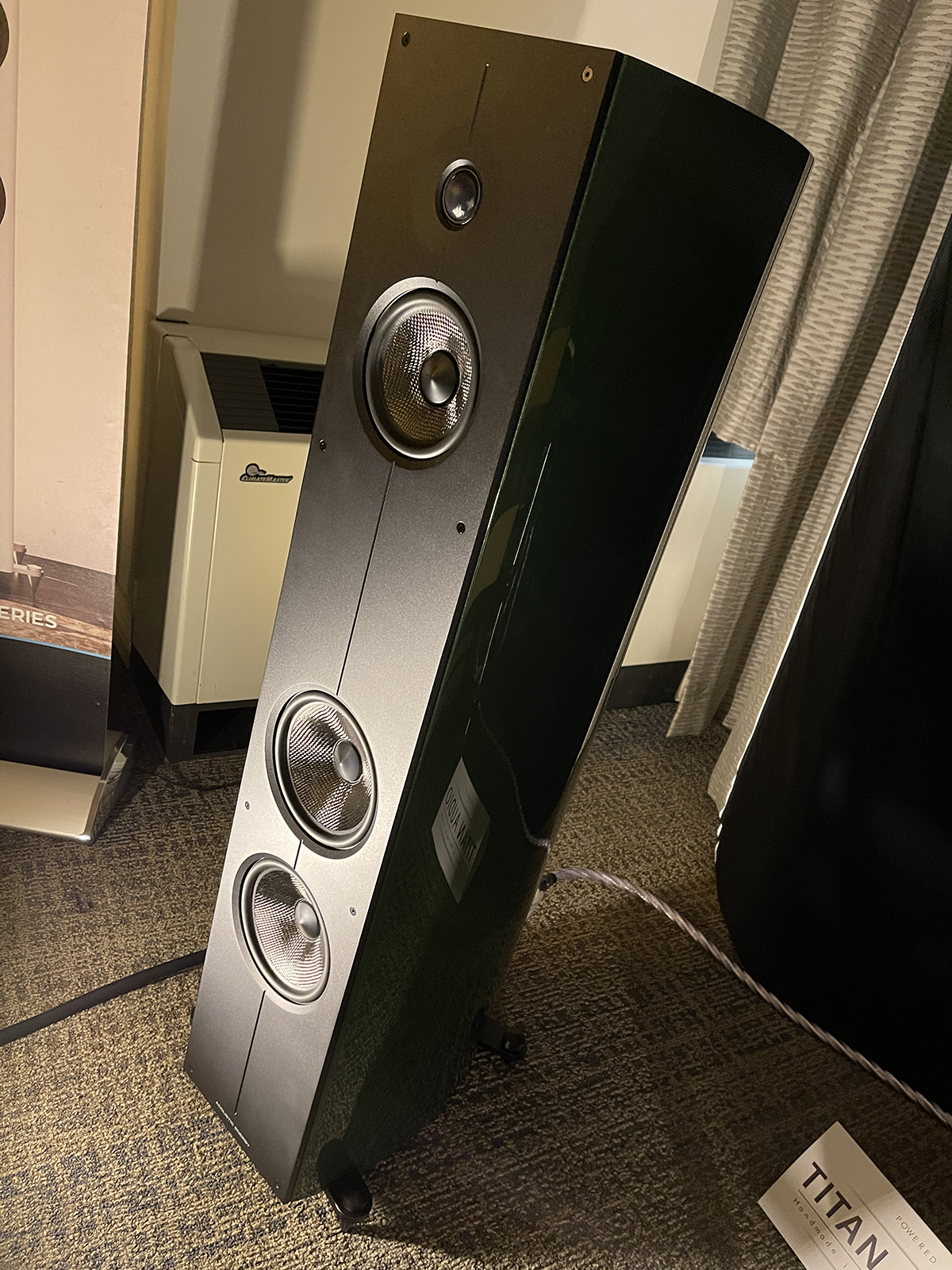
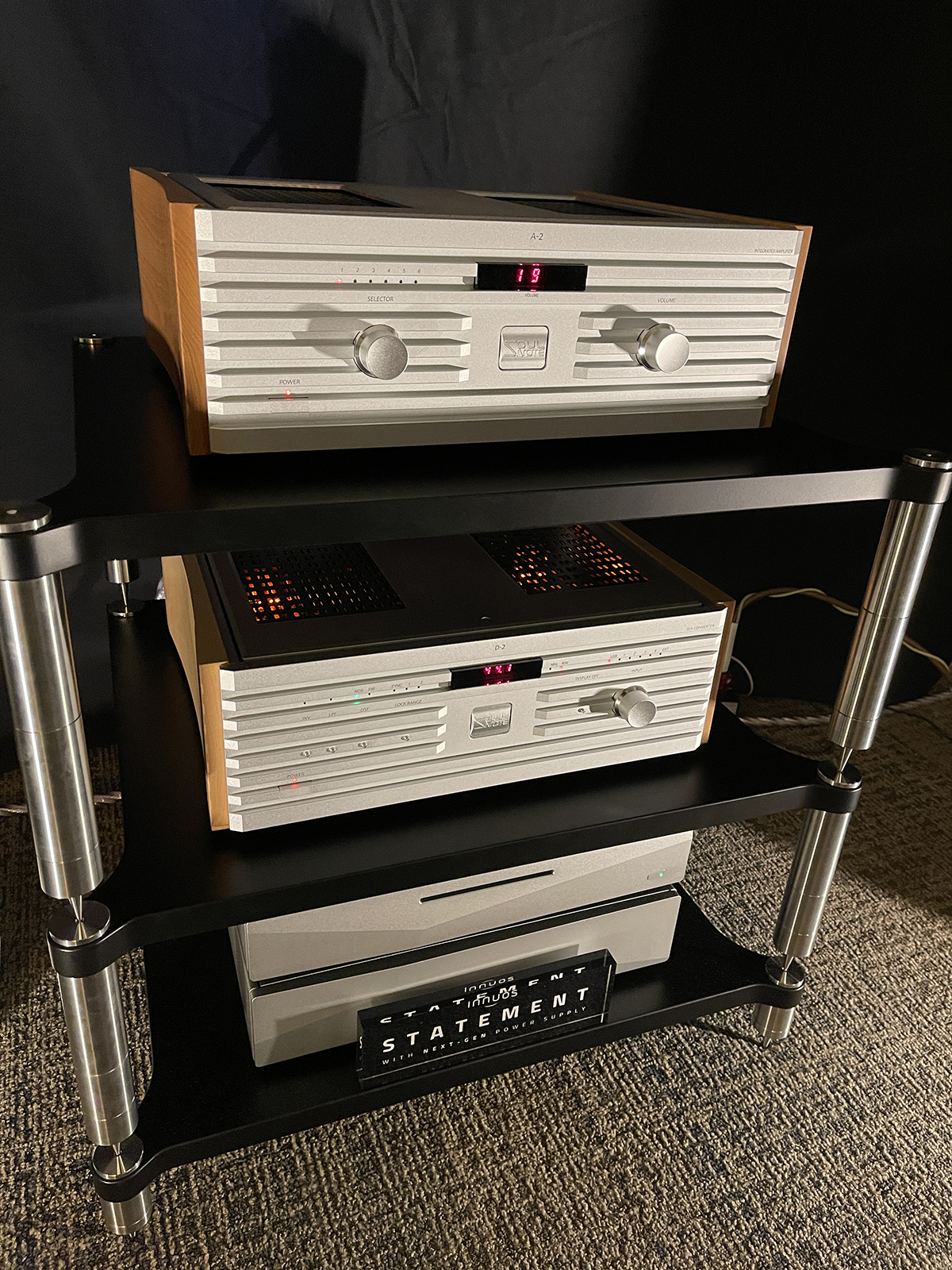
 Acoustic Energy was showing off their new flagship speaker, the Corinium, with a not so flagship price starting at $7495 per pair, depending on finish. They feature carbon fibre in both the six inch bass drivers and five inch midrange driver. The first noticeable upgrade from the 520 speakers is a deeper bass response with more linearity. The added structural integrity in the new five inch midrange also paid a lot of dividend in its clarity.
Acoustic Energy was showing off their new flagship speaker, the Corinium, with a not so flagship price starting at $7495 per pair, depending on finish. They feature carbon fibre in both the six inch bass drivers and five inch midrange driver. The first noticeable upgrade from the 520 speakers is a deeper bass response with more linearity. The added structural integrity in the new five inch midrange also paid a lot of dividend in its clarity.Michell/Lowther/Triode




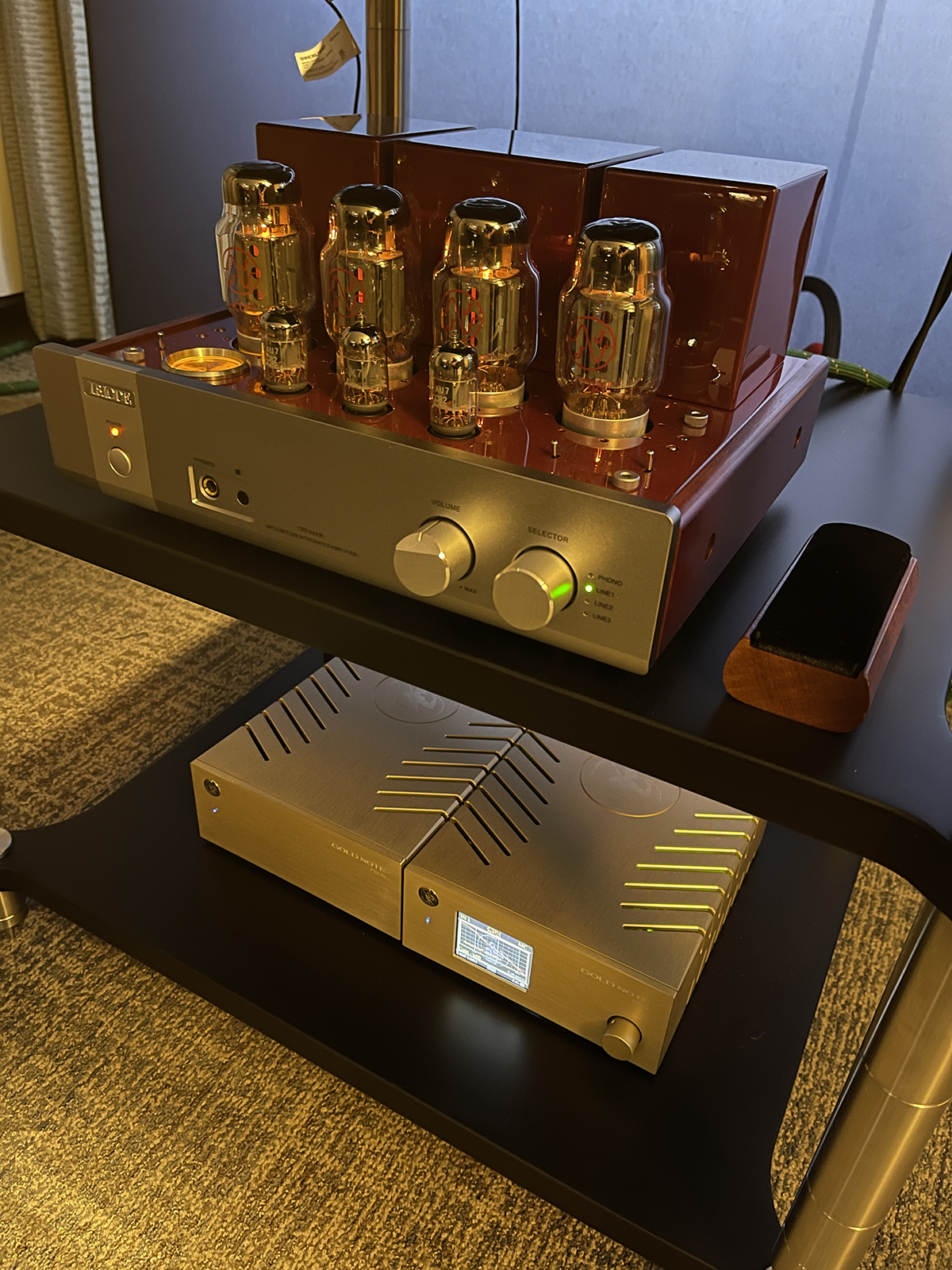 Michell Turntables had their $6999 Gyro SE complete with a T-8 tonearm (and Cusis M cartridge) augmented with the Gold Note PH-10 phono pre-amp and PSU-10 power supply ($3298 for both). Amplification was provided by a Triode TRV-88XR Tube Integrated Amplifier and speakers were the $25,000 Lowther Edilia in a classic Lowther cabinet: a lovely wood finish.
Michell Turntables had their $6999 Gyro SE complete with a T-8 tonearm (and Cusis M cartridge) augmented with the Gold Note PH-10 phono pre-amp and PSU-10 power supply ($3298 for both). Amplification was provided by a Triode TRV-88XR Tube Integrated Amplifier and speakers were the $25,000 Lowther Edilia in a classic Lowther cabinet: a lovely wood finish.Technics/Sonus faber/Clarus Cable
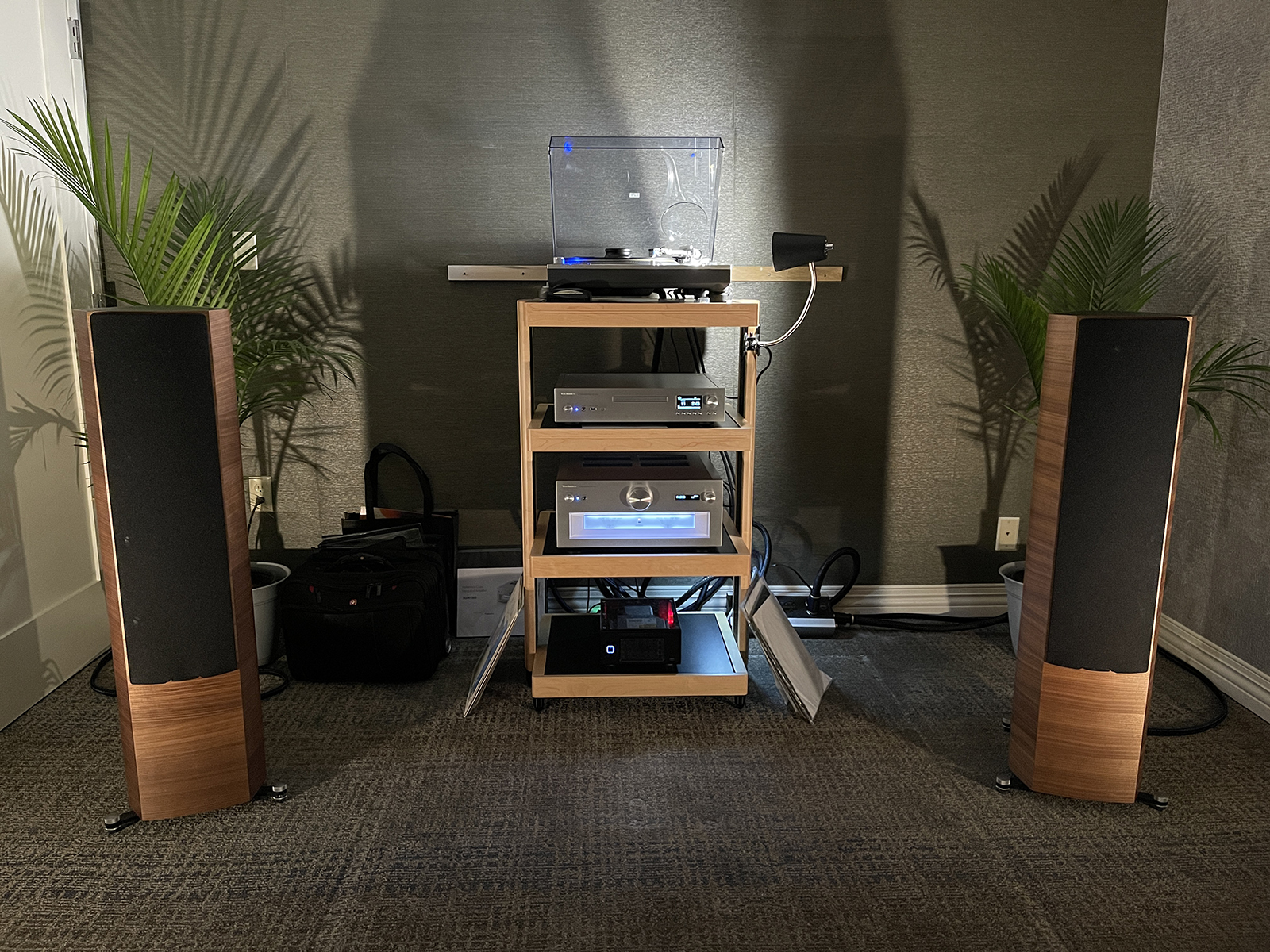

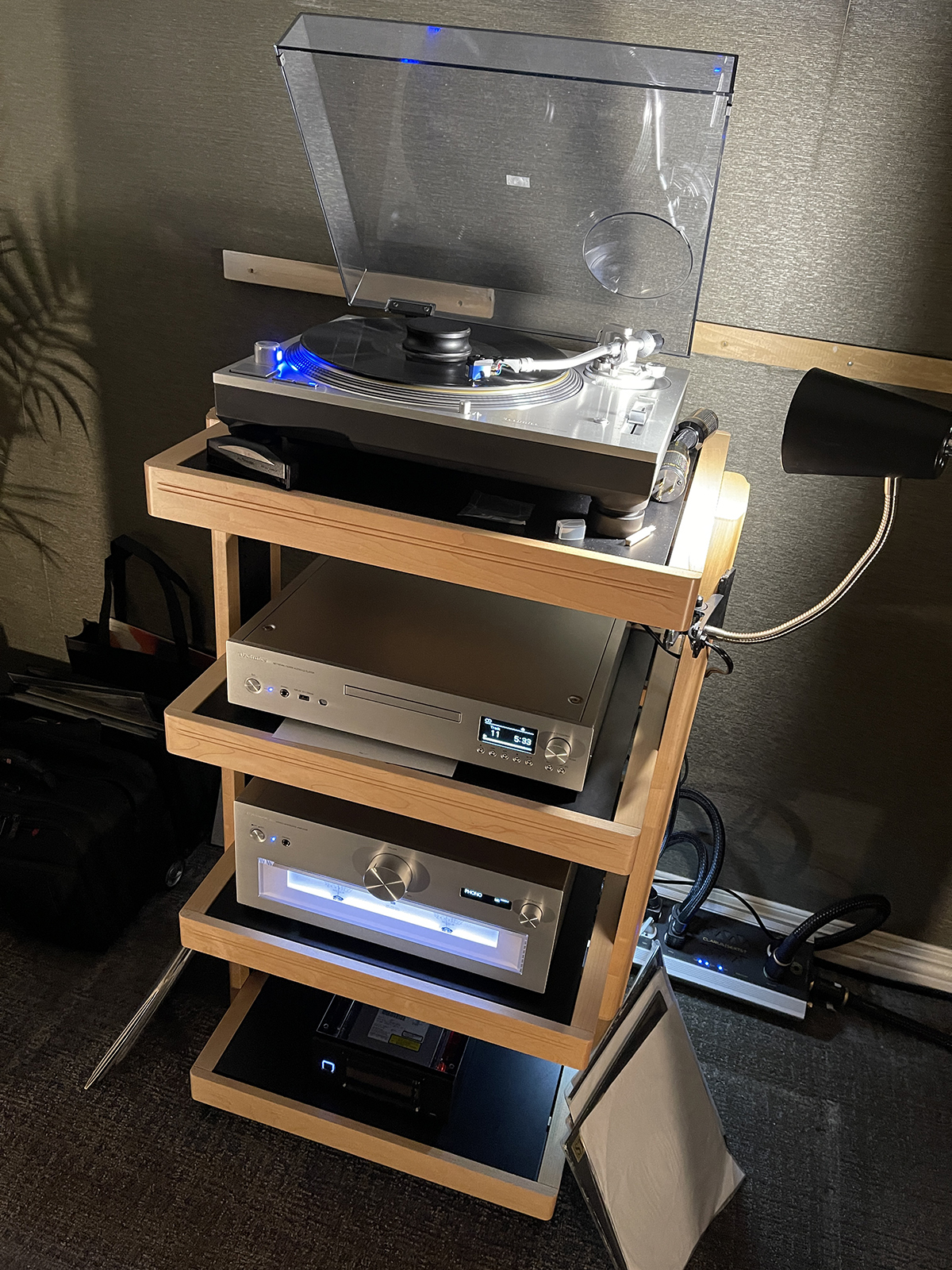
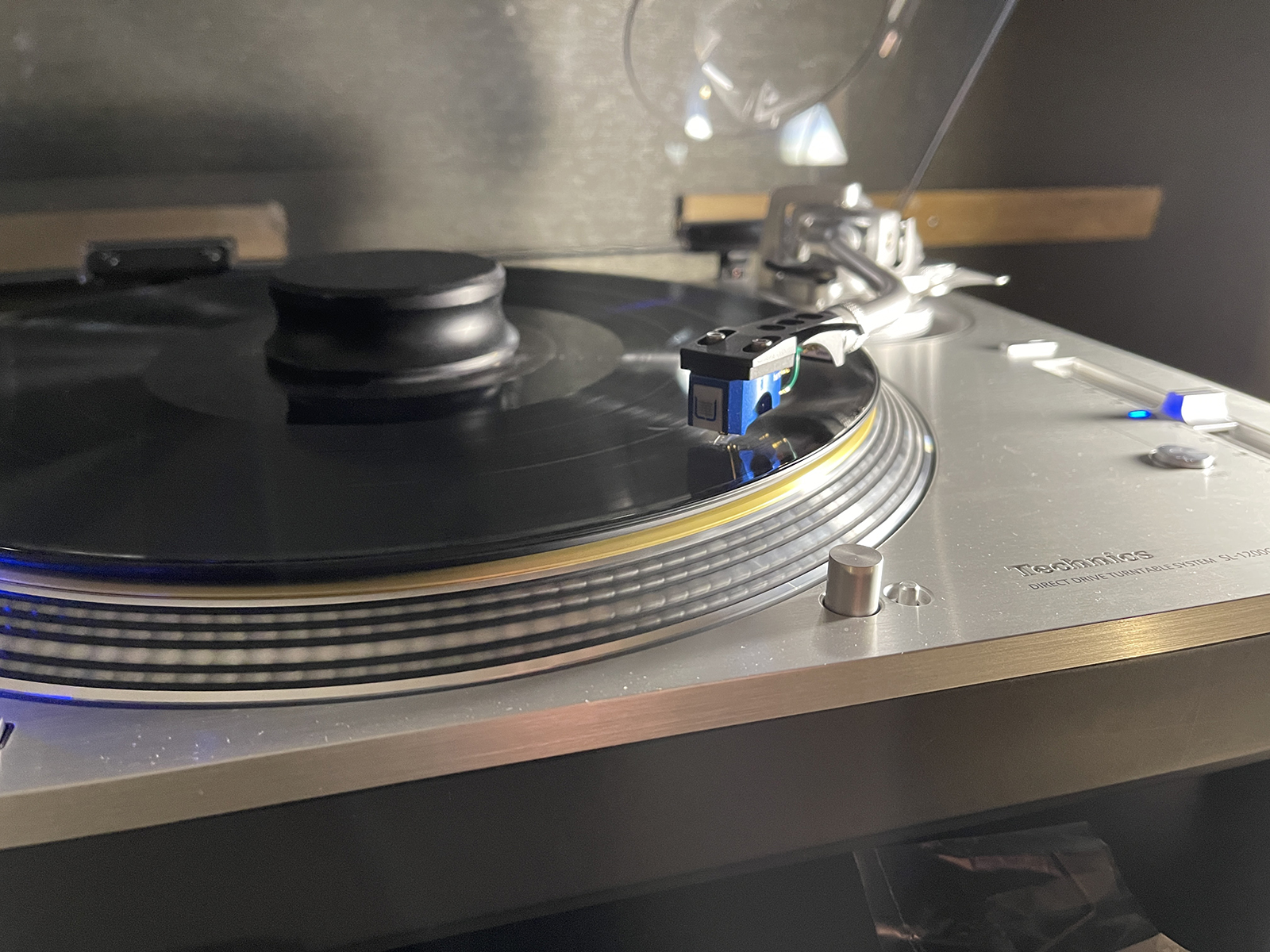
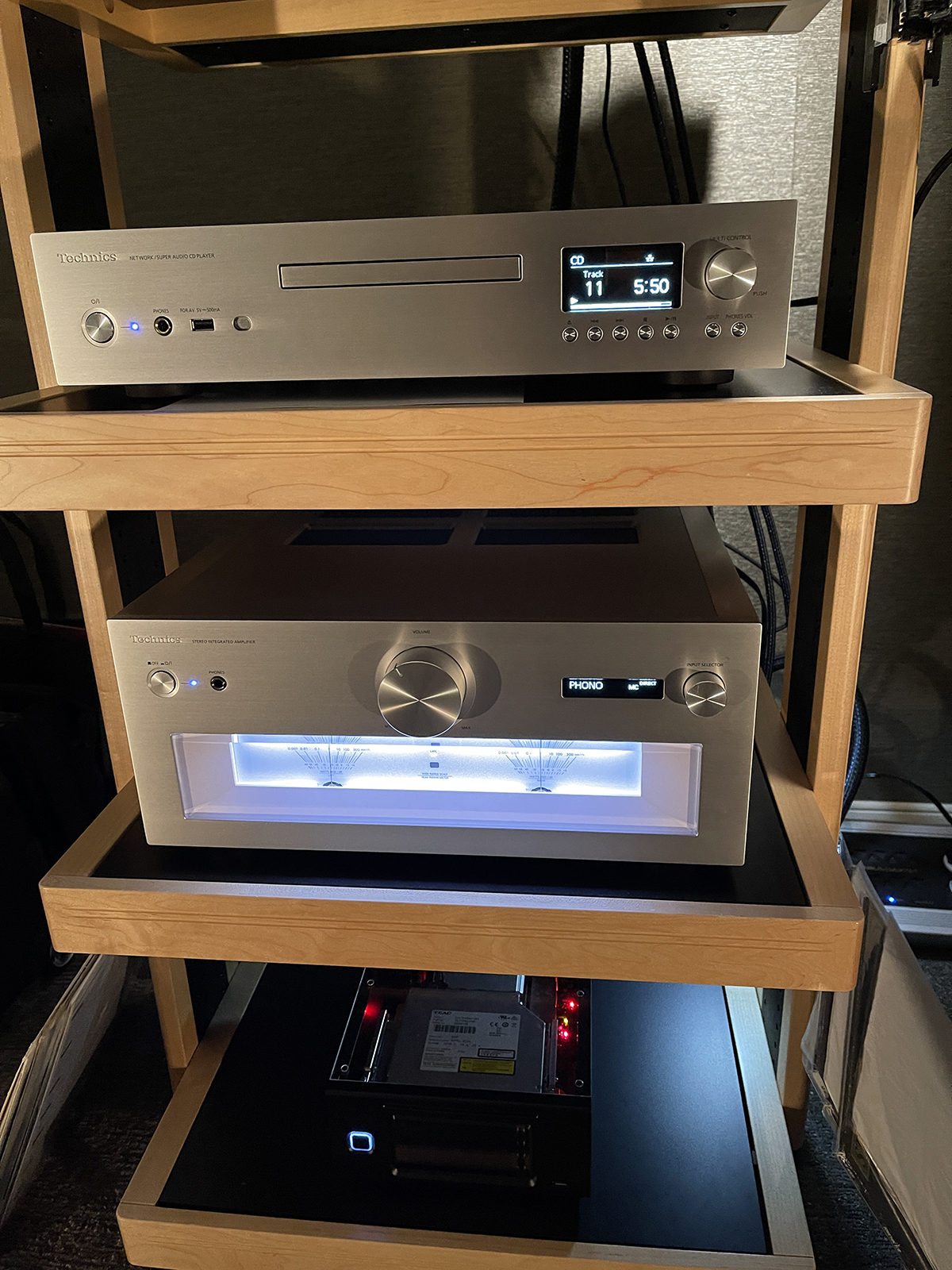 The Sonus faber Sonetto V floor standers driven by a Technics SACD Player/Streamer and Technics Integrated amp (let’s not forget the SL-1200GS Turntable) were making some excellent small jazz ensemble music with solid bass to the 35 Hz range and a large slice of high end sound for not so high end a price. The Clarus Sextet power supply and cables put the finishing touches on this value laden system.
The Sonus faber Sonetto V floor standers driven by a Technics SACD Player/Streamer and Technics Integrated amp (let’s not forget the SL-1200GS Turntable) were making some excellent small jazz ensemble music with solid bass to the 35 Hz range and a large slice of high end sound for not so high end a price. The Clarus Sextet power supply and cables put the finishing touches on this value laden system.Triangle/Electrocompaniet
Wolf Von Langa Son Loudspeakers
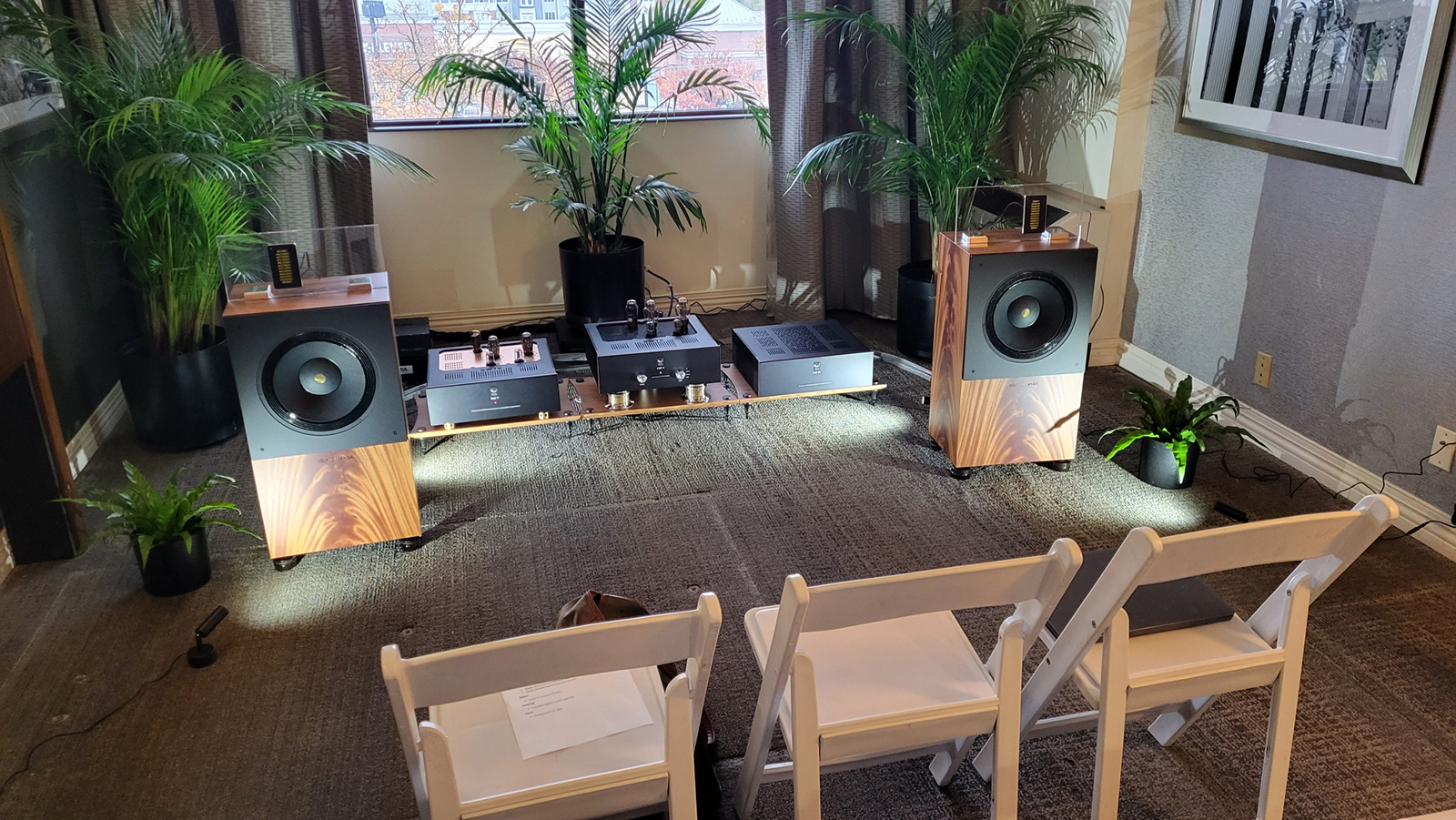

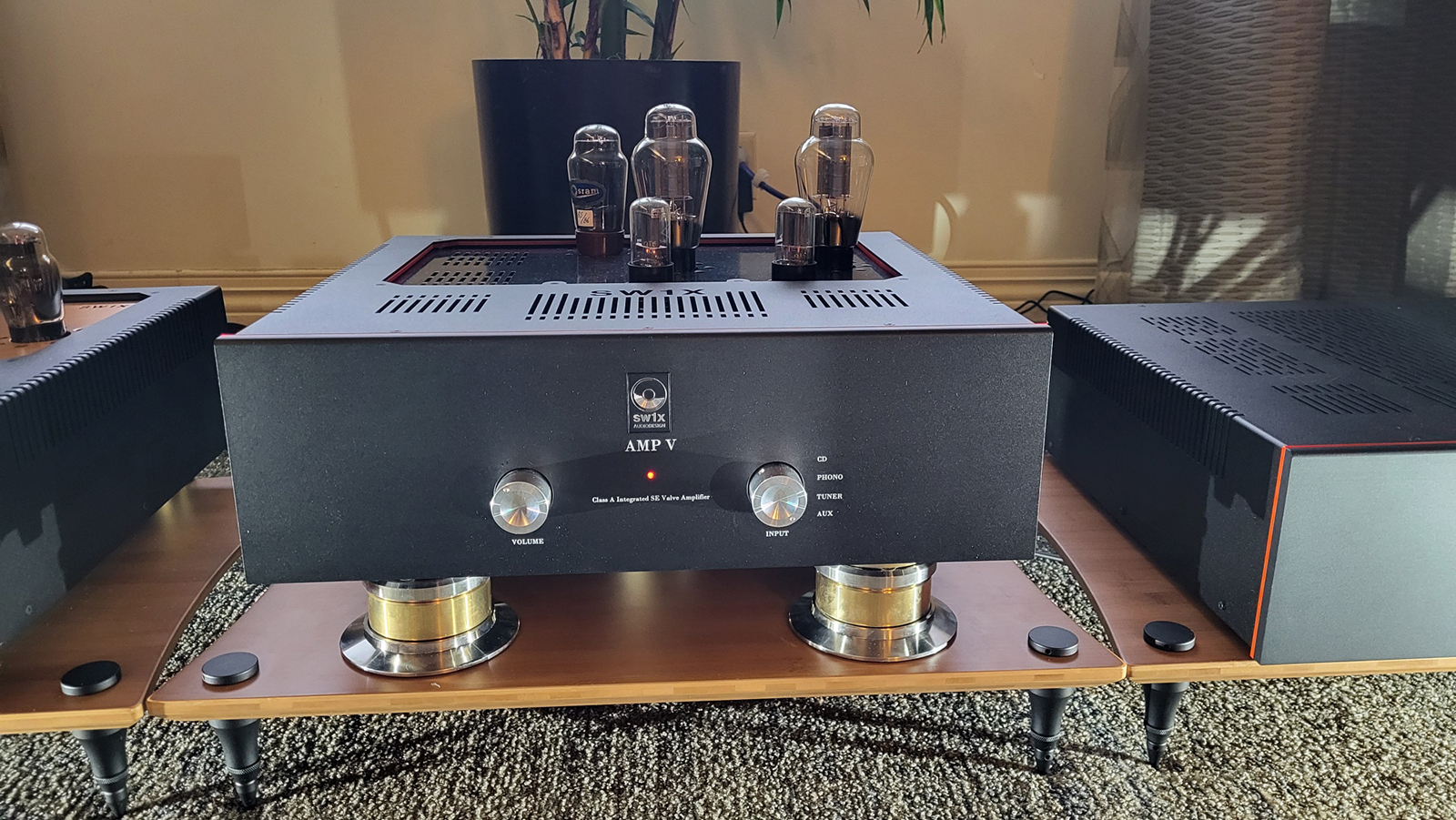 This relatively unassuming loudspeaker pair ($19,995) feature a moving coil tweeter embedded in a thick glass panel on top of a rectangular box that definitely says it’s a loudspeaker and proud of it. The system as fronted by SW1X electronics (of special note is the $21,495 AMP V Titan Special DHT SET Integrated amplifier) was delivering a tremendous soundstage, especially in the available space.
This relatively unassuming loudspeaker pair ($19,995) feature a moving coil tweeter embedded in a thick glass panel on top of a rectangular box that definitely says it’s a loudspeaker and proud of it. The system as fronted by SW1X electronics (of special note is the $21,495 AMP V Titan Special DHT SET Integrated amplifier) was delivering a tremendous soundstage, especially in the available space.Triangle Art

 The turntable being demoed during my visit was the relatively affordable Maestro, Horus 12” tonearm and Apollo cartridge. Total MSRP is $22,400. Mere pictures cannot convey the quality look and feel of this turntable package, and it is in the same family as the Ultimate SE turntable which is about $145,000 total.
The turntable being demoed during my visit was the relatively affordable Maestro, Horus 12” tonearm and Apollo cartridge. Total MSRP is $22,400. Mere pictures cannot convey the quality look and feel of this turntable package, and it is in the same family as the Ultimate SE turntable which is about $145,000 total.ELAC

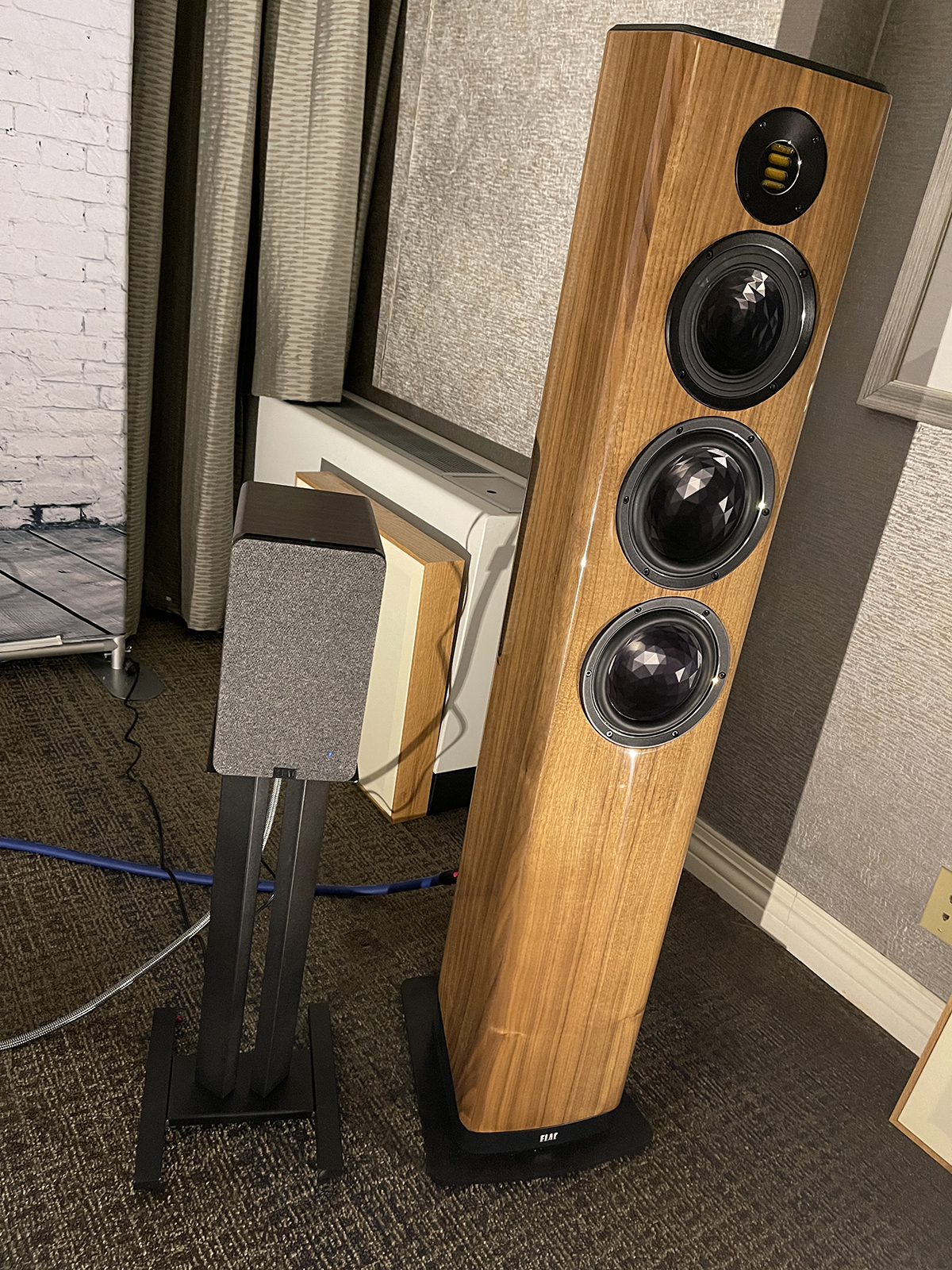

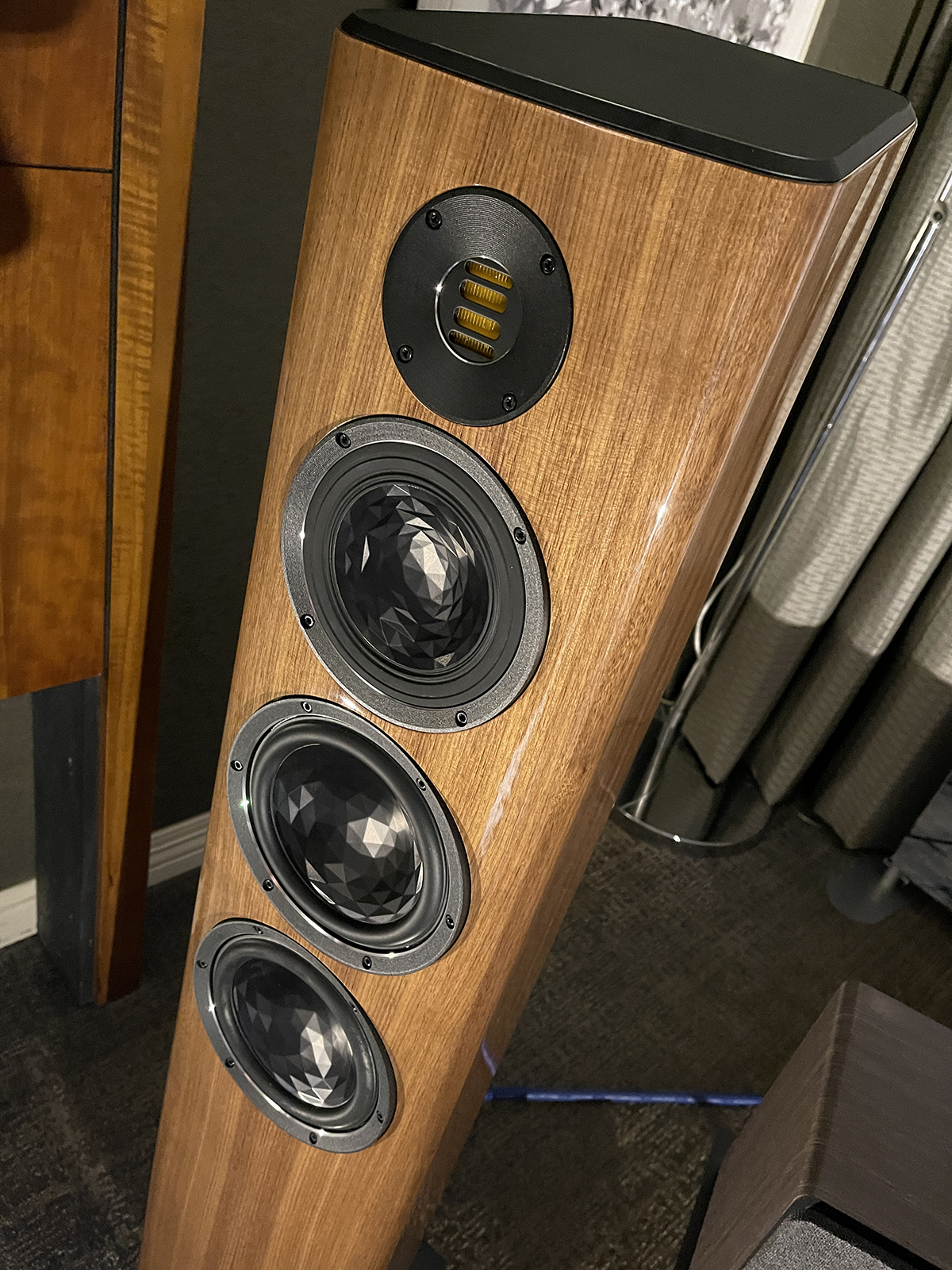 The demo started with the pair of powered ELAC Debut Connex playing some dynamic techno-rock with some pretty potent male vocals. The speakers each have a 50 watt amp built in and have multiple inputs including Bluetooth APTX and HDMI. They retail for $599 per pair and deliver some really nice music from a 4.5 inch woofer and 0.75 inch tweeter. A subwoofer out can take these little gems and turn them into a full range speaker. ELAC has a range of affordable subwoofers which would match up quite well with the Connex.
The demo started with the pair of powered ELAC Debut Connex playing some dynamic techno-rock with some pretty potent male vocals. The speakers each have a 50 watt amp built in and have multiple inputs including Bluetooth APTX and HDMI. They retail for $599 per pair and deliver some really nice music from a 4.5 inch woofer and 0.75 inch tweeter. A subwoofer out can take these little gems and turn them into a full range speaker. ELAC has a range of affordable subwoofers which would match up quite well with the Connex.Von Schweikert/Westminster Lab/Small Green Computer
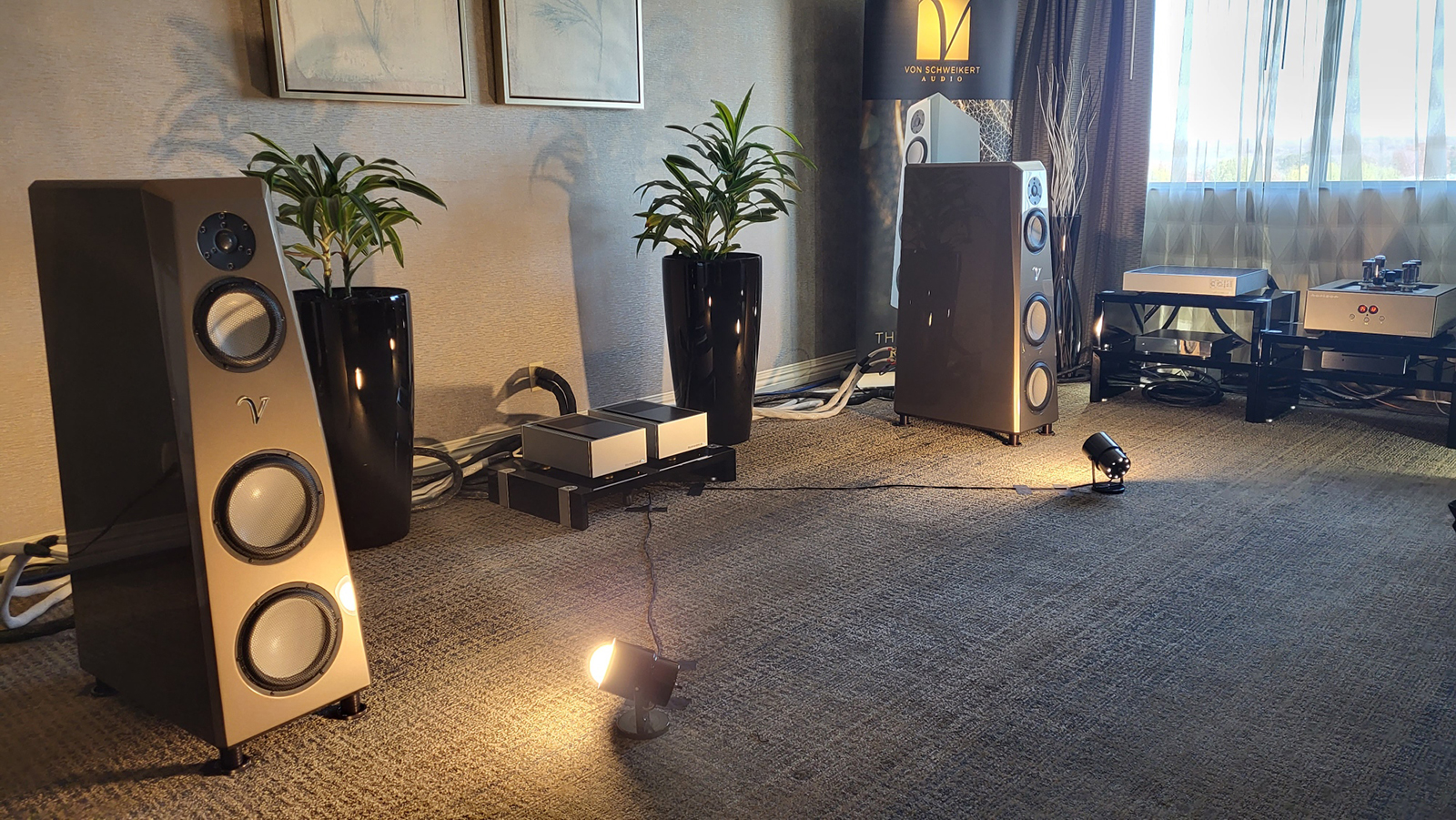
 In a room of components entering into the ‘no holds barred’ territory, we have a system consisting of the Von Schweikert VR-55 (w/active bass) ($75,000 per pair), Wesminster Lab Rei Class A Monoblock amps ($32,900 per pair), Wesminster Lab Quest Pre-amp ($25,100), Lampizator Horizon DAC ($49,000), Small Green Computer Sonic Transporter ($3000) all connected by MasterBuilt Cables (from $5400 per speaker cable pair, XLR Interconnect per pair and power cord for each).
In a room of components entering into the ‘no holds barred’ territory, we have a system consisting of the Von Schweikert VR-55 (w/active bass) ($75,000 per pair), Wesminster Lab Rei Class A Monoblock amps ($32,900 per pair), Wesminster Lab Quest Pre-amp ($25,100), Lampizator Horizon DAC ($49,000), Small Green Computer Sonic Transporter ($3000) all connected by MasterBuilt Cables (from $5400 per speaker cable pair, XLR Interconnect per pair and power cord for each).Rogue Audio/Joseph Audio/Rega
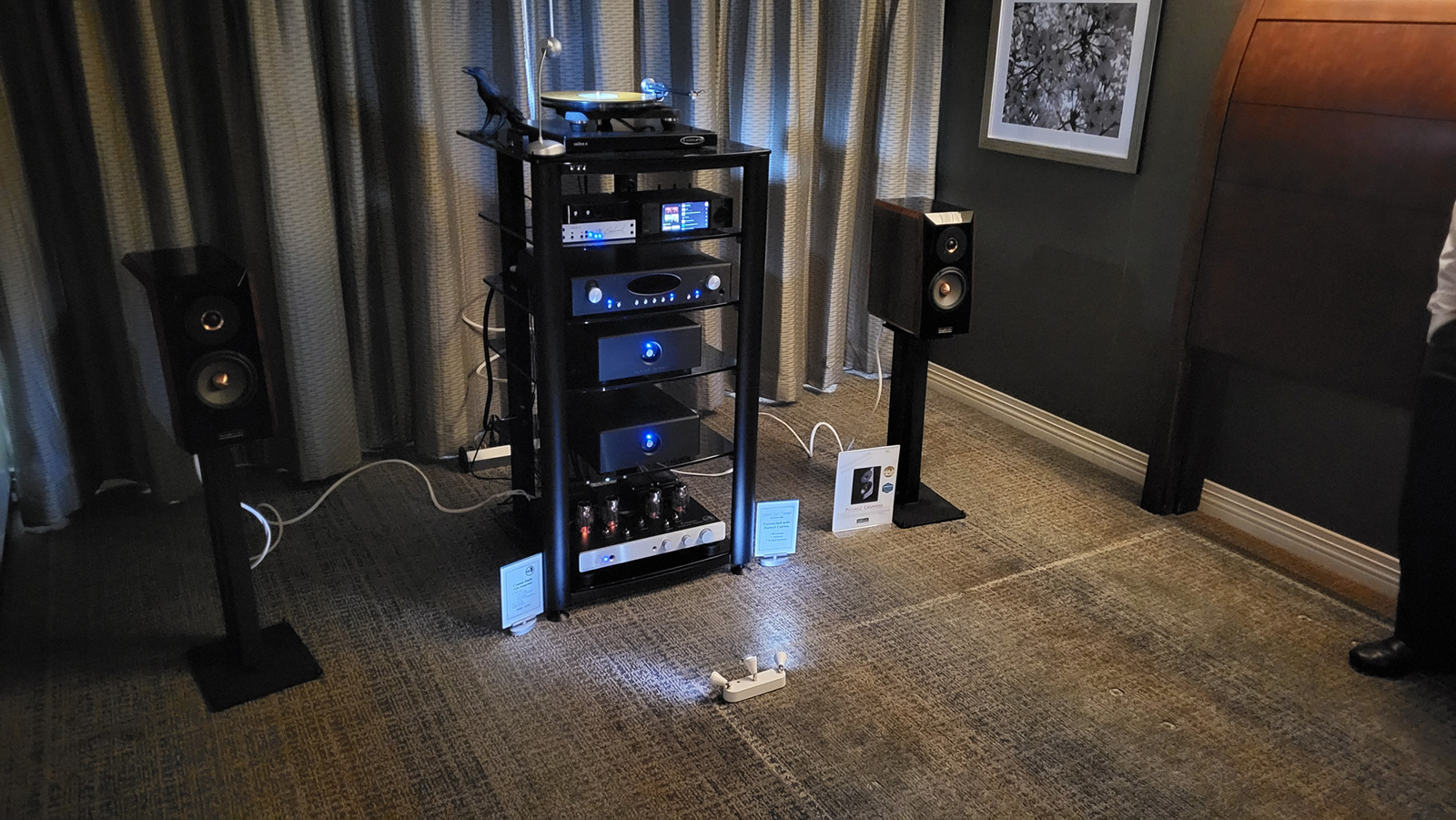
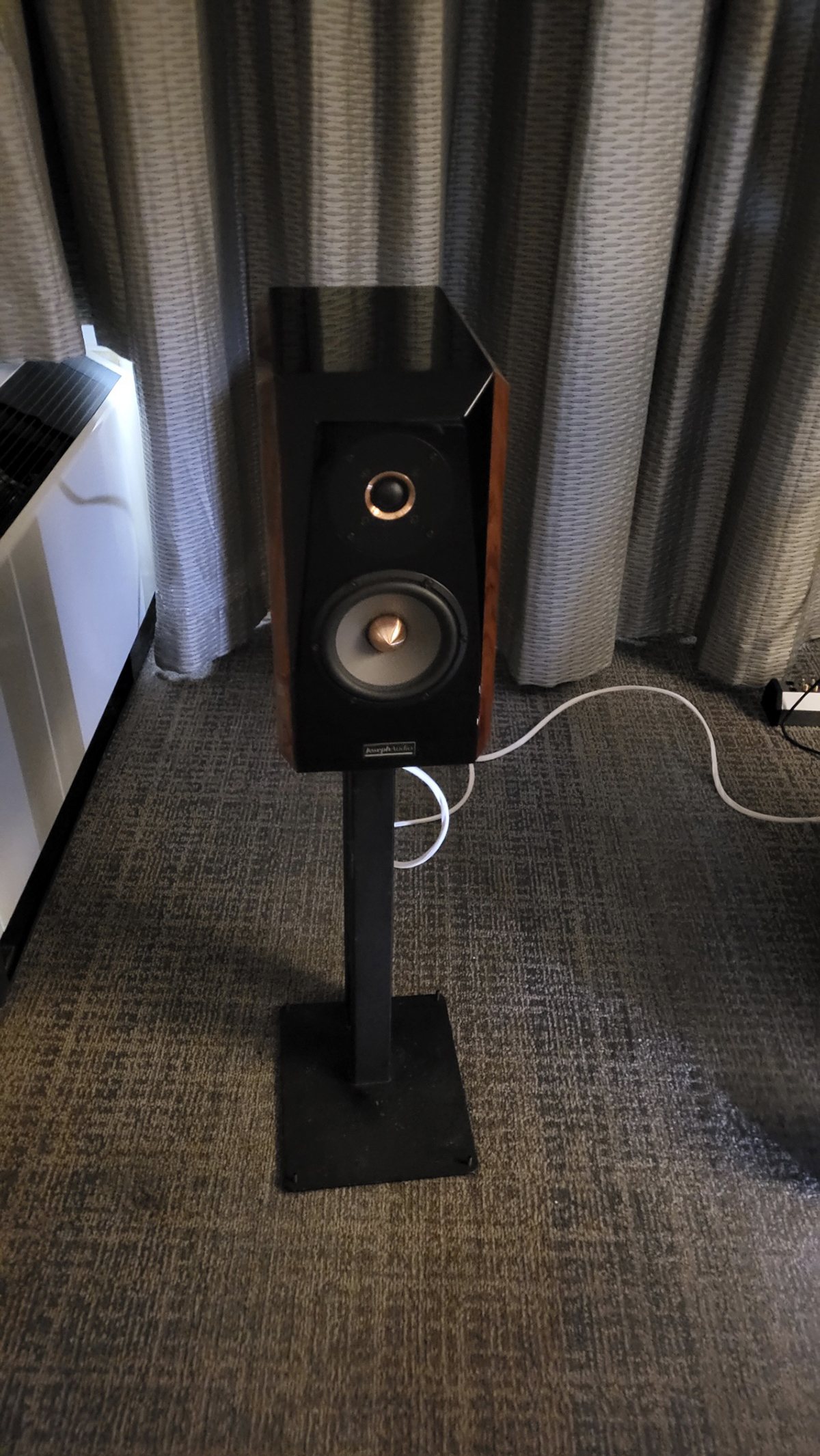 The Rogue Audio centered room featured the Rogue Audio Cronus Dark Integrated amp ($4495) driving a pair of Joseph Audio PULSAR2 stand mounted speakers ($9999 per pair). A Rega P8 turntable/Lyra Delos Cartridge handled the front end for a total price of $5490.
The Rogue Audio centered room featured the Rogue Audio Cronus Dark Integrated amp ($4495) driving a pair of Joseph Audio PULSAR2 stand mounted speakers ($9999 per pair). A Rega P8 turntable/Lyra Delos Cartridge handled the front end for a total price of $5490.GoldenEar/Audioquest
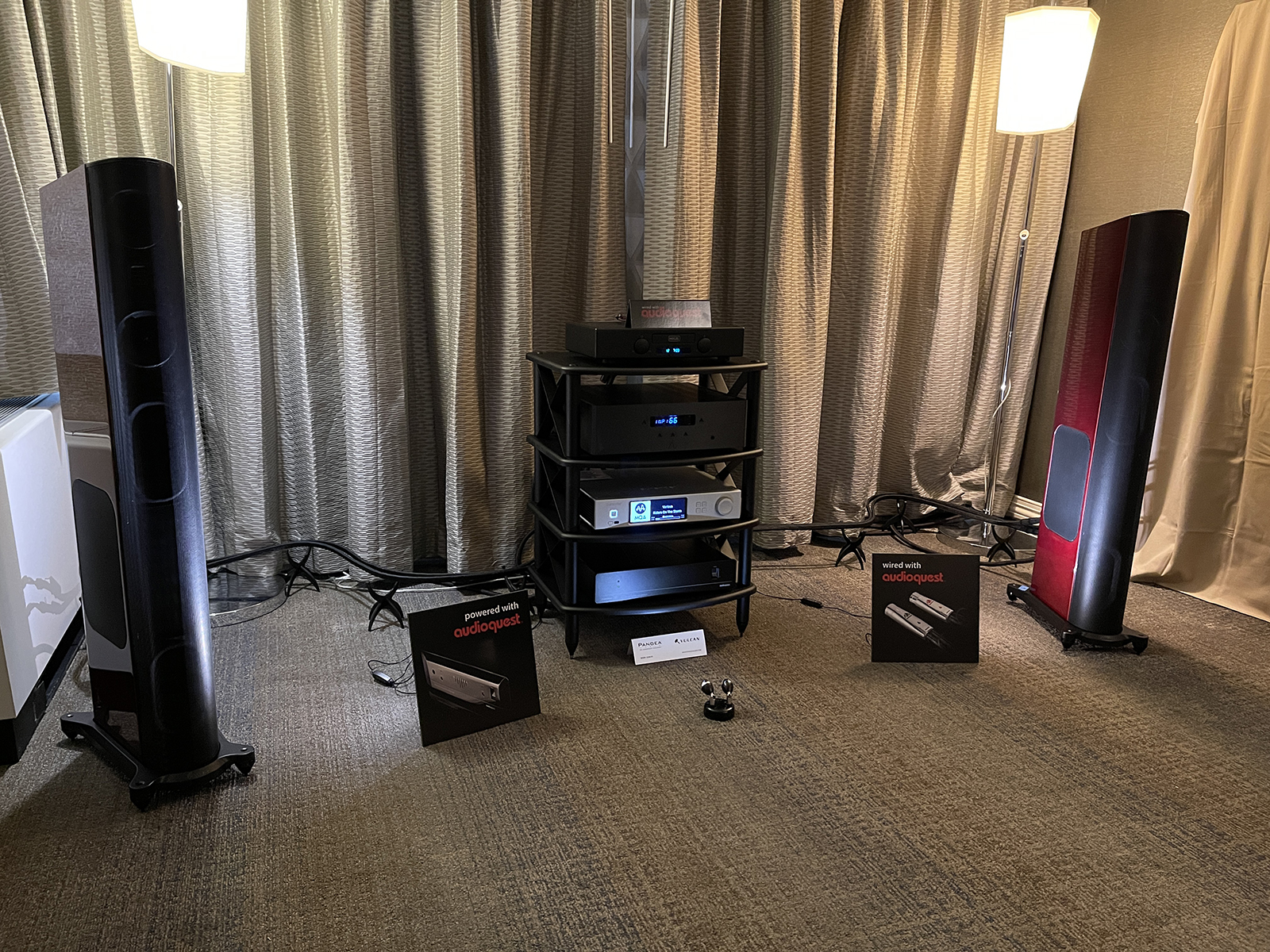

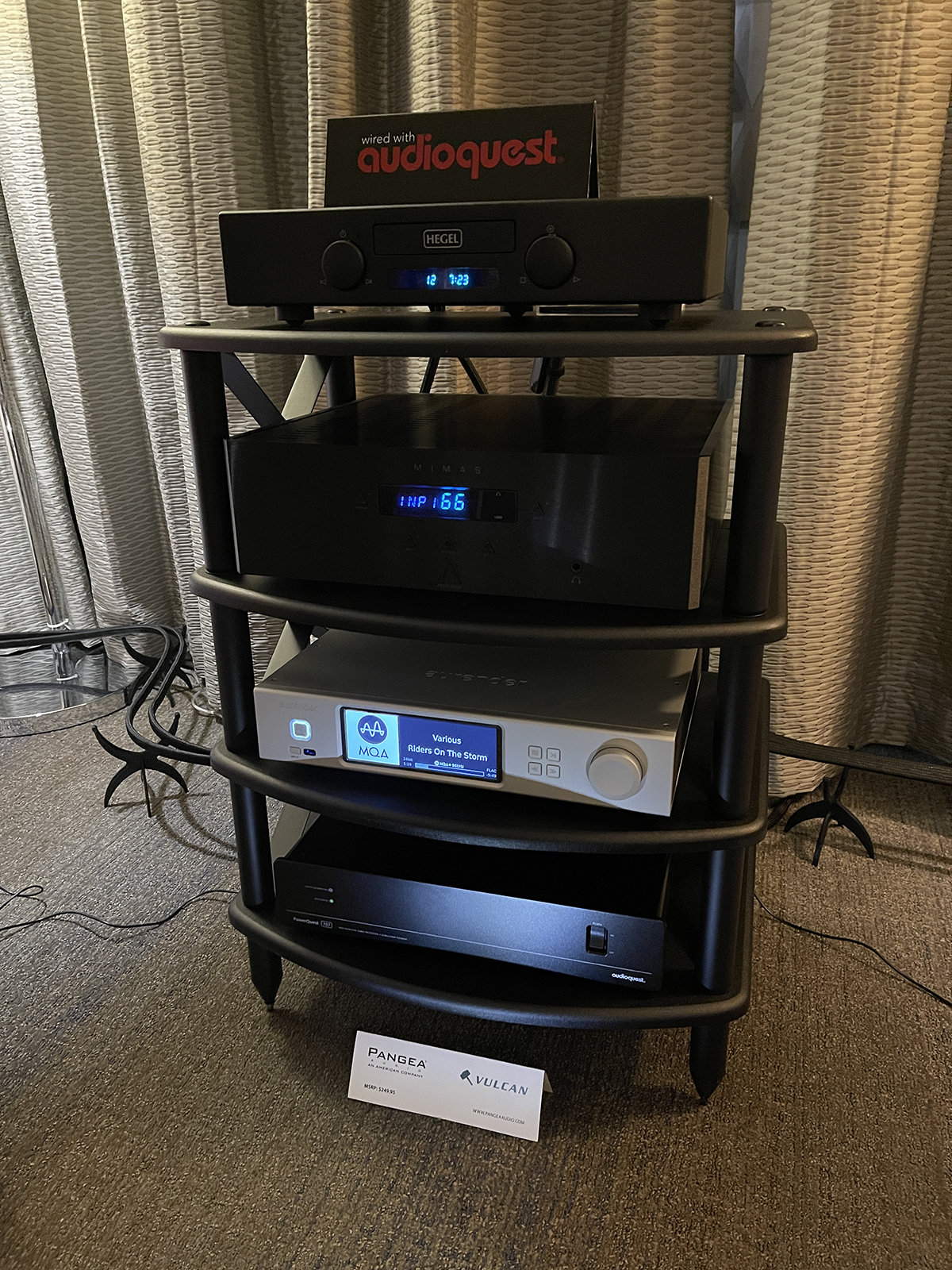
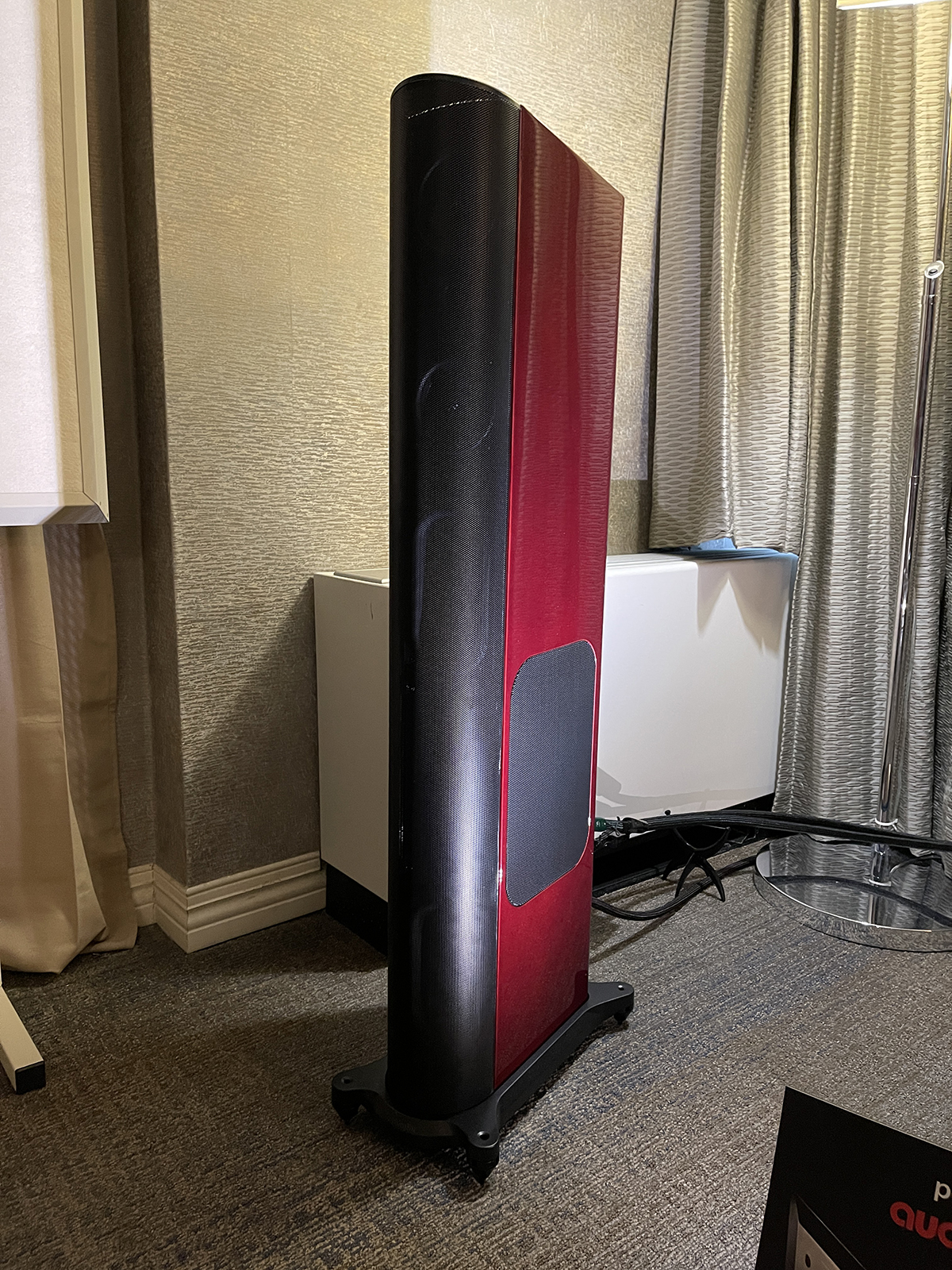 GoldenEar and Audioquest decided to present a complete system approach anchored by their new T66 floor standing speakers. The speakers themselves sell for $6900 in gloss black or $7200 in Santa Barbara Red. The system in its entirety was $42,000. The other components were an $8750 Aesthetix Audio Mimas Integrated Amp, $5000 Hegel Viking CD player, Aurender A15 streamer, $200 Pangea Vulcan Rack, Audioquest PQ-707 power conditioner and a complete array of Audioquest cables anchored by the Robinhood ZERO bi-wire cables @ $4470 for a 10 foot pair.
GoldenEar and Audioquest decided to present a complete system approach anchored by their new T66 floor standing speakers. The speakers themselves sell for $6900 in gloss black or $7200 in Santa Barbara Red. The system in its entirety was $42,000. The other components were an $8750 Aesthetix Audio Mimas Integrated Amp, $5000 Hegel Viking CD player, Aurender A15 streamer, $200 Pangea Vulcan Rack, Audioquest PQ-707 power conditioner and a complete array of Audioquest cables anchored by the Robinhood ZERO bi-wire cables @ $4470 for a 10 foot pair.
AMPED America
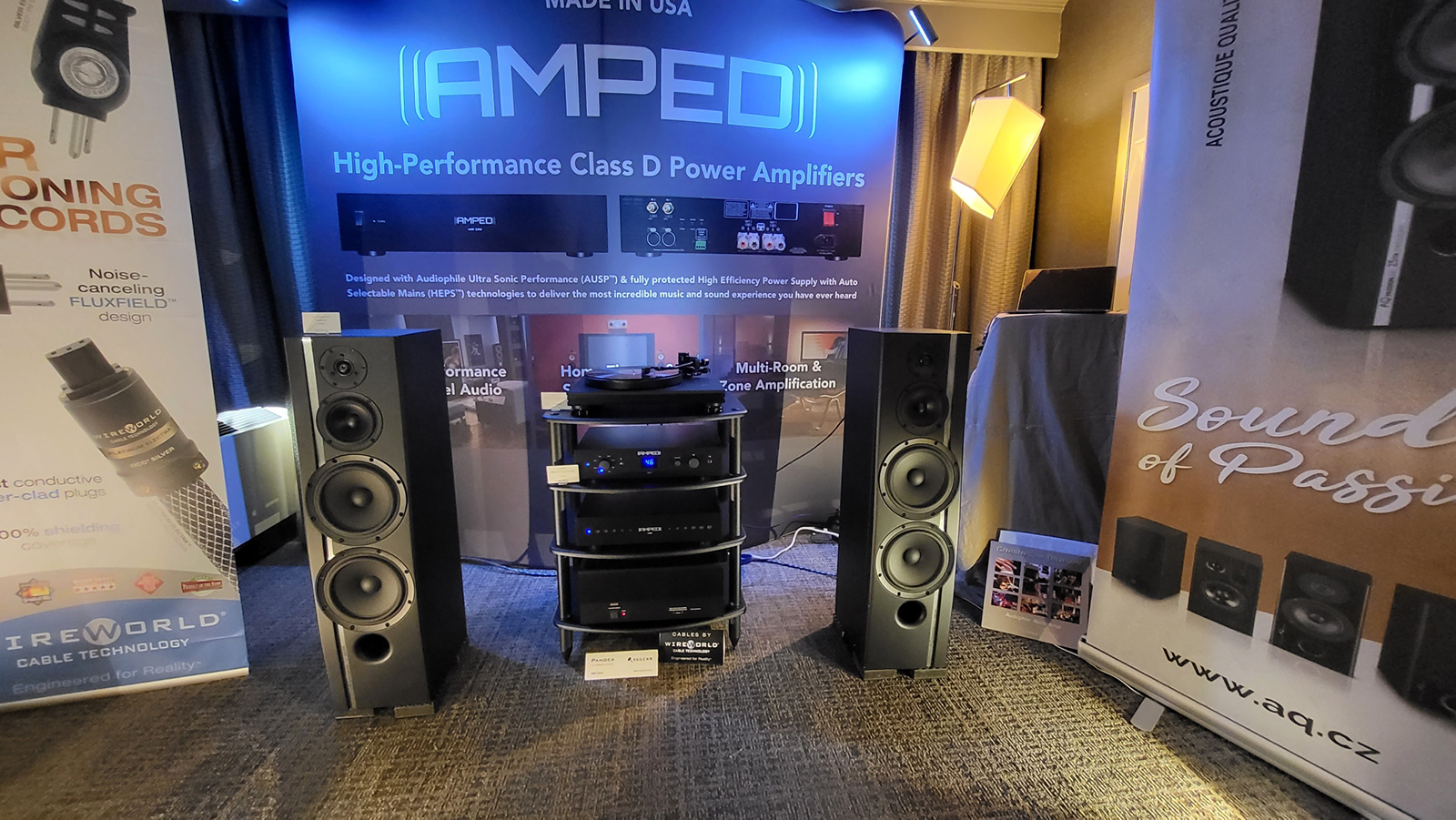
 AMPED makes no apologies for being class D. They are proud of it. While that is sinking in, let’s talk about the product.
AMPED makes no apologies for being class D. They are proud of it. While that is sinking in, let’s talk about the product.Magnepan
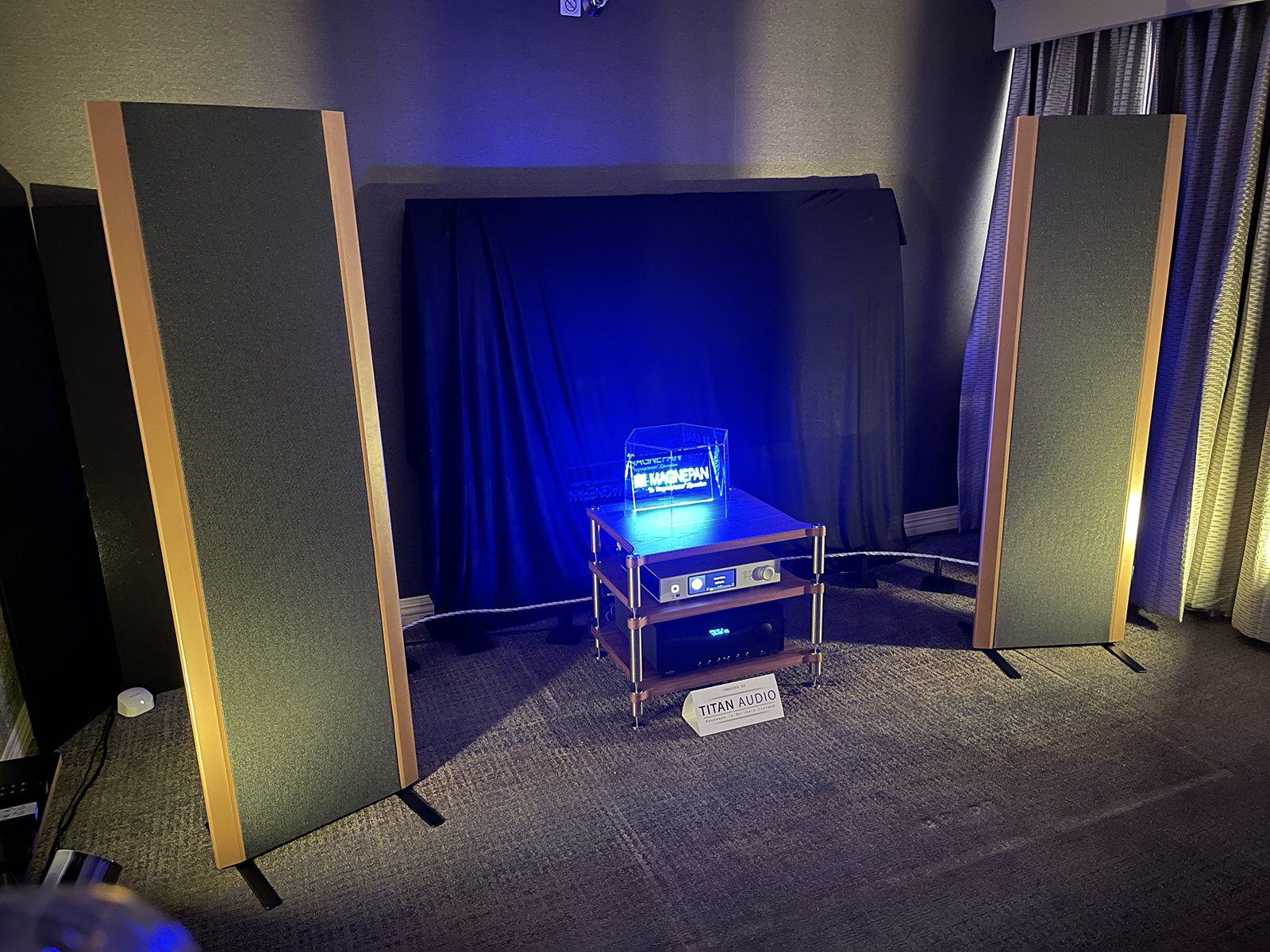

 Magnepan’s latest ‘I’ speaker is the 2.7i. At $5995, it fills in the gap between the $2995 1.7i and $8995 3.7i, both of which have been in the line up for several years.
Magnepan’s latest ‘I’ speaker is the 2.7i. At $5995, it fills in the gap between the $2995 1.7i and $8995 3.7i, both of which have been in the line up for several years.Diptyque Audio/Soul Note

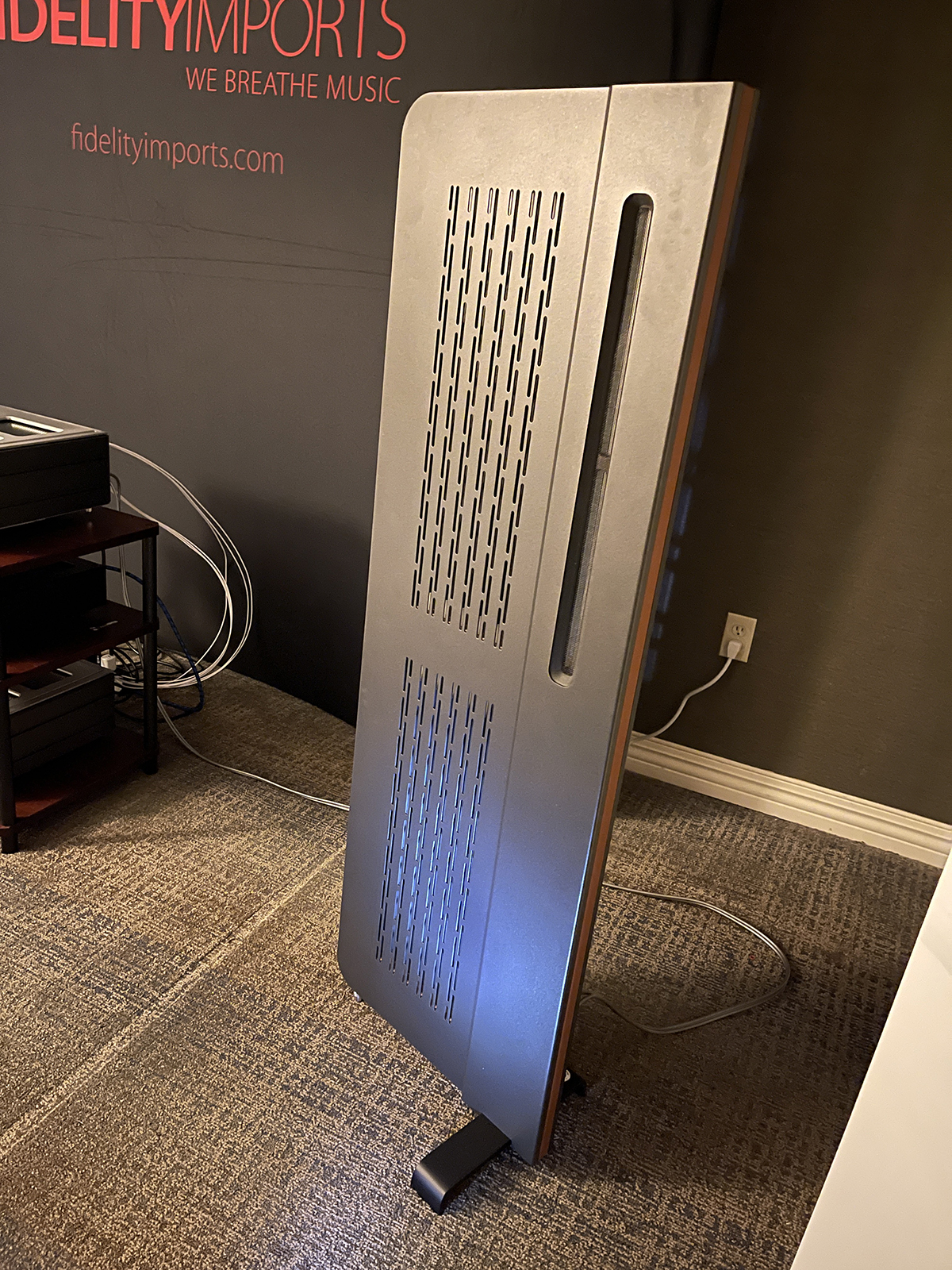

 Getting back to another high end system, we have the Diptyque Audio 140 Mark II Planar speakers ($17,000 per pair) driven by a Soul Note A-3 Integrated amp ($25,000), Soul Note S-3 SACD Player ($28,000) and Soul Note X-3 Clock Generator ($5000). Cables and power distribution were handled by Titan and QED.
Getting back to another high end system, we have the Diptyque Audio 140 Mark II Planar speakers ($17,000 per pair) driven by a Soul Note A-3 Integrated amp ($25,000), Soul Note S-3 SACD Player ($28,000) and Soul Note X-3 Clock Generator ($5000). Cables and power distribution were handled by Titan and QED.Legacy Audio
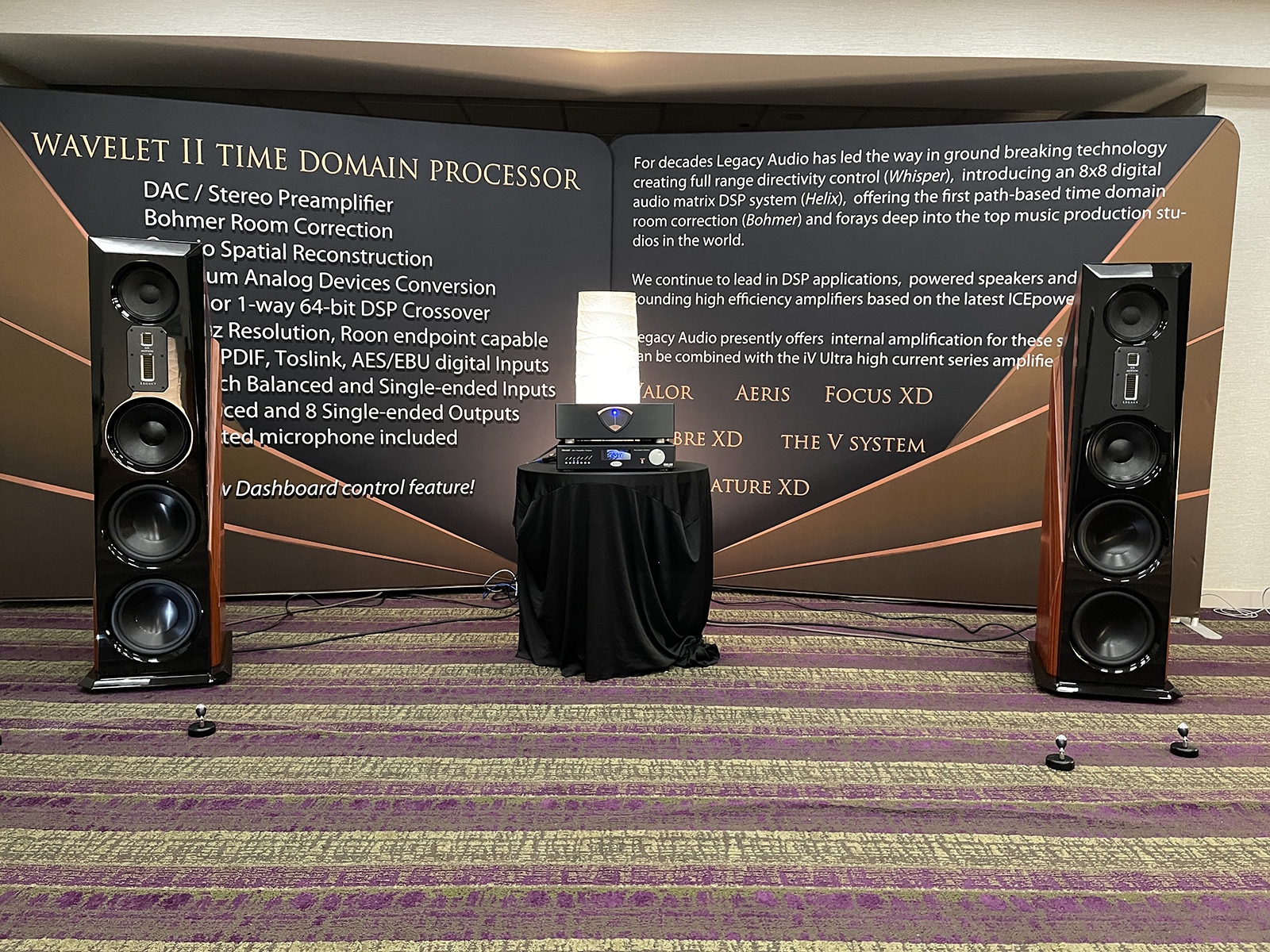
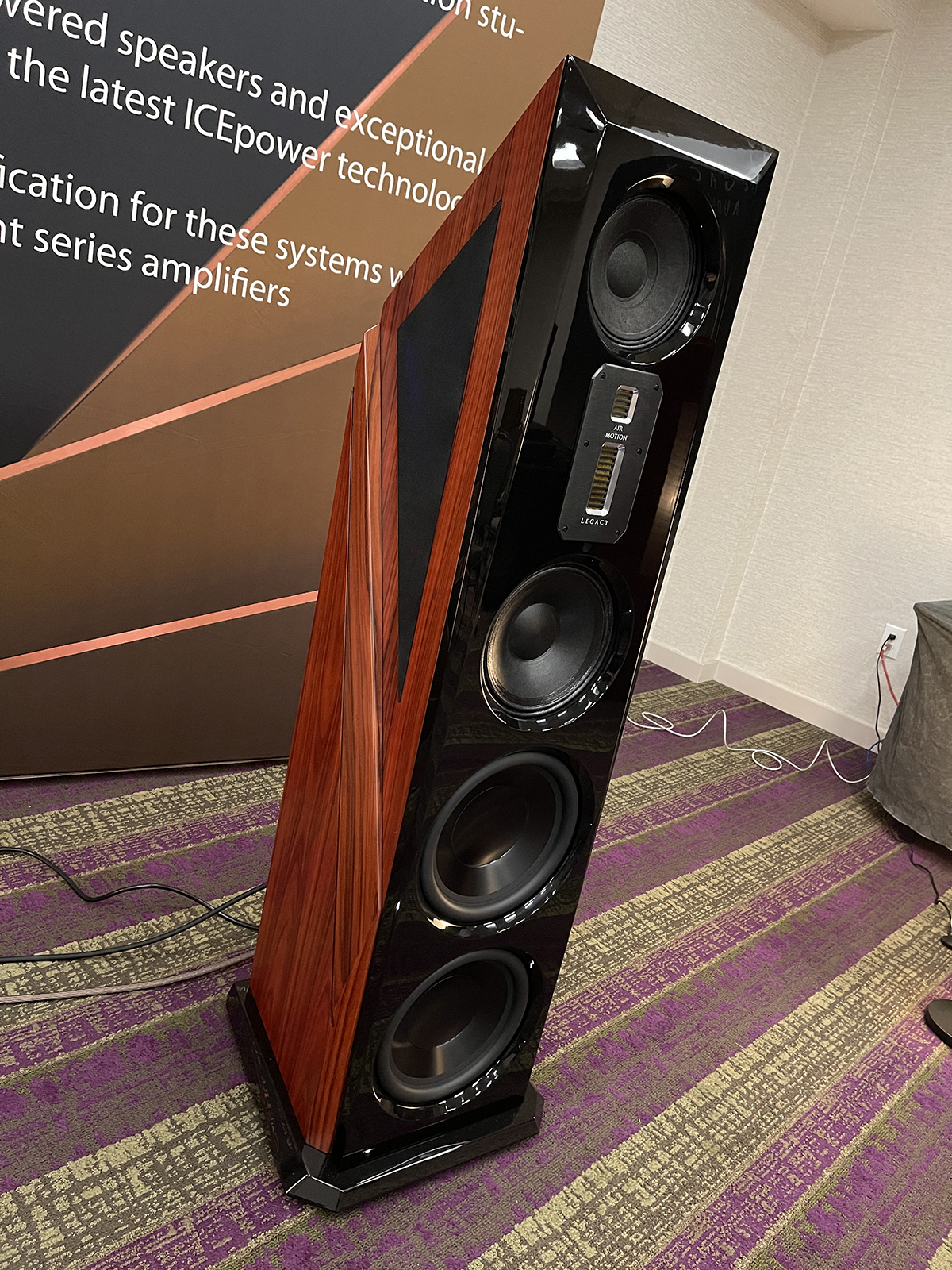 Legacy Audio had for audition a pair of their Aeris loudspeakers ($23,400 per pair in standard finishes). The Aeris are a large tower speaker with dual 12 inch powered woofers (750 watts to each woofer), a ten inch mid woofer, an 8 inch midrange and dual air motion tweeters (a four inch and a one inch). Each speaker stands at 59 inches tall (including base) and weighs 182 pounds.
Legacy Audio had for audition a pair of their Aeris loudspeakers ($23,400 per pair in standard finishes). The Aeris are a large tower speaker with dual 12 inch powered woofers (750 watts to each woofer), a ten inch mid woofer, an 8 inch midrange and dual air motion tweeters (a four inch and a one inch). Each speaker stands at 59 inches tall (including base) and weighs 182 pounds. Driving the Aeris was the Legacy Wavelet II pre-amp/DAC/room correction audio control center ($7950) and the i-V2 dual mono power amplifer which can deliver 1000 watts per channel into a 4 ohm load (650 watts @ 8 ohms). Pricing on the i-V2 is $4785. This brings the entire system to $36,185 plus source and cables.
Driving the Aeris was the Legacy Wavelet II pre-amp/DAC/room correction audio control center ($7950) and the i-V2 dual mono power amplifer which can deliver 1000 watts per channel into a 4 ohm load (650 watts @ 8 ohms). Pricing on the i-V2 is $4785. This brings the entire system to $36,185 plus source and cables.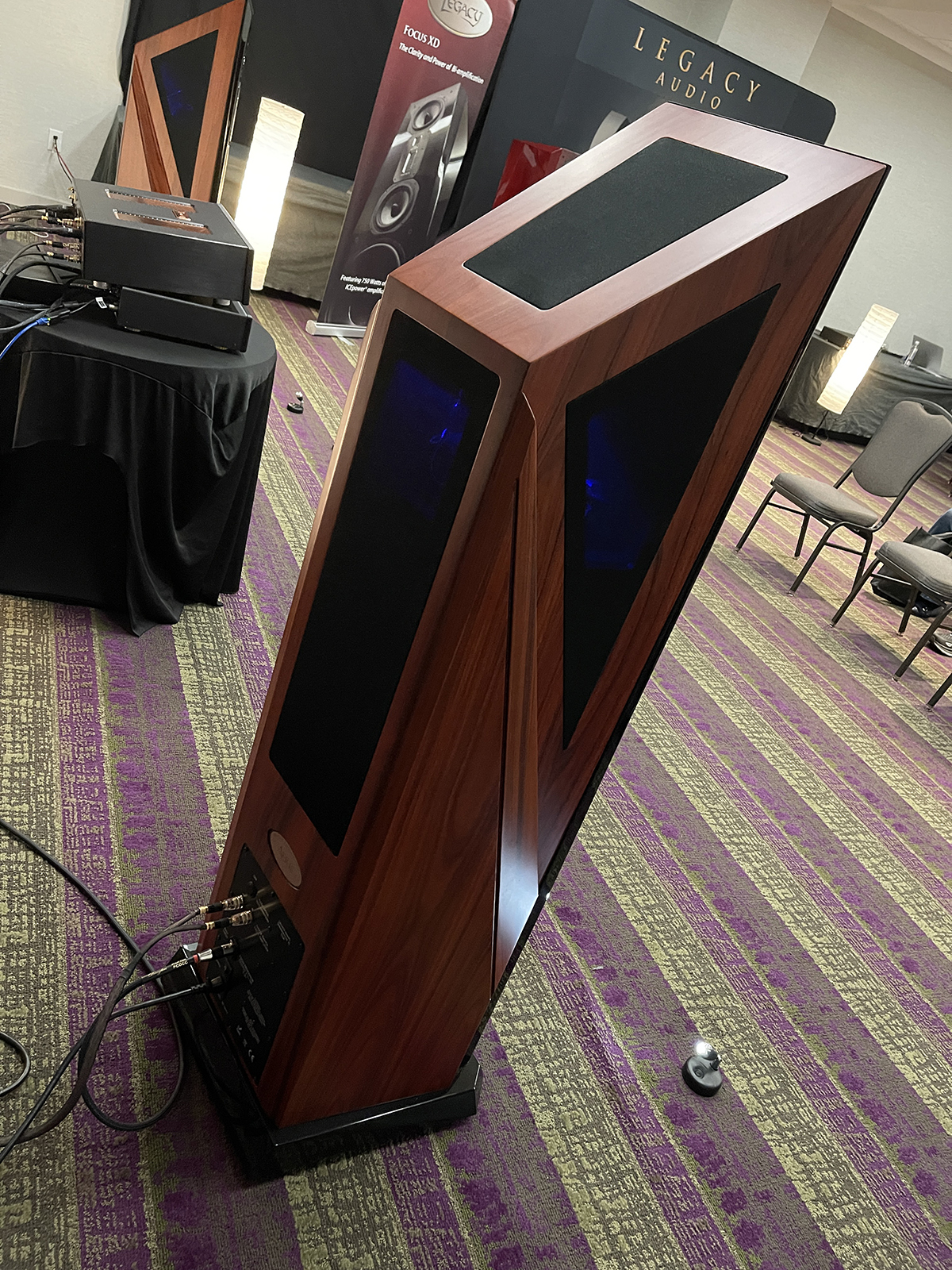 Legacy selected a large room (about 40×60 feet) for demo purposes, which requires a speaker of considerable output to handle the sheer size of the room. There were a number of worthy systems in the larger rooms at Cap Fest, and most of those systems were north of $200,000, with some topping out at over $400,000 (before cables and source).
Legacy selected a large room (about 40×60 feet) for demo purposes, which requires a speaker of considerable output to handle the sheer size of the room. There were a number of worthy systems in the larger rooms at Cap Fest, and most of those systems were north of $200,000, with some topping out at over $400,000 (before cables and source).VPI Industries/Acora Loudspeaker/Audio Research
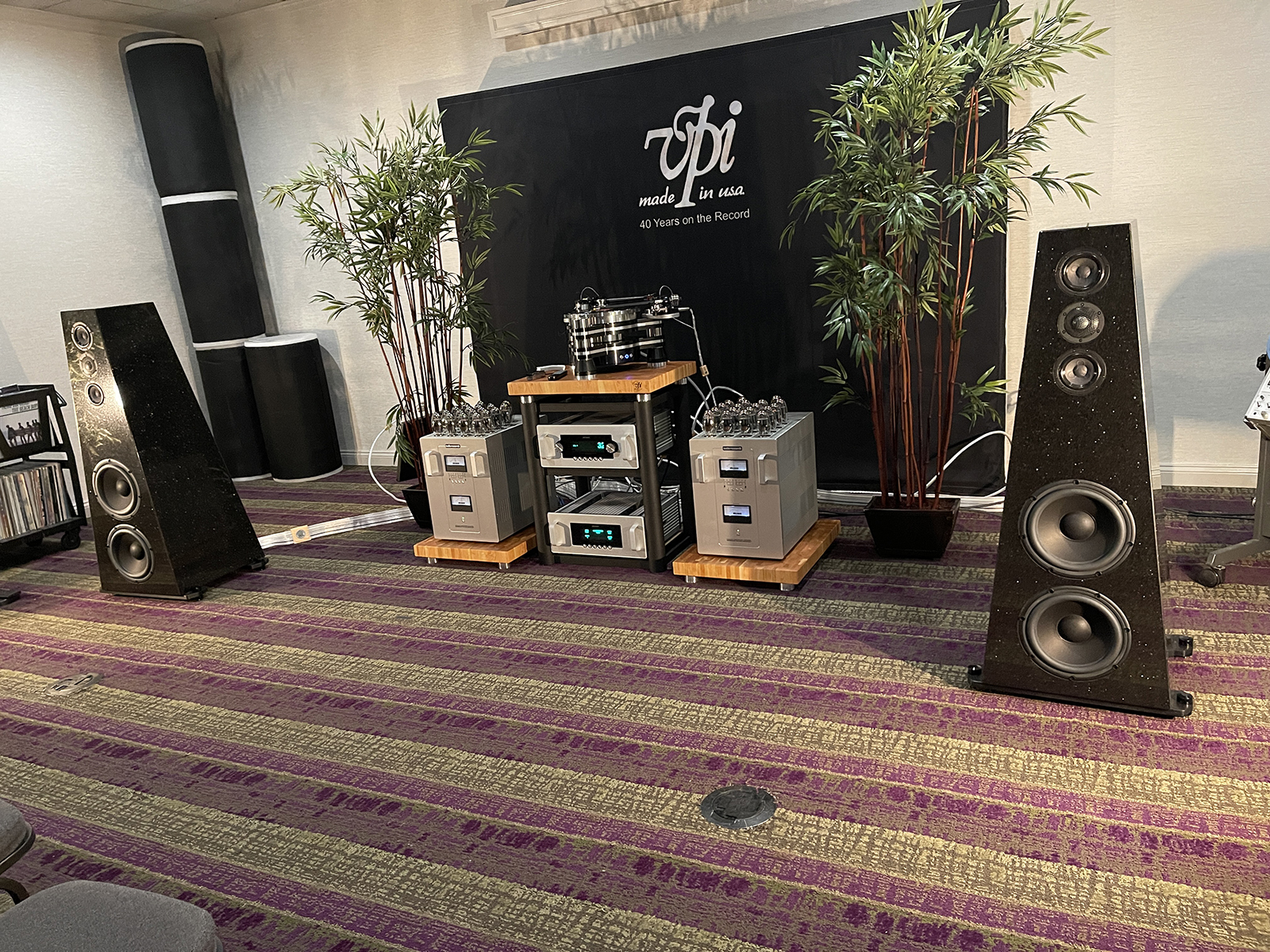 The VPI-Acora-Audio Research system is not only one of those rooms, it warranted a write up for providing such an amazing listening experience. We will get to the system price later in the write up.
The VPI-Acora-Audio Research system is not only one of those rooms, it warranted a write up for providing such an amazing listening experience. We will get to the system price later in the write up.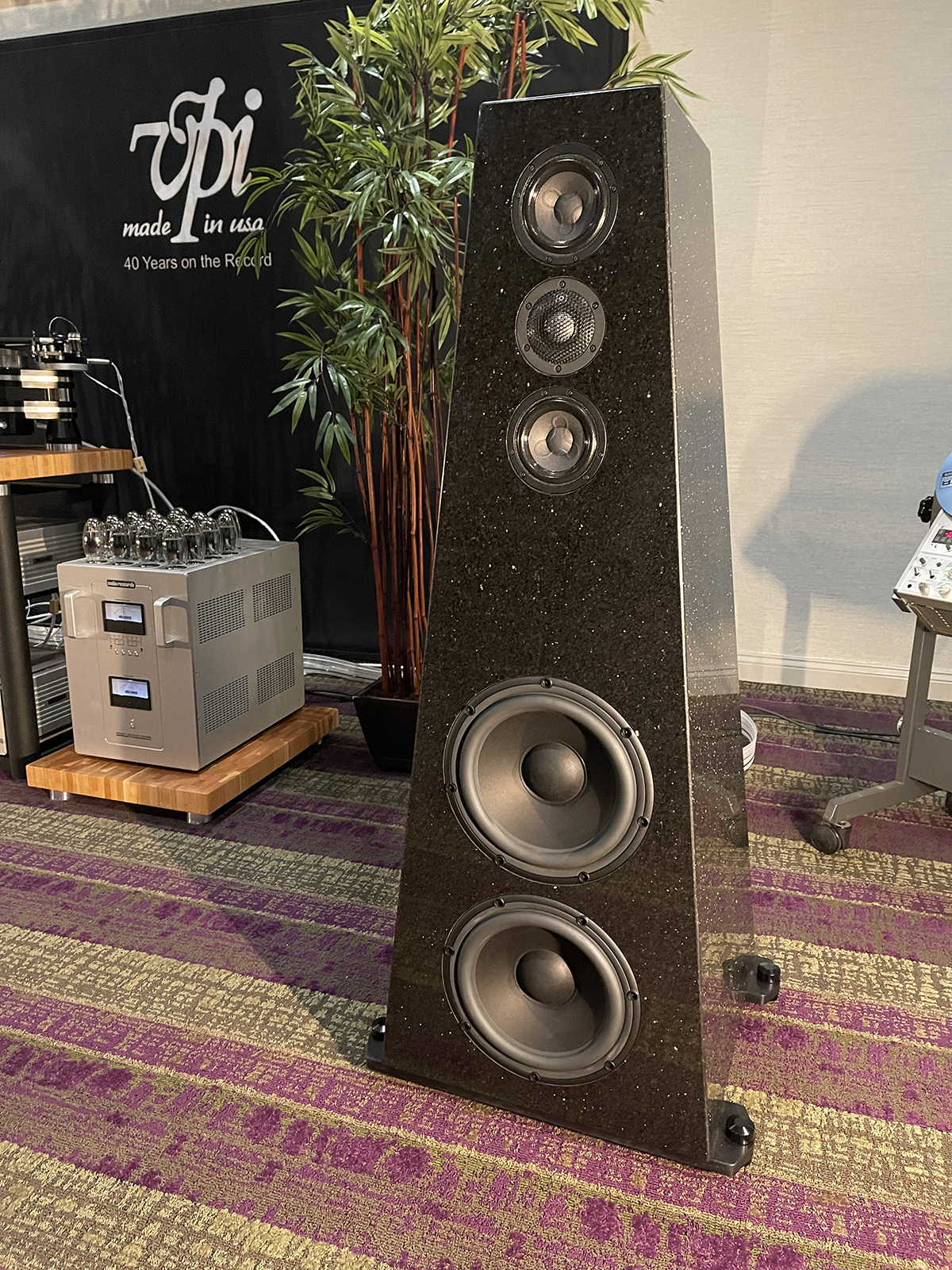 The Acora speakers are massive, three way granite speakers and with the rest of this system, they totally disappeared. Bass was tight, deep and with perfect pitch. The sound stage was as if we had a wall to wall presentation without speakers even being present.
The Acora speakers are massive, three way granite speakers and with the rest of this system, they totally disappeared. Bass was tight, deep and with perfect pitch. The sound stage was as if we had a wall to wall presentation without speakers even being present.

 After Supertramp was done, we got some demo music with kettle drums, vocals, and emotion from Aaron Neville. ‘Everybody Plays The Fool’ never sounded like this before.
After Supertramp was done, we got some demo music with kettle drums, vocals, and emotion from Aaron Neville. ‘Everybody Plays The Fool’ never sounded like this before.Matterhorn Audio Group
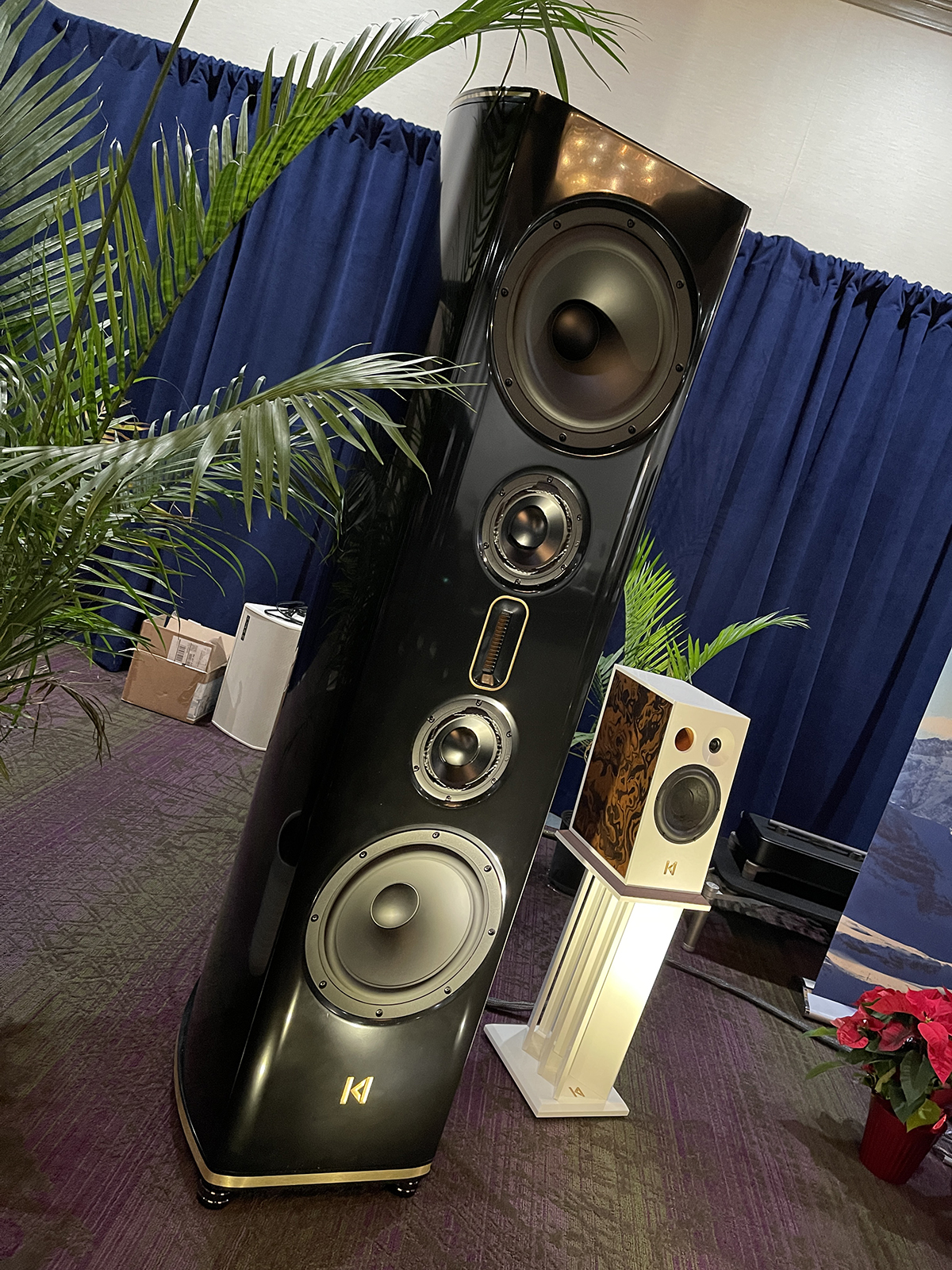
 Before cables, we have with System 1 about $424,500 for the system which will deliver any streaming audio one wants. Of course, a variety of other sources can be added from turntable to CD/SACD players. For the purpose of this audition, we are listening to all streaming.
Before cables, we have with System 1 about $424,500 for the system which will deliver any streaming audio one wants. Of course, a variety of other sources can be added from turntable to CD/SACD players. For the purpose of this audition, we are listening to all streaming.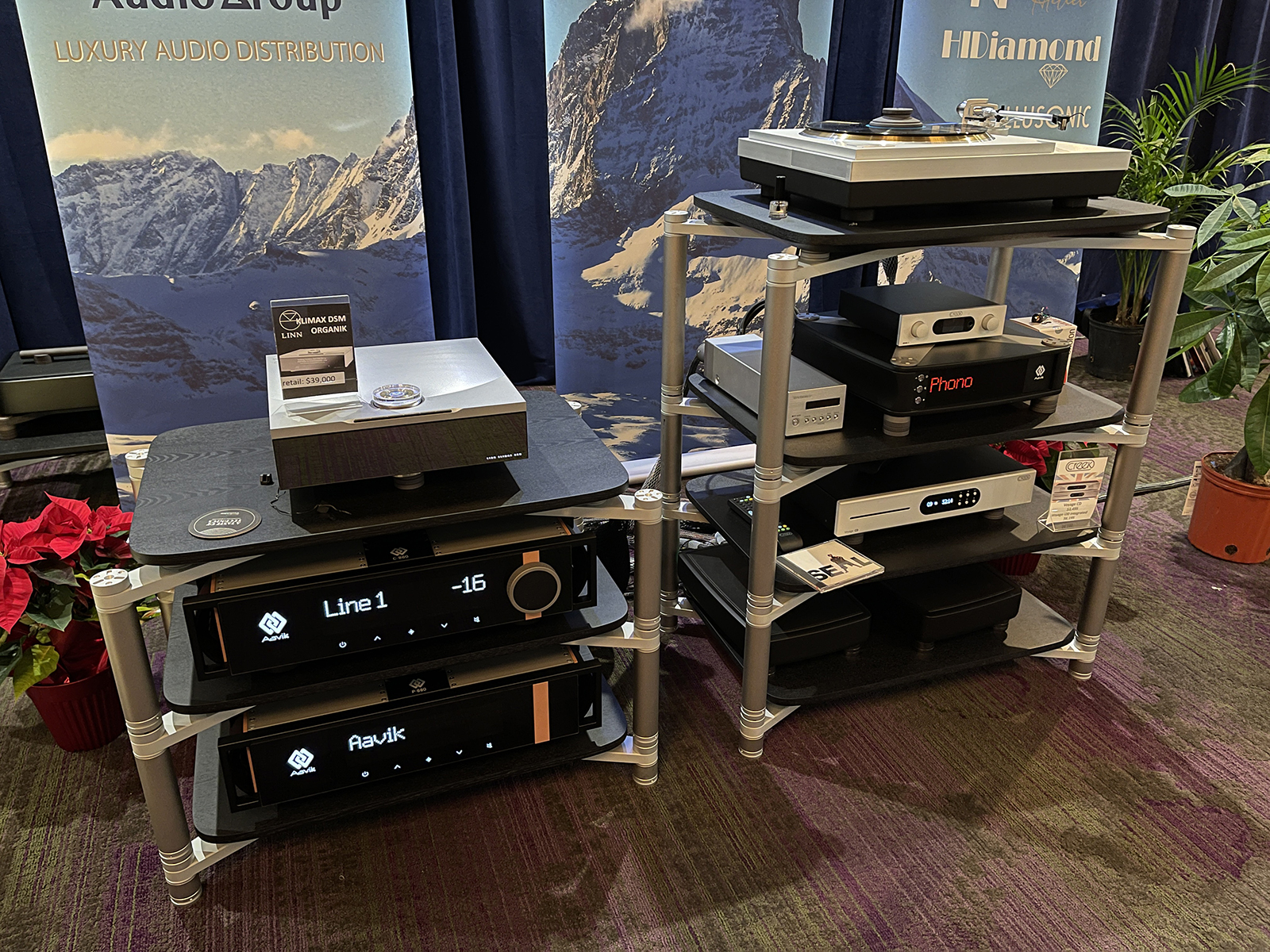
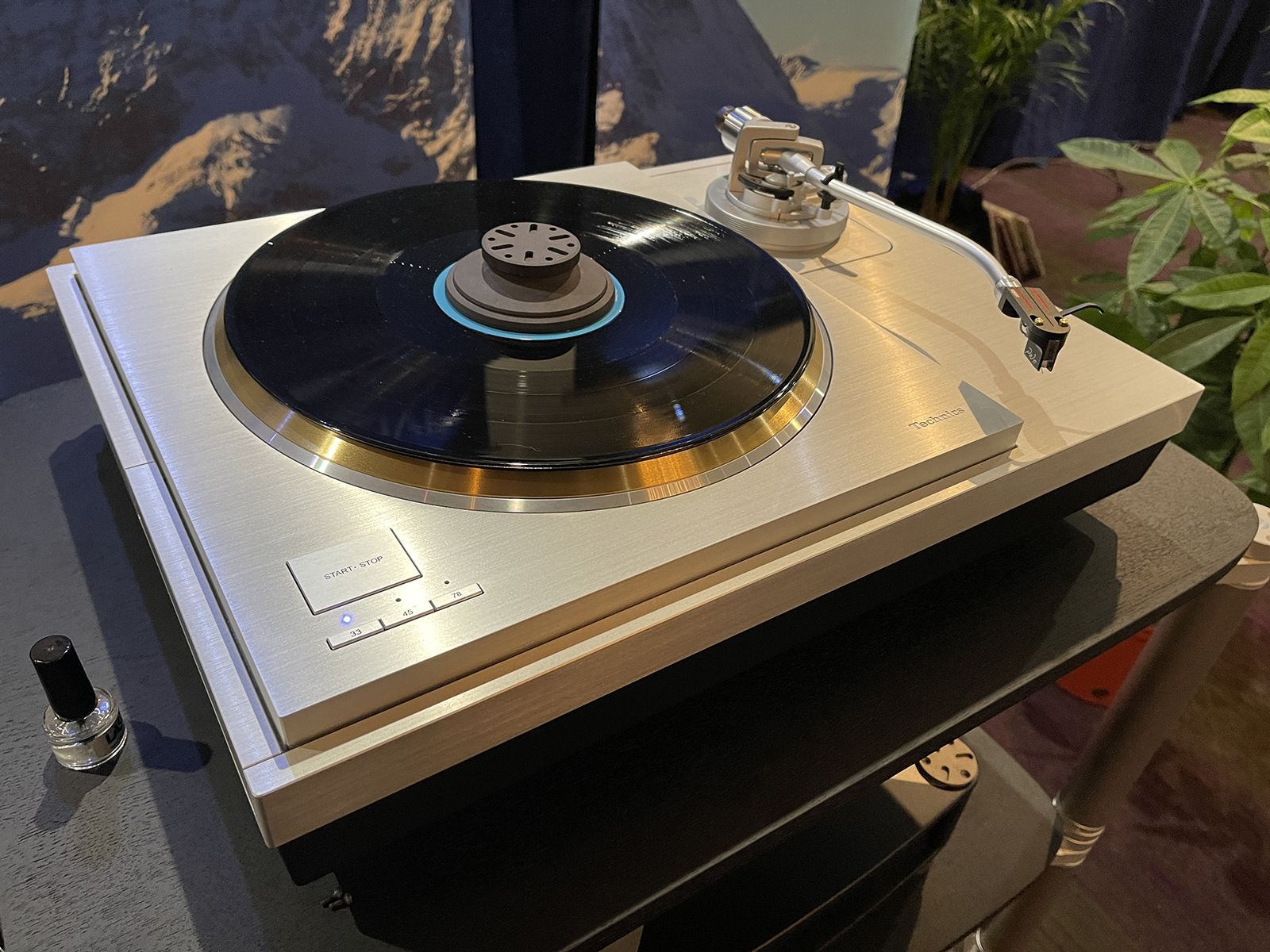 With the first Jazz track, we had piano centered slightly to the left of the right speaker, and percussion slightly to the right of the left speaker. The piano was clearly intended to be closer to the listener than was the drum set – and the big Kromas had no problem in an honest presentation. The woodwind was then inside the percussion, but also closer to the listener, and again the placement was precise.
With the first Jazz track, we had piano centered slightly to the left of the right speaker, and percussion slightly to the right of the left speaker. The piano was clearly intended to be closer to the listener than was the drum set – and the big Kromas had no problem in an honest presentation. The woodwind was then inside the percussion, but also closer to the listener, and again the placement was precise.Mytek/Transcend Horizon Consonus
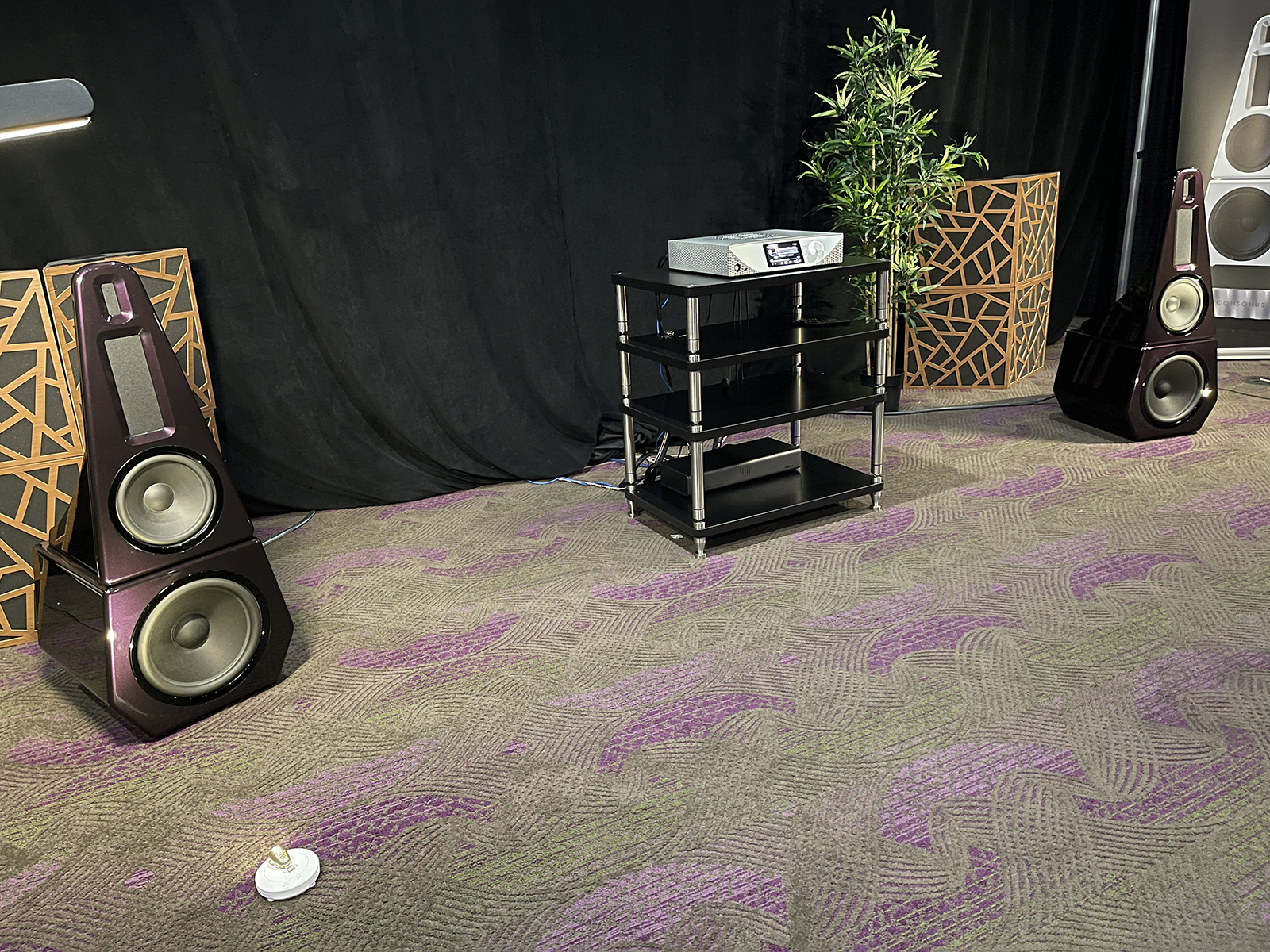 The Oscar Peterson Trio was the band of choice. In the opening track, there is a distinct section of the Cello in which it was clear the Celloist got a bit carried away and was hitting the body of the instrument. While this was a musician’s mistake, these things happen in live music, and these Consonus speakers delivered this with wonderful clarity.
The Oscar Peterson Trio was the band of choice. In the opening track, there is a distinct section of the Cello in which it was clear the Celloist got a bit carried away and was hitting the body of the instrument. While this was a musician’s mistake, these things happen in live music, and these Consonus speakers delivered this with wonderful clarity.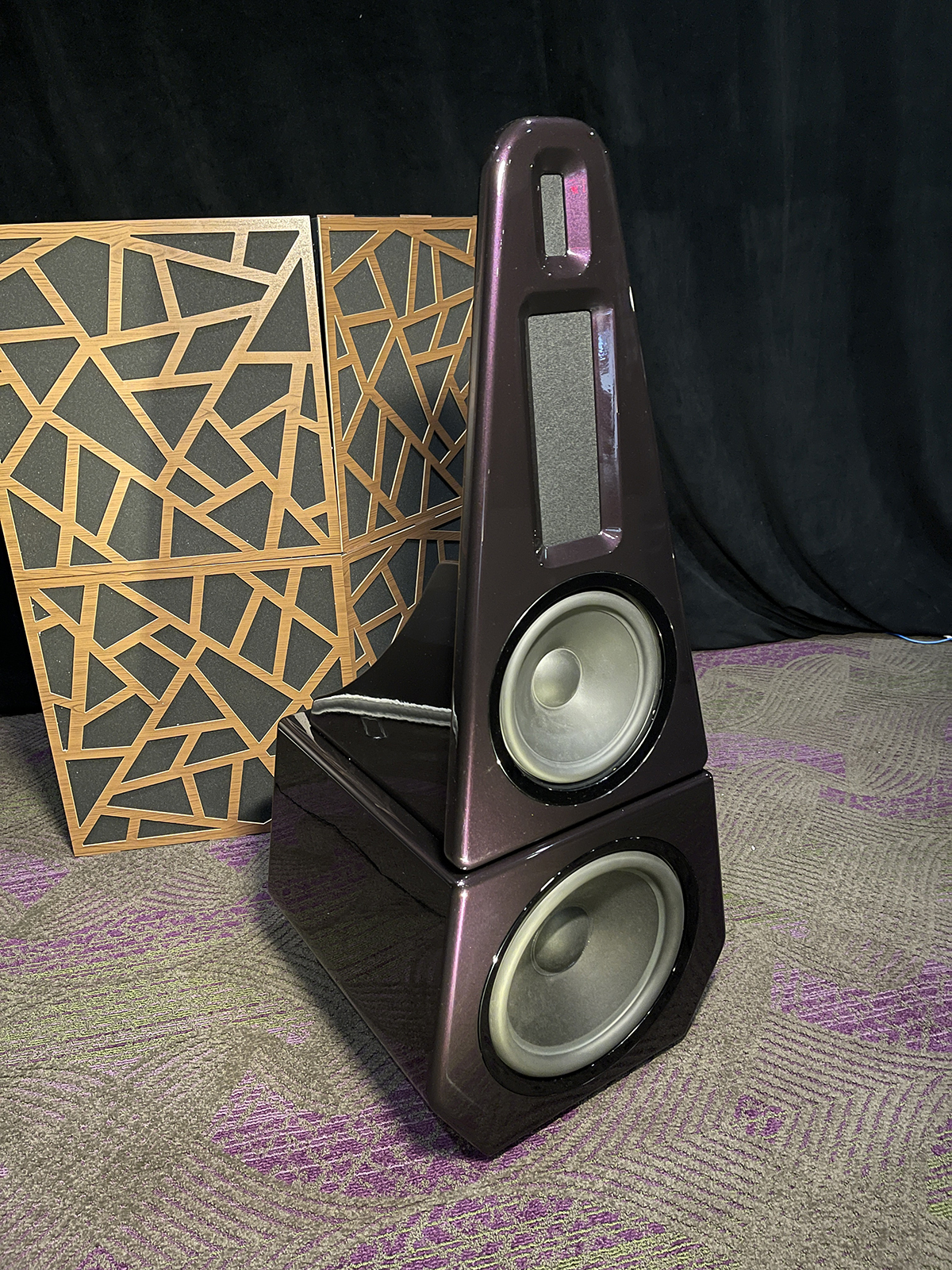
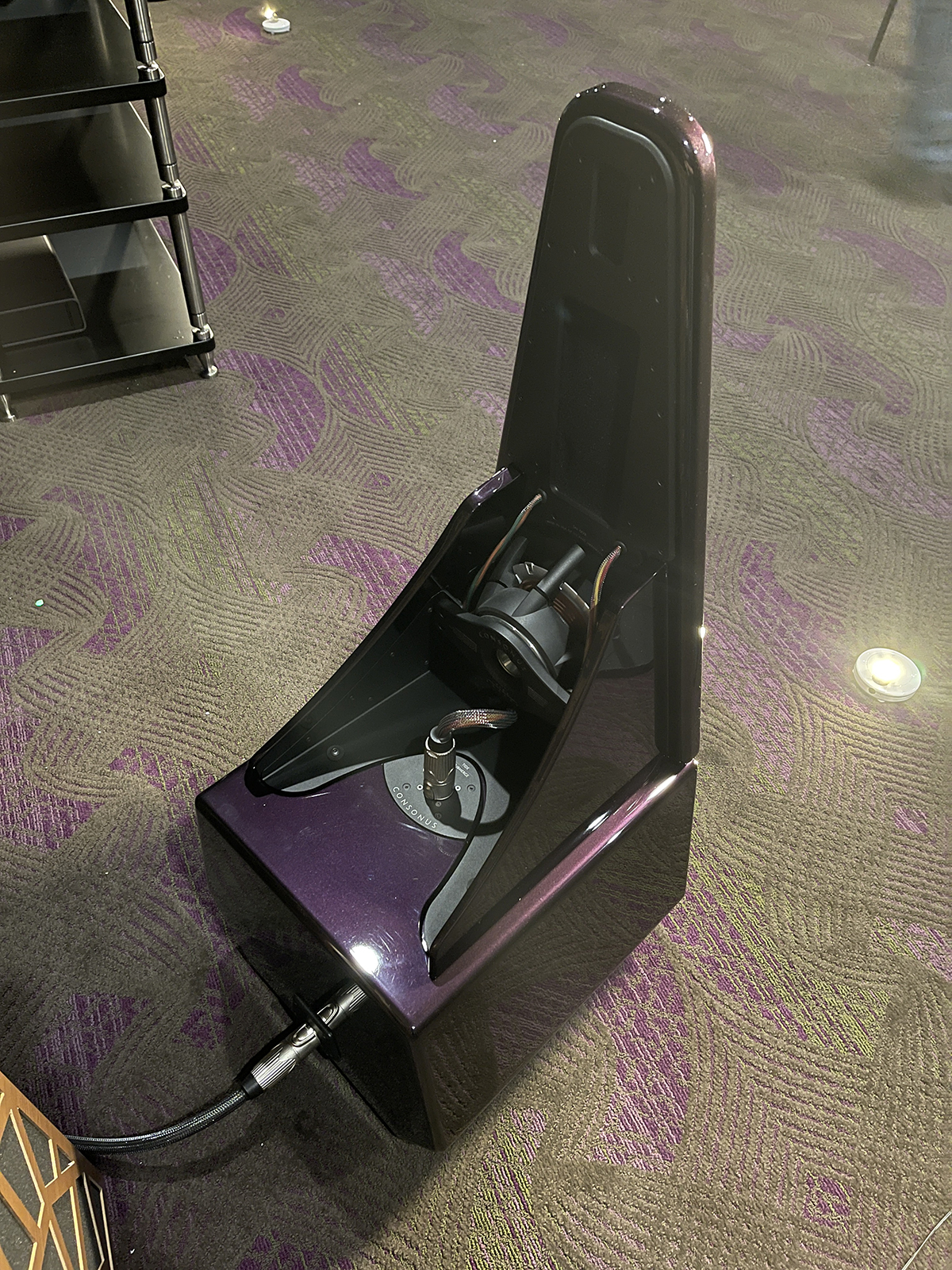 The Consonus speakers are capable of a huge soundstage – for a relatively small speaker in the high end range, they were handling a 25×50 foot room with ease. From the deepest bass up to and beyond audibility, the presentation was filled with detail, yet no harshness. Female vocals were seductive when called for, and haunting when needed.
The Consonus speakers are capable of a huge soundstage – for a relatively small speaker in the high end range, they were handling a 25×50 foot room with ease. From the deepest bass up to and beyond audibility, the presentation was filled with detail, yet no harshness. Female vocals were seductive when called for, and haunting when needed. Acoustic guitar has a nice heft, and if these speakers are making any mistakes, it was not audible. Our Editor-In-Chief, Carlo Lo Raso, asked me to spend some time in this room (he has SO many jobs at these shows that time gets to him), and it was a tremendous call on his part. There was nothing about this system that did not sound great. For $77,000-$80,000, one gets the speakers complete with 4 amplifier channels per speaker. That includes cables and everything one needs for a complete system outside the choice of one’s streamer or CD player.
Acoustic guitar has a nice heft, and if these speakers are making any mistakes, it was not audible. Our Editor-In-Chief, Carlo Lo Raso, asked me to spend some time in this room (he has SO many jobs at these shows that time gets to him), and it was a tremendous call on his part. There was nothing about this system that did not sound great. For $77,000-$80,000, one gets the speakers complete with 4 amplifier channels per speaker. That includes cables and everything one needs for a complete system outside the choice of one’s streamer or CD player.TAD
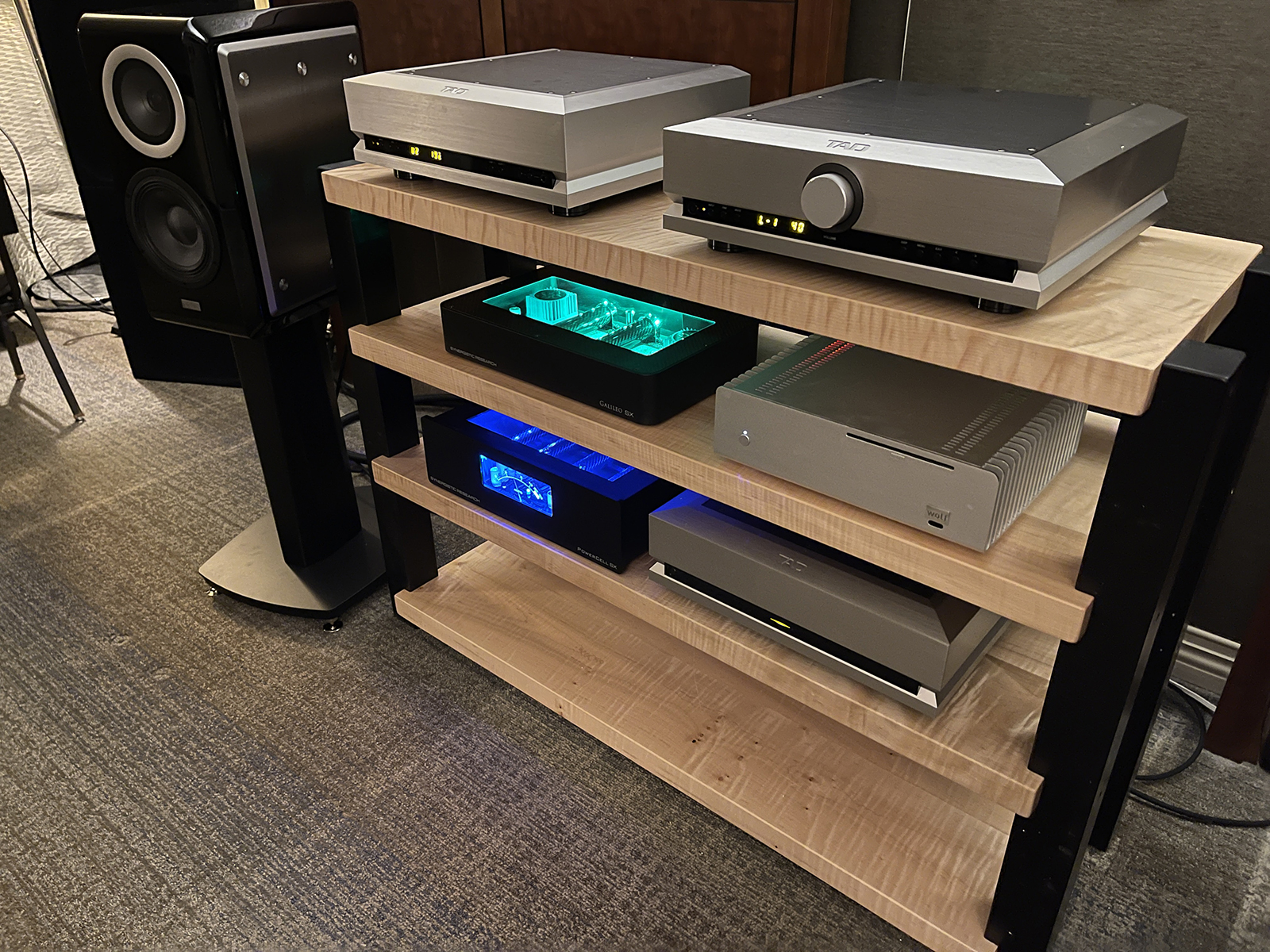
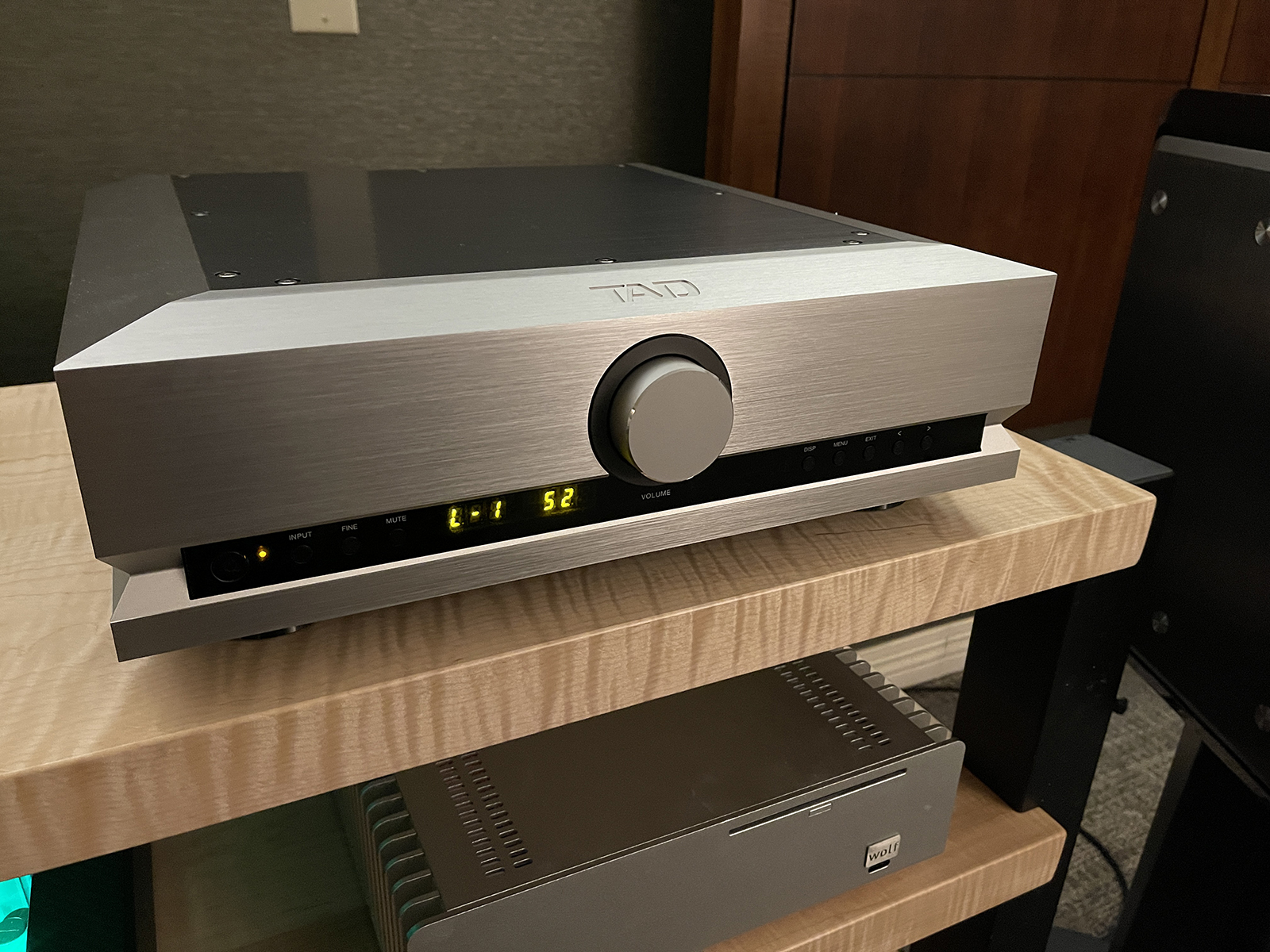
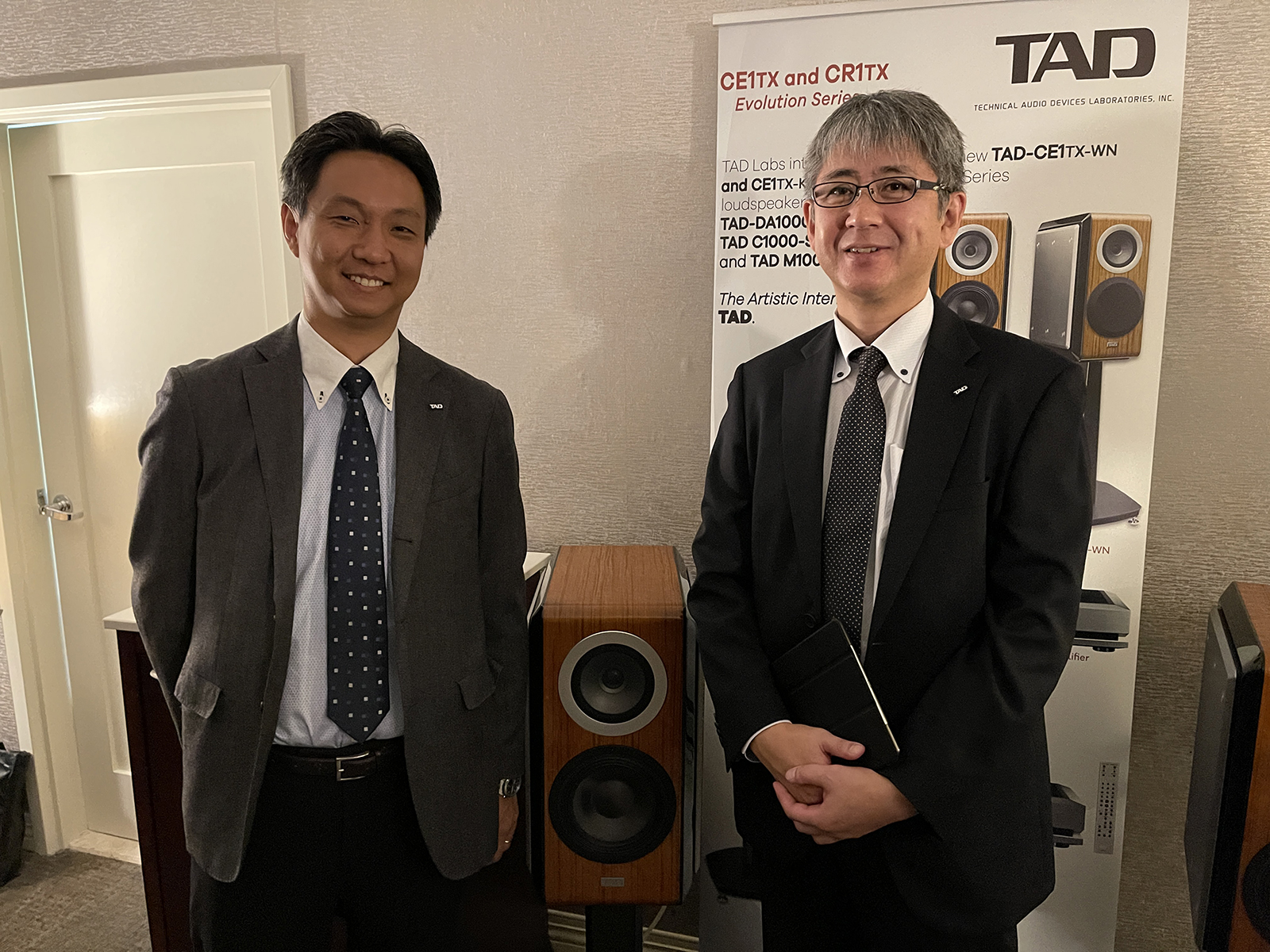 Next was the US debut of the new TAD-C1000 stereo preamplifier ($24,950). A fully balanced design with individually hand -selected and matched internal components. The C1000 also has an external enclosure that appears as tightly and robustly put together as a Ft. Knox vault. And finally, it possesses what might be the finest tactile volume control that I have ever come across. The perfectly weighted knob has a liquid smooth yet precisely graduated travel on a series of precision bearings. If a volume knob can actually feel “sexy,” TAD has figured out how to do it! Two utterly outstanding additions to TAD’s audio arsenal.
Next was the US debut of the new TAD-C1000 stereo preamplifier ($24,950). A fully balanced design with individually hand -selected and matched internal components. The C1000 also has an external enclosure that appears as tightly and robustly put together as a Ft. Knox vault. And finally, it possesses what might be the finest tactile volume control that I have ever come across. The perfectly weighted knob has a liquid smooth yet precisely graduated travel on a series of precision bearings. If a volume knob can actually feel “sexy,” TAD has figured out how to do it! Two utterly outstanding additions to TAD’s audio arsenal.Geshelli Labs
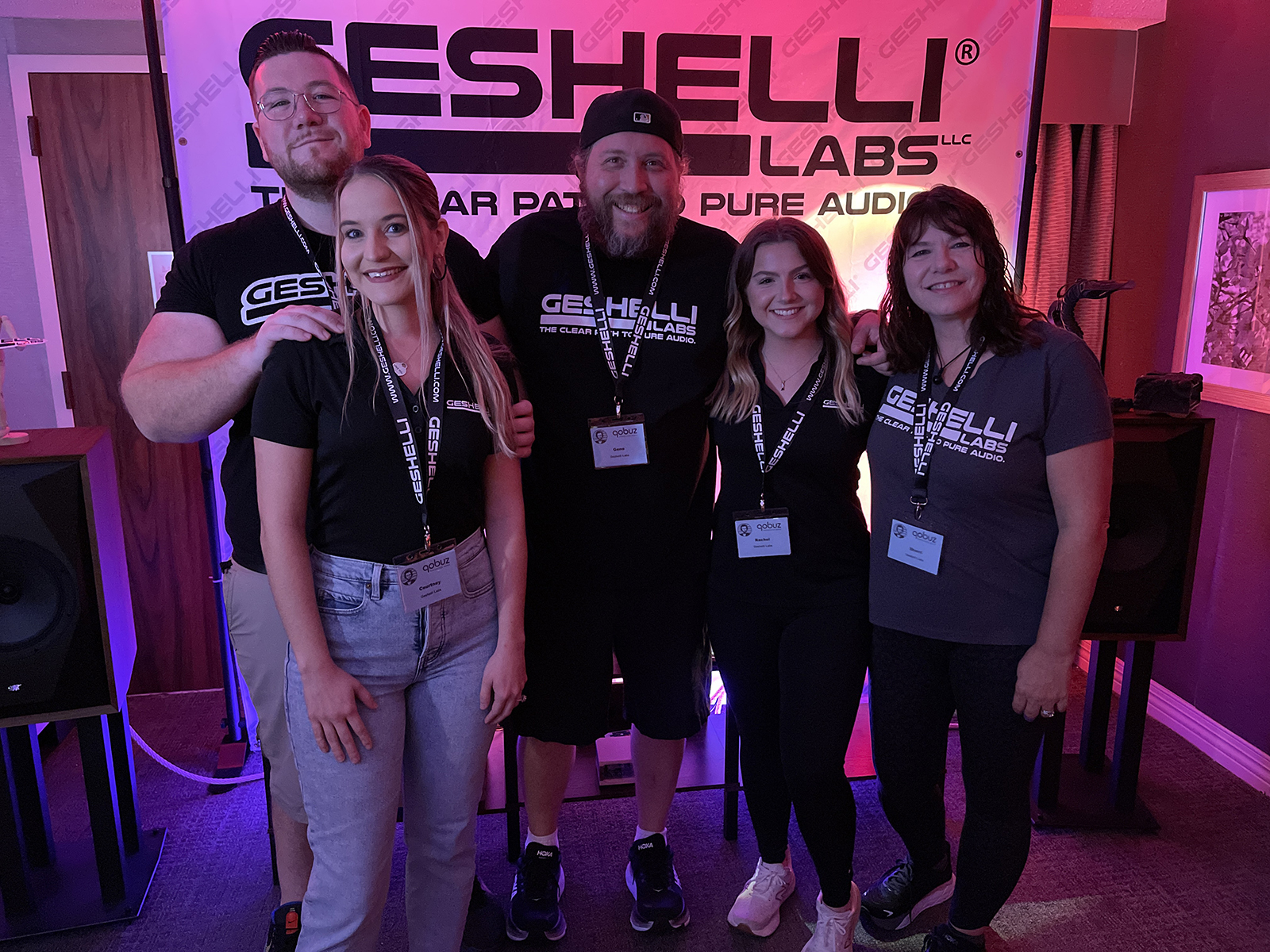 Nothing beats hanging out with the Geshelli clan at a show. When it comes to audio, this family is “the hardest working band in the land!”
Nothing beats hanging out with the Geshelli clan at a show. When it comes to audio, this family is “the hardest working band in the land!”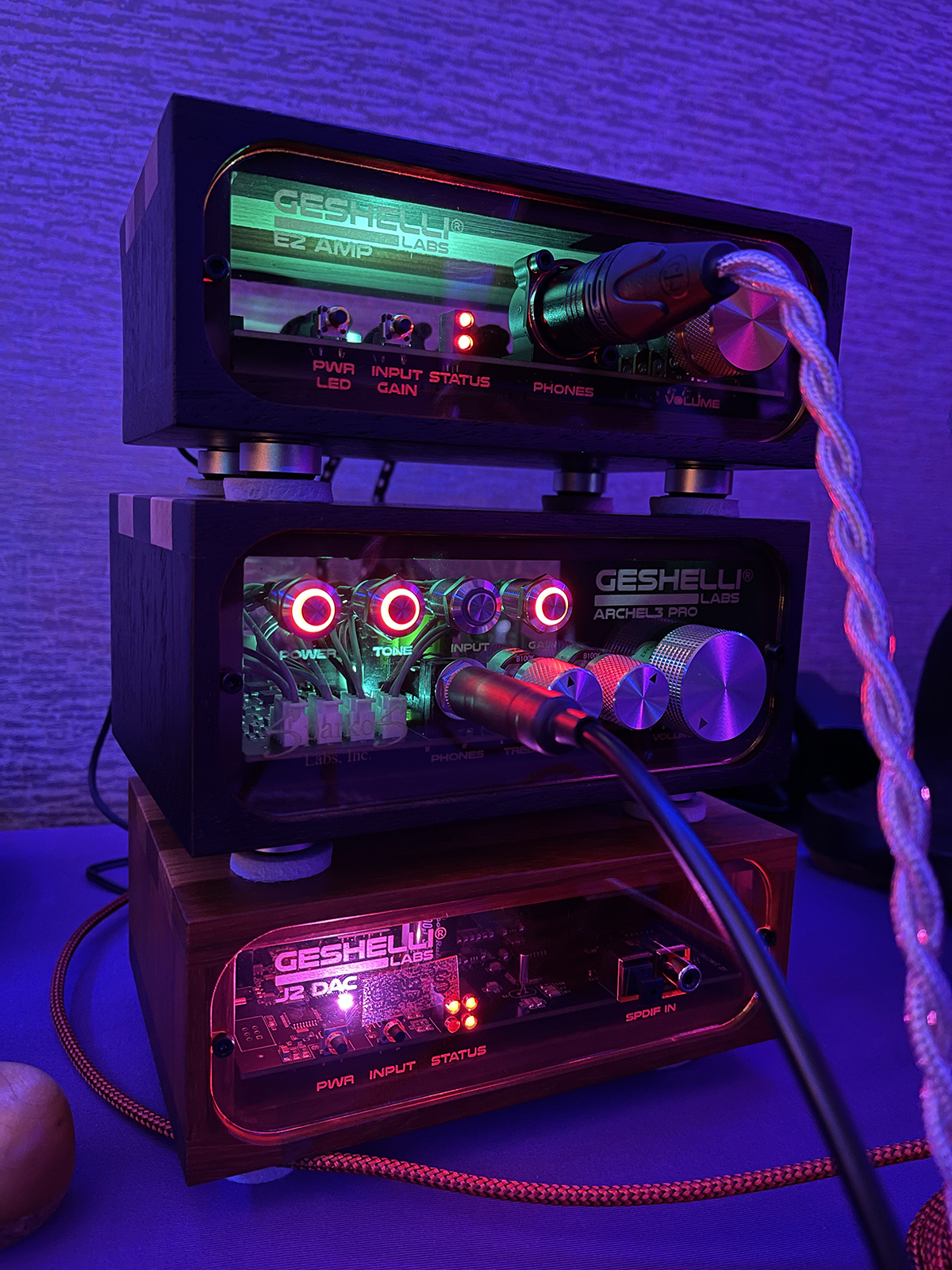 Beyond having their familiar customizable DAC and headphone amp stacks at the show, Geshelli Labs came to Capfest with a couple of interesting surprises.
Beyond having their familiar customizable DAC and headphone amp stacks at the show, Geshelli Labs came to Capfest with a couple of interesting surprises. The first was a 99% finalized version of the Zoofa integrated amplifier announced earlier this year. Some internal modifications like a larger toroidal transformer have been spec’d since the initial announcement, along with detail options like the choice of analog or LED VU meters are now available. The 100 wpc power rating, among other things, is still the same.
The first was a 99% finalized version of the Zoofa integrated amplifier announced earlier this year. Some internal modifications like a larger toroidal transformer have been spec’d since the initial announcement, along with detail options like the choice of analog or LED VU meters are now available. The 100 wpc power rating, among other things, is still the same.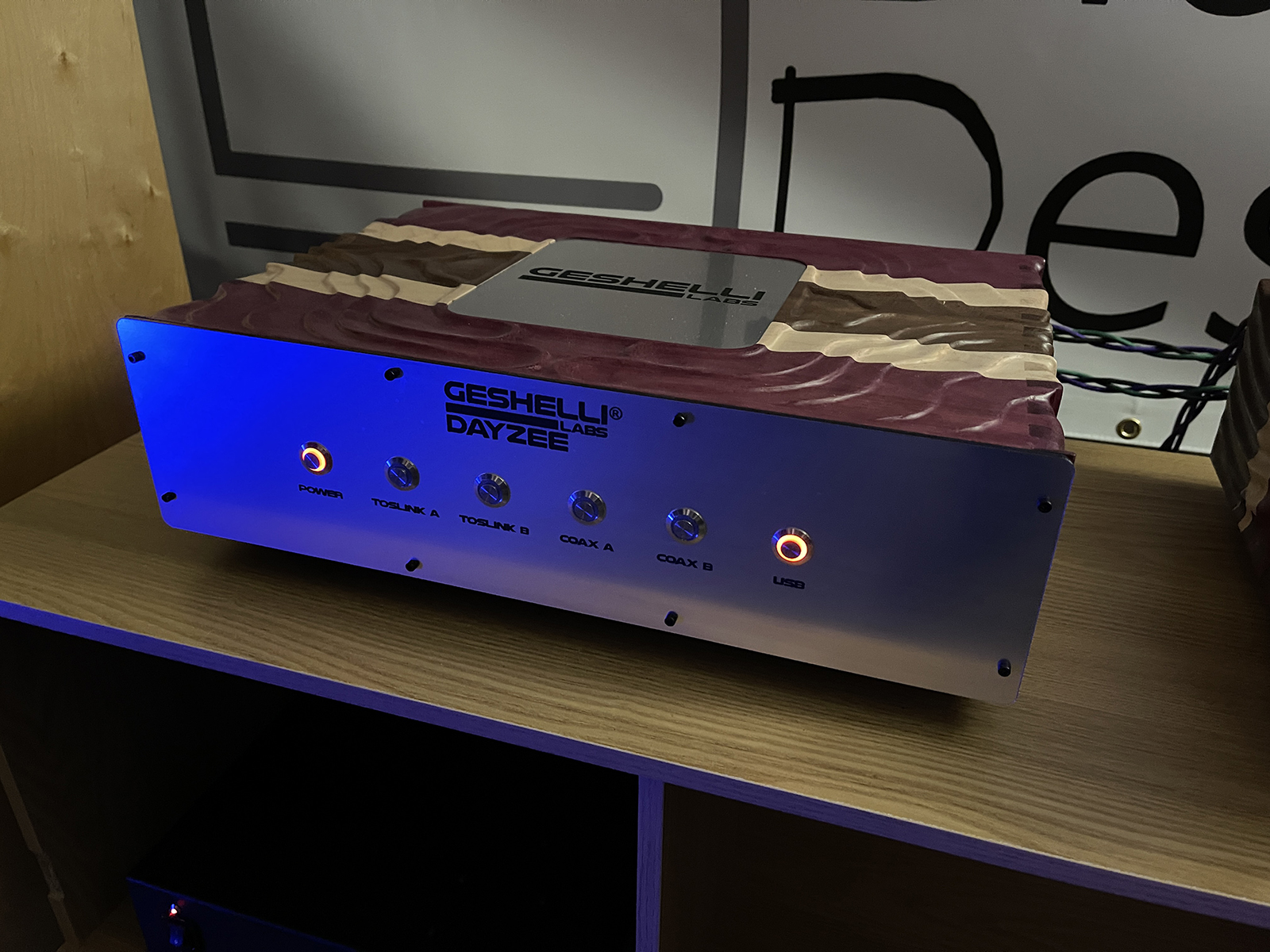 The other surprise was a large form-factor (same size as the Zoofa) DAC called the Dayzee. This unit features two flagship AKM 4499 DACs (one per channel) in a fully balanced design. It also uses Sparkos opamps and has a plethora of input and output options to act as the D-to-A nerve center of your system. Immaculately carved and finished wood enclosure (matching the Zoofa) is available as an extra cost option.
The other surprise was a large form-factor (same size as the Zoofa) DAC called the Dayzee. This unit features two flagship AKM 4499 DACs (one per channel) in a fully balanced design. It also uses Sparkos opamps and has a plethora of input and output options to act as the D-to-A nerve center of your system. Immaculately carved and finished wood enclosure (matching the Zoofa) is available as an extra cost option.Alare Speakers or… The Italians (Part 1)
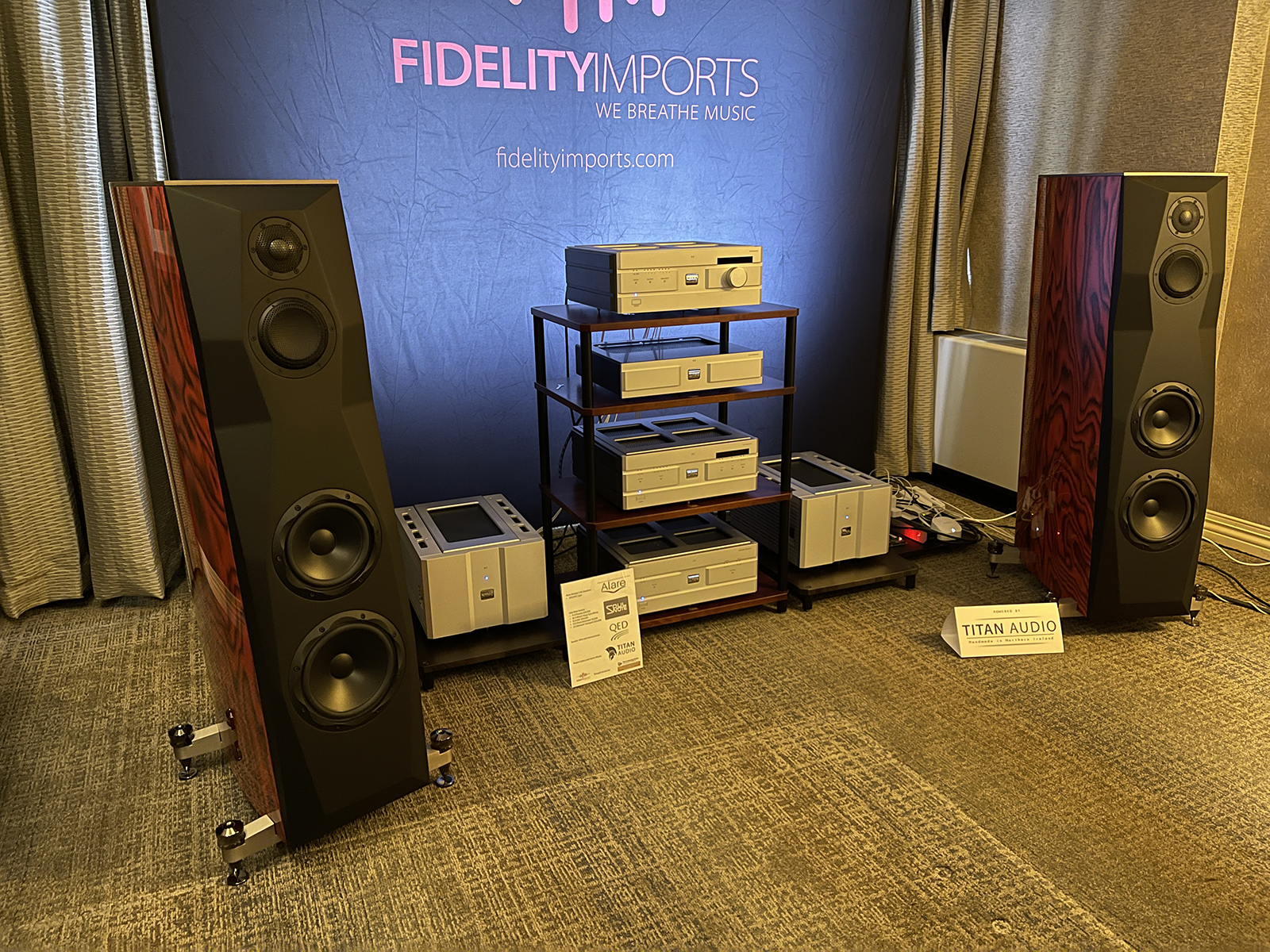
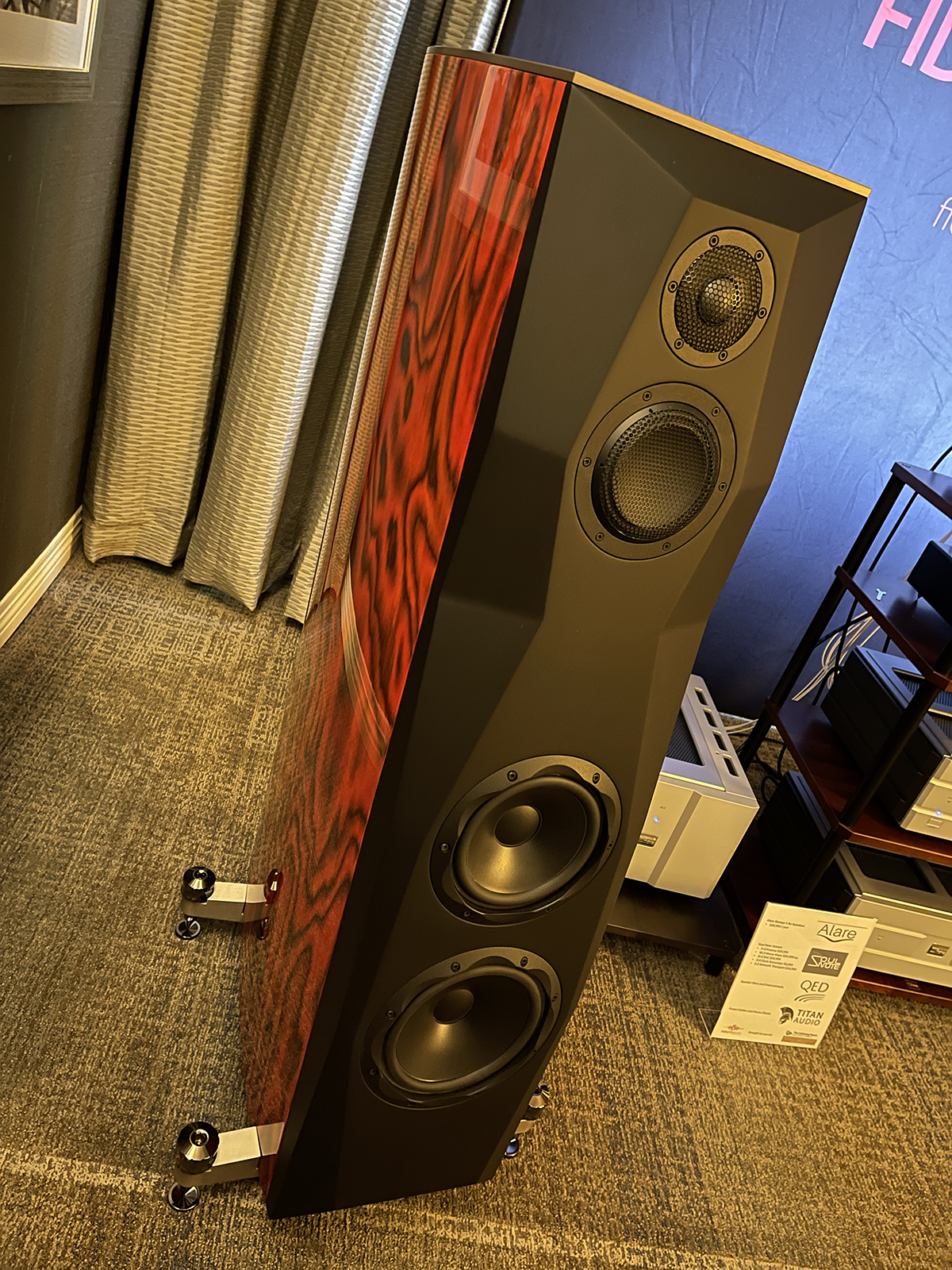

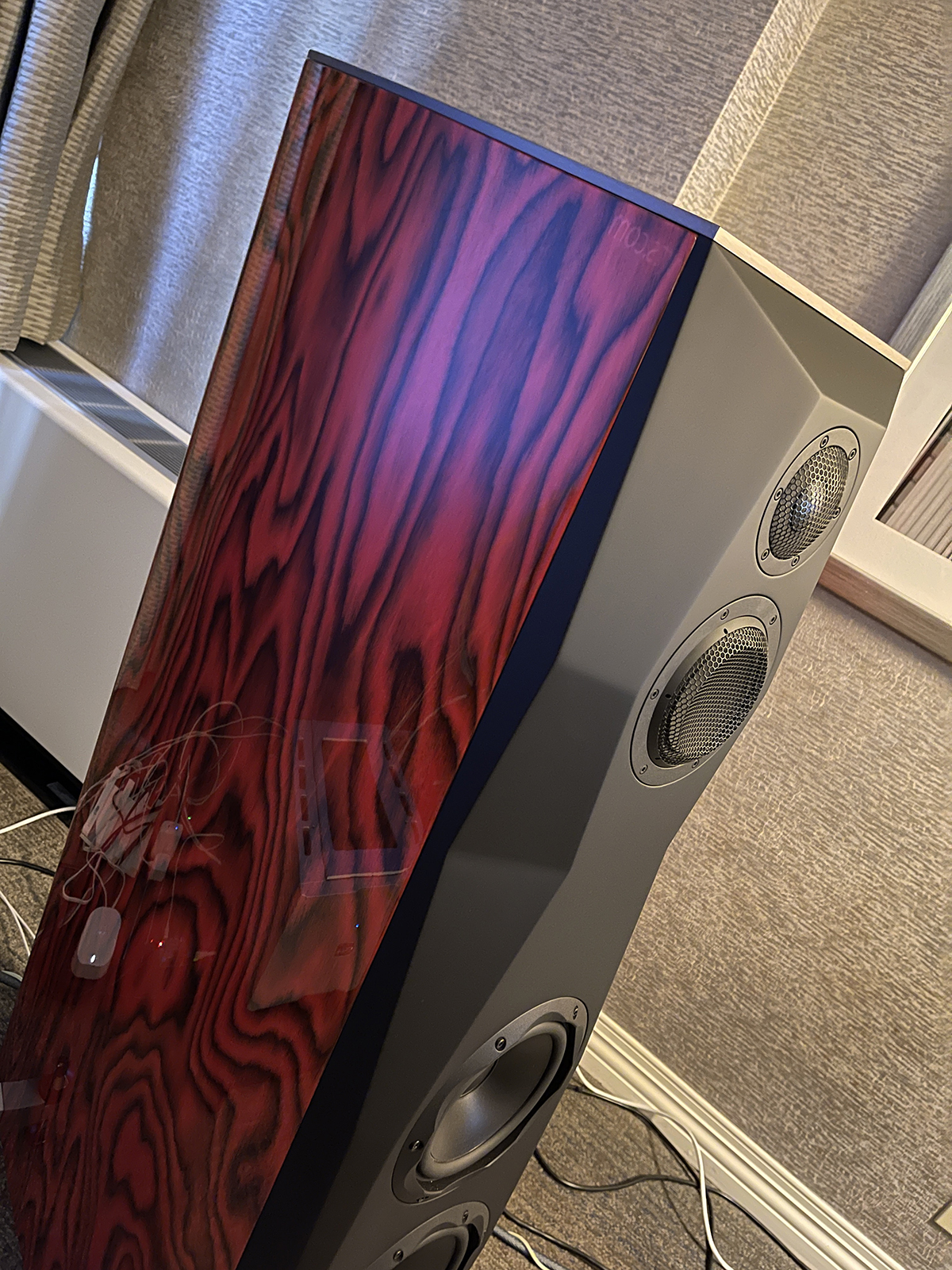 In one of the several rooms sponsored by Fidelity Imports, I found the stunning Alare Remiga 1 loudspeakers from Italy ($50K per pair) paired with the artful electronics from Soulnote of Japan. Specifically the Soulnote P-3 preamp ($25K), D-3 DAC ($25K), X-3 Clock ($5K), Z-3 Network Transport ($15K), and two M-3 monoblock amps ($25K each). Cabling was provided by QED cables and power conditioning was courtesy of Titan Audio. This was an excellent sounding room with the Remiga 1 speakers maintaining full command of whatever demo track that I requested. Bass was tight and powerful, with a seamless transition through the midrange and into the nicely sorted treble. Yes, there was close to $200K worth of equipment in this room, and it is one of those cases where it actually sounded like it. Outstanding!
In one of the several rooms sponsored by Fidelity Imports, I found the stunning Alare Remiga 1 loudspeakers from Italy ($50K per pair) paired with the artful electronics from Soulnote of Japan. Specifically the Soulnote P-3 preamp ($25K), D-3 DAC ($25K), X-3 Clock ($5K), Z-3 Network Transport ($15K), and two M-3 monoblock amps ($25K each). Cabling was provided by QED cables and power conditioning was courtesy of Titan Audio. This was an excellent sounding room with the Remiga 1 speakers maintaining full command of whatever demo track that I requested. Bass was tight and powerful, with a seamless transition through the midrange and into the nicely sorted treble. Yes, there was close to $200K worth of equipment in this room, and it is one of those cases where it actually sounded like it. Outstanding!Unison Research/Opera Loudspeakers or…The Italians (Part II)

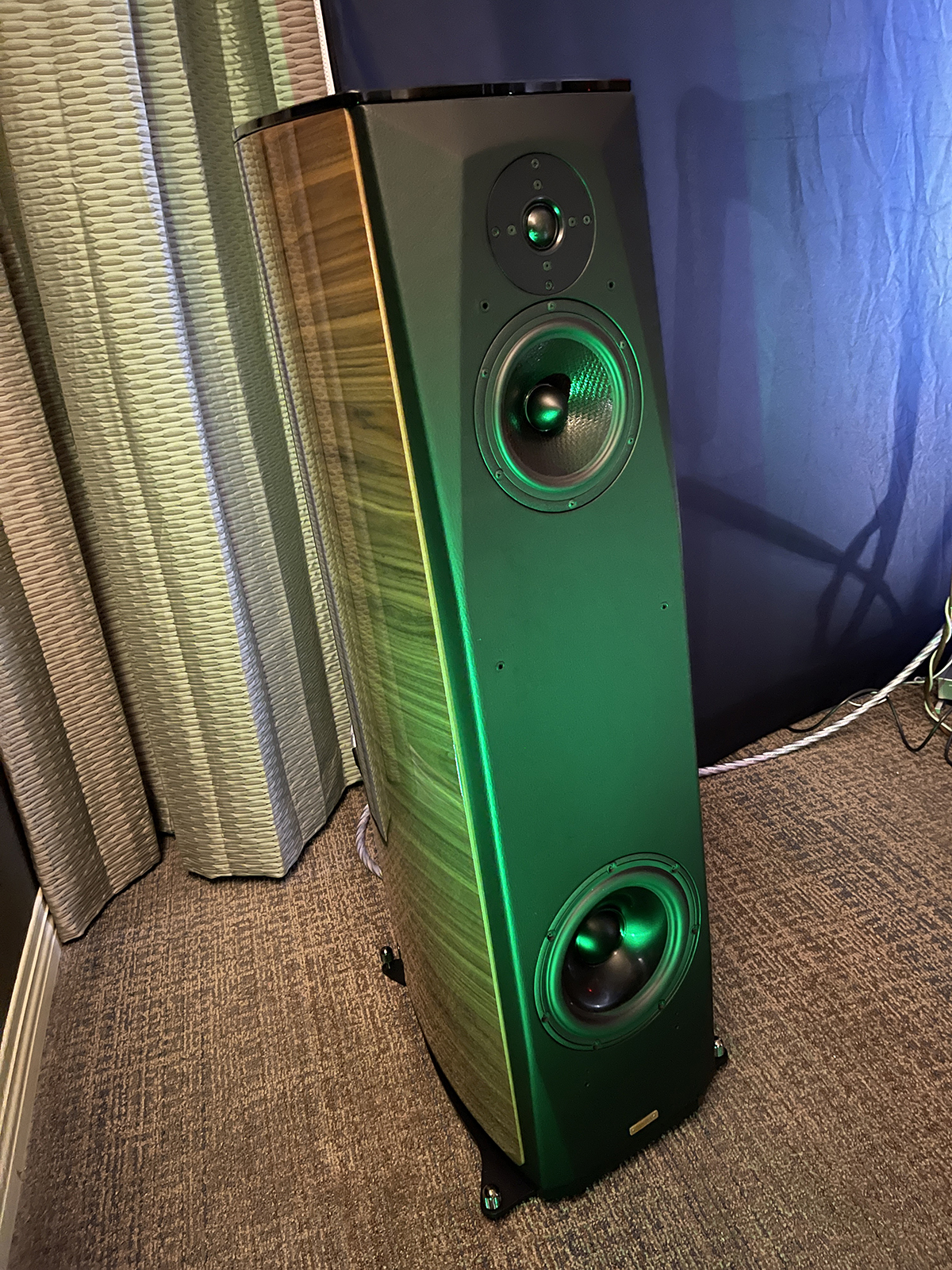
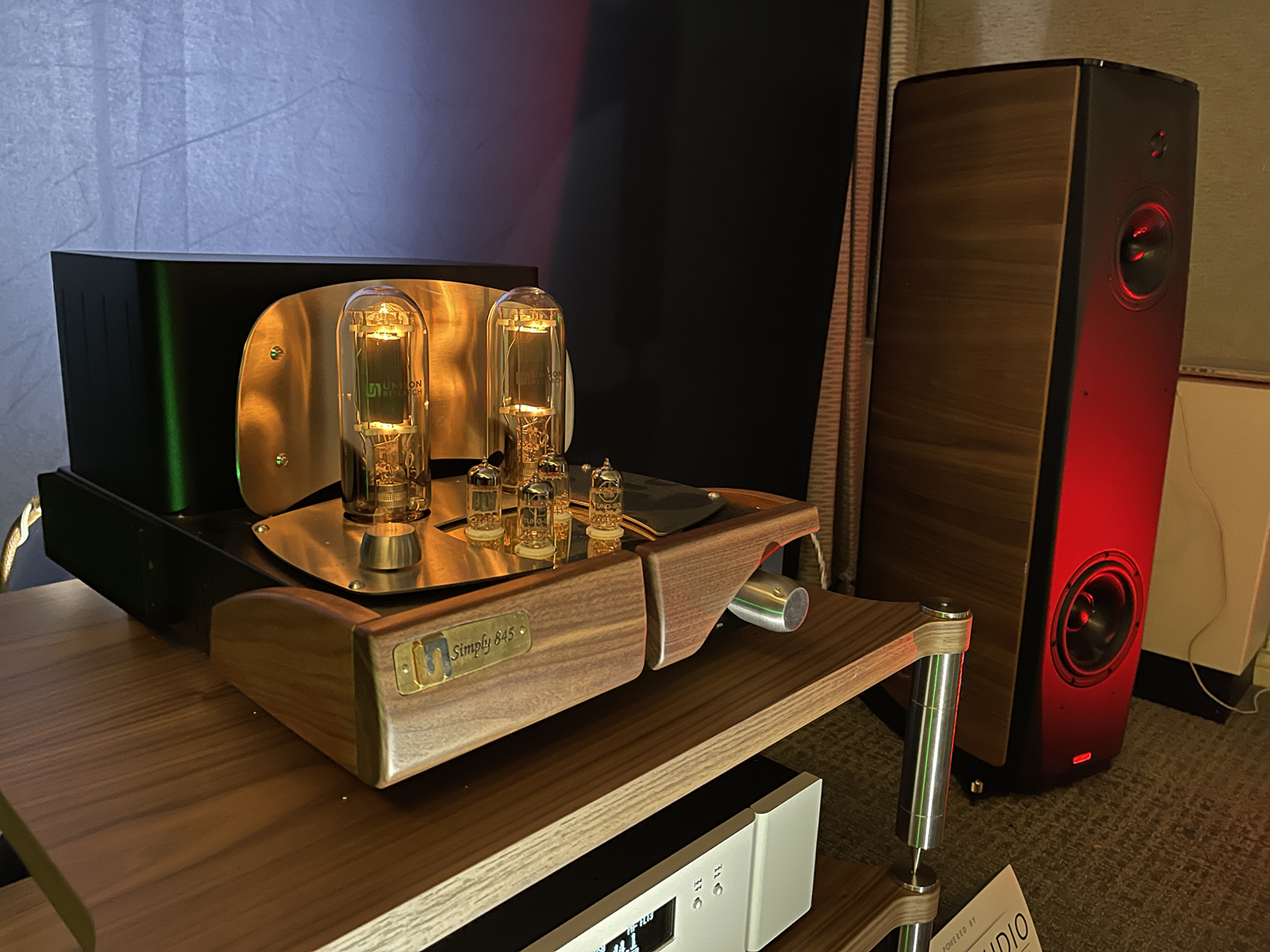
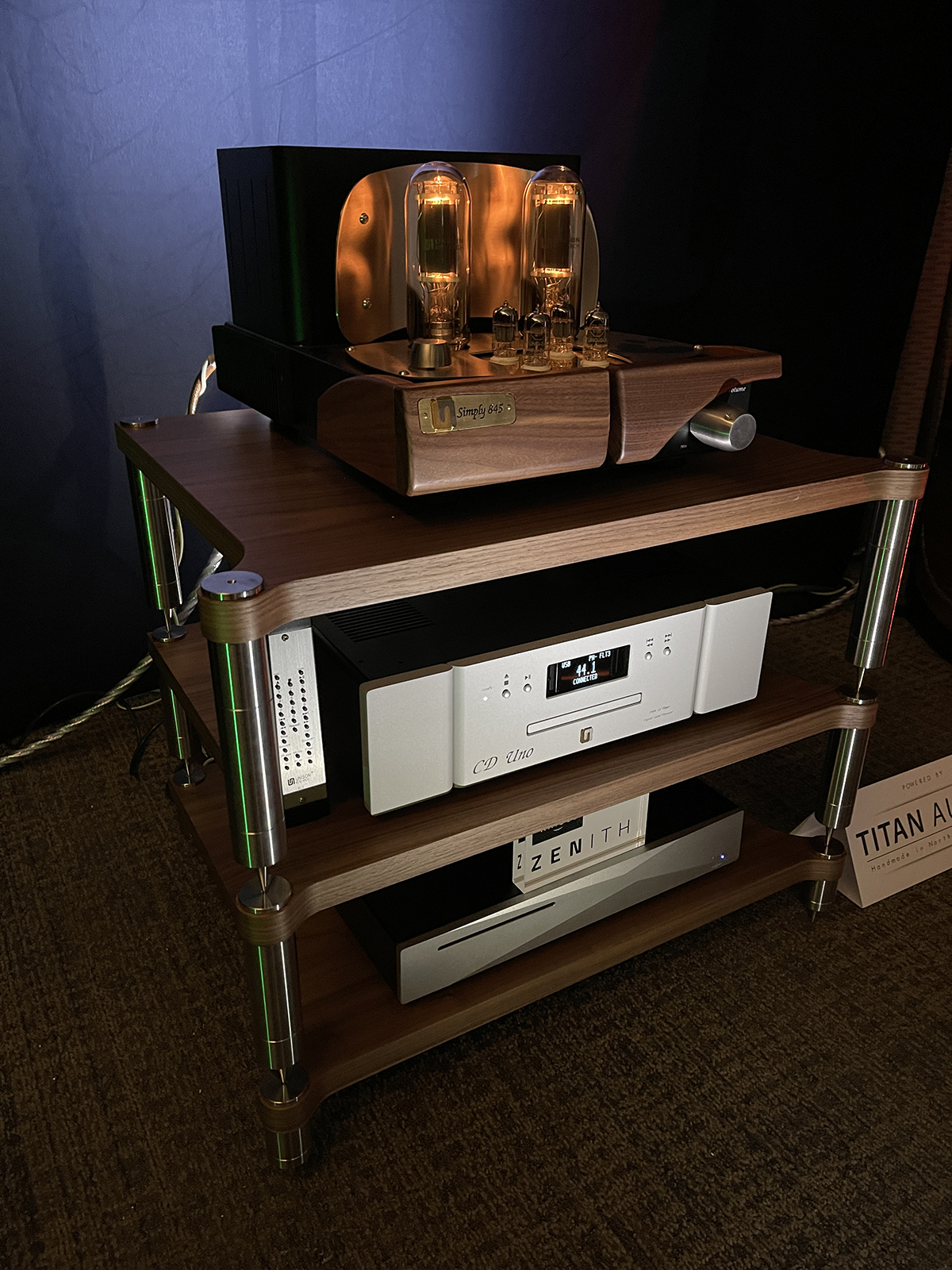
 Next door in another Fidelity Imports room, I found a system that while a little less dear to the pocketbook, was no less enjoyable and satisfying. Here I found the Opera Calas Diva loudspeakers ($12K) mated to the Unison Research Simply 845 integrated tube amp ($10K), and a Unison Research Unico CD Uno CD player/DAC ($3K). Streaming resources were courtesy of Innuos. Racks are from NEO High End, cables from QED, and power conditioning by Titan Audio. The sound here was equally outstanding but different that the Alare/Soulnote room. A rich, full, and sweet rendering of music was happening here. Definitely with some of that tube warmth, but nowhere near as saccharine as some of the other tube gear I heard at the show. Just an easy and beautiful setup with sound quality to match.
Next door in another Fidelity Imports room, I found a system that while a little less dear to the pocketbook, was no less enjoyable and satisfying. Here I found the Opera Calas Diva loudspeakers ($12K) mated to the Unison Research Simply 845 integrated tube amp ($10K), and a Unison Research Unico CD Uno CD player/DAC ($3K). Streaming resources were courtesy of Innuos. Racks are from NEO High End, cables from QED, and power conditioning by Titan Audio. The sound here was equally outstanding but different that the Alare/Soulnote room. A rich, full, and sweet rendering of music was happening here. Definitely with some of that tube warmth, but nowhere near as saccharine as some of the other tube gear I heard at the show. Just an easy and beautiful setup with sound quality to match.Goldnote or…The Italians (Part III)
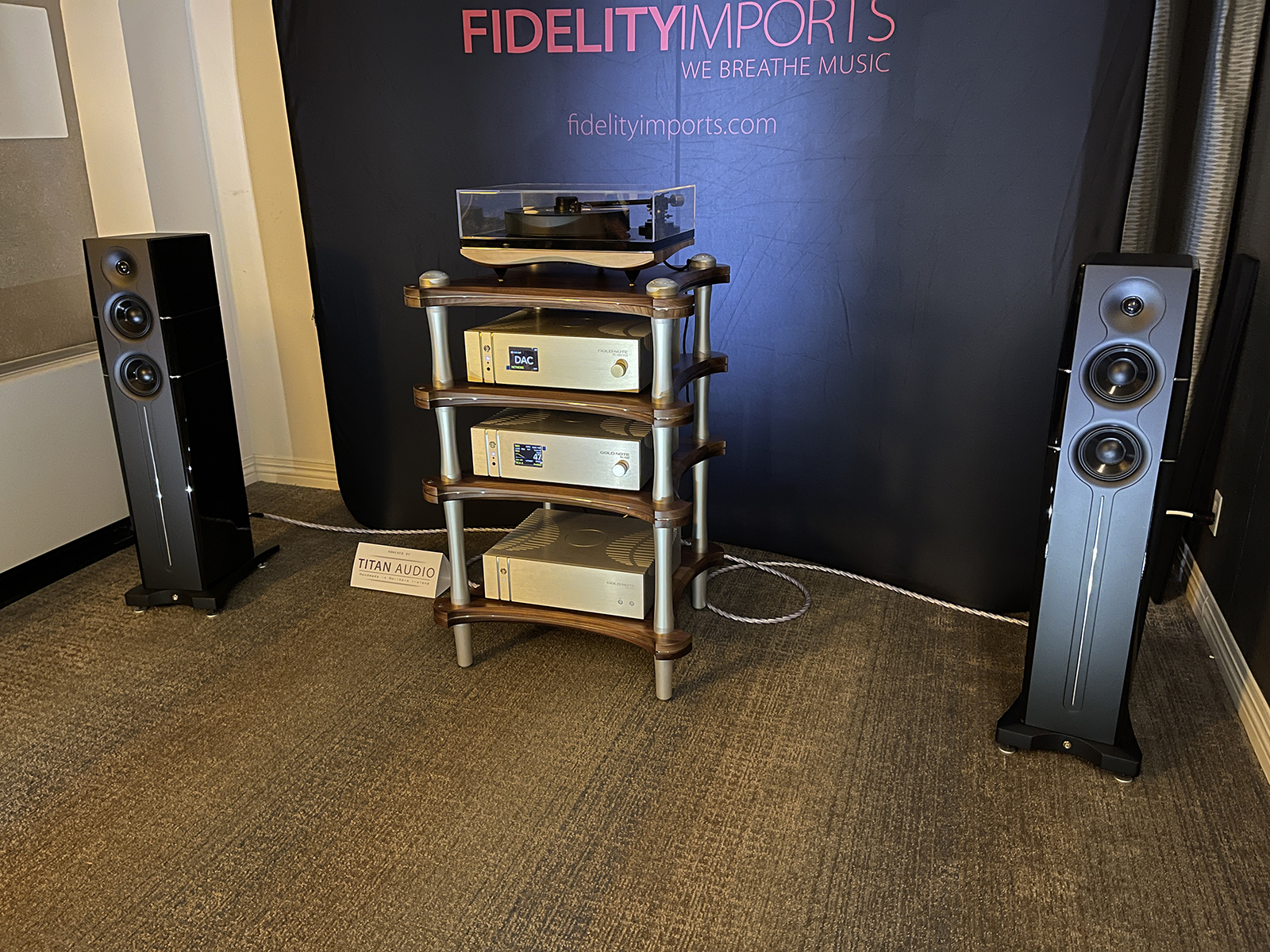

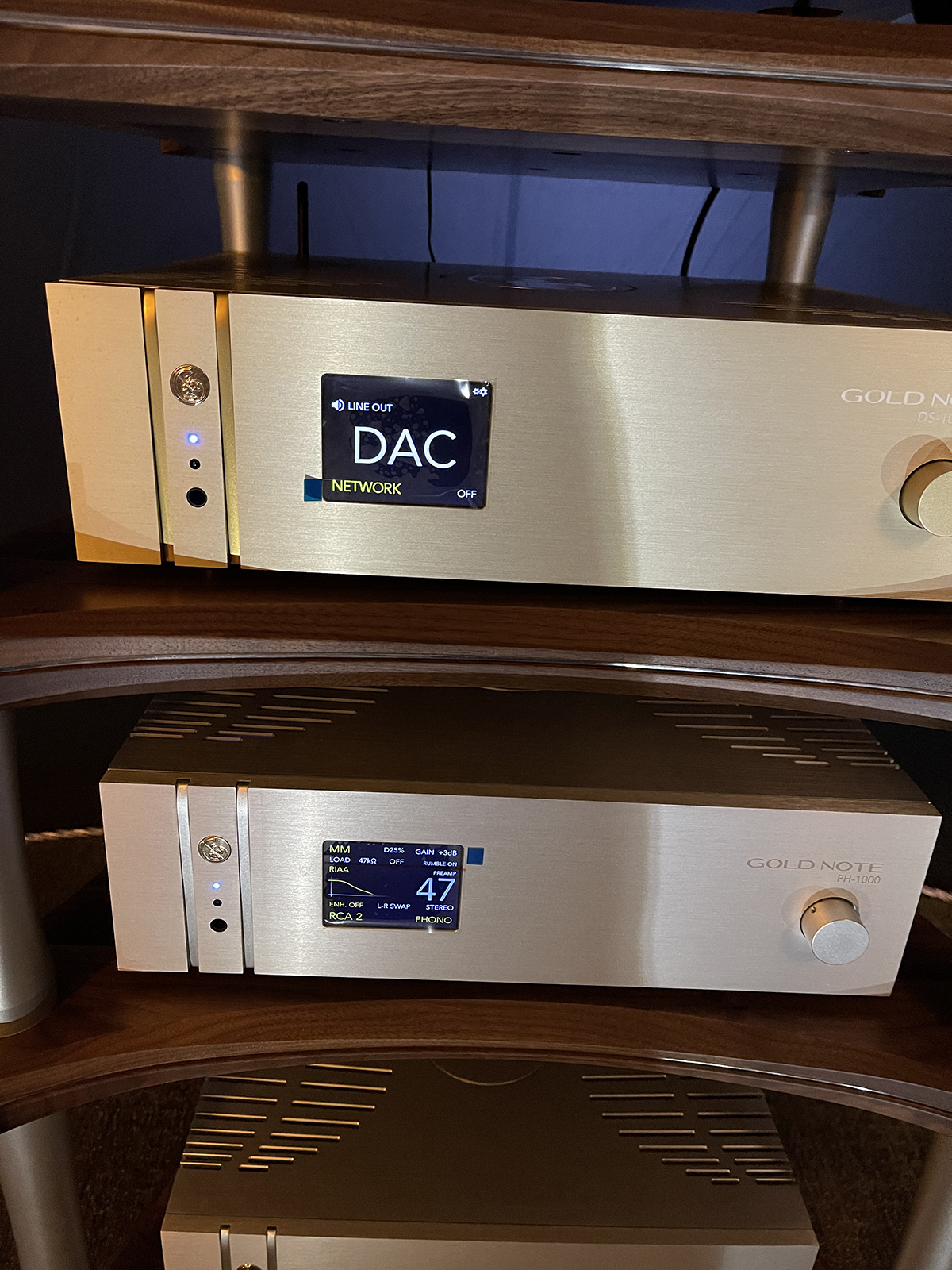
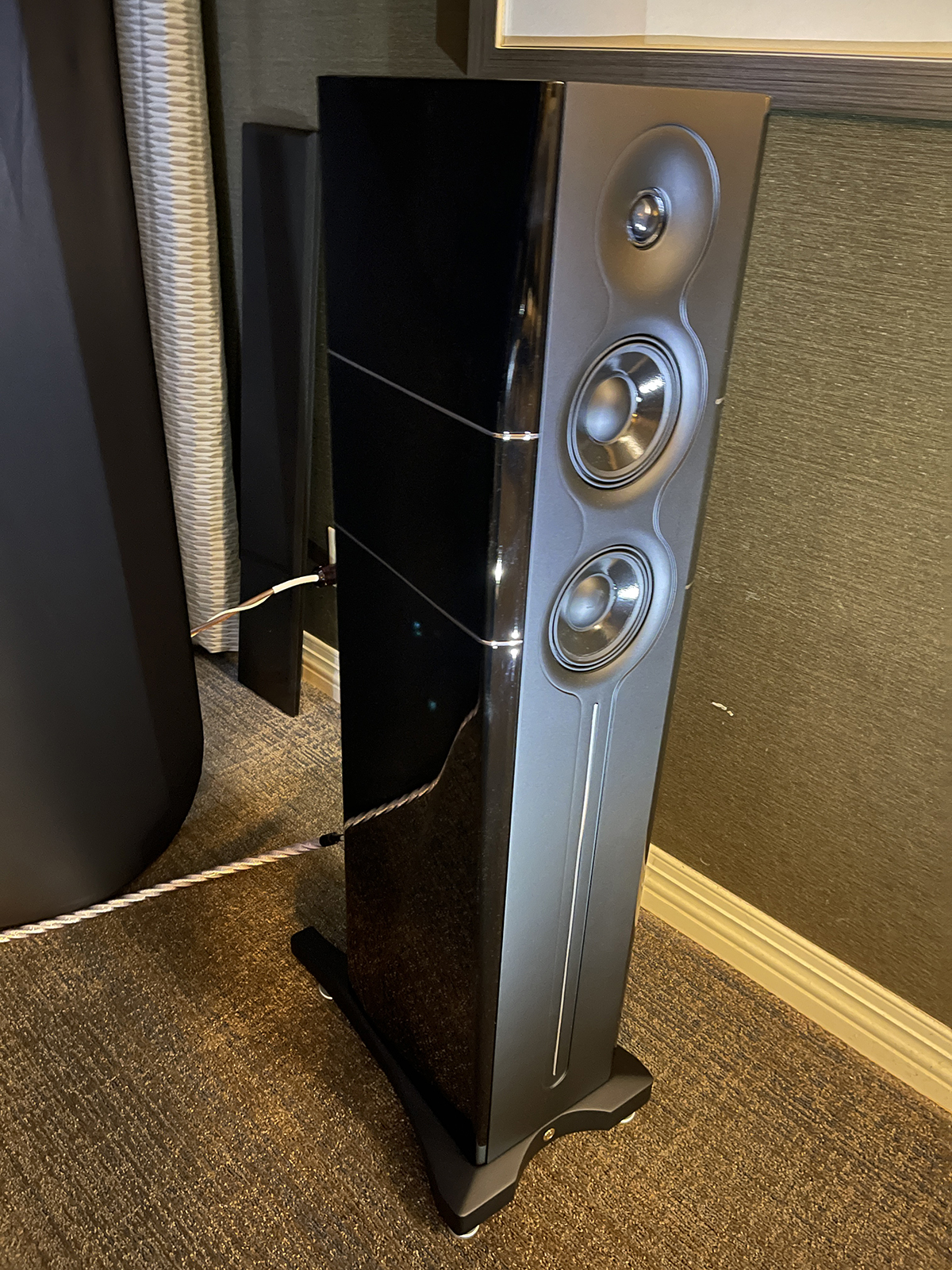
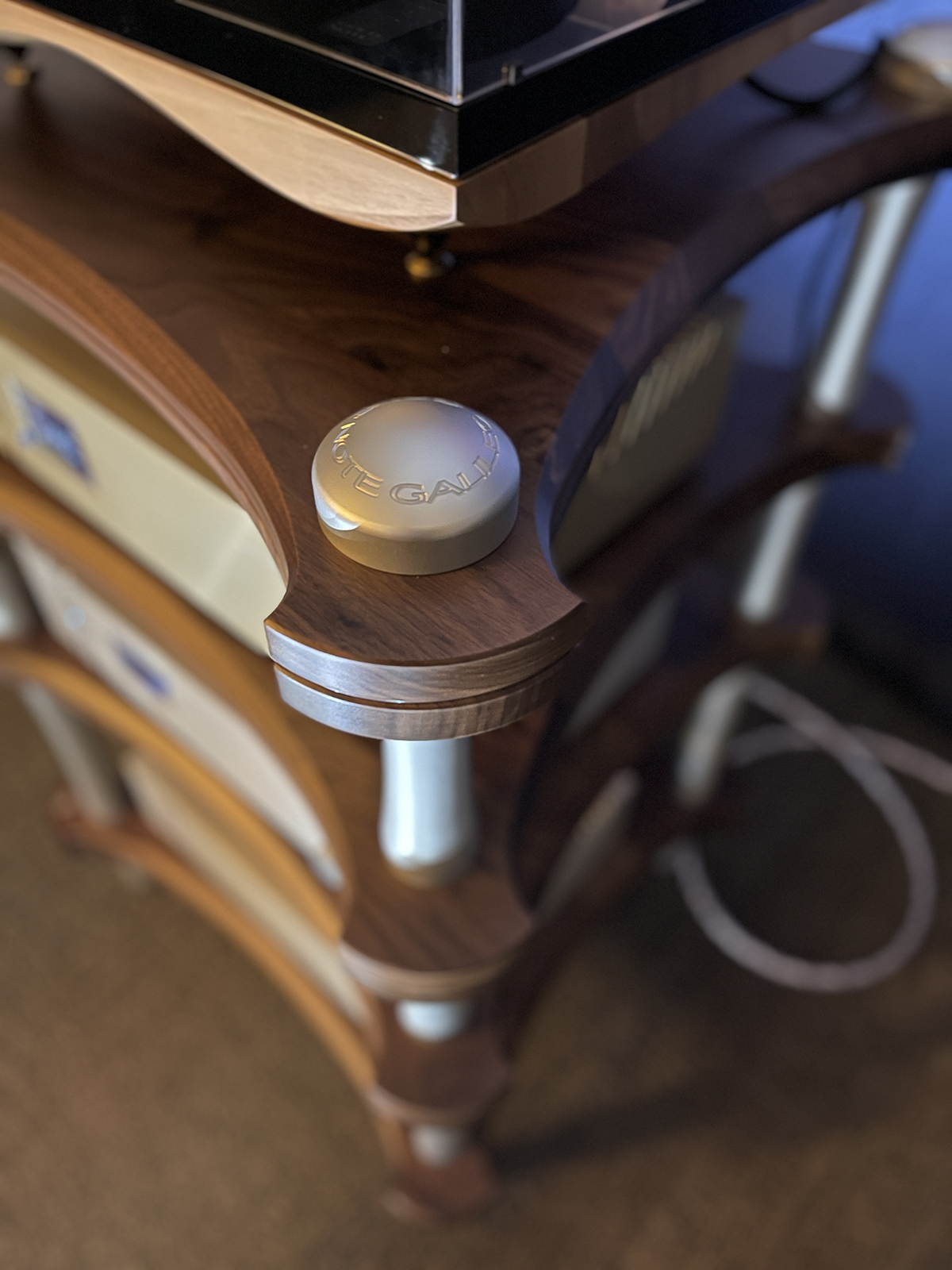 Fidelity Imports was also hosting an all Goldnote room which is the first time I’ve experienced that at a show. The system consisted of the Goldnote Mediterraneo Turntable with B-7 Tonearm ($9K), the DS-1000 EVO Preamp/DAC/Streamer ($8K), the PH-1000 Phono Preamp ($12K), the PA-1175 Power Amplifier ($8,199), and the A6 EVO Loudspeakers ($8,399 per pair). Even the Galileo audio rack is produced by Goldnote. Cables were courtesy of QED and power conditioning is from Titan Audio. This was a uniquely stylish and very appealing sounding system. Both streaming and vinyl sounded excellent and the A6 EVO Loudspeakers sounded significantly bigger than expected.
Fidelity Imports was also hosting an all Goldnote room which is the first time I’ve experienced that at a show. The system consisted of the Goldnote Mediterraneo Turntable with B-7 Tonearm ($9K), the DS-1000 EVO Preamp/DAC/Streamer ($8K), the PH-1000 Phono Preamp ($12K), the PA-1175 Power Amplifier ($8,199), and the A6 EVO Loudspeakers ($8,399 per pair). Even the Galileo audio rack is produced by Goldnote. Cables were courtesy of QED and power conditioning is from Titan Audio. This was a uniquely stylish and very appealing sounding system. Both streaming and vinyl sounded excellent and the A6 EVO Loudspeakers sounded significantly bigger than expected.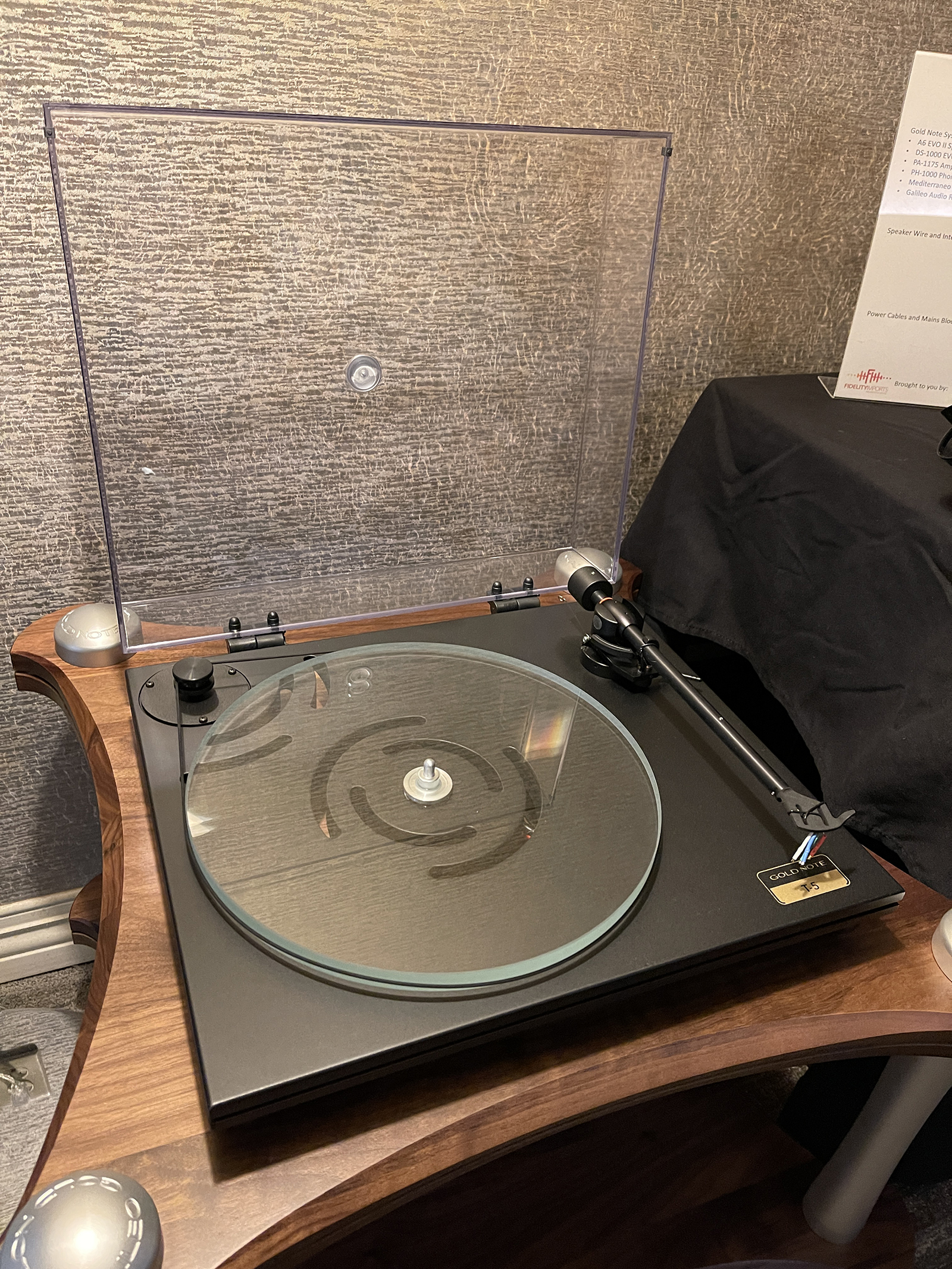
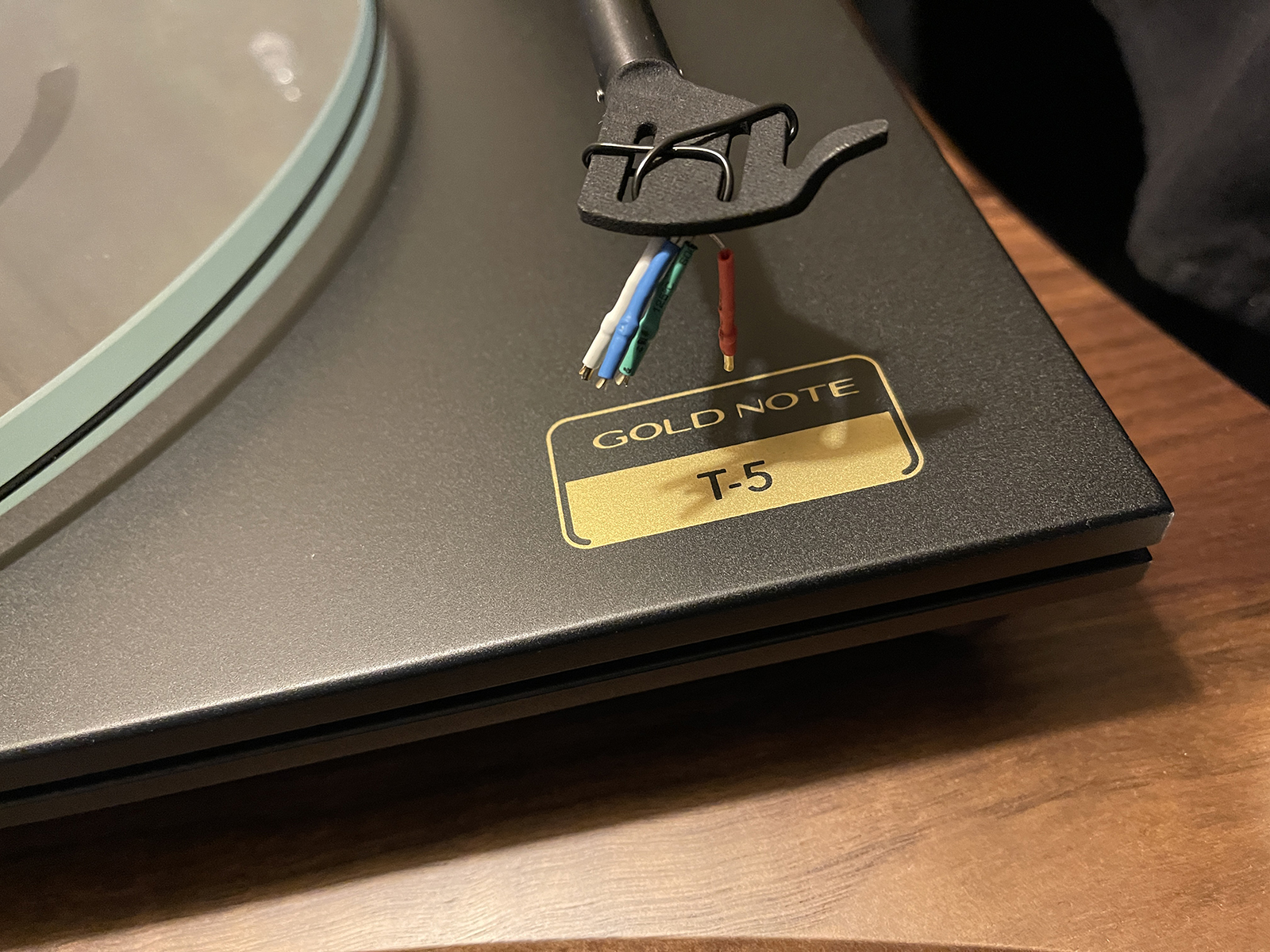 Goldnote was also premiering a new entry level turntable called the T-5. At $999.00 the new turntable is not short on smart design. It features a new inverted bearing design at the spindle, a heavy 1/2” soda lime glass platter, a full aluminum tonearm with brass counterweight, and a dense MDF plinth. Even strategic cutouts in the plinth are designed to break up resonances between motor and spindle. Very clever!
Goldnote was also premiering a new entry level turntable called the T-5. At $999.00 the new turntable is not short on smart design. It features a new inverted bearing design at the spindle, a heavy 1/2” soda lime glass platter, a full aluminum tonearm with brass counterweight, and a dense MDF plinth. Even strategic cutouts in the plinth are designed to break up resonances between motor and spindle. Very clever!Wells Audio
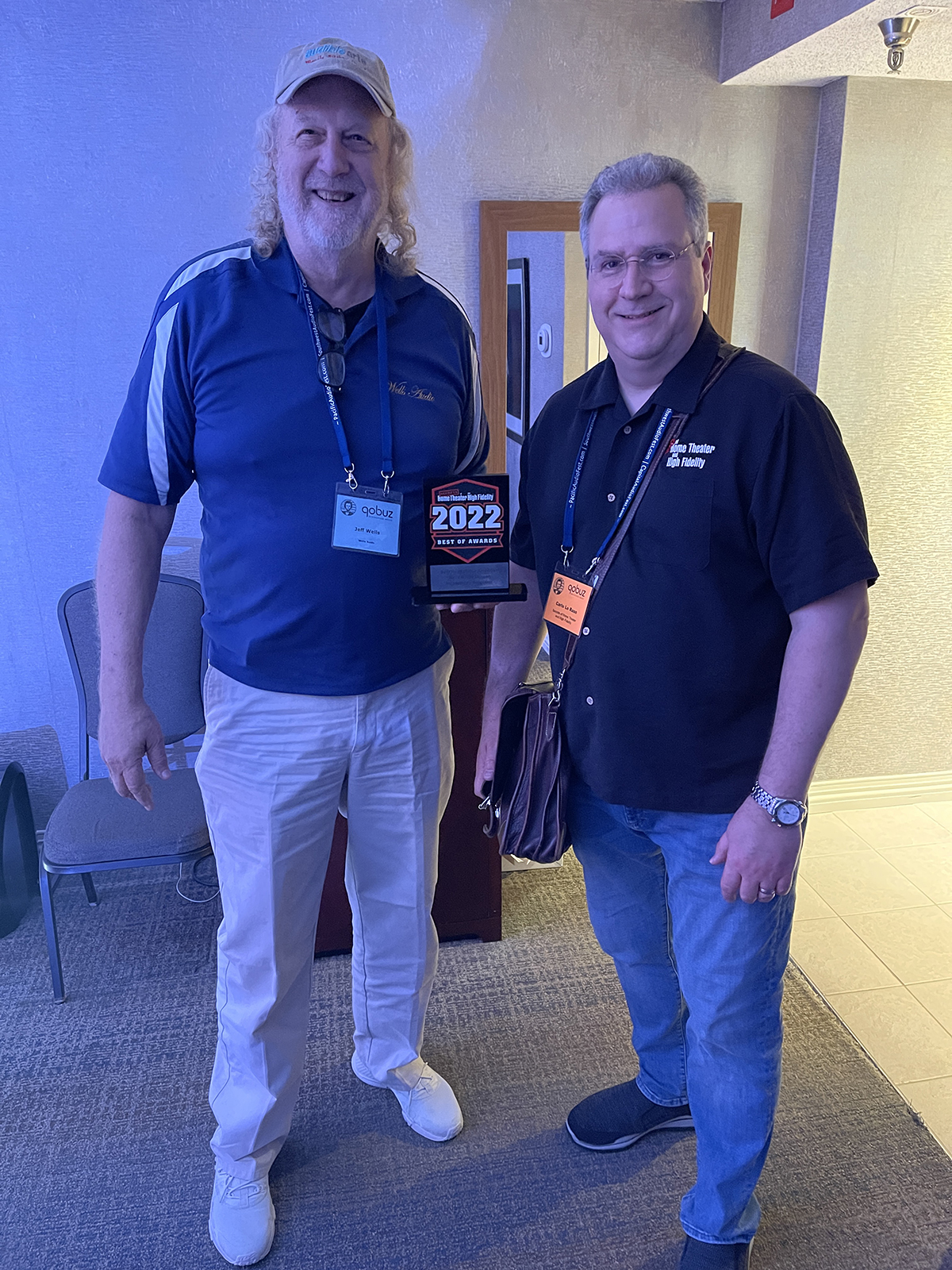 It was great to catch up with Jeff Wells from Wells Audio at CapFest. I was pleased to present Jeff with the SECRETS 2022 Best Of award for his Wells Audio Dragon headphone amplifier.
It was great to catch up with Jeff Wells from Wells Audio at CapFest. I was pleased to present Jeff with the SECRETS 2022 Best Of award for his Wells Audio Dragon headphone amplifier. VPI Industries
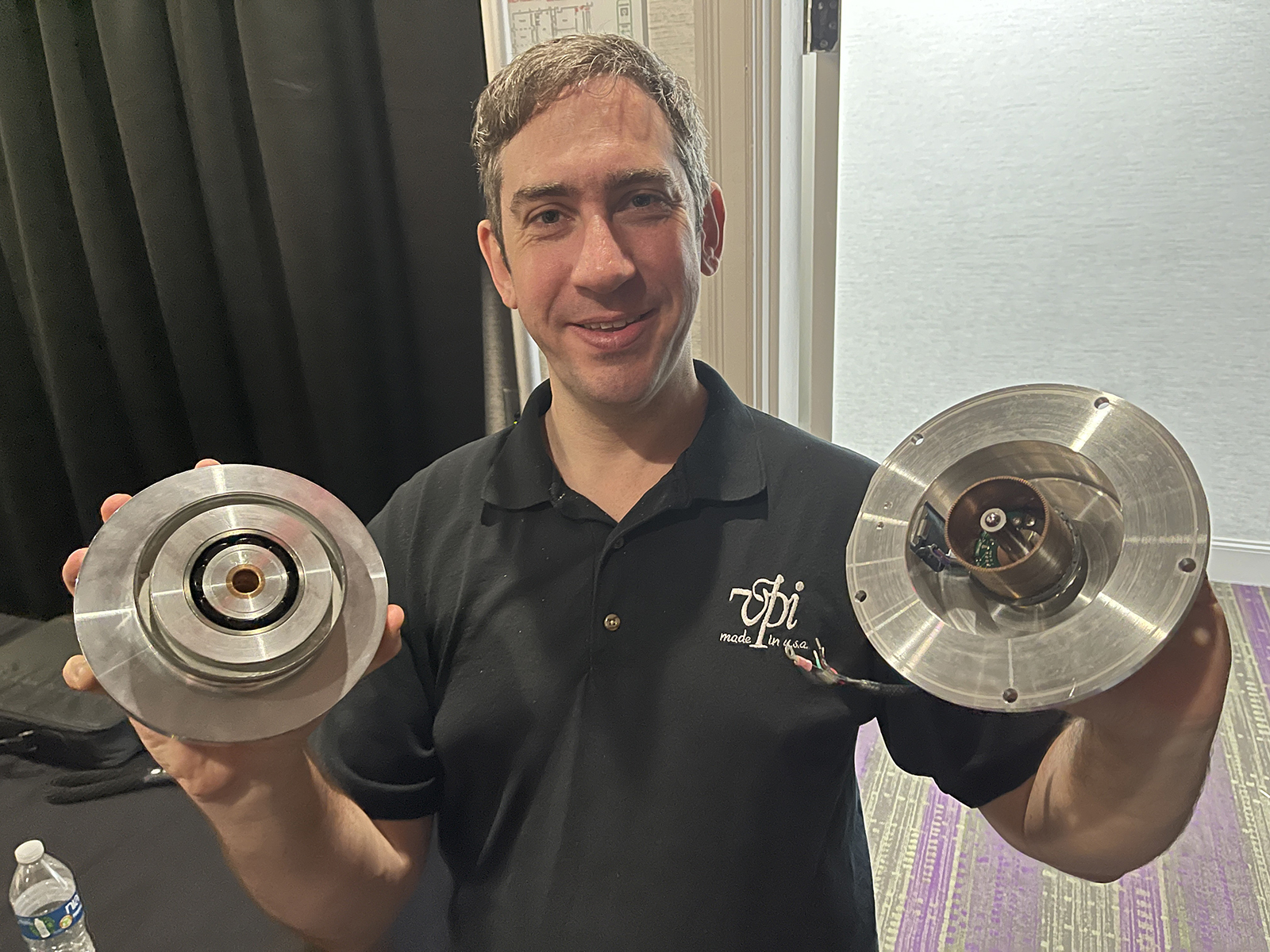 VPI’s Mat Weisfeld displays the two halves of what makes the direct drive system for the VPI Avenger Direct turntable. Precision built and with tremendous torque, it’s a hell of a piece of engineering.
VPI’s Mat Weisfeld displays the two halves of what makes the direct drive system for the VPI Avenger Direct turntable. Precision built and with tremendous torque, it’s a hell of a piece of engineering.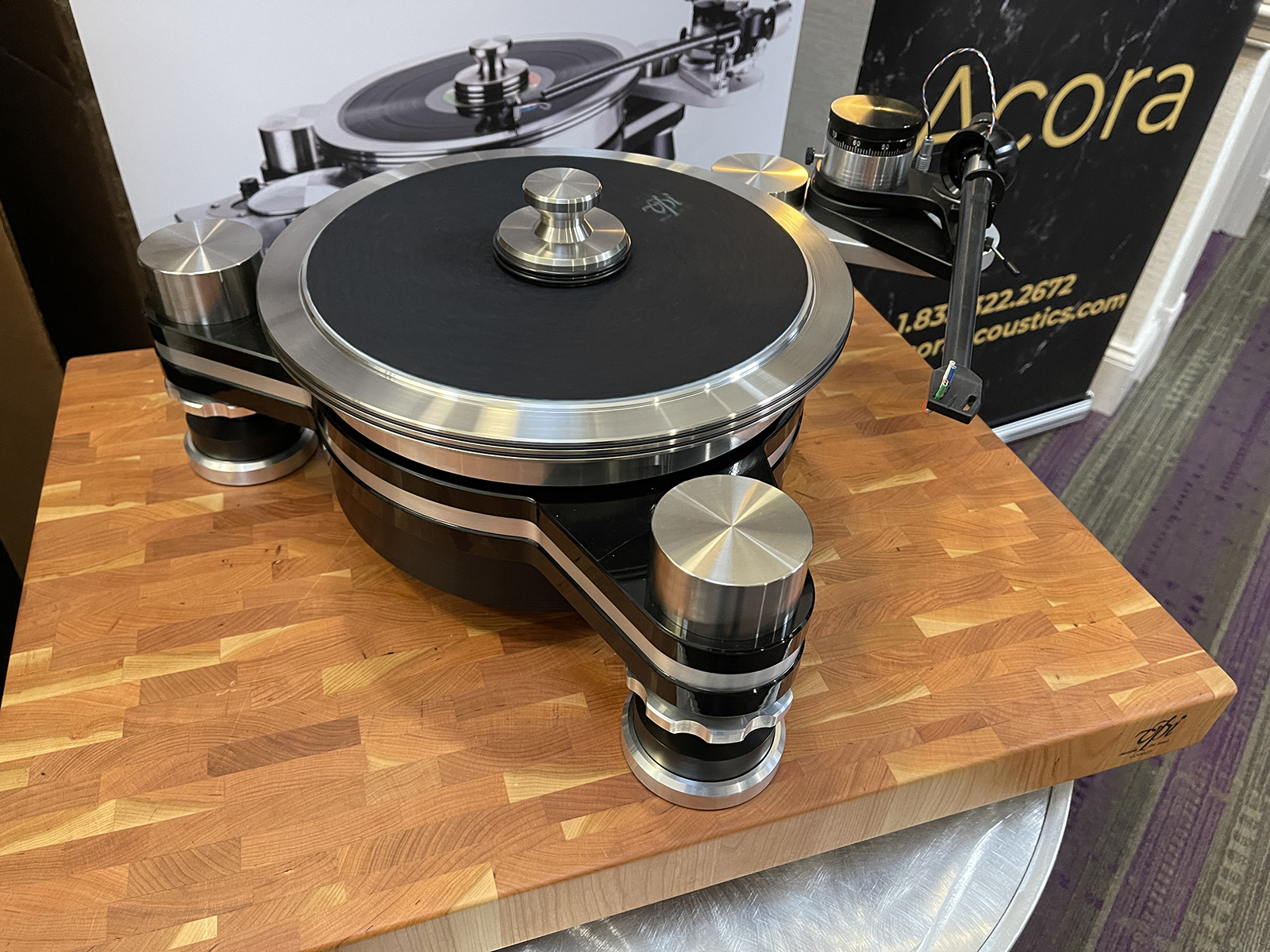
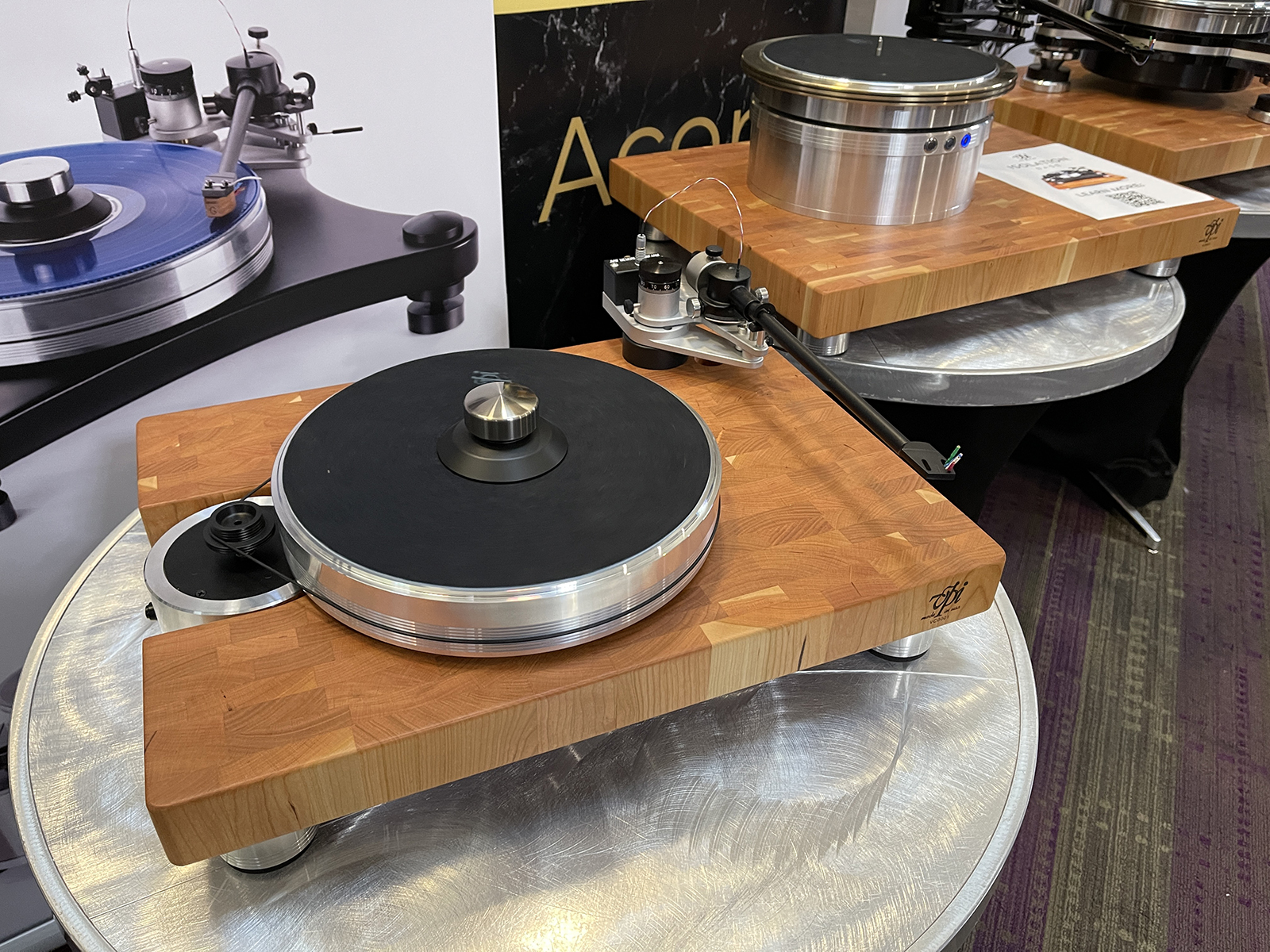 And, among other things, VPI has been working with a local wood artisan to produce these beautiful butcher-block style turntable isolation stands and custom plinths.
And, among other things, VPI has been working with a local wood artisan to produce these beautiful butcher-block style turntable isolation stands and custom plinths.Viablue Cables and Maco Audio
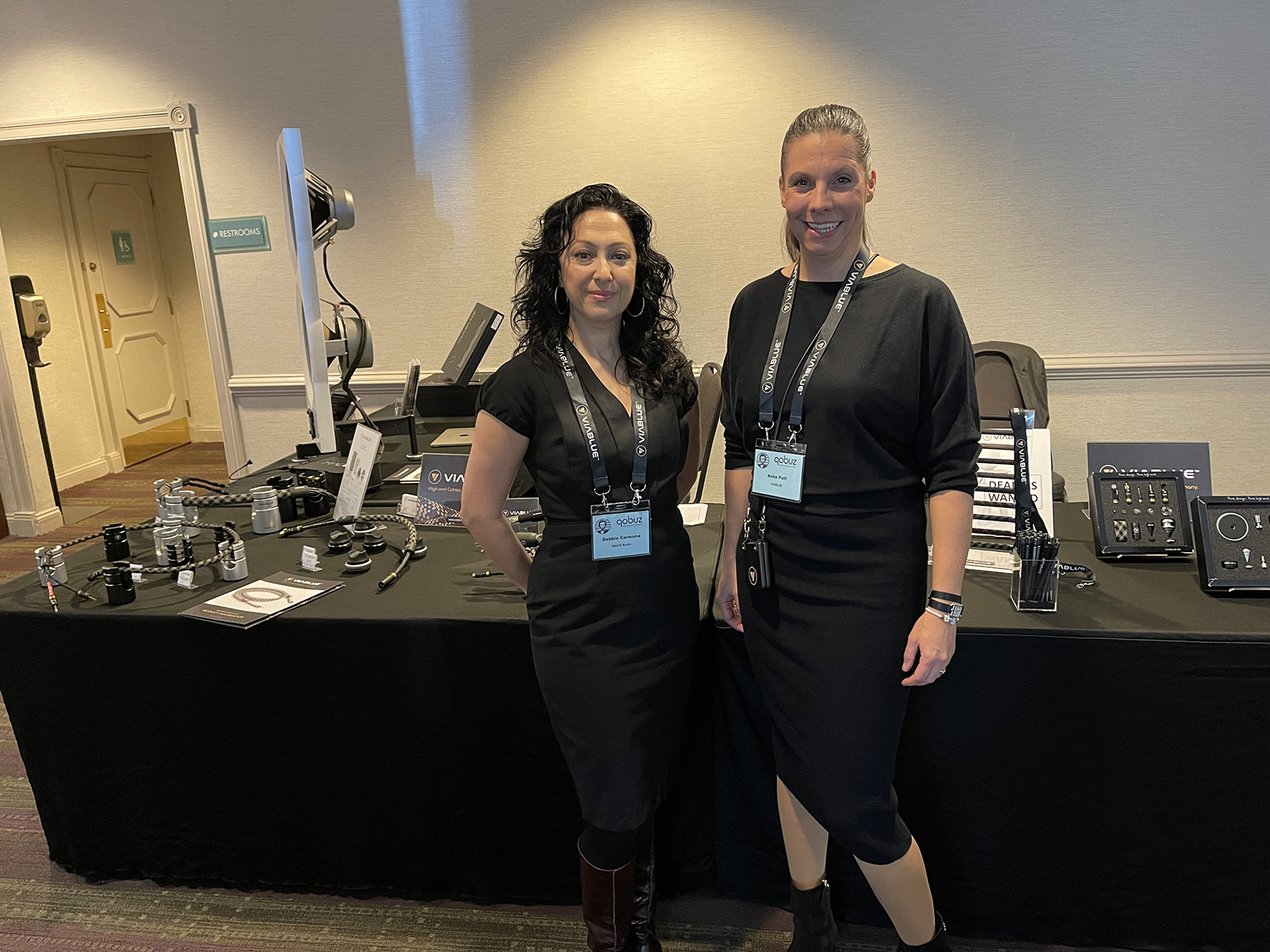 These two companies partnered up for Capital AudioFest and were ably represented by Anke Patt from Viablue and Debbie Carwana from Maco Audio. I first met Anke and Viablue at the last Florida Audio Expo and the company produces a wide array of cabling solutions. Everything is assembled and terminated by hand in Germany.
These two companies partnered up for Capital AudioFest and were ably represented by Anke Patt from Viablue and Debbie Carwana from Maco Audio. I first met Anke and Viablue at the last Florida Audio Expo and the company produces a wide array of cabling solutions. Everything is assembled and terminated by hand in Germany.
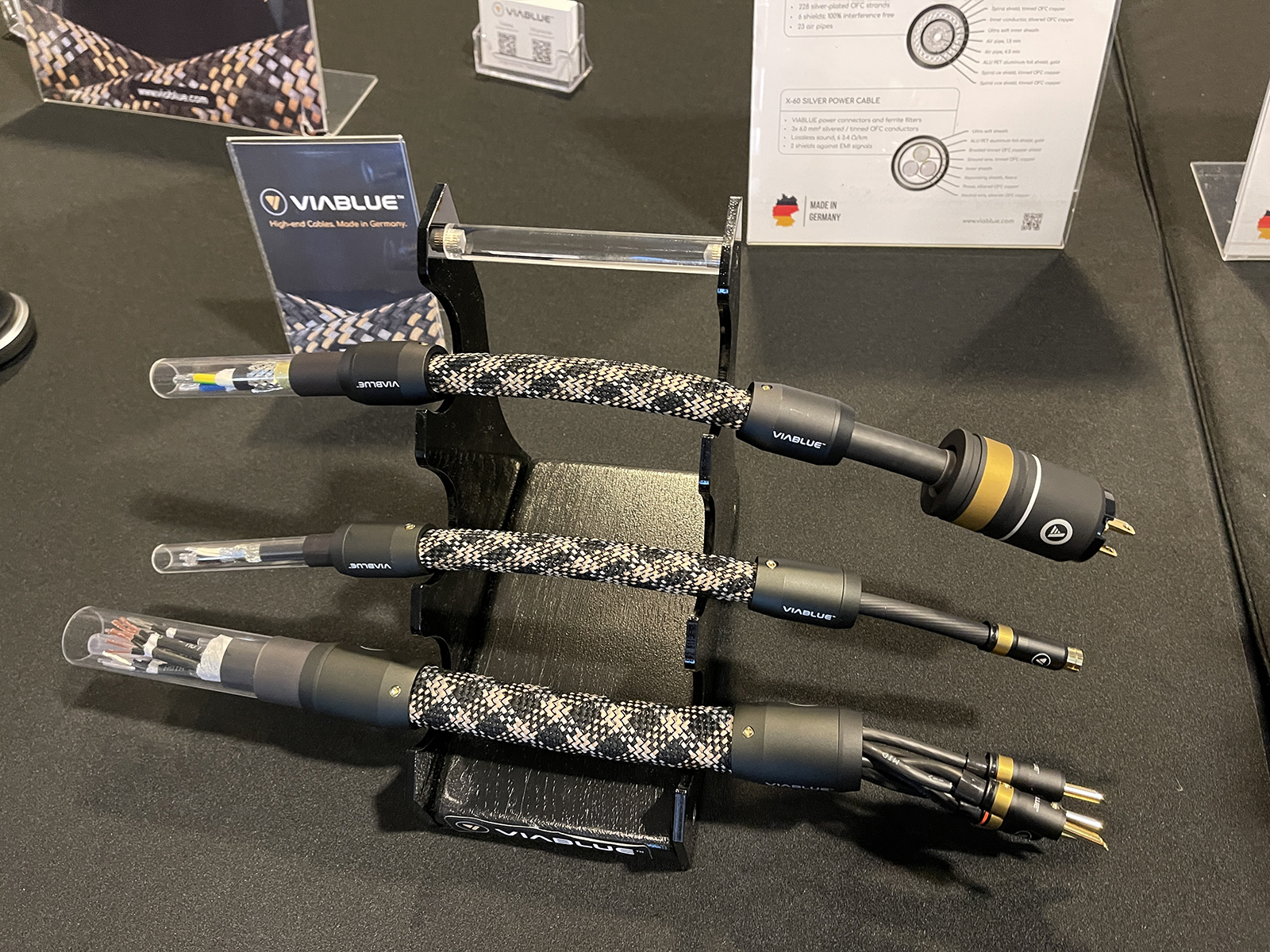 Viablue is also refreshingly transparent with how their products are manufactured, and with what the electrical specifications are. While not inexpensive, they are not the most absurdly priced cables out there and the quality of their design and construction is unquestionably high. Look for a review coming soon.
Viablue is also refreshingly transparent with how their products are manufactured, and with what the electrical specifications are. While not inexpensive, they are not the most absurdly priced cables out there and the quality of their design and construction is unquestionably high. Look for a review coming soon.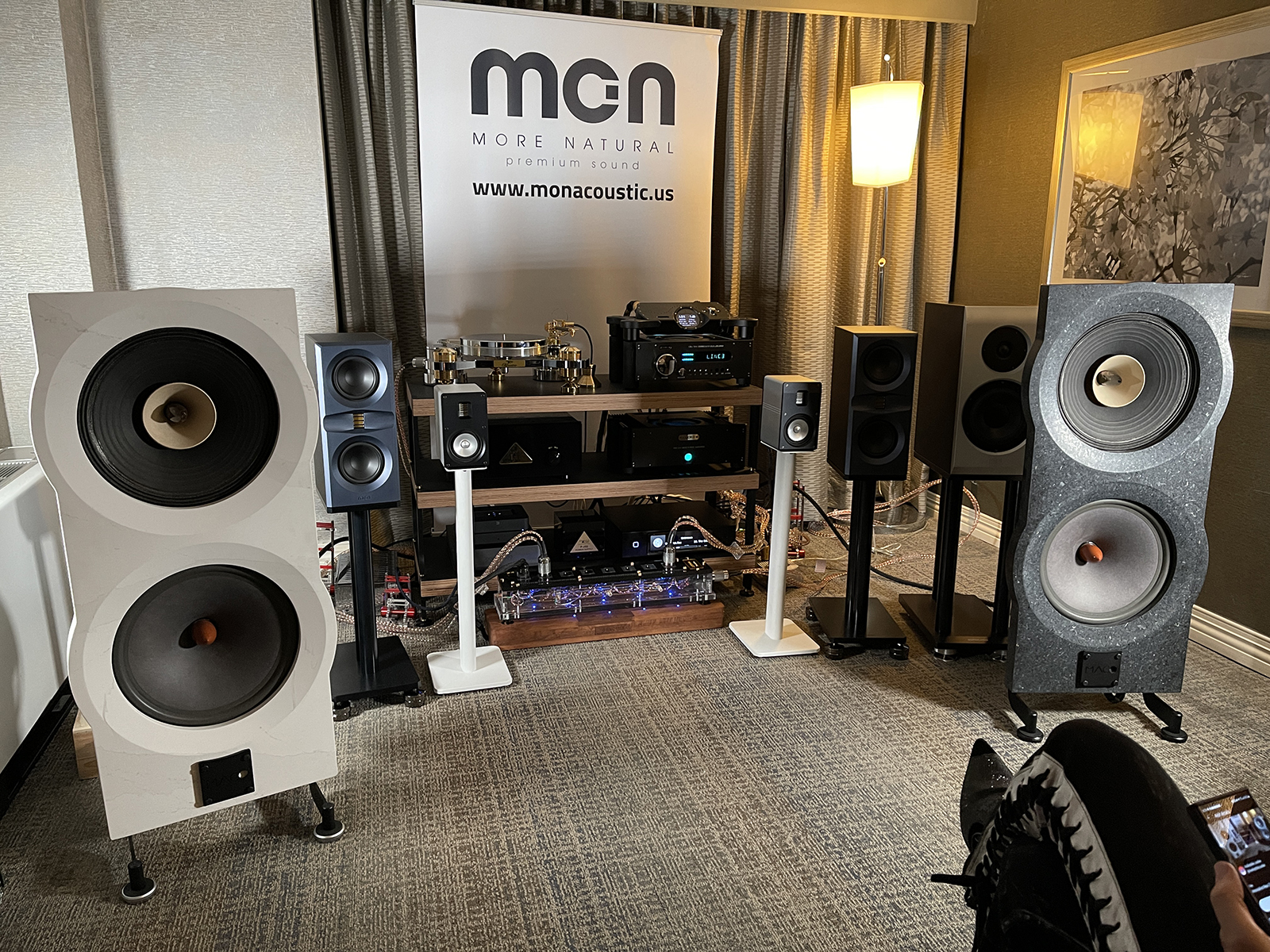 Debbie brought me up to speed on this unique open baffle speaker from MACO Audio called the Macaria. Available in a variety of finishes including stone, granite, and solid walnut, the moderately sized Macaria certainly have the looks to impress. It uses one 15-inch coaxial driver up top with another 15-inch bass driver below. I got a chance for a quick impromptu listen to the speakers at the end of the show day as they were quickly set up in a nearby room. The soundstage they put out was quite large, with plenty of detail and an appealing overall sound signature.
Debbie brought me up to speed on this unique open baffle speaker from MACO Audio called the Macaria. Available in a variety of finishes including stone, granite, and solid walnut, the moderately sized Macaria certainly have the looks to impress. It uses one 15-inch coaxial driver up top with another 15-inch bass driver below. I got a chance for a quick impromptu listen to the speakers at the end of the show day as they were quickly set up in a nearby room. The soundstage they put out was quite large, with plenty of detail and an appealing overall sound signature.Perlisten

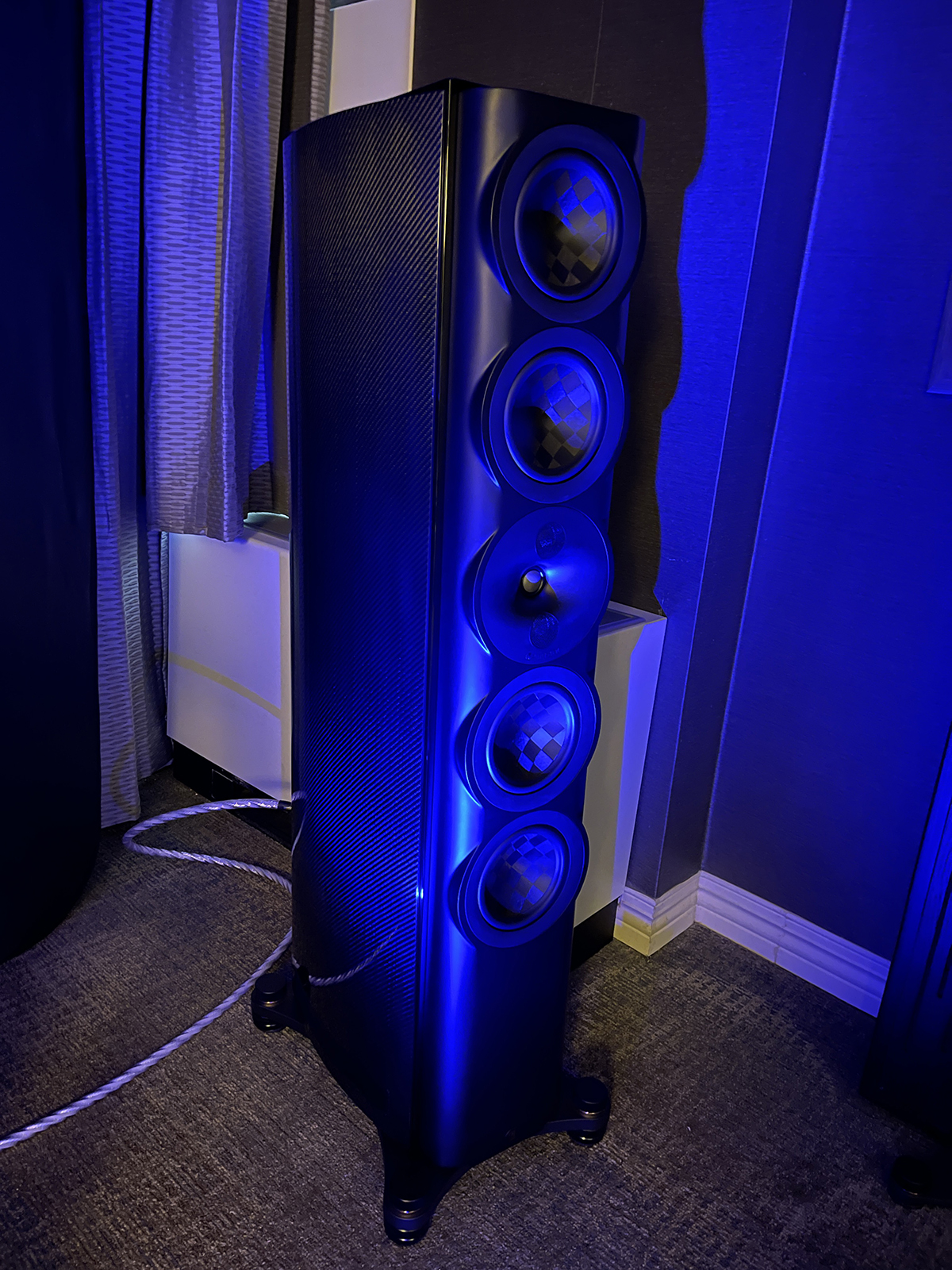
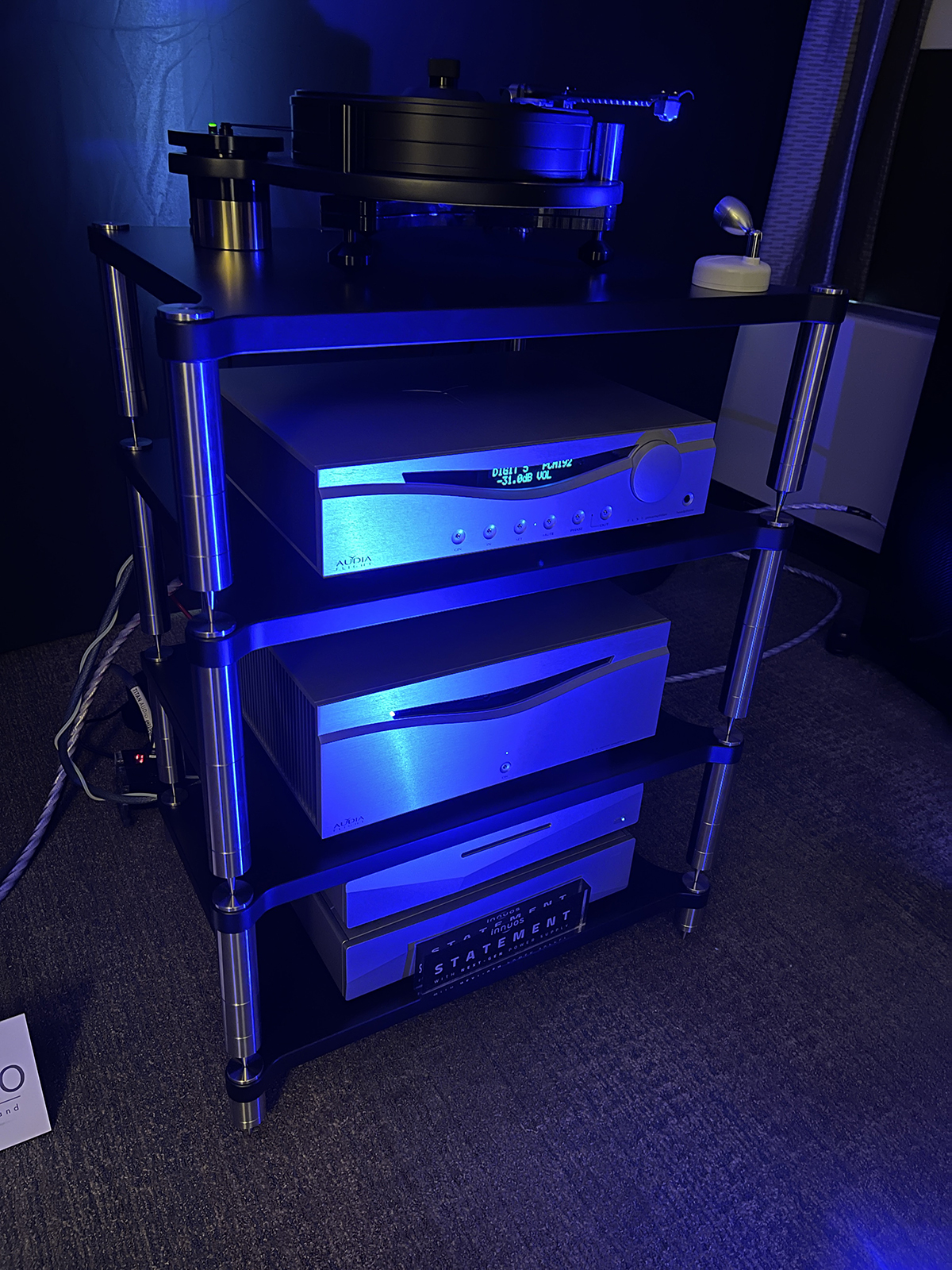
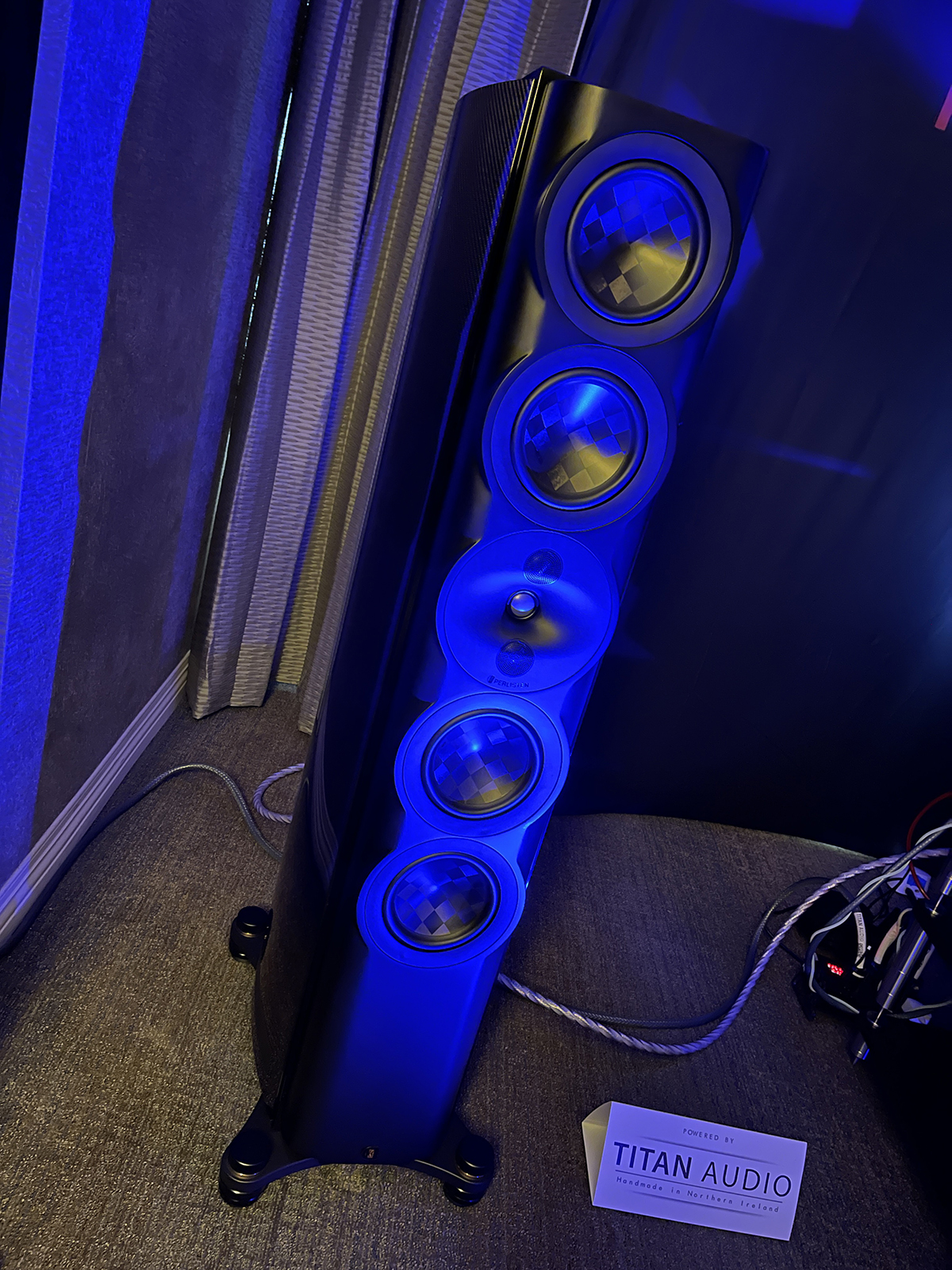 Perlisten was at Capfest with their S7t Limited Edition towers ($30K), controlled and powered by the Audia Flight FLS1 preamplifier ($7,499), and the FLS4 Stereo Amplifier ($10K). The turntable was the Michell Orbe SE with TecnoArm 2 ($11K) with optional Levis feet ($750). Cables were courtesy of QED Cables and power conditioning was from Titan Audio. The rack, from NEO High End. I’ve had a chance to hear the S7t Limited Editions at Audio Advice Live, CEDIA, Warsaw, and now Capfest. I know I’m going to sound like a broken record saying that these speakers sound fantastic but…they sound fantastic. They are a genuine benchmark.
Perlisten was at Capfest with their S7t Limited Edition towers ($30K), controlled and powered by the Audia Flight FLS1 preamplifier ($7,499), and the FLS4 Stereo Amplifier ($10K). The turntable was the Michell Orbe SE with TecnoArm 2 ($11K) with optional Levis feet ($750). Cables were courtesy of QED Cables and power conditioning was from Titan Audio. The rack, from NEO High End. I’ve had a chance to hear the S7t Limited Editions at Audio Advice Live, CEDIA, Warsaw, and now Capfest. I know I’m going to sound like a broken record saying that these speakers sound fantastic but…they sound fantastic. They are a genuine benchmark.
Nuff said.
Western Electric
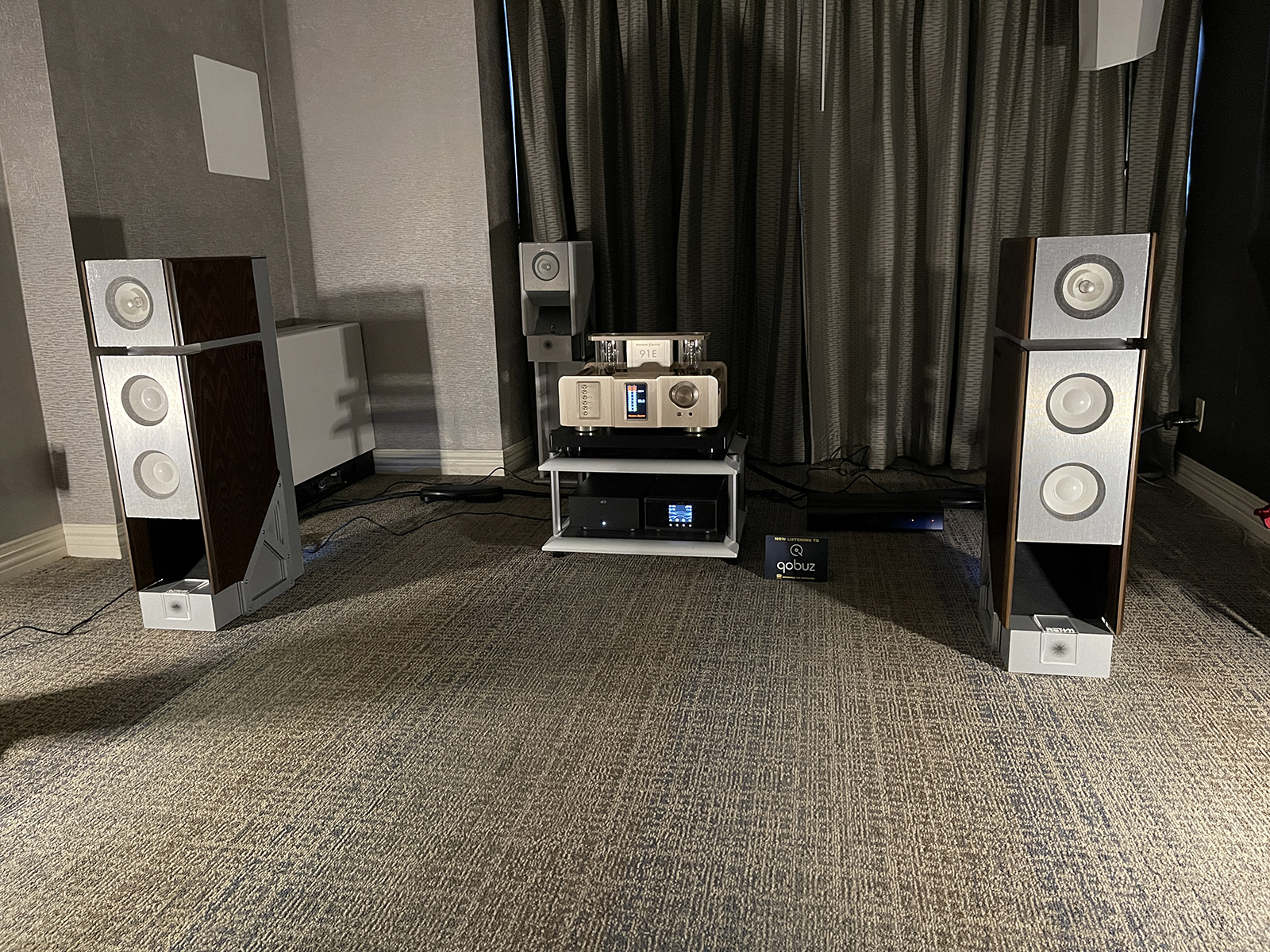
 Another interesting room at CAF had the pairing of Western Electric’s retro-futurist 91E Integrated amp ($15K) and the semi-active Rethm Trishna loudspeakers. The 91E is a made in America integrated amp using equally made in America 300B tubes. It puts out 20 watts of Class-A power per channel into both 8 and 4 ohms and has swappable output transformers to better match the 91B to your speaker’s impedance. It is certainly a “looker”. Trent Scuggs (formerly of Audio Research) walked me through the features of the 91E along with future Western Electric plans to bring high quality vacuum tube production back to the USA.
Another interesting room at CAF had the pairing of Western Electric’s retro-futurist 91E Integrated amp ($15K) and the semi-active Rethm Trishna loudspeakers. The 91E is a made in America integrated amp using equally made in America 300B tubes. It puts out 20 watts of Class-A power per channel into both 8 and 4 ohms and has swappable output transformers to better match the 91B to your speaker’s impedance. It is certainly a “looker”. Trent Scuggs (formerly of Audio Research) walked me through the features of the 91E along with future Western Electric plans to bring high quality vacuum tube production back to the USA.
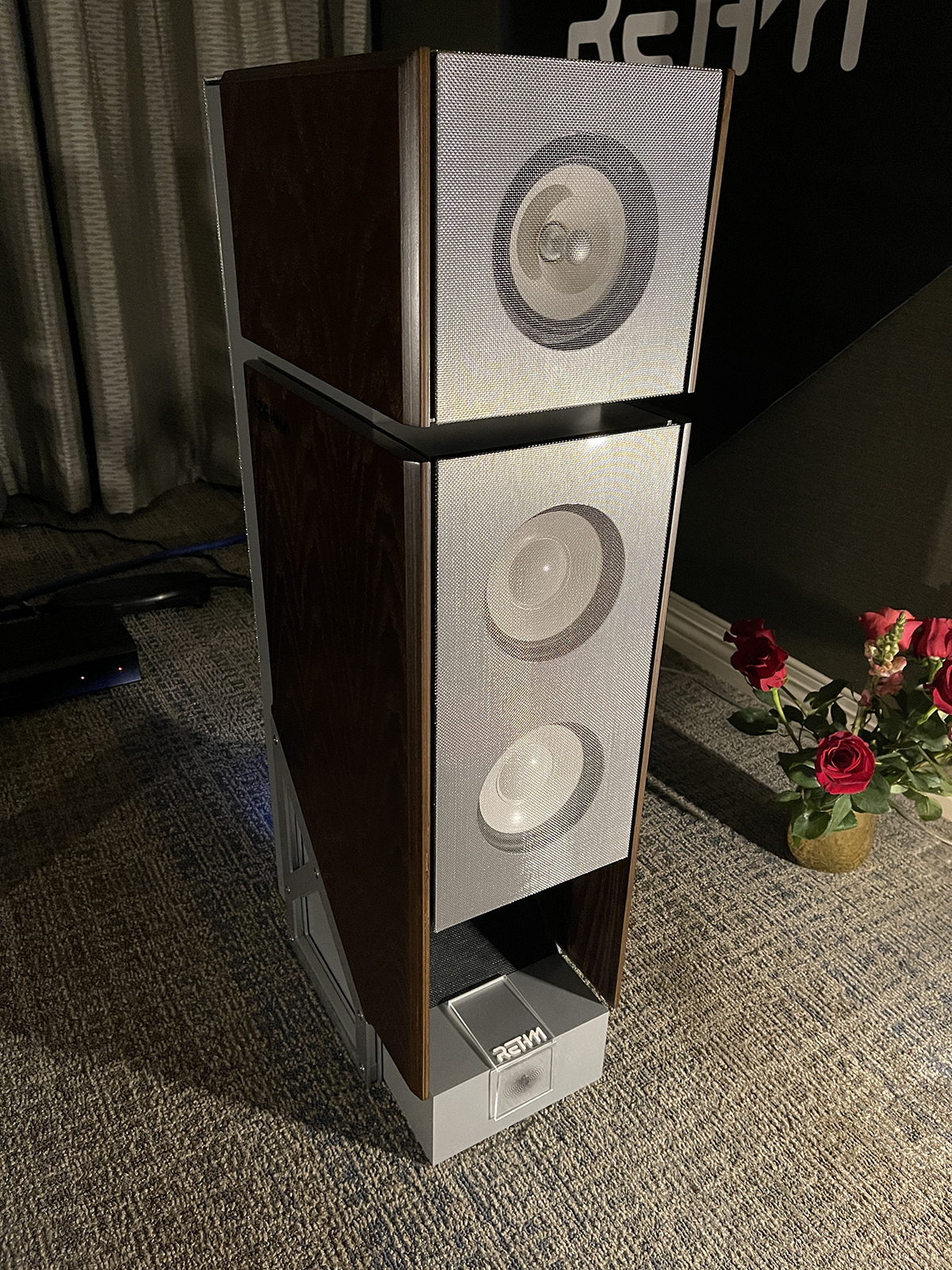 The modestly-sized Trishna speakers featured a 5-inch full-range driver up top with four 6-inch bass drivers in an isobaric configuration, underneath. The bass section is driven by an on-board 180-watt Hypex Class-D amplifier, leaving the 91B (in this case) to only see the load of the full-range driver. The Trishna are rated with a sensitivity of 96dB which is perfectly suited for a tube power amp.
The modestly-sized Trishna speakers featured a 5-inch full-range driver up top with four 6-inch bass drivers in an isobaric configuration, underneath. The bass section is driven by an on-board 180-watt Hypex Class-D amplifier, leaving the 91B (in this case) to only see the load of the full-range driver. The Trishna are rated with a sensitivity of 96dB which is perfectly suited for a tube power amp.
The sound was imminently enjoyable, being smooth yet detailed with a solid bass response.
Vandersteen/Rega
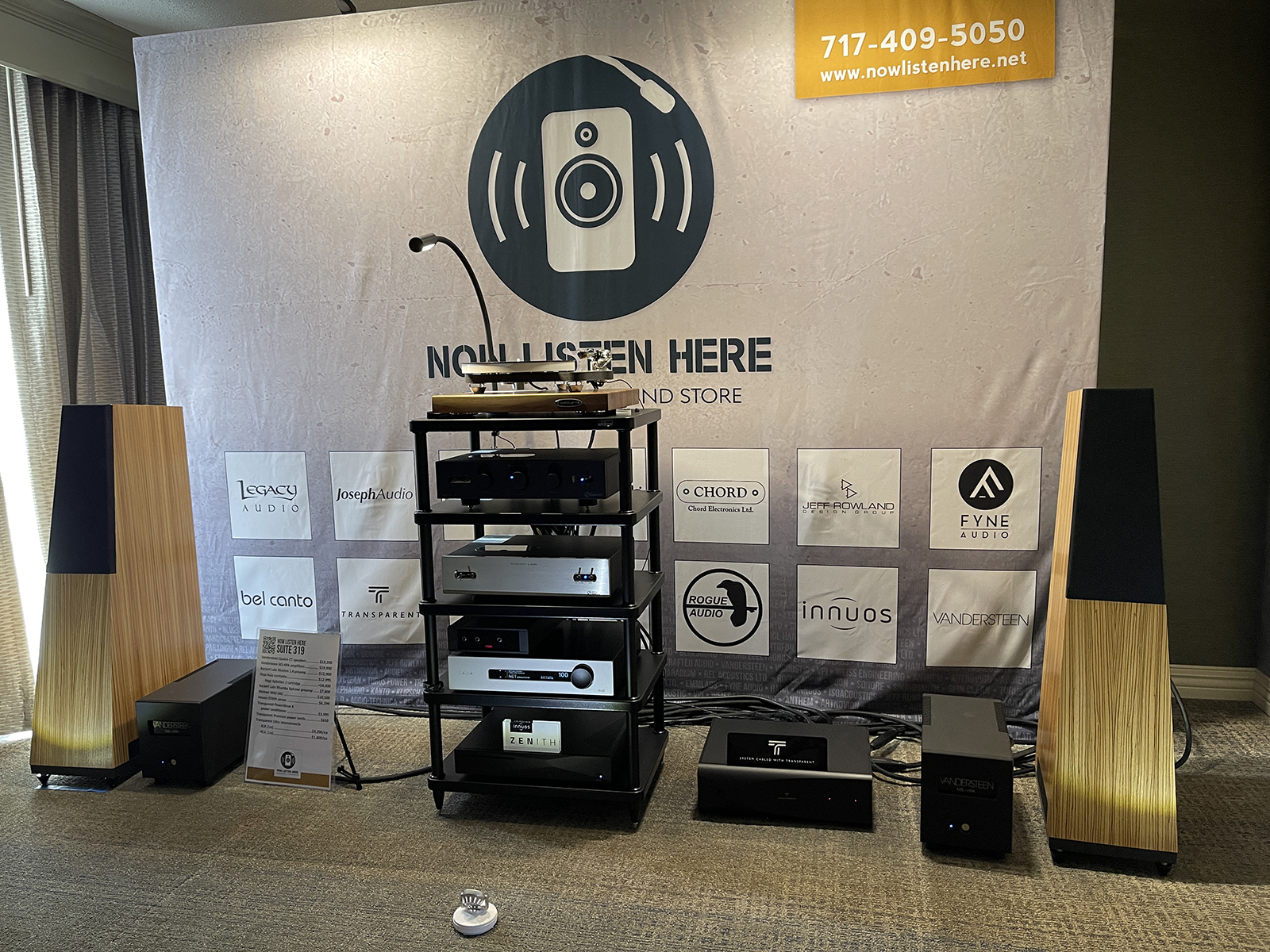 In the room sponsored by Now Listen Here, the Vandersteen Quatro CT loudspeakers ($19,200/pair) were sounding quite nice. Especially backed by the associated electronics from Backert Labs, Meitner, and Innuos.
In the room sponsored by Now Listen Here, the Vandersteen Quatro CT loudspeakers ($19,200/pair) were sounding quite nice. Especially backed by the associated electronics from Backert Labs, Meitner, and Innuos.
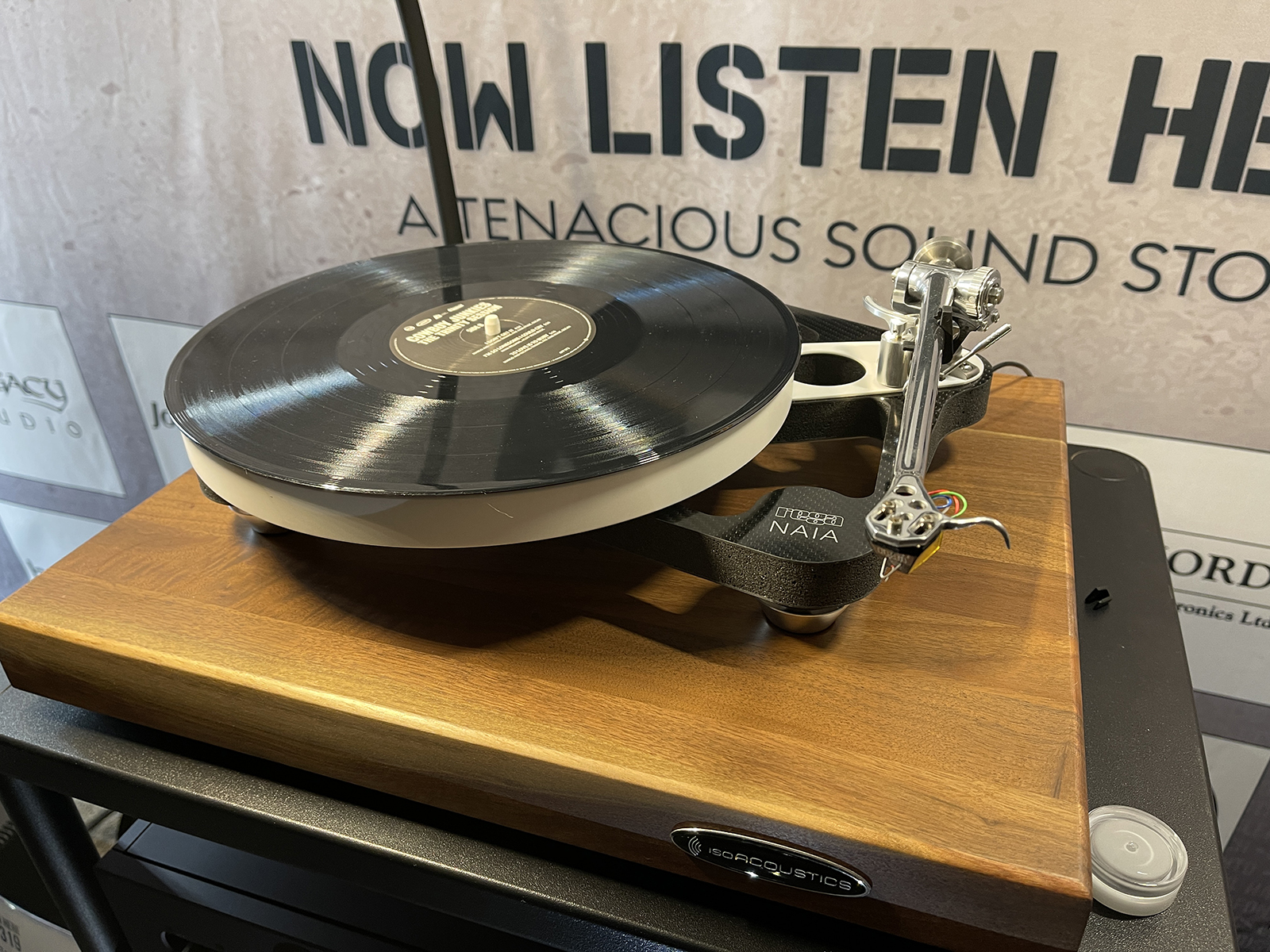
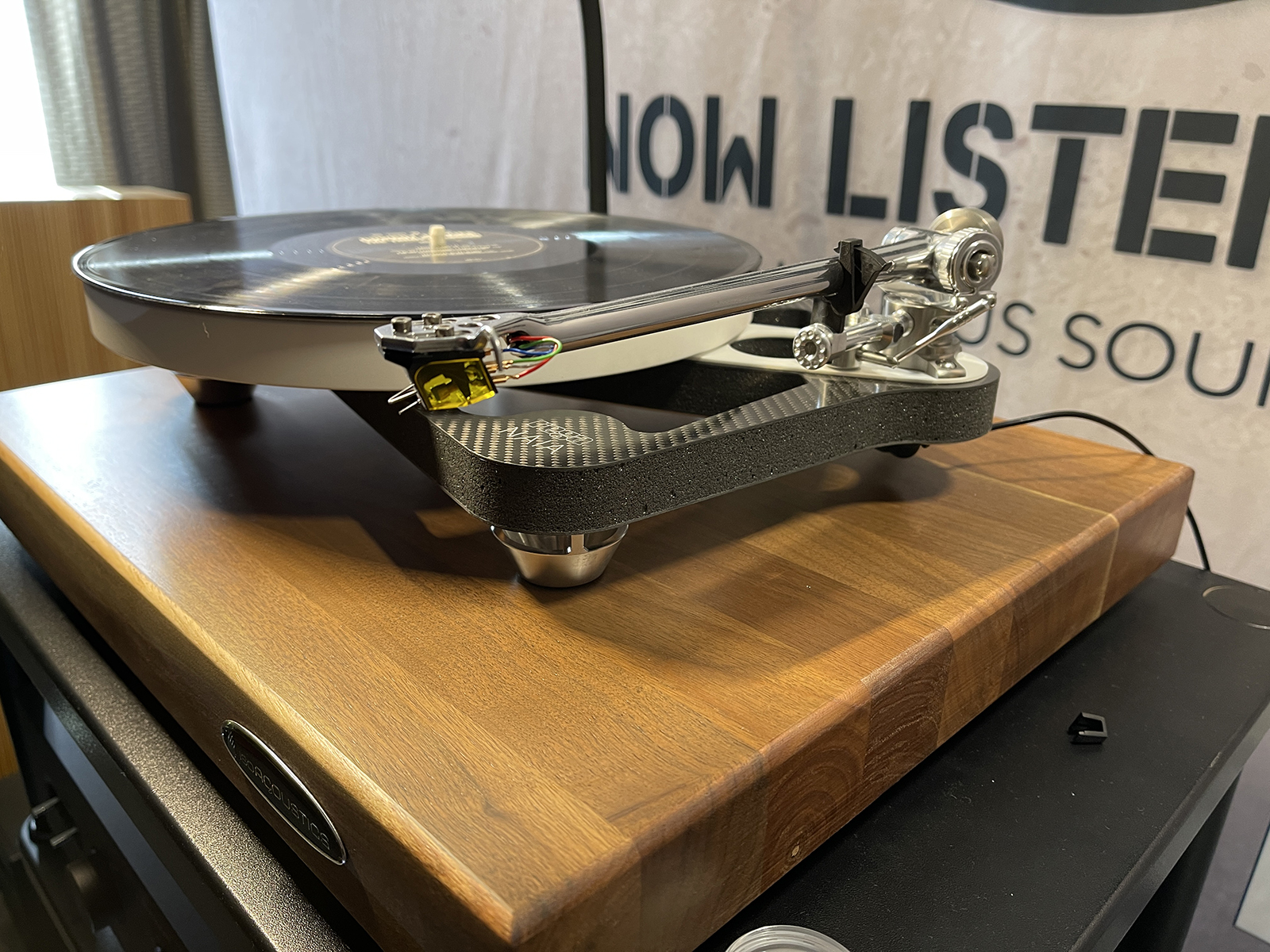
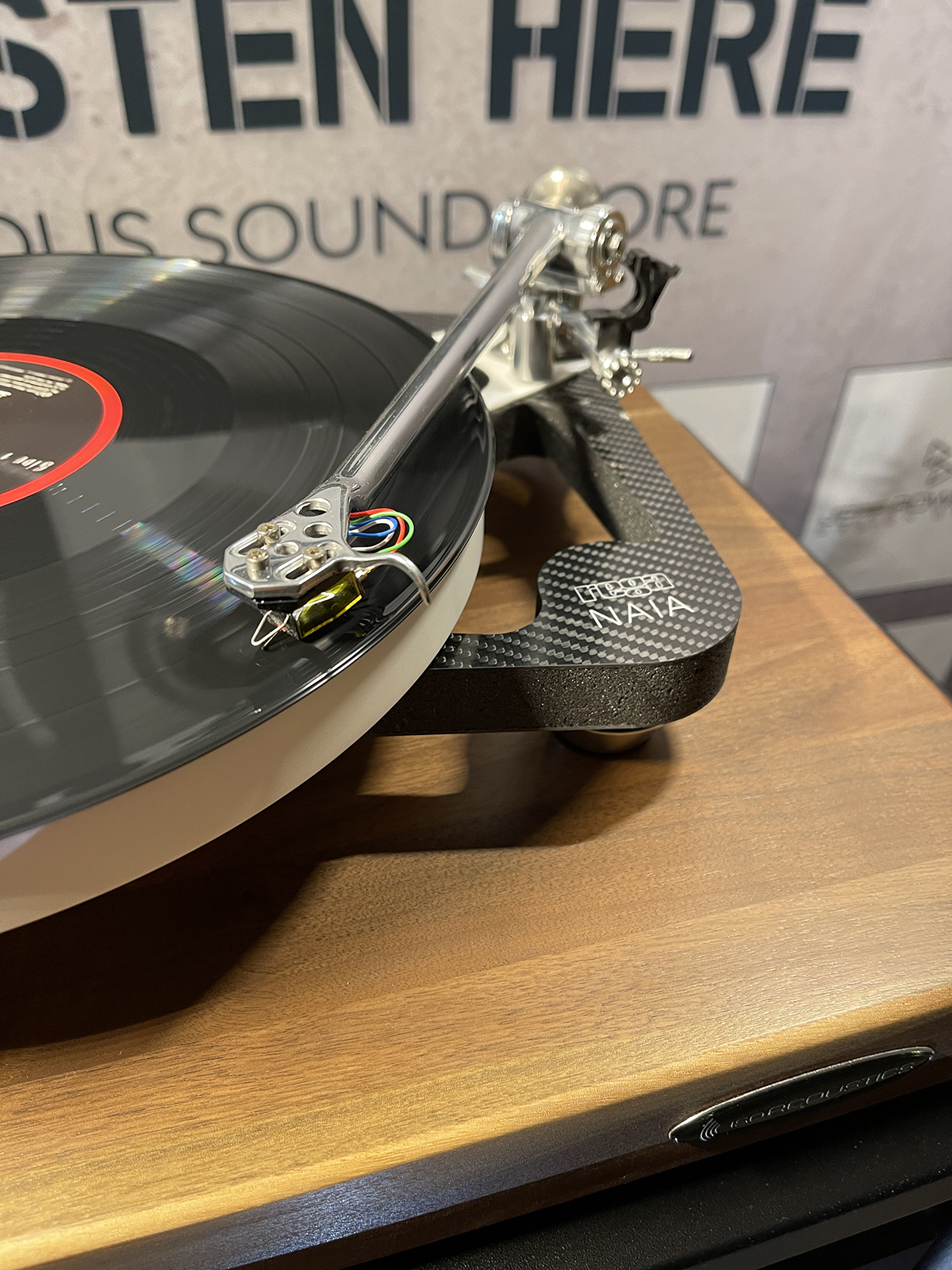 But I’ll be doggone if I could not take my eyes of that gorgeous new Rega Naia turntable ($13K) with Rega Aphelion 2 cartridge ($4K). It was achingly beautiful.
But I’ll be doggone if I could not take my eyes of that gorgeous new Rega Naia turntable ($13K) with Rega Aphelion 2 cartridge ($4K). It was achingly beautiful.
Philharmonic Audio
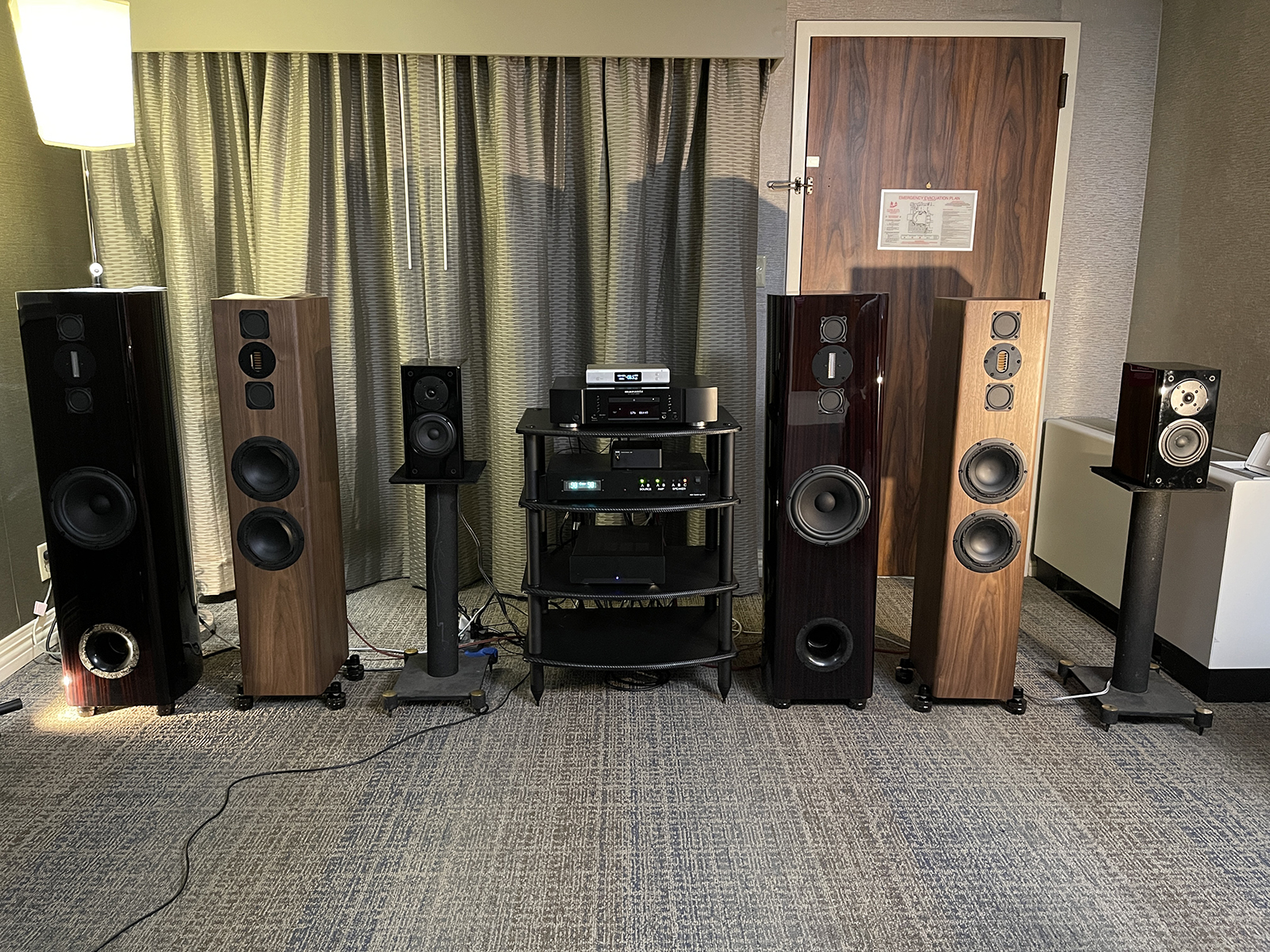 Speaker design guru Dennis Murphy was holding court with three of his speaker designs for his own Philharmonic Audio brand. A full-size tower (the BMR at $4,200/pair), a mid-sized tower (the BMR HT at $4,300/pair), and a diminutive bookshelf speaker (the True Mini at $380.00/pair).
Speaker design guru Dennis Murphy was holding court with three of his speaker designs for his own Philharmonic Audio brand. A full-size tower (the BMR at $4,200/pair), a mid-sized tower (the BMR HT at $4,300/pair), and a diminutive bookshelf speaker (the True Mini at $380.00/pair).
 Each design was suitably compelling in its own right but the little True Mini bookshelf simply knocked my socks off with its engaging sound and beyond stupid bass output for its size! There is no reason why Dennis shouldn’t sell a boatload of these, they are that good for the price.
Each design was suitably compelling in its own right but the little True Mini bookshelf simply knocked my socks off with its engaging sound and beyond stupid bass output for its size! There is no reason why Dennis shouldn’t sell a boatload of these, they are that good for the price.
High End by Oz
In the Lincoln ballroom, High End by Oz had set up a statement level system from Viva Audio. The system breakdown was as follows:
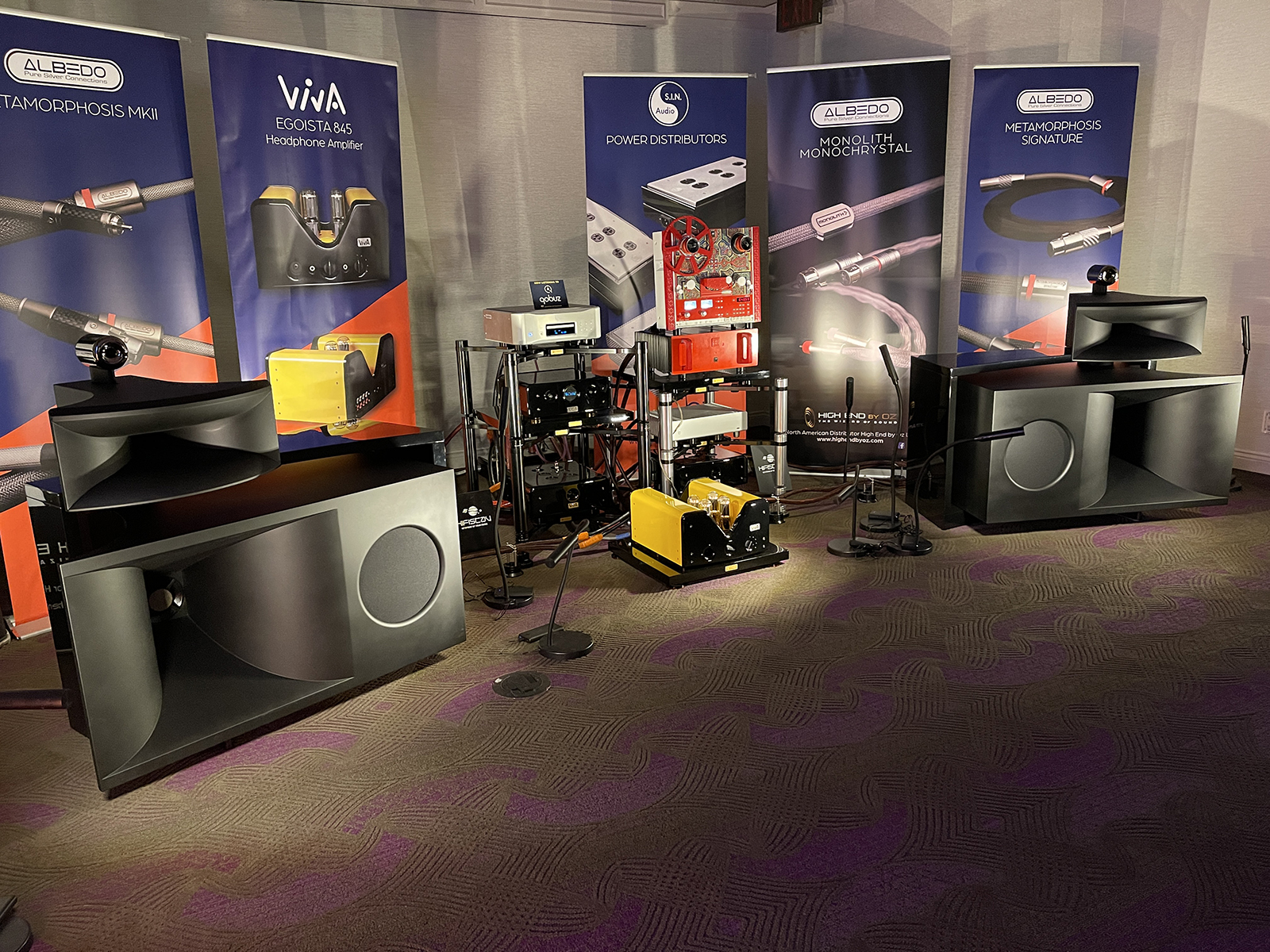 Viva Nuda Horn Speaker System (includes low frequency amplification) $165,000.
Viva Nuda Horn Speaker System (includes low frequency amplification) $165,000.
Viva Solista MkIll Pure Class A 845 Tube
Integrated Amplifier $24,500.
Viva Numerico 32bit/384khz DSD512 Native Tube DAC $21,500.
Albedo Silver Cables (starting price from $400-$23,000).
United Home Audio Ultima 5 w/ops R2R Tape Deck $45,000.
Server by Wolf Audio Systems.
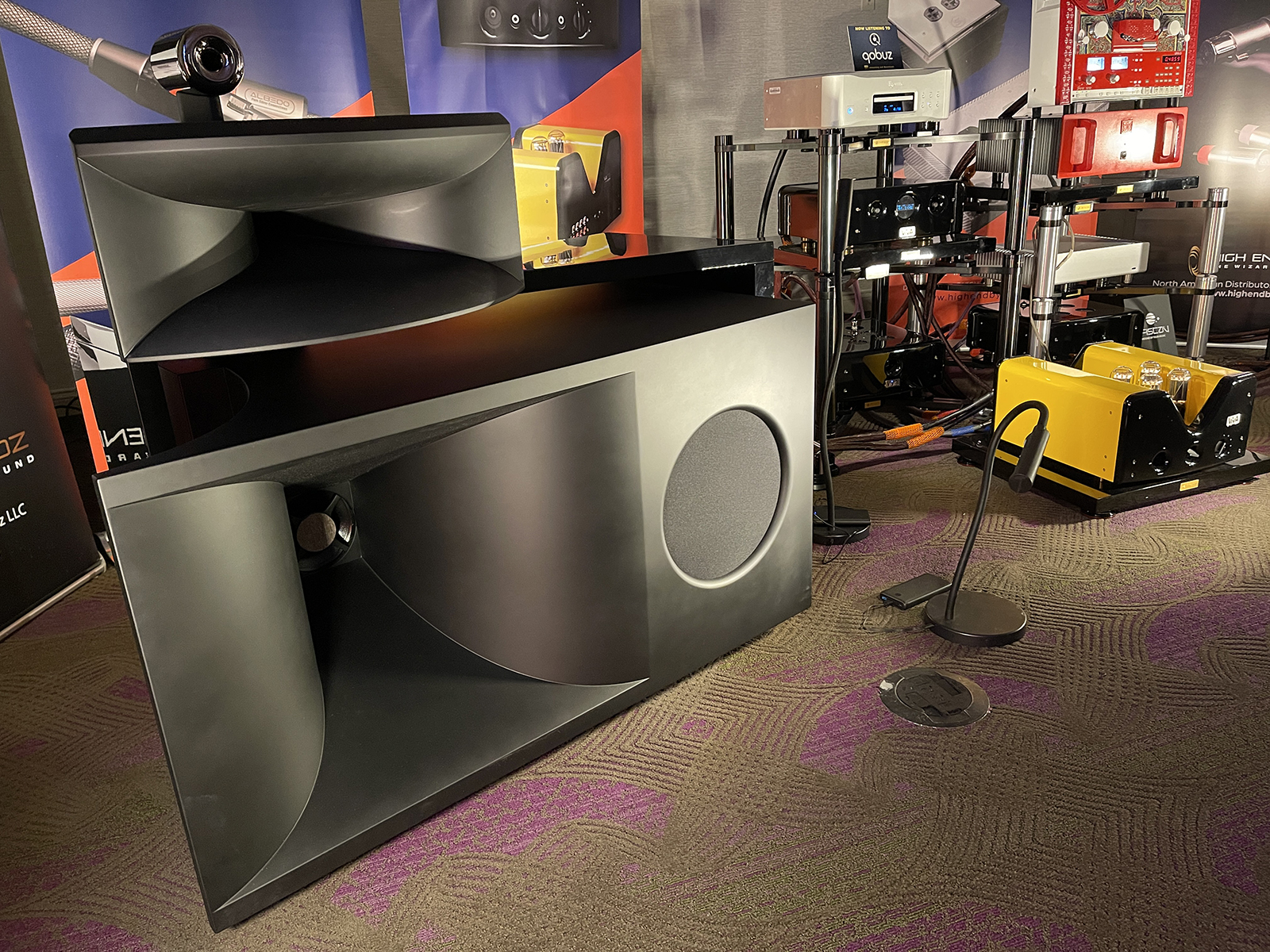
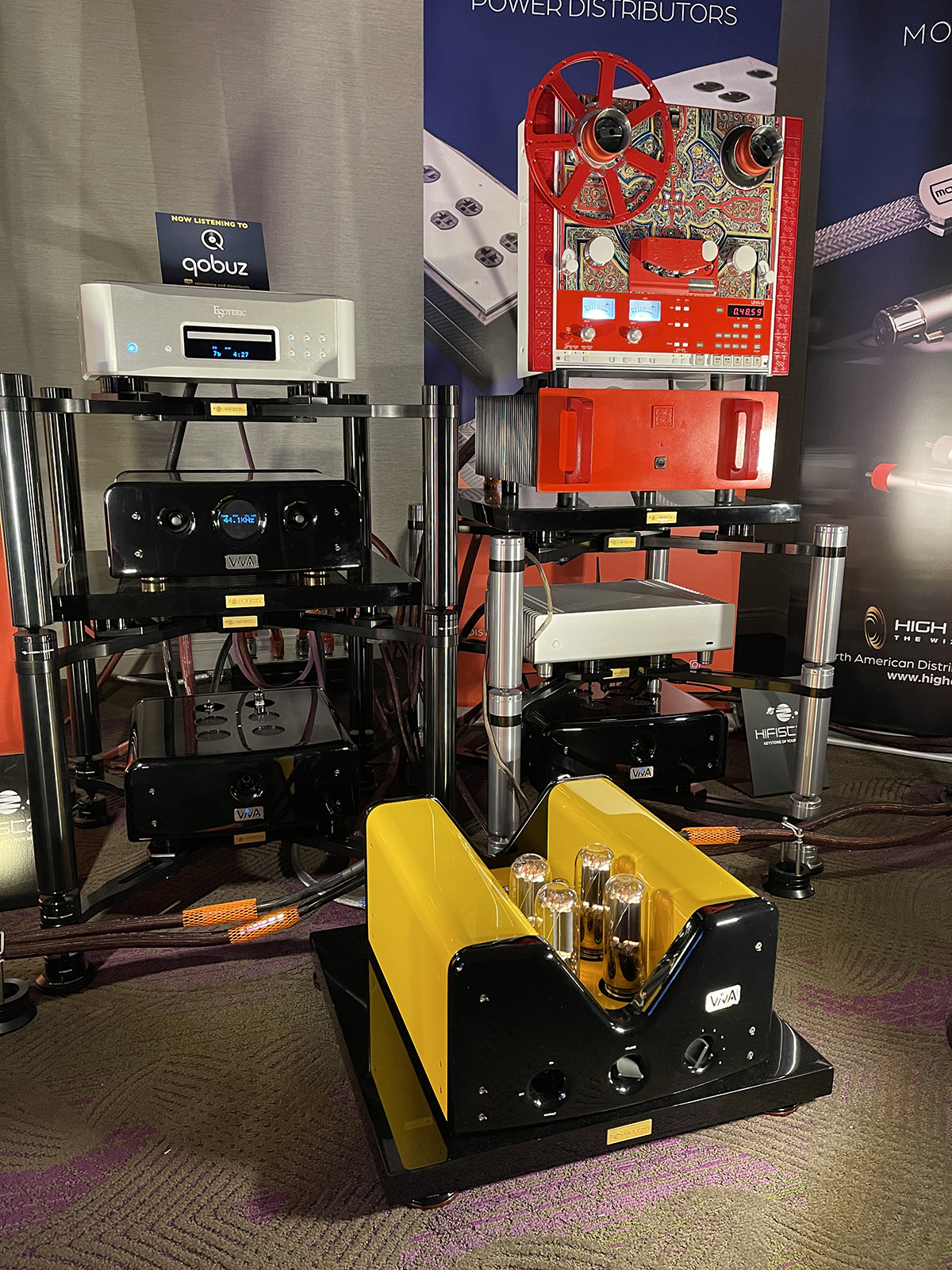
 This room had dynamics out the wazoo and could play very loud and very clean, but I could still make out the quietest of classical music passages with ease. Power and finesse in equal measure. Plus, it’s also always a treat to catch up with Ozan and Dave.
This room had dynamics out the wazoo and could play very loud and very clean, but I could still make out the quietest of classical music passages with ease. Power and finesse in equal measure. Plus, it’s also always a treat to catch up with Ozan and Dave.
Gobel/Wadax/Riviera

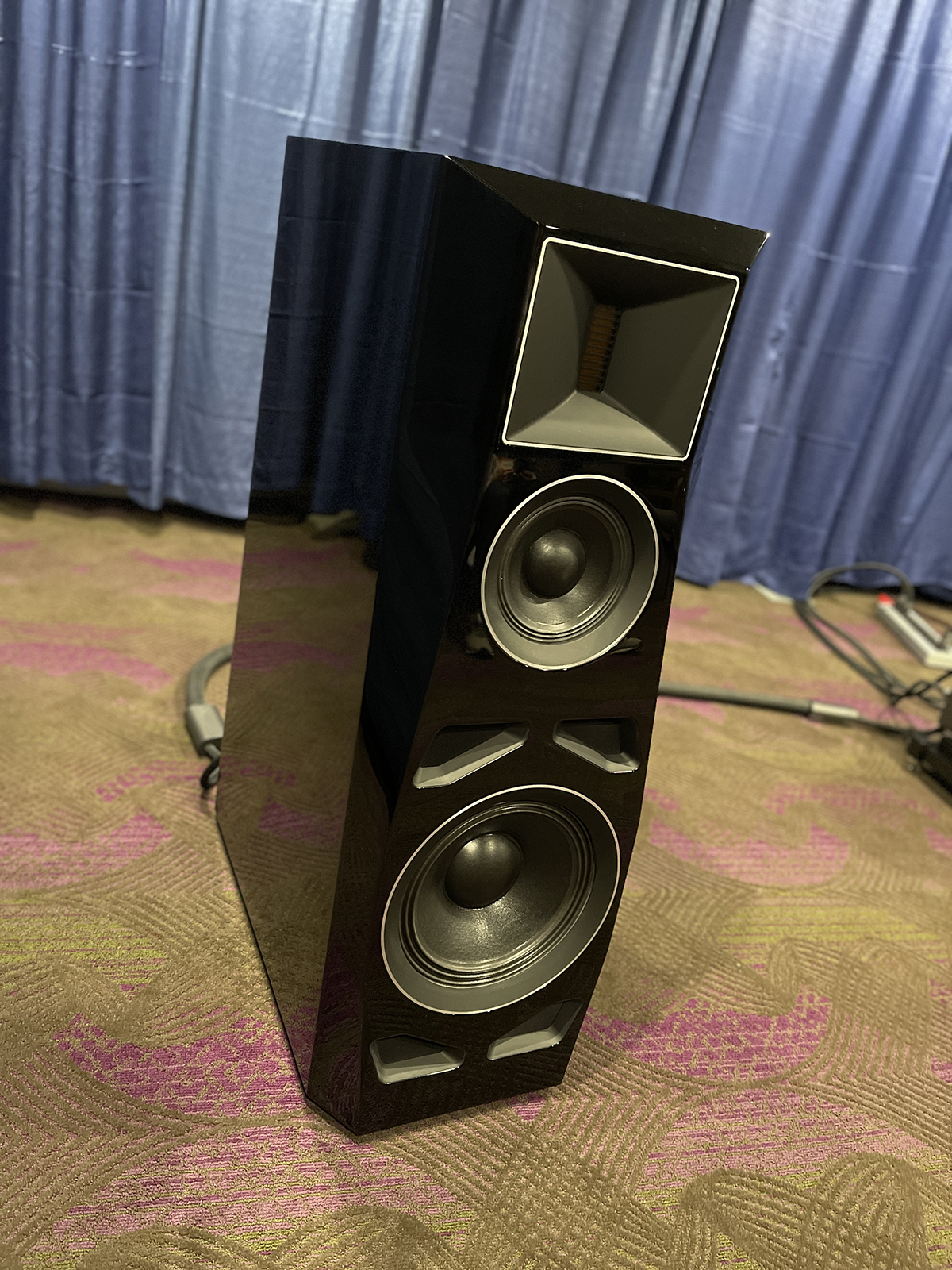
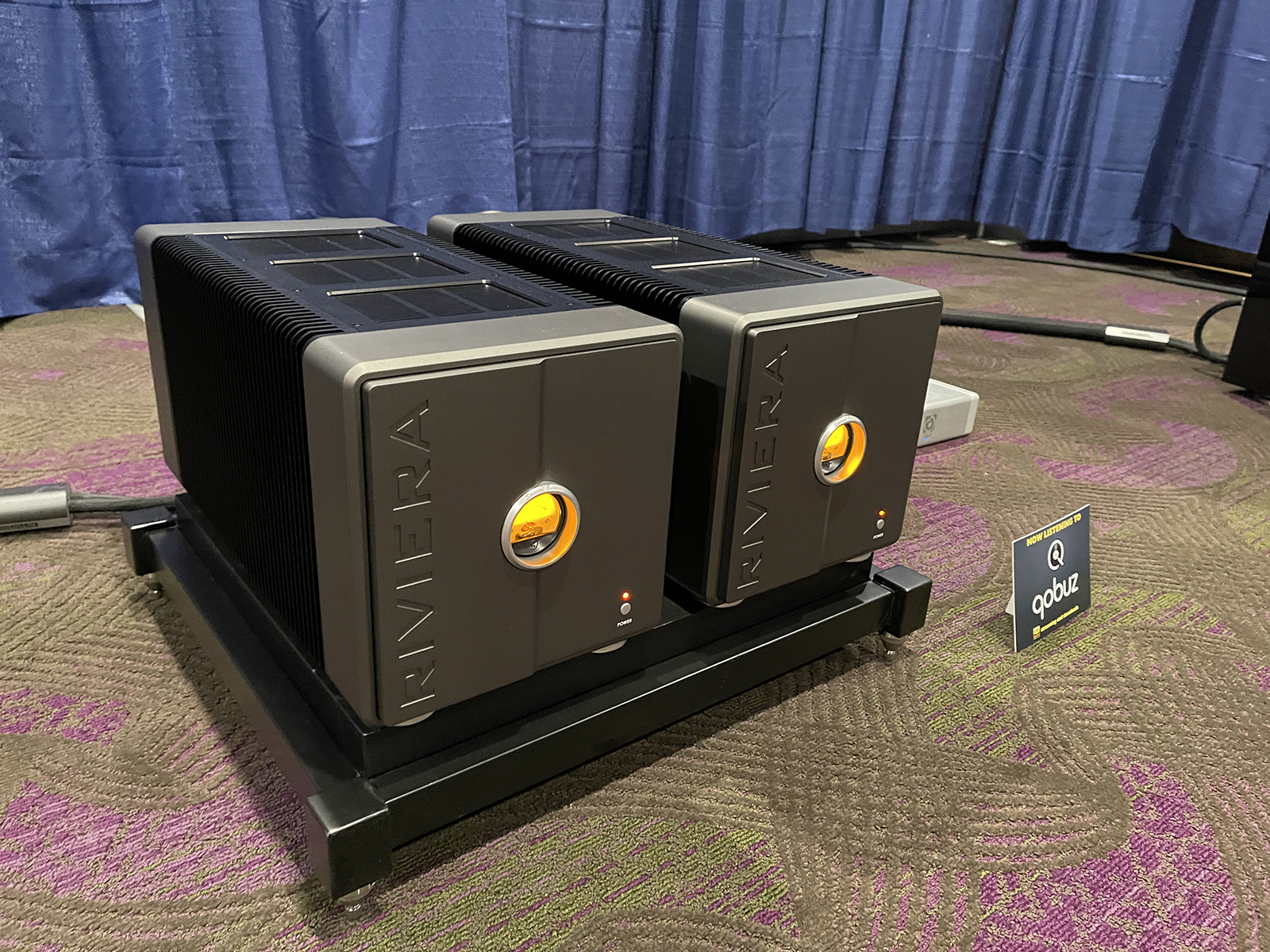
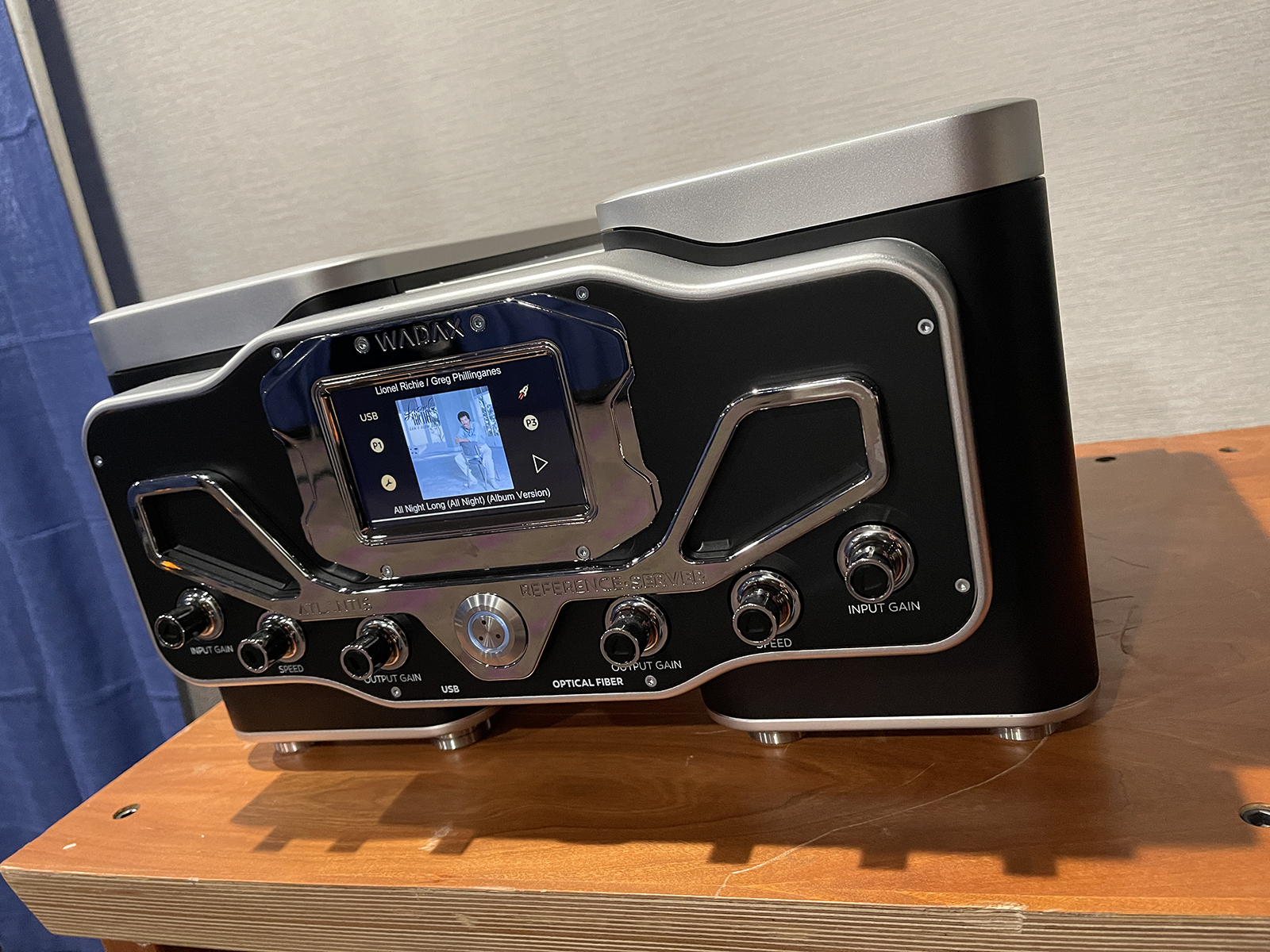
 Distributor Bending Wave USA put together a strikingly similar system as what I saw at the Warsaw show. Namely with the Gobel Divin Marquis loudspeakers, a complete Wadax digital front end with control and amplification by Riviera. And as in Poland, this system completely cooked, sounding effortless from top to bottom. It sounded absurdly capable.
Distributor Bending Wave USA put together a strikingly similar system as what I saw at the Warsaw show. Namely with the Gobel Divin Marquis loudspeakers, a complete Wadax digital front end with control and amplification by Riviera. And as in Poland, this system completely cooked, sounding effortless from top to bottom. It sounded absurdly capable.
Joseph Audio/EMM Labs/Pure Fidelity/DS Audio
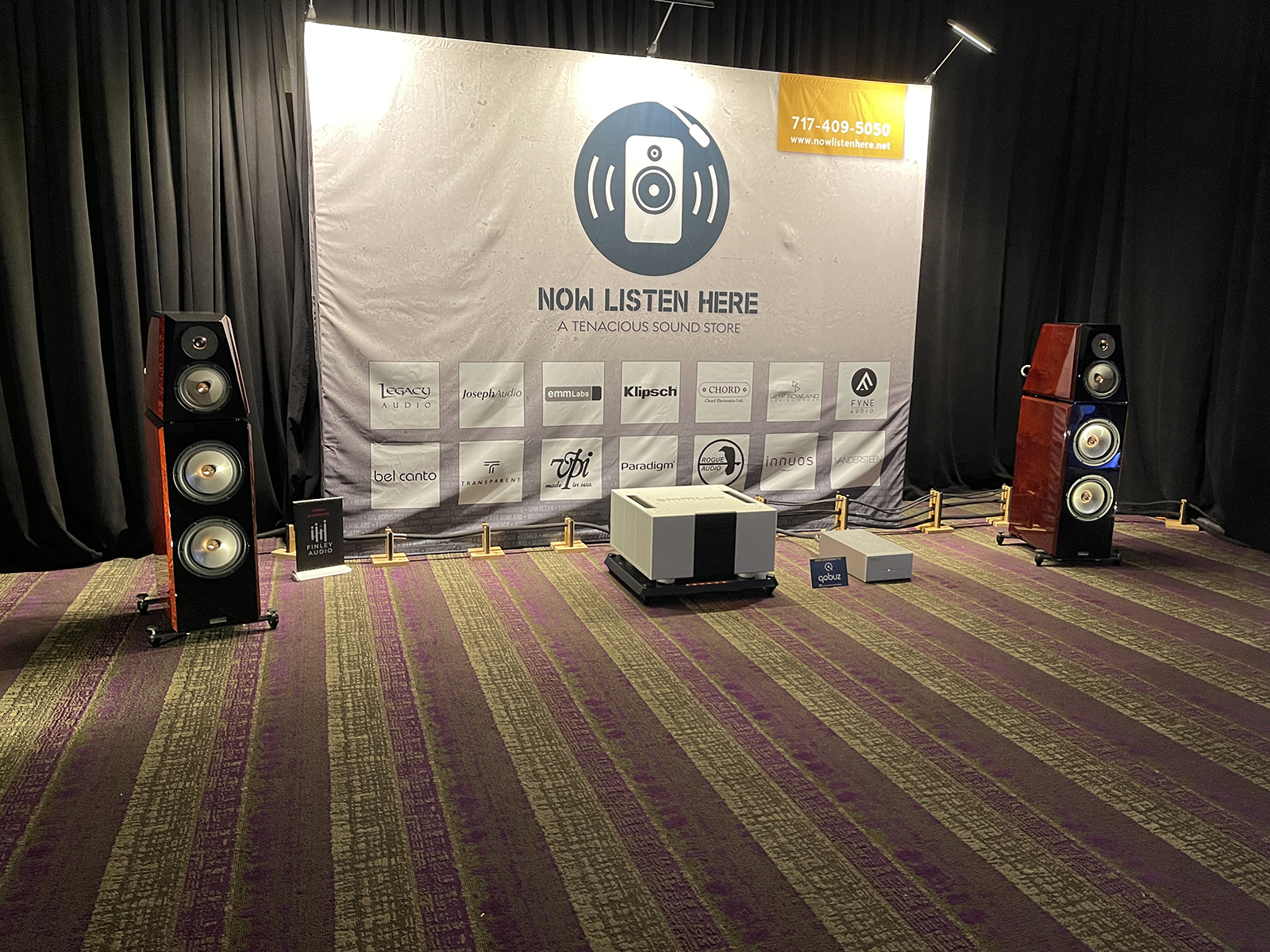
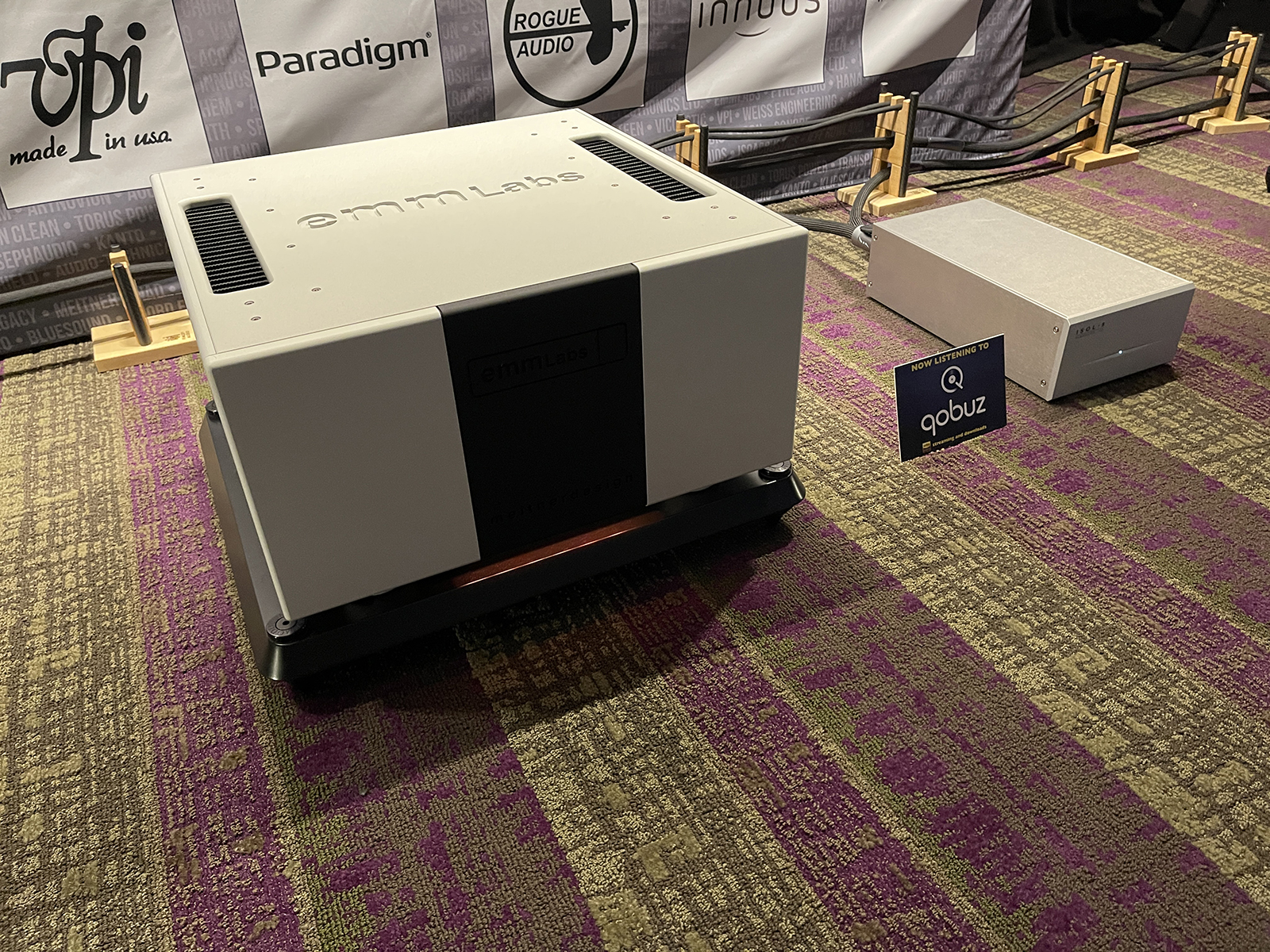

 Now Listen Here also had a big ballroom completely rocking with the Joseph Audio Pearl Graphene loudspeakers ($44K), a full suite of EMM Labs electronics for control, power, DAC, and phono duties ($132K in all), and a Pure Fidelity Horizon turntable ($10K) with an Origin Live Illustrious SE tonearm ($1,300) and a DS Audio W3 cartridge ($5,000). Innuos took care of the streaming and server duties with their Pulsar ($8K) and Zen ($3,700) units respectively. Again, huge detailed sound that filled the room with bass that was positively killer!
Now Listen Here also had a big ballroom completely rocking with the Joseph Audio Pearl Graphene loudspeakers ($44K), a full suite of EMM Labs electronics for control, power, DAC, and phono duties ($132K in all), and a Pure Fidelity Horizon turntable ($10K) with an Origin Live Illustrious SE tonearm ($1,300) and a DS Audio W3 cartridge ($5,000). Innuos took care of the streaming and server duties with their Pulsar ($8K) and Zen ($3,700) units respectively. Again, huge detailed sound that filled the room with bass that was positively killer!
MBL
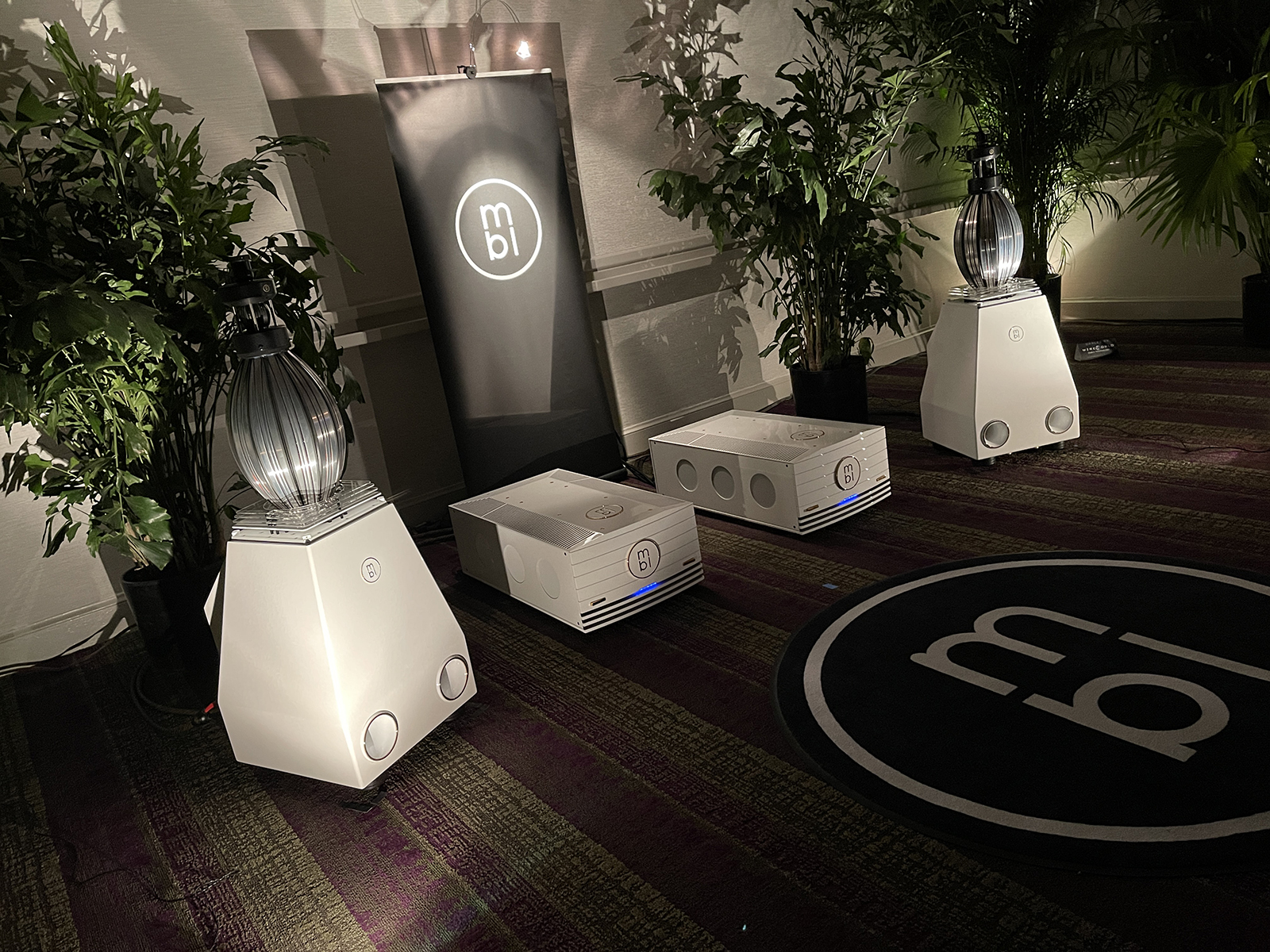

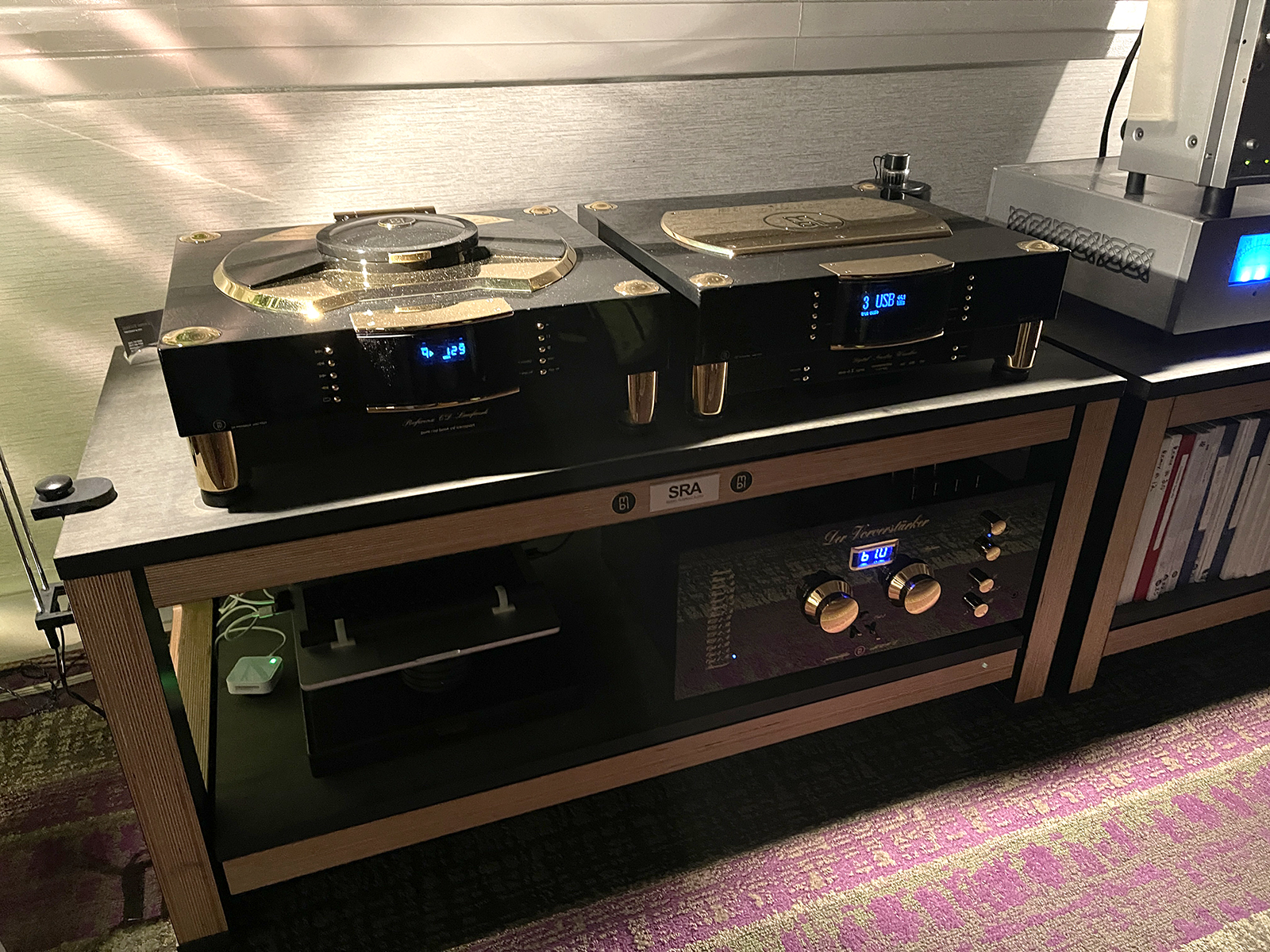
 When it comes to MBL, bigger is not always better as I genuinely prefer the sound and cohesion of their smaller speaker systems and I was richly rewarded at Capfest. The MBL system here at this show was probably one of the best executions of their whole omnidirectional sound-field presentations that I’ve heard to date. It was a tremendously fun listen. All $250,000 worth!
When it comes to MBL, bigger is not always better as I genuinely prefer the sound and cohesion of their smaller speaker systems and I was richly rewarded at Capfest. The MBL system here at this show was probably one of the best executions of their whole omnidirectional sound-field presentations that I’ve heard to date. It was a tremendously fun listen. All $250,000 worth!
Gryphon/J.Sikora
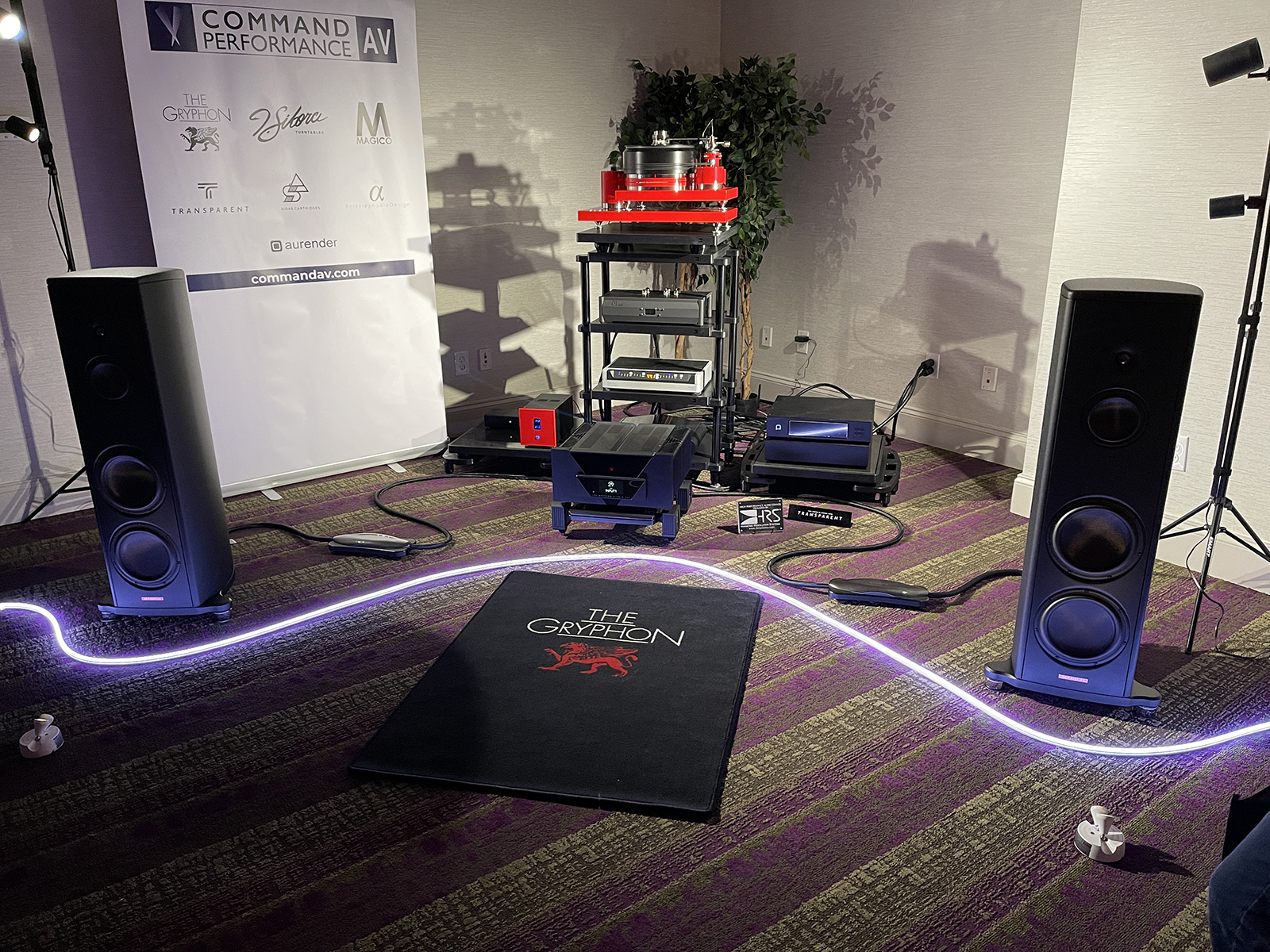 In the Democracy room, Command performance AV had a grand assemblage of top shelf gear. Beginning with the J.Sikora Standard MAX Special Edition turntable ($20K) with the KV MAX 12” tonearm ($14.5K) and Aidas Mammoth Gold cartridge ($8,650). We then move to the Gryphon Diablo 333 Integrated amplifier ($25K), the Doshi Audio EVOLUTION Phono Stage ($21K), a Berkley Audio Design Alpha DAC Series 3 with USB Series 2 ($30,500), an Aurender N30SA server ($25K), and Magico S3 loudspeakers ($45.5K).
In the Democracy room, Command performance AV had a grand assemblage of top shelf gear. Beginning with the J.Sikora Standard MAX Special Edition turntable ($20K) with the KV MAX 12” tonearm ($14.5K) and Aidas Mammoth Gold cartridge ($8,650). We then move to the Gryphon Diablo 333 Integrated amplifier ($25K), the Doshi Audio EVOLUTION Phono Stage ($21K), a Berkley Audio Design Alpha DAC Series 3 with USB Series 2 ($30,500), an Aurender N30SA server ($25K), and Magico S3 loudspeakers ($45.5K).

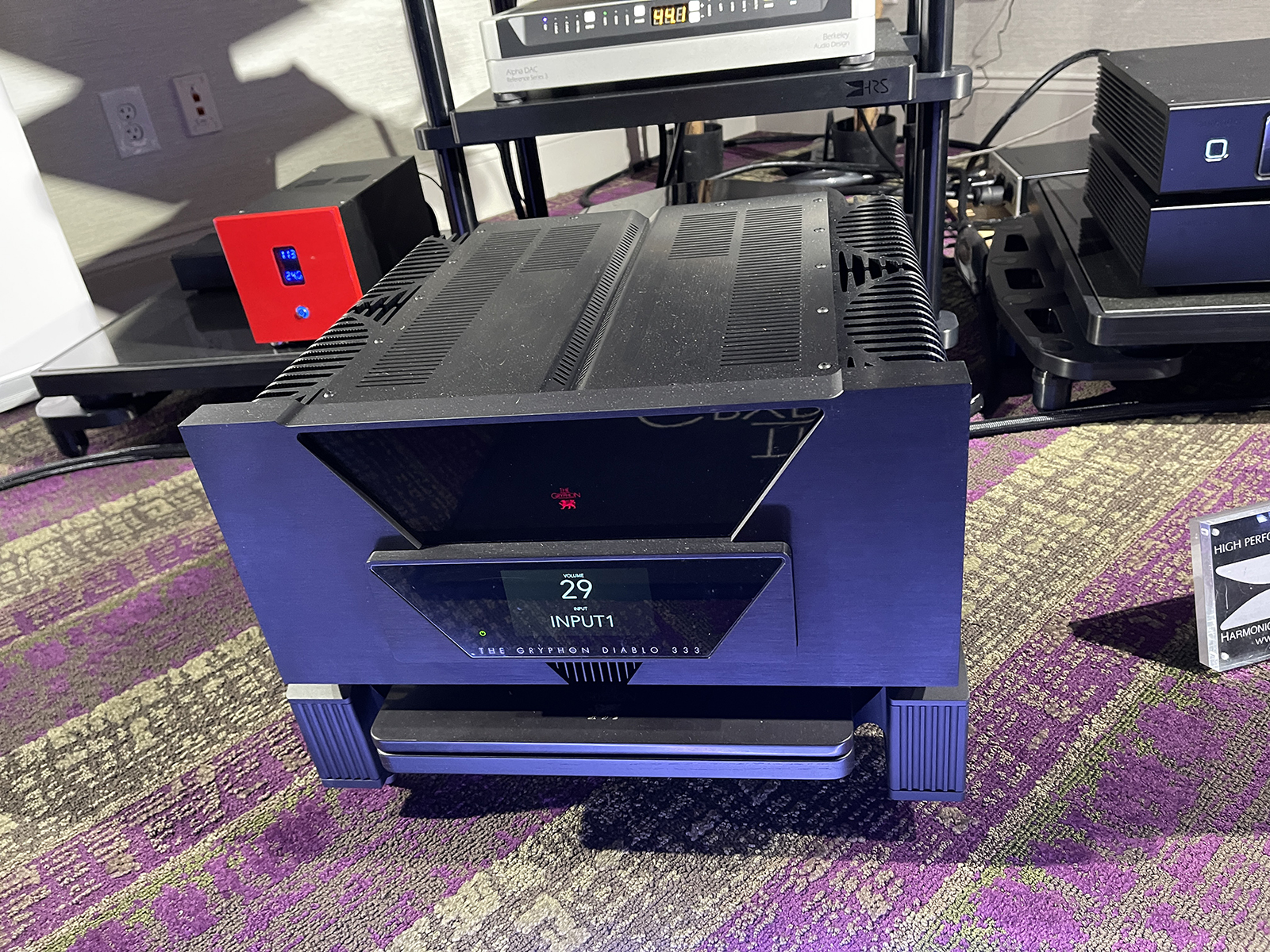
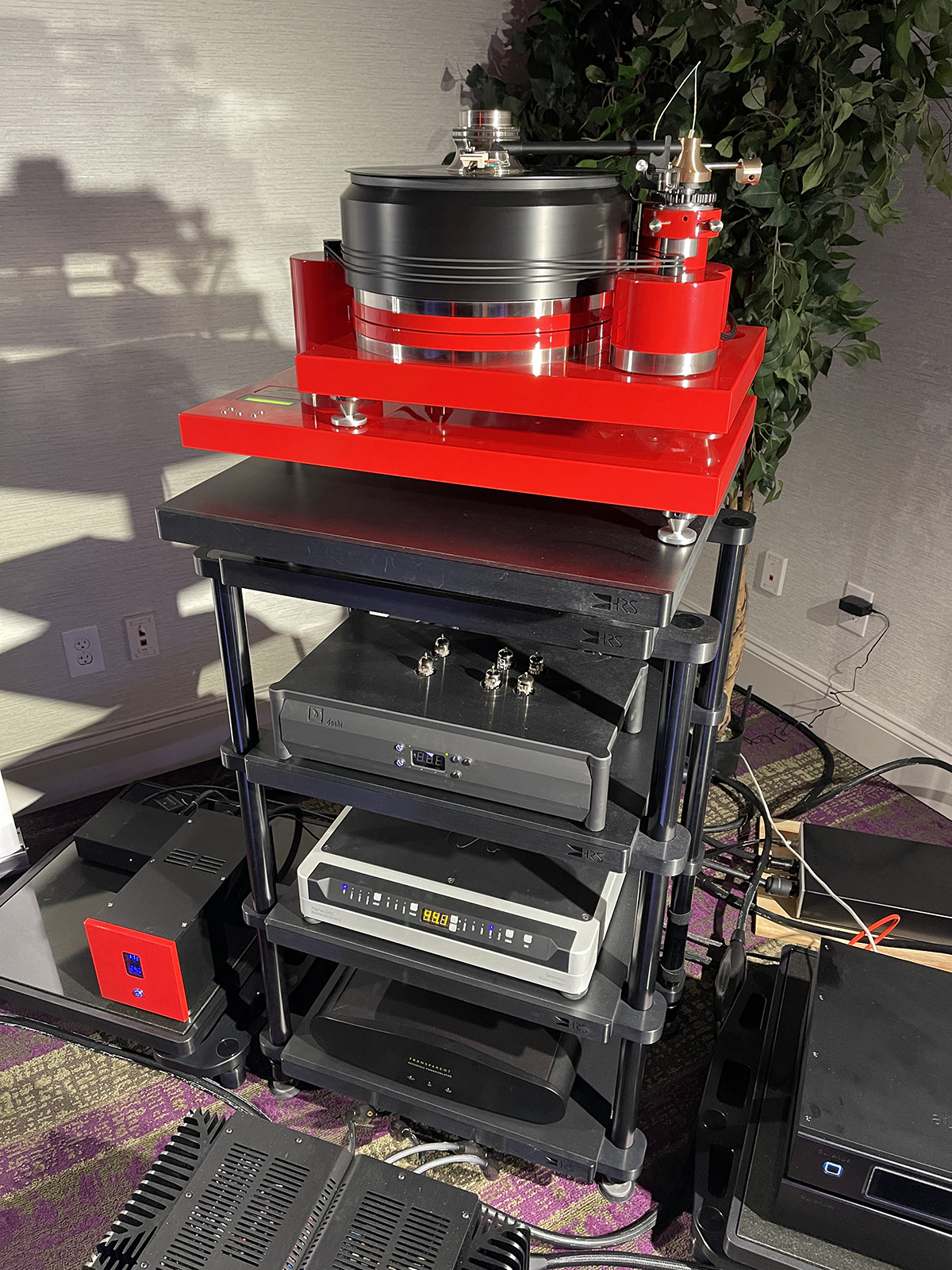
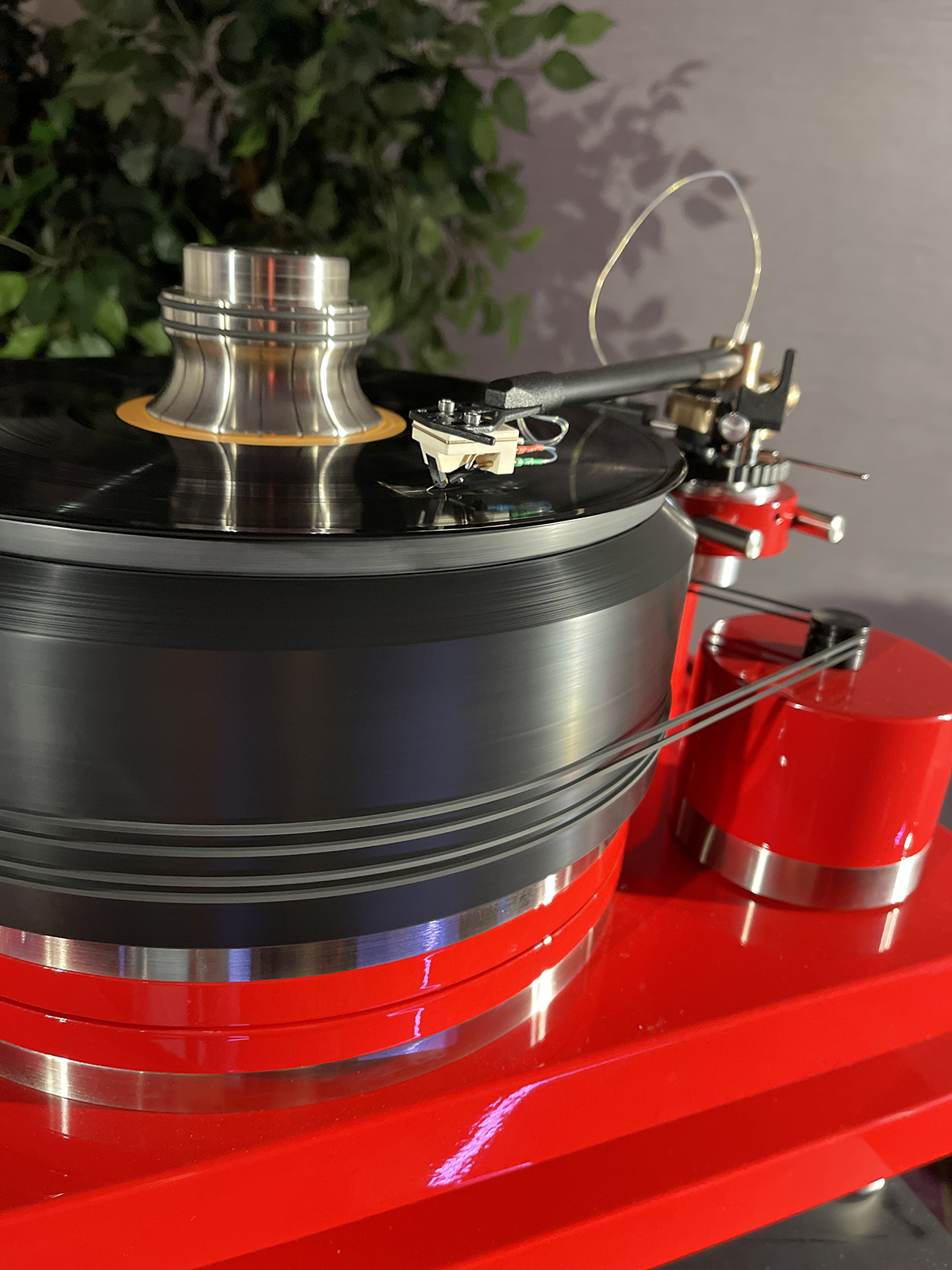
 As one would expect from a system of this caliber, the synergy was seamless and sound was outstanding.
As one would expect from a system of this caliber, the synergy was seamless and sound was outstanding.
Meze Audio


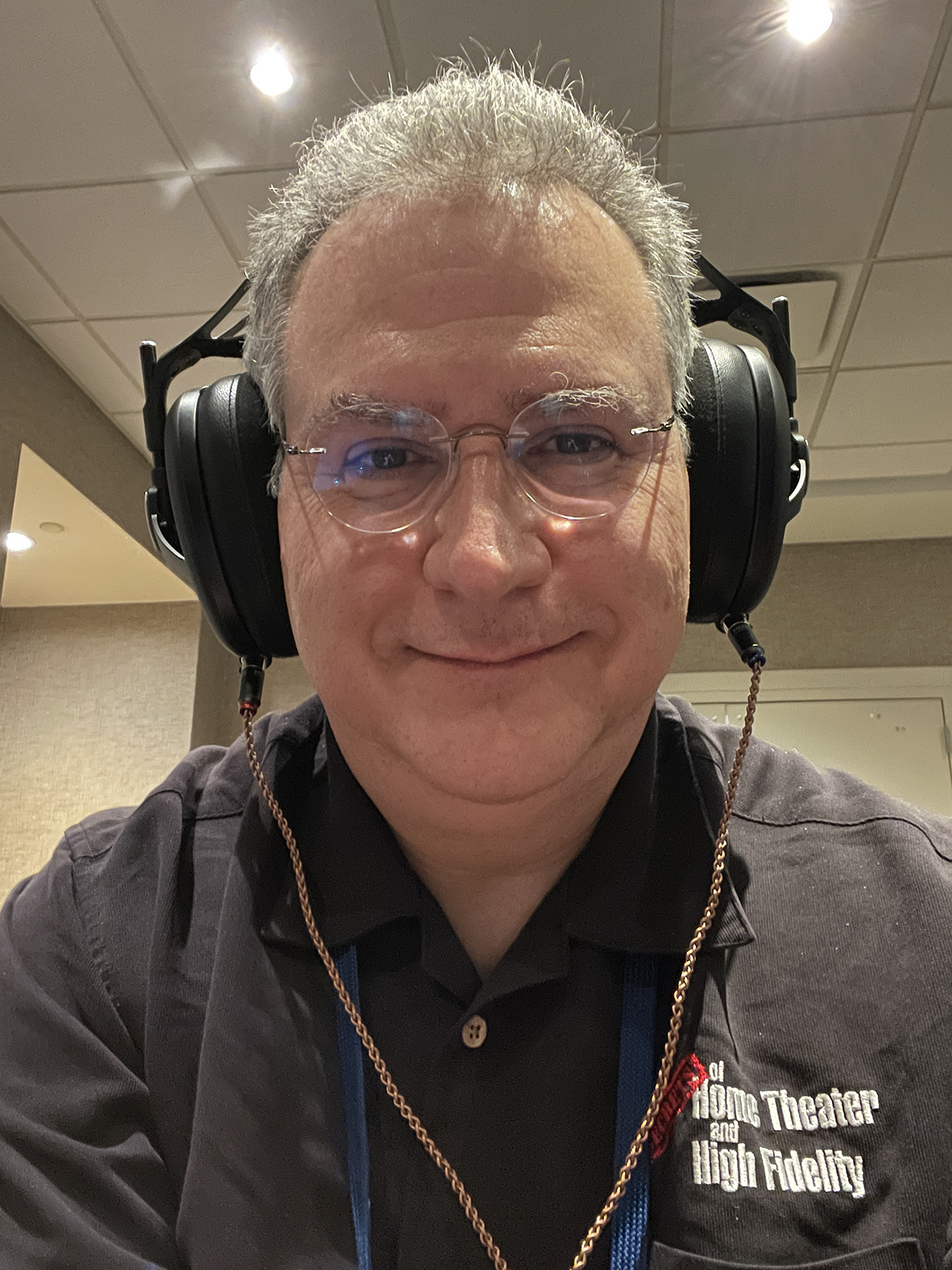 I was looking for something very specific when I was puttering through the headphone demo area. I found it at the Headamp booth where I came across the new Meze Audio Empyrean II headphones which were just released. First things first, the new Empyreans look and feel fantastic! Very comfortable to wear and all the touch-points have been stepped up in the quality department. Sonically I wasn’t able to compare them to the old versions back-to-back. But I will say I very much liked what I heard in terms of tonality and sound signature. Bass was authoritative and seemed well balanced to the rest of the frequencies. I think a review will certainly be in order on these!
I was looking for something very specific when I was puttering through the headphone demo area. I found it at the Headamp booth where I came across the new Meze Audio Empyrean II headphones which were just released. First things first, the new Empyreans look and feel fantastic! Very comfortable to wear and all the touch-points have been stepped up in the quality department. Sonically I wasn’t able to compare them to the old versions back-to-back. But I will say I very much liked what I heard in terms of tonality and sound signature. Bass was authoritative and seemed well balanced to the rest of the frequencies. I think a review will certainly be in order on these!
Alta Audio/Infigo Audio

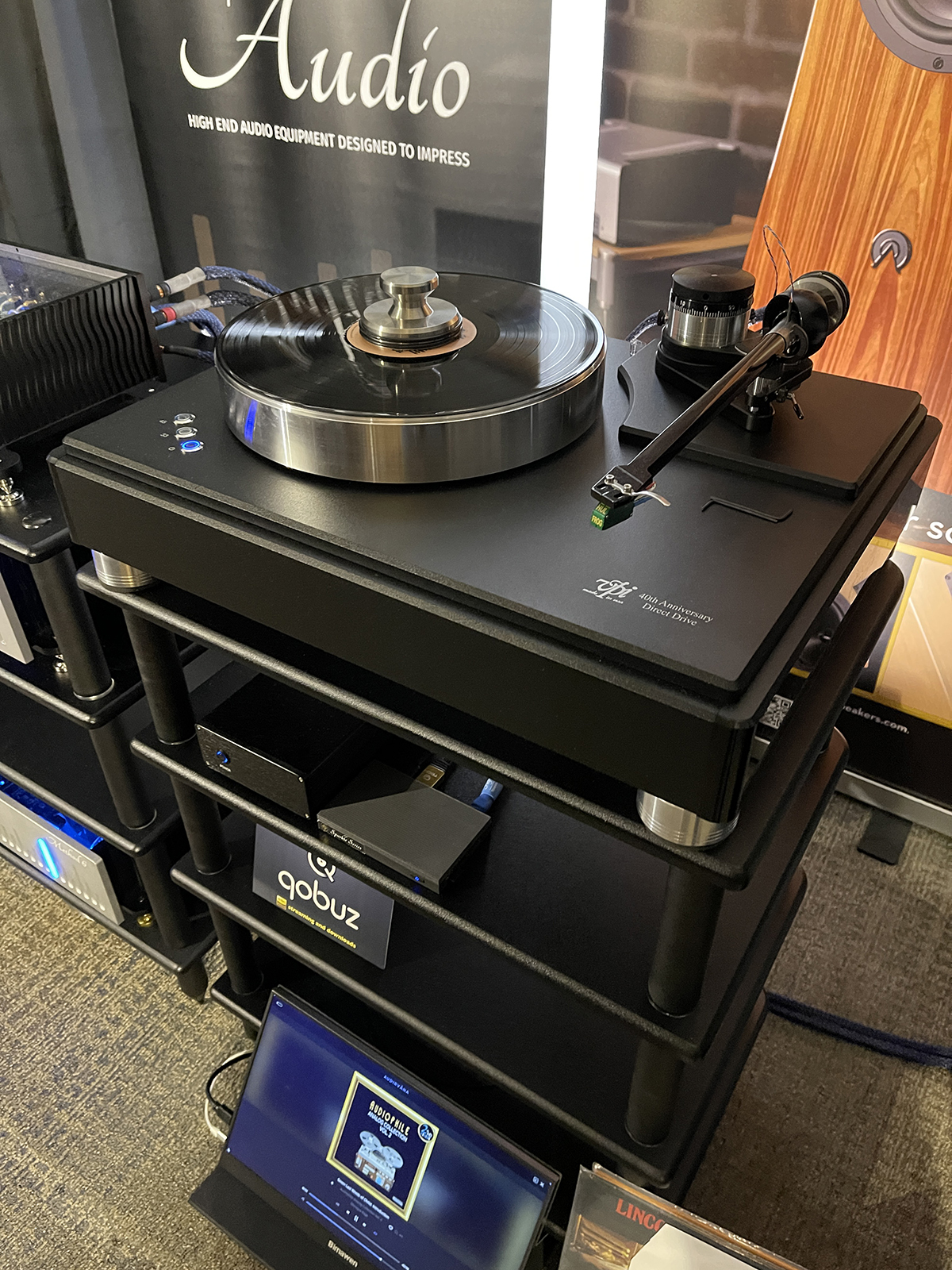
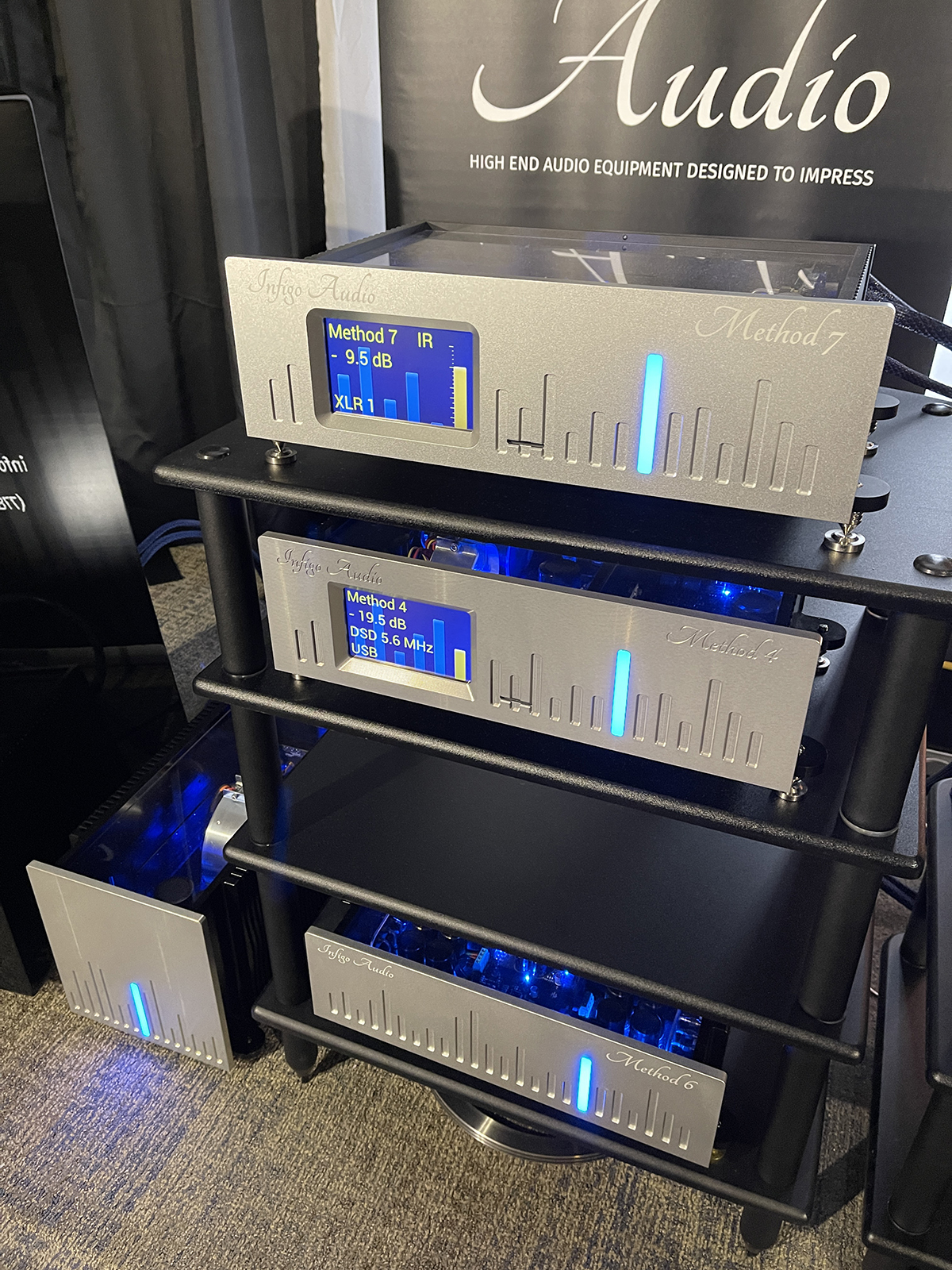
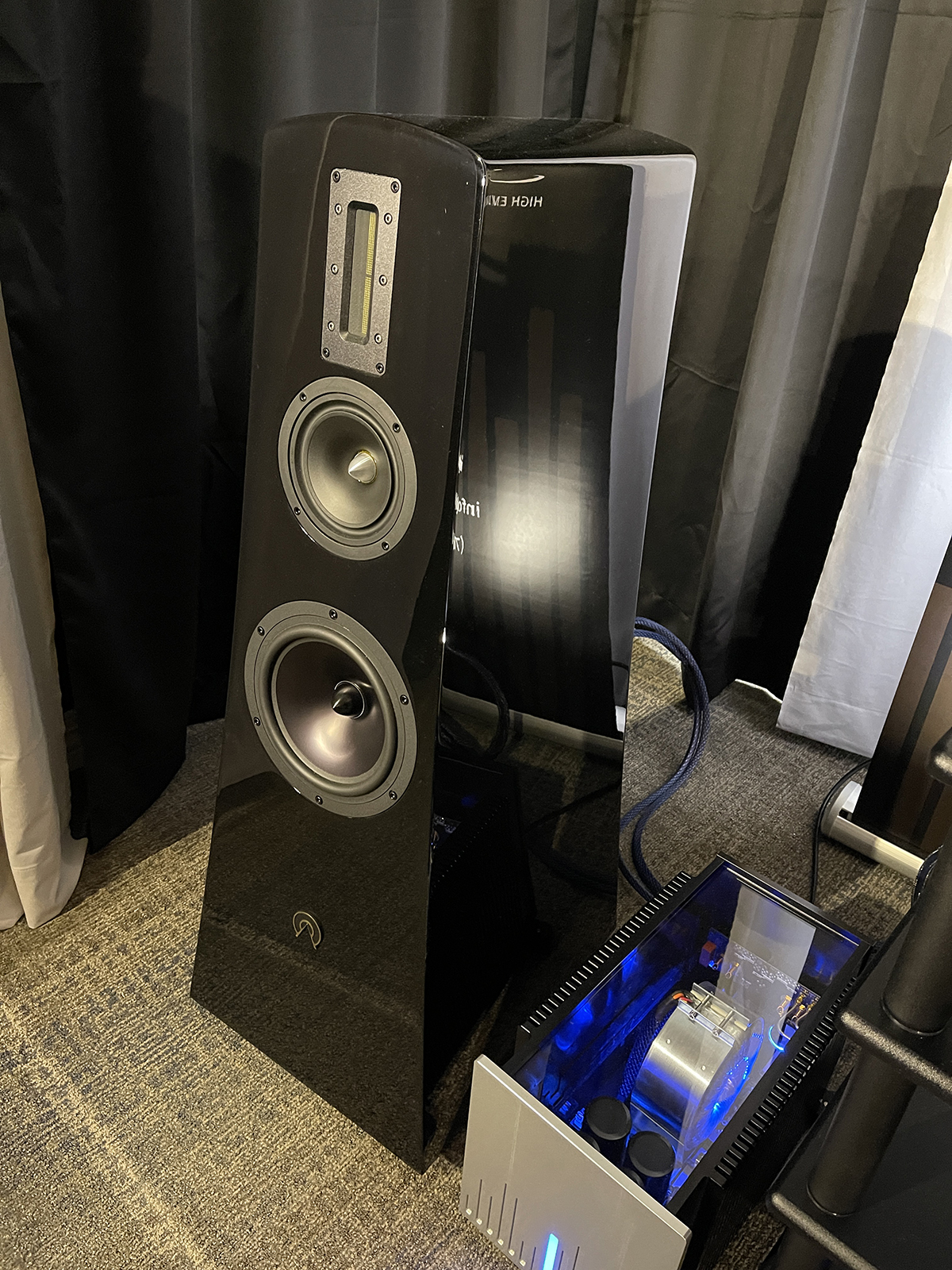 The Alta Audio Adam speakers along with electronics from Infigo Audio are a combination I’ve heard on several occasions at audio shows and it’s obvious why. They just sound great together and the same was happening here. Featured were the Infigo Audio Method 4 DAC ($35K), the Method 7 preamp ($20K), and the the Method 6 stereo power amp ($20K). Along for the ride were an mini PC used as a streamer ($1K), a VPI HW-40 turntable ($22K), with Van den Hul Frog Gold cartridge ($3620), and the Alta Audio Adam speakers ($17K per pair).
The Alta Audio Adam speakers along with electronics from Infigo Audio are a combination I’ve heard on several occasions at audio shows and it’s obvious why. They just sound great together and the same was happening here. Featured were the Infigo Audio Method 4 DAC ($35K), the Method 7 preamp ($20K), and the the Method 6 stereo power amp ($20K). Along for the ride were an mini PC used as a streamer ($1K), a VPI HW-40 turntable ($22K), with Van den Hul Frog Gold cartridge ($3620), and the Alta Audio Adam speakers ($17K per pair).
Margules
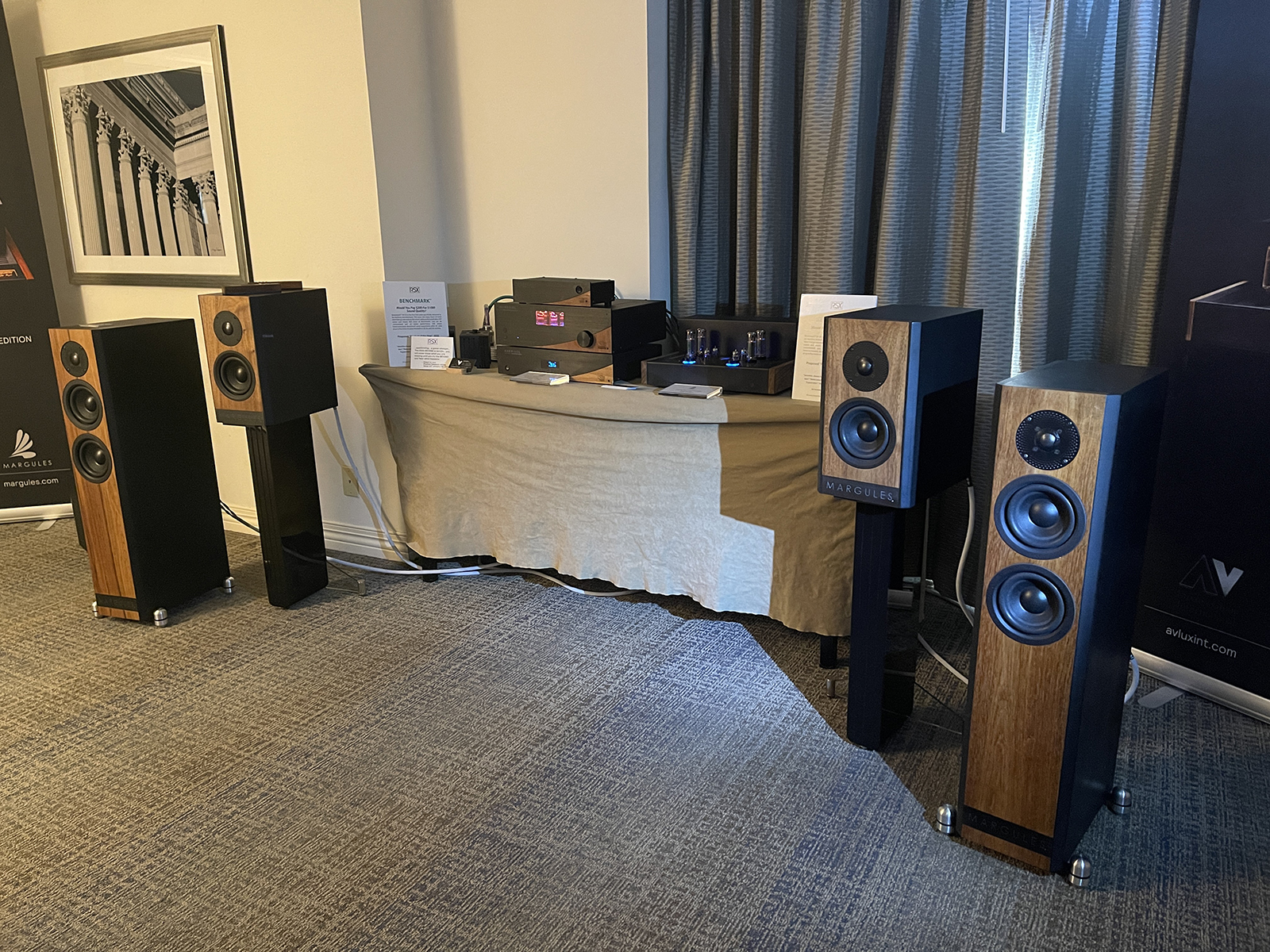 Margules had a couple of new speakers at CapFest. On demo were both a bookshelf, the Magenta Monitor, and a mid-tower model, the SA-2, to go along with ARCH 4 hybrid integrated amp ($4,800 review coming soon) and the i240 Class A tube integrated amp ($7K). I sat and took a good listen to the mid-tower SA-2 model for a bit.
Margules had a couple of new speakers at CapFest. On demo were both a bookshelf, the Magenta Monitor, and a mid-tower model, the SA-2, to go along with ARCH 4 hybrid integrated amp ($4,800 review coming soon) and the i240 Class A tube integrated amp ($7K). I sat and took a good listen to the mid-tower SA-2 model for a bit.


 It very much had that slightly warm yet very appealing sound signature that I associate with the brand. No lack of detail either, just a very musical presentation with great mids and a solid bottom end when called for.
It very much had that slightly warm yet very appealing sound signature that I associate with the brand. No lack of detail either, just a very musical presentation with great mids and a solid bottom end when called for.
YG Acoustics/Vinnie Rossi
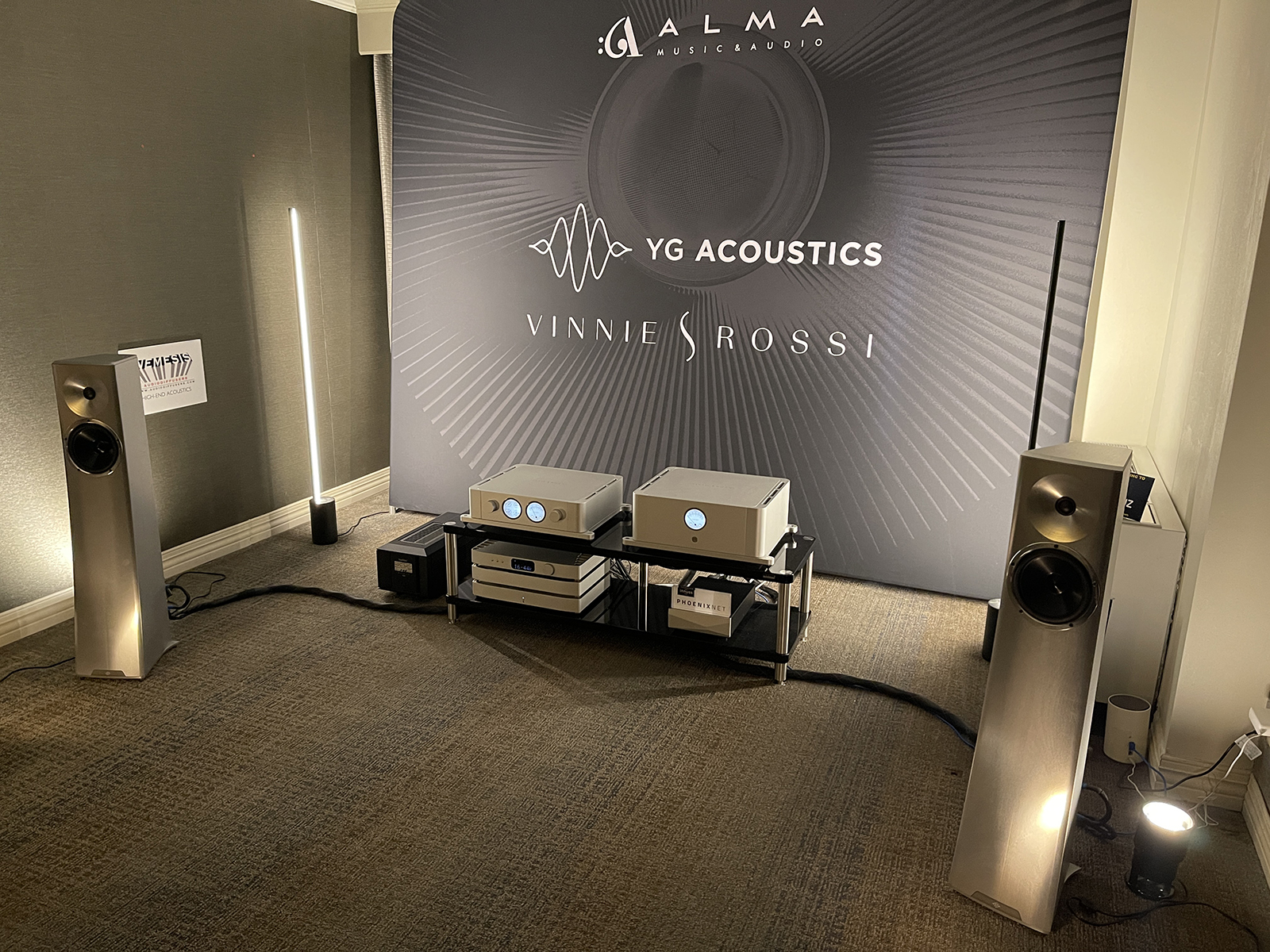 Dropped in to visit our friends at YG Acoustics where they were demonstrating the very svelte Carmel 3 loudspeakers with some beautiful electronics by Vinnie Rossi and MSB. The room was sponsored by Alma Music & Sound. The Carmel 3 ($29,800 per pair) were ably controlled and powered by the Vinnie Rossi Brama Pre ($34K) and Stereo amplifier ($34K). The digital front end was courtesy of MSB Premier w/Digital Director ($44K) through an Innuos Phoenix NET network switch ($4,349).
Dropped in to visit our friends at YG Acoustics where they were demonstrating the very svelte Carmel 3 loudspeakers with some beautiful electronics by Vinnie Rossi and MSB. The room was sponsored by Alma Music & Sound. The Carmel 3 ($29,800 per pair) were ably controlled and powered by the Vinnie Rossi Brama Pre ($34K) and Stereo amplifier ($34K). The digital front end was courtesy of MSB Premier w/Digital Director ($44K) through an Innuos Phoenix NET network switch ($4,349).
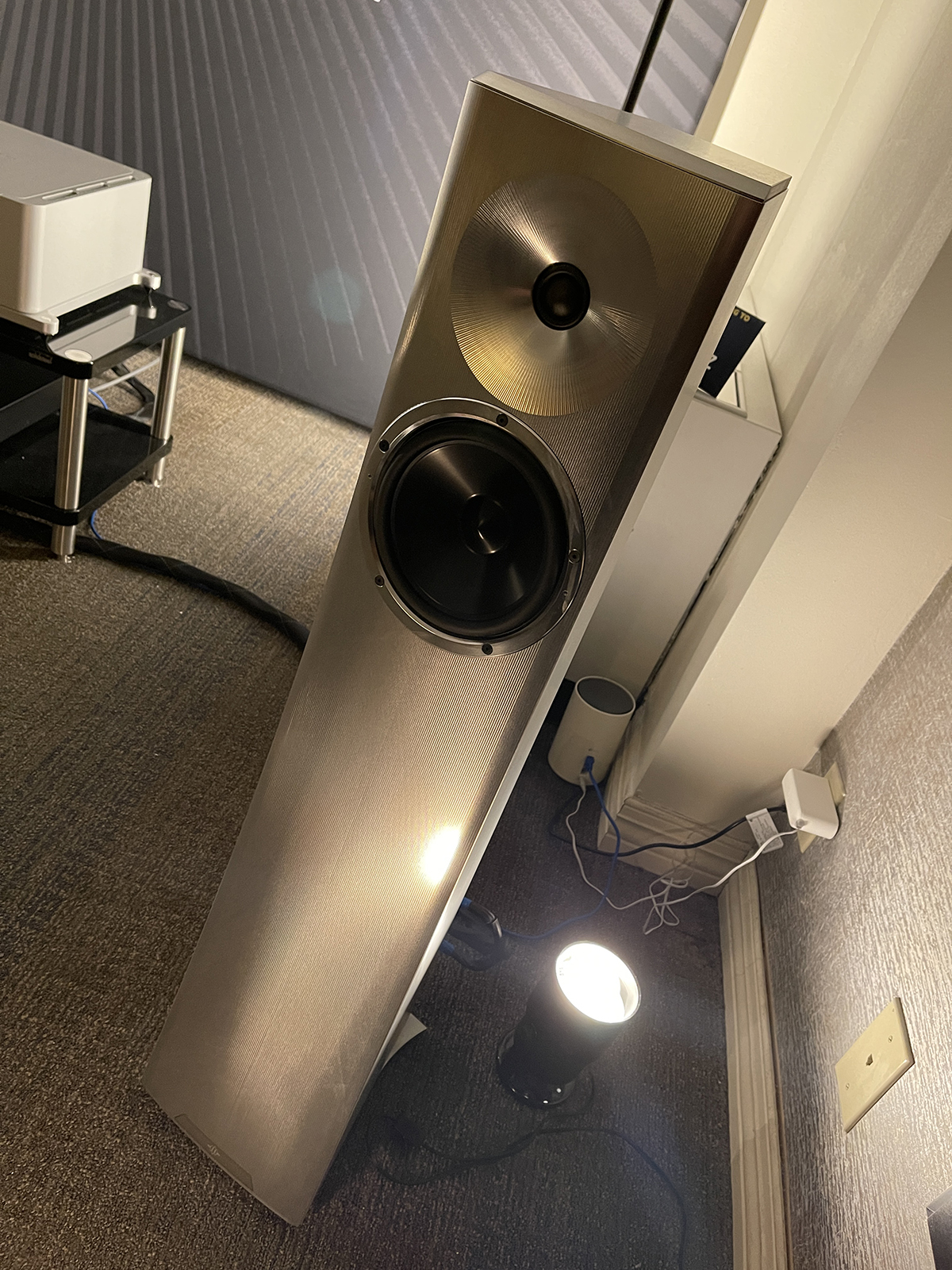
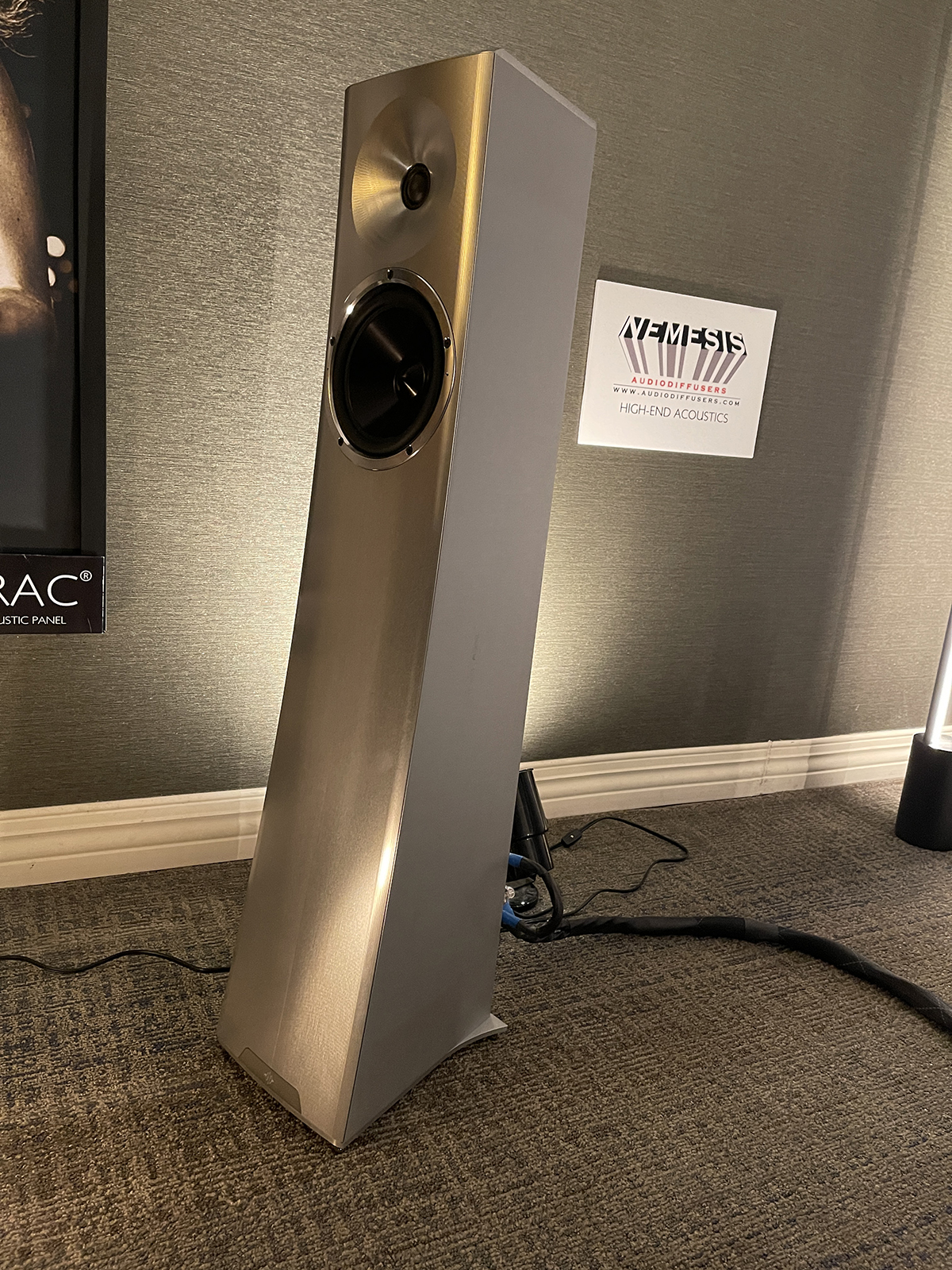
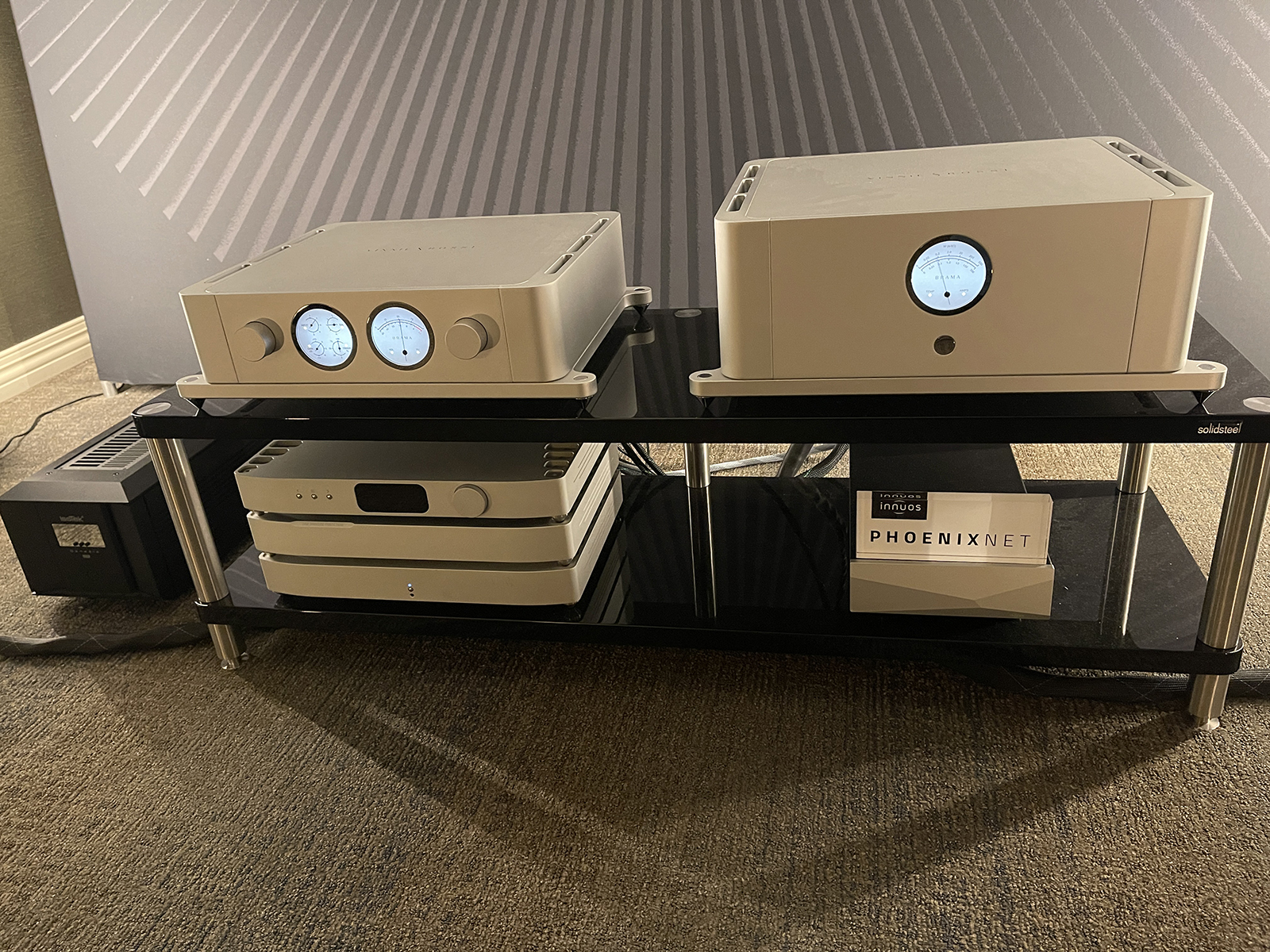 For the Carmel 3 being some of the more petite speakers in YG’s reference line, there was nothing “petite” about their sound. The trim and tidy aluminum speakers more than delivered the goods on some challenging tracks with deep bass along with the refinement necessary for translating appealing sounding vocals and instruments. Frankly, everything in this room looked like fine jewelry and precision instrumentation. The kind of stuff you buy and keep for a generation.
For the Carmel 3 being some of the more petite speakers in YG’s reference line, there was nothing “petite” about their sound. The trim and tidy aluminum speakers more than delivered the goods on some challenging tracks with deep bass along with the refinement necessary for translating appealing sounding vocals and instruments. Frankly, everything in this room looked like fine jewelry and precision instrumentation. The kind of stuff you buy and keep for a generation.
ATC
 When I dropped in to Distributor Lone Mountain Audio’s room, they had the larger of their two systems running. They had the active ATC SCM50ASL loudspeakers ($22K) controlled by the ATC CA2 preamp ($3,249). The digital front end was courtesy of Playback Designs.
When I dropped in to Distributor Lone Mountain Audio’s room, they had the larger of their two systems running. They had the active ATC SCM50ASL loudspeakers ($22K) controlled by the ATC CA2 preamp ($3,249). The digital front end was courtesy of Playback Designs.
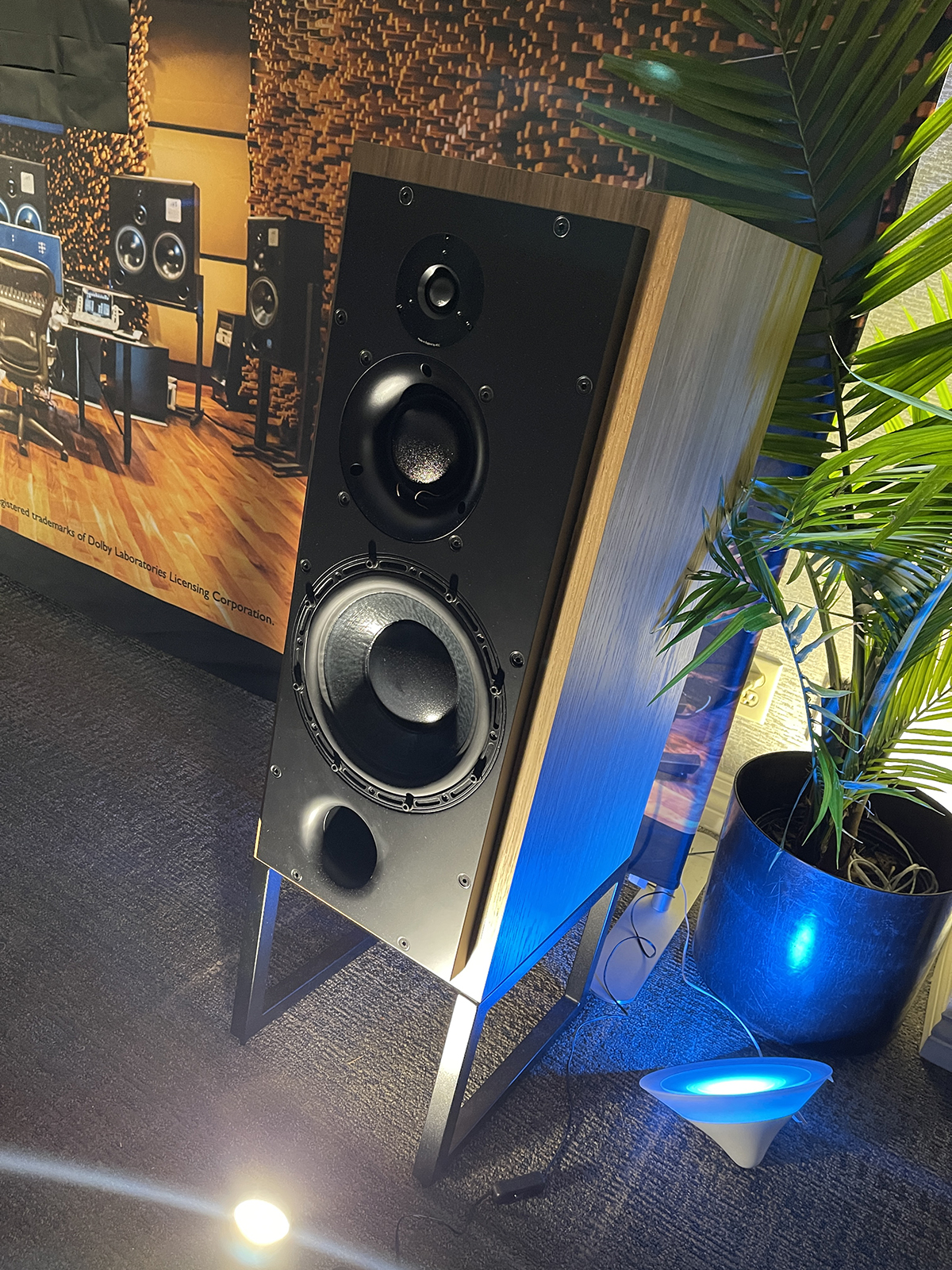
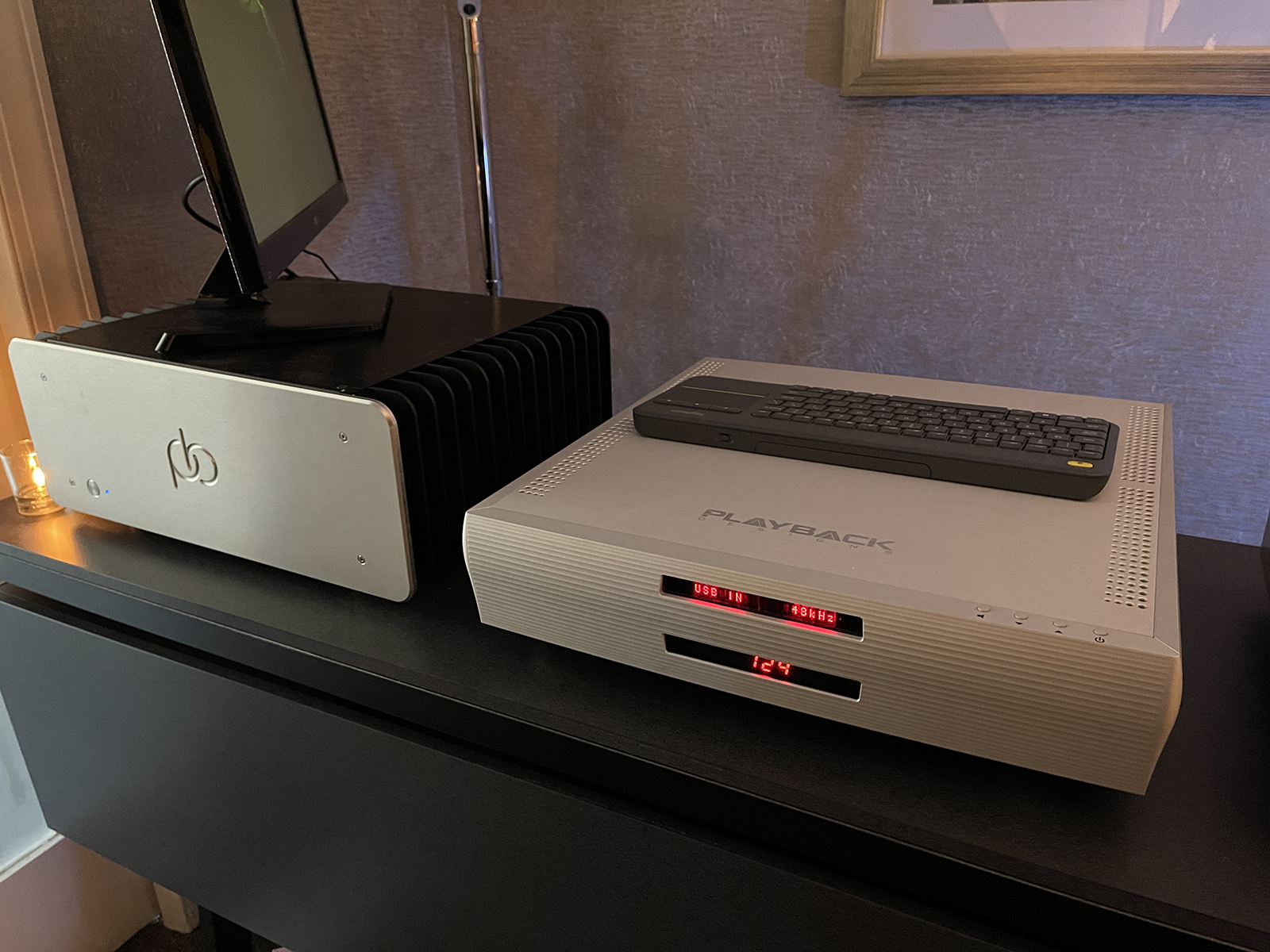
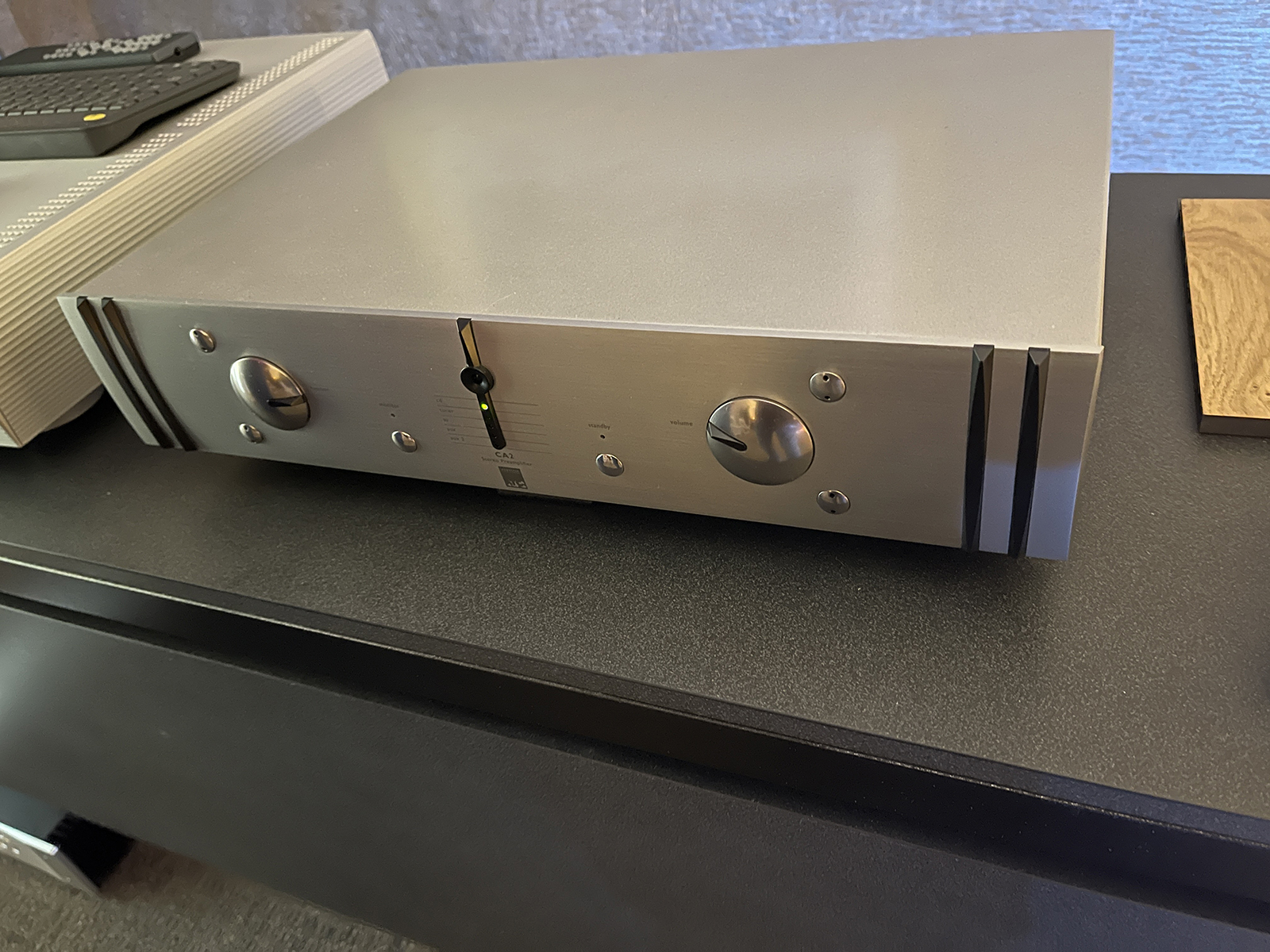 I have always been an advocate of active speakers. When properly designed they simply have so many inherent advantages. If anyone wants to experience what a well executed active loudspeaker, in the purest sense, can bring to the table one need only listen to these ATCs. Outstanding!
I have always been an advocate of active speakers. When properly designed they simply have so many inherent advantages. If anyone wants to experience what a well executed active loudspeaker, in the purest sense, can bring to the table one need only listen to these ATCs. Outstanding!
AGD Productions
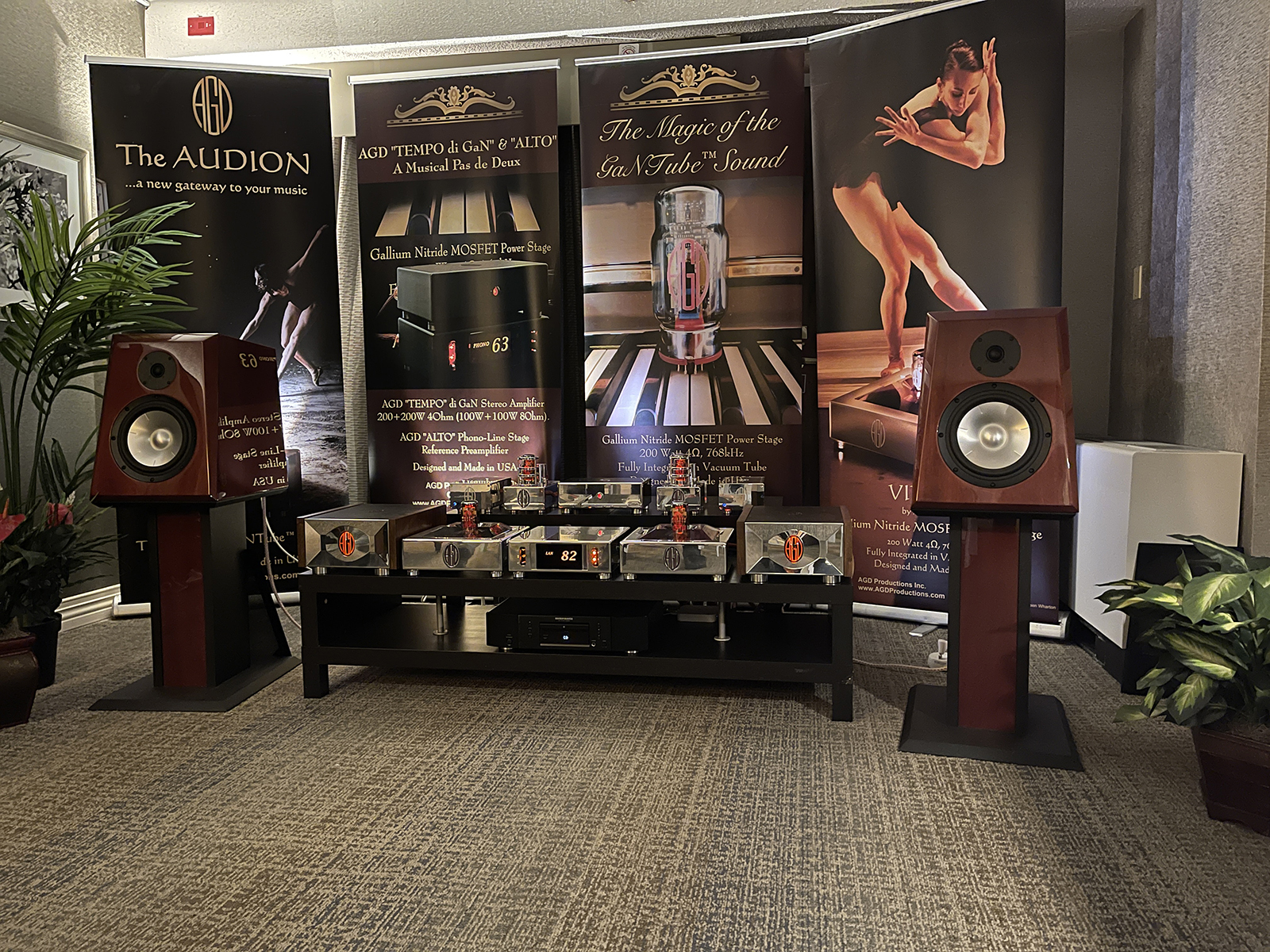
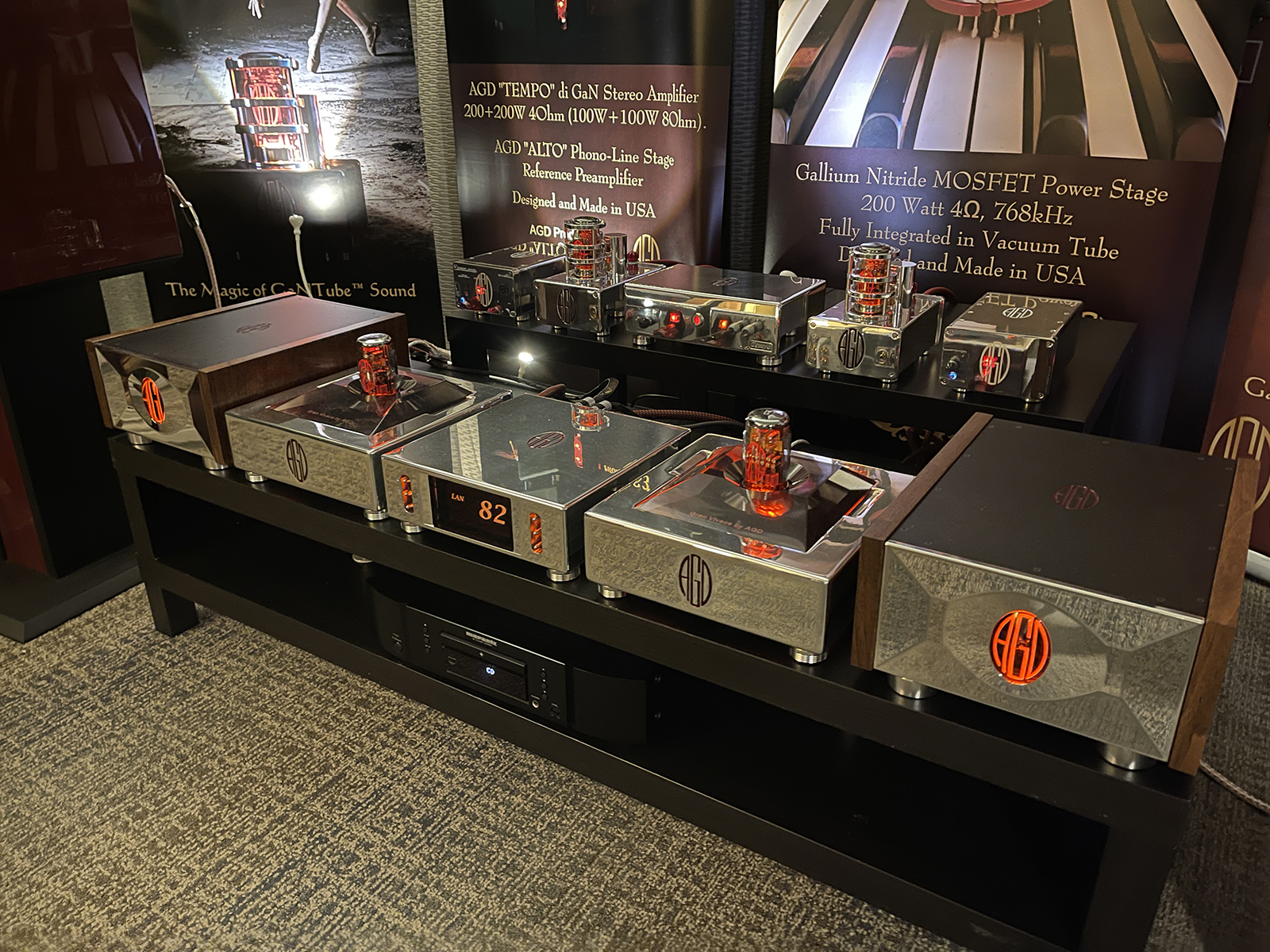
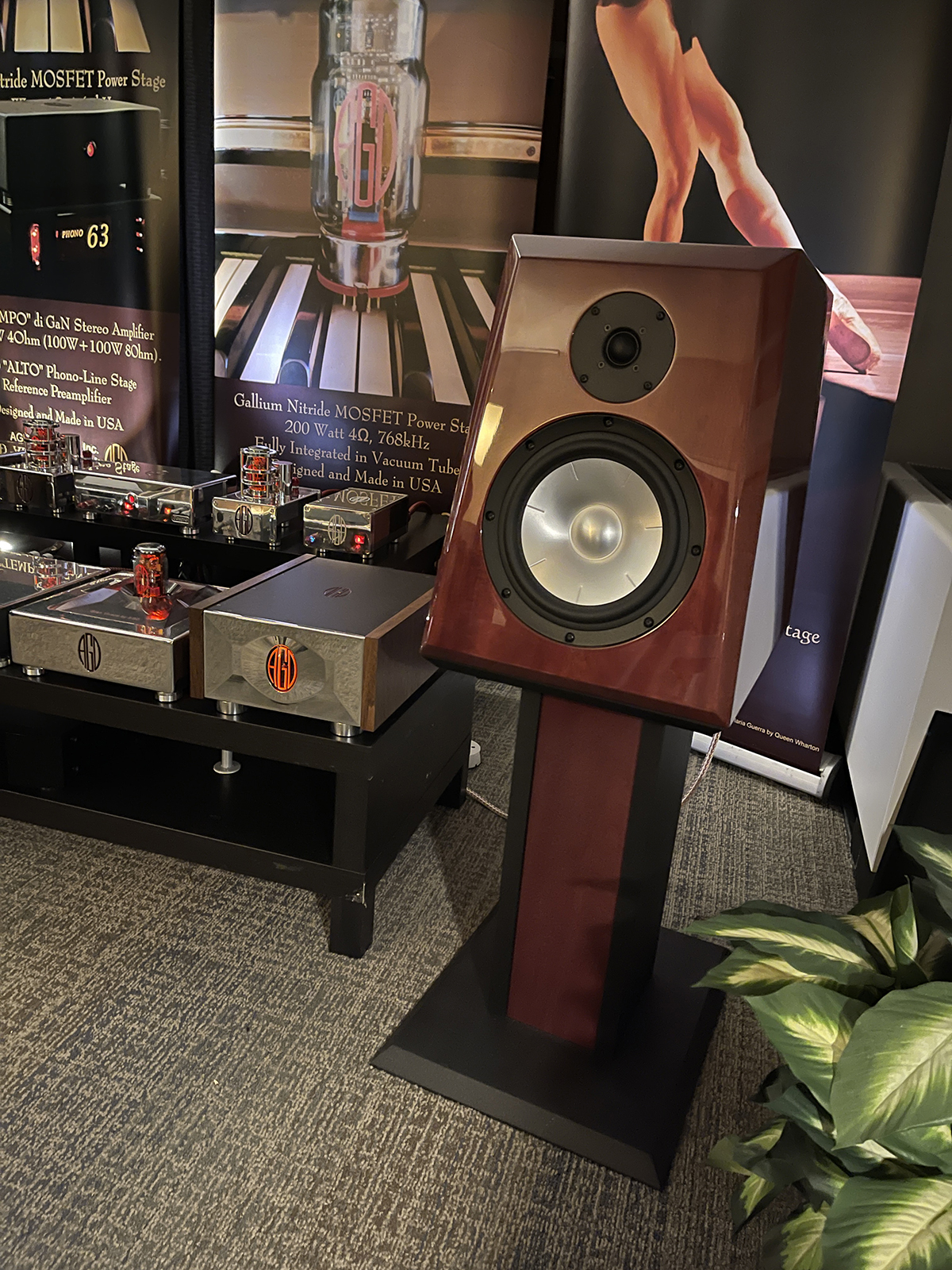 AGD’s “GaNTube” amplifier designs and matching components have always impressed in both sound and aesthetics, and their room at CapFest was no exception. Paired with the usual Ocean Way Audio Eureka loudspeakers they created a lovely sounding environment where I could have whiled away several hours.
AGD’s “GaNTube” amplifier designs and matching components have always impressed in both sound and aesthetics, and their room at CapFest was no exception. Paired with the usual Ocean Way Audio Eureka loudspeakers they created a lovely sounding environment where I could have whiled away several hours.
Songer Audio
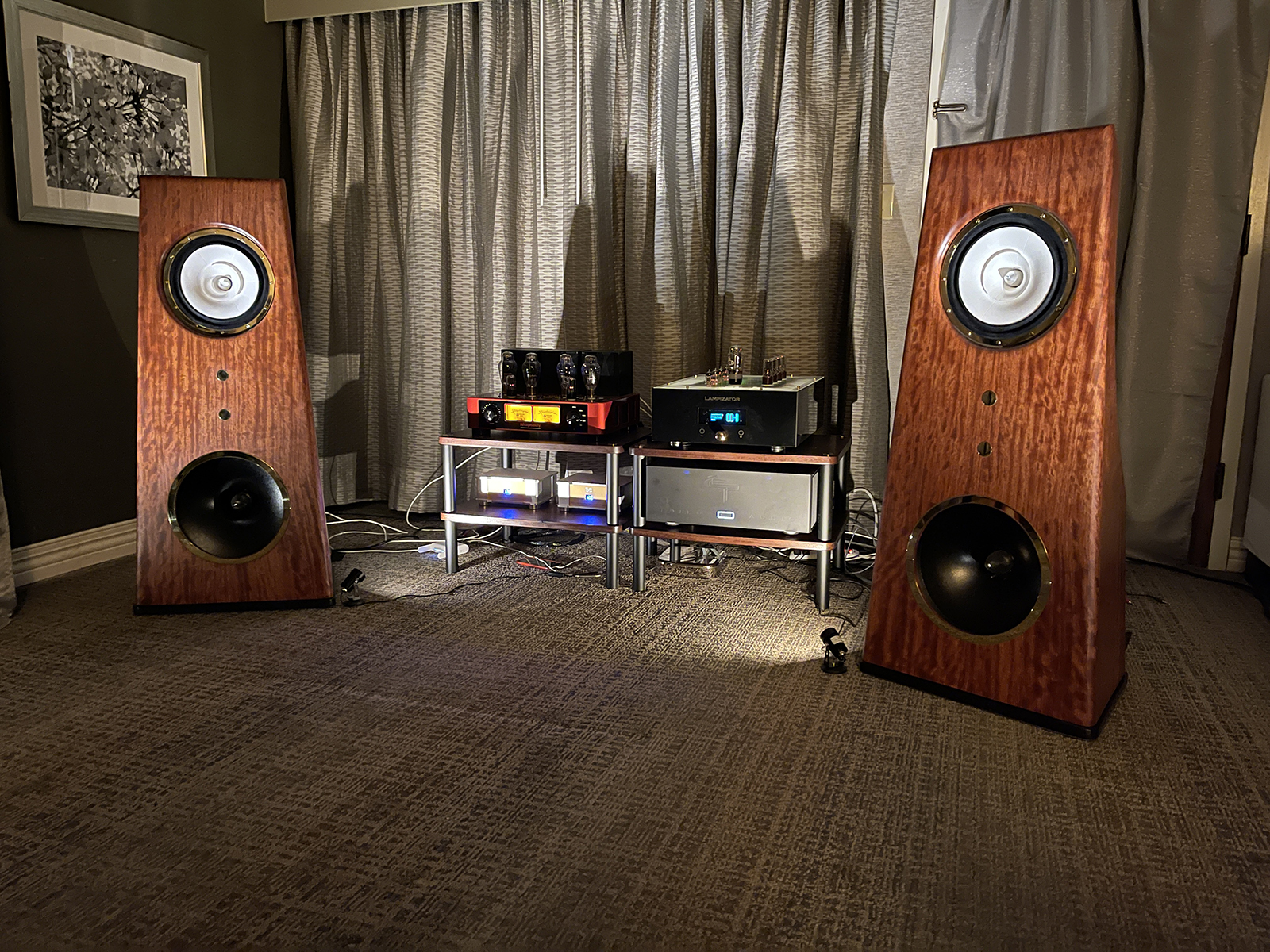 This isn’t the first time that I’ve heard the Songer Audio S2 Open Baffle loudspeaker ($49K). Using custom made full-range field coil drivers for the treble and midrange combined with a 15” bass driver, it creates a unique and expansive listening experience. The adjustable power supply (9 – 12.5 V) necessary for the field coil driver’s operation allows a certain tailoring of the driver’s sound. And it is simply a drop-dead gorgeous set of speaker to boot!
This isn’t the first time that I’ve heard the Songer Audio S2 Open Baffle loudspeaker ($49K). Using custom made full-range field coil drivers for the treble and midrange combined with a 15” bass driver, it creates a unique and expansive listening experience. The adjustable power supply (9 – 12.5 V) necessary for the field coil driver’s operation allows a certain tailoring of the driver’s sound. And it is simply a drop-dead gorgeous set of speaker to boot!

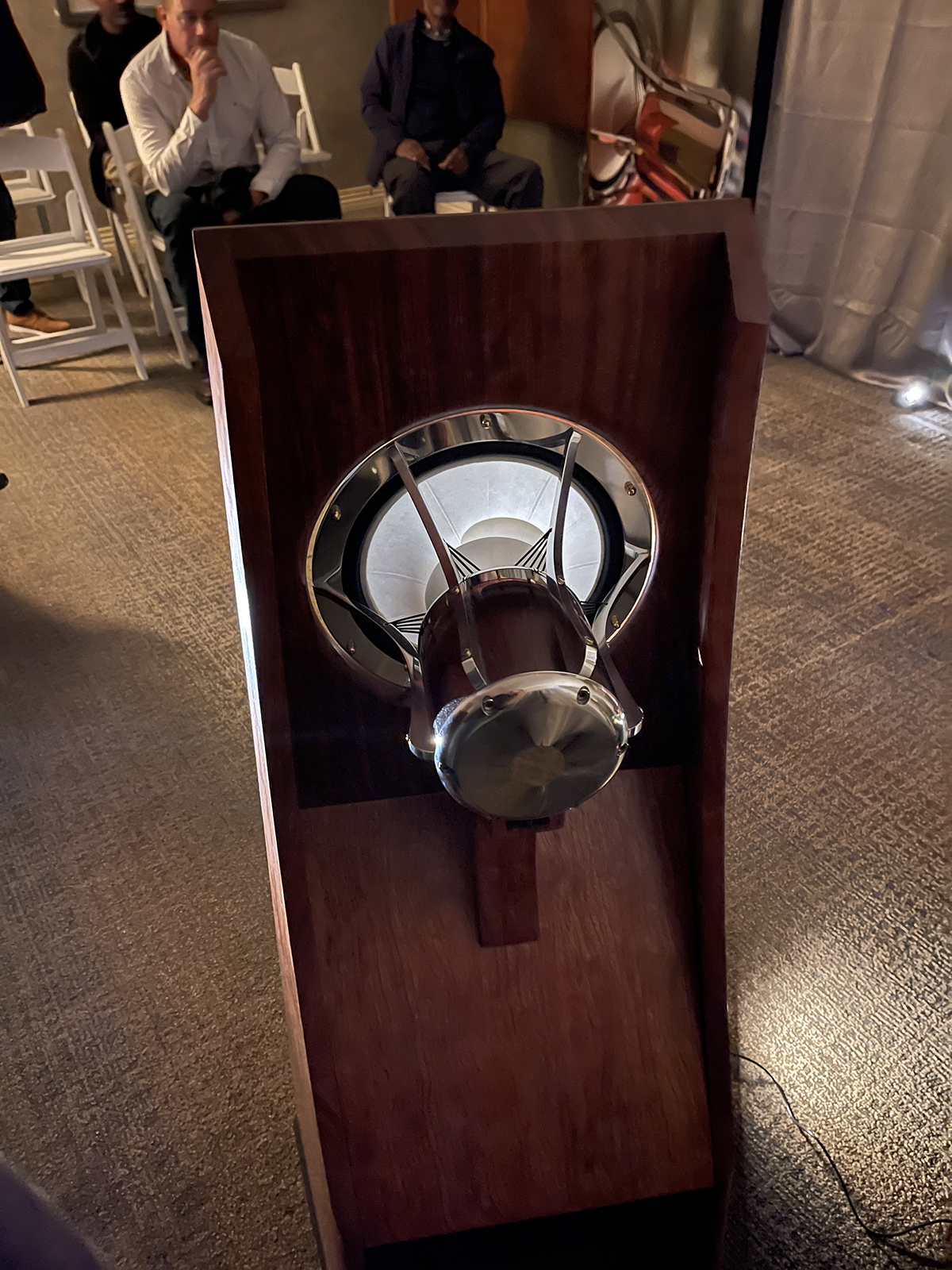
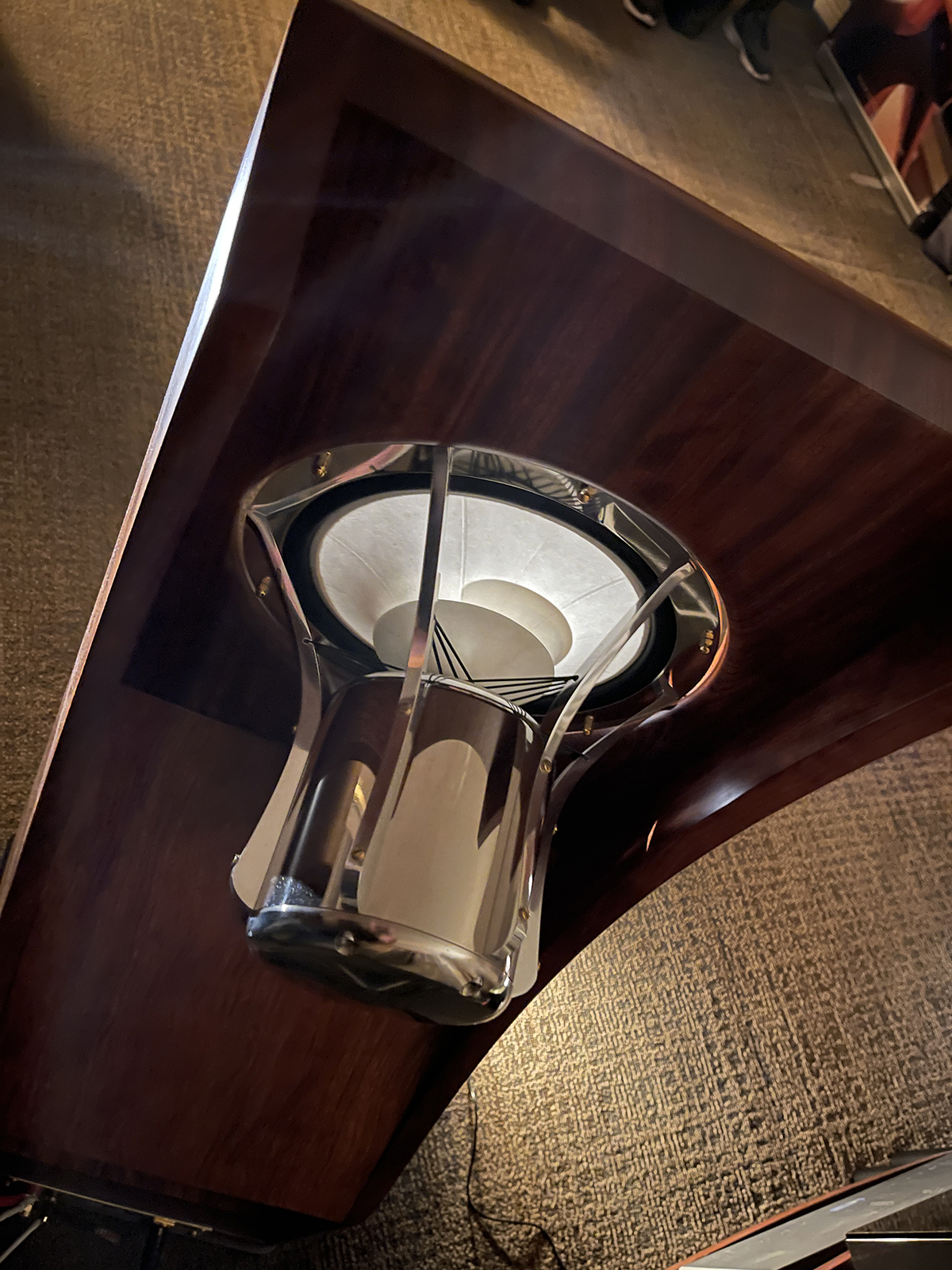 It was paired with a Trafomatic Rhapsody tube integrated amplifier ($19,800), a LampizatOr Poseidon DAC ($24K), and a Taiko Extreme Server ($39K).
It was paired with a Trafomatic Rhapsody tube integrated amplifier ($19,800), a LampizatOr Poseidon DAC ($24K), and a Taiko Extreme Server ($39K).
LTA/Credo Audio/Meitner Audio
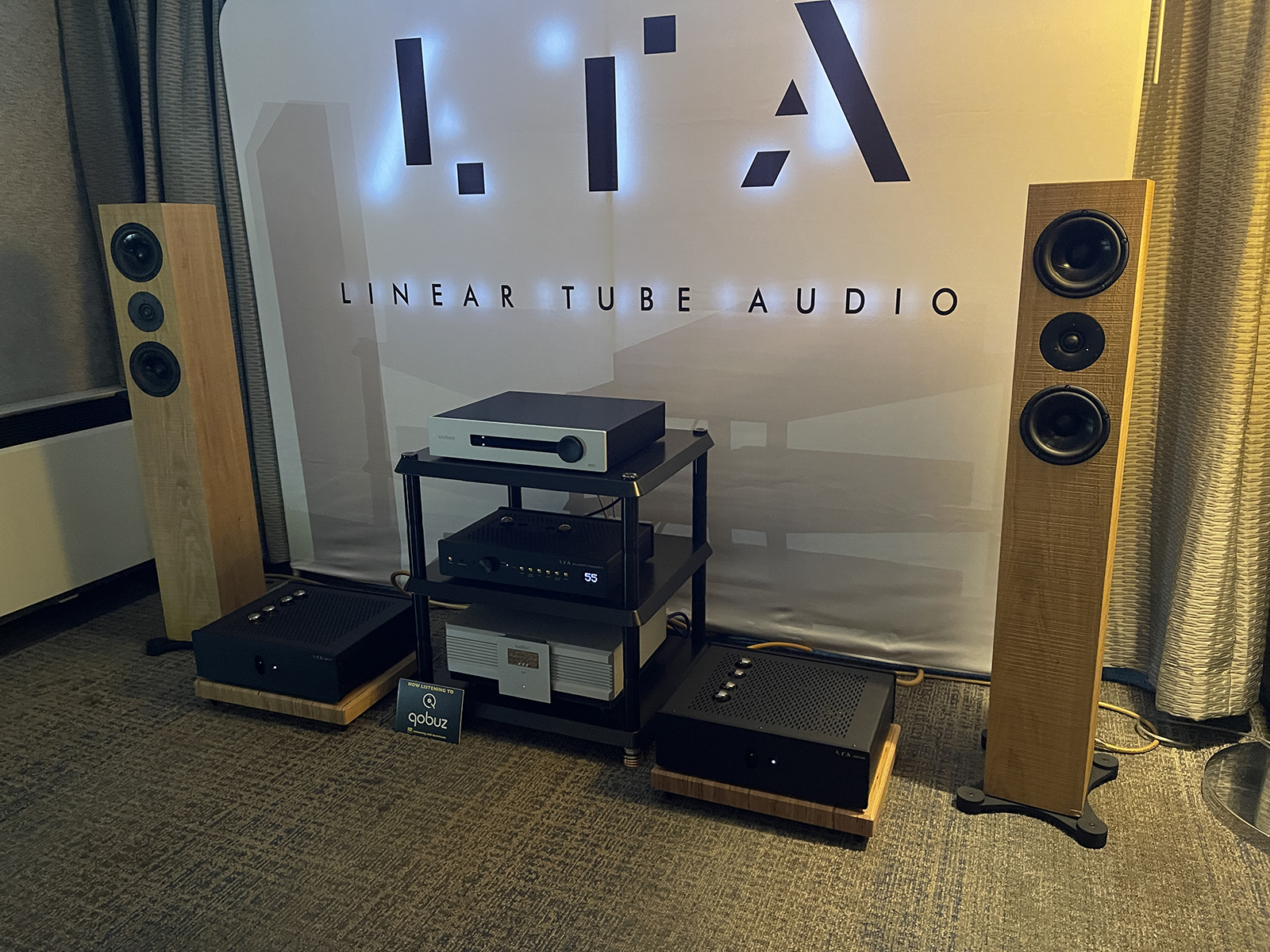 This room had the same Credo loudspeakers I had heard at AXPONA but in a more “normal” sized room. They were the slimline Credo EV1202 Reference Loudspeakers ($17K per pair) and they impressed me here just as much as they did at AXPONA. Just a wonderfully complete sounding speaker with such a minimal footprint.
This room had the same Credo loudspeakers I had heard at AXPONA but in a more “normal” sized room. They were the slimline Credo EV1202 Reference Loudspeakers ($17K per pair) and they impressed me here just as much as they did at AXPONA. Just a wonderfully complete sounding speaker with such a minimal footprint.
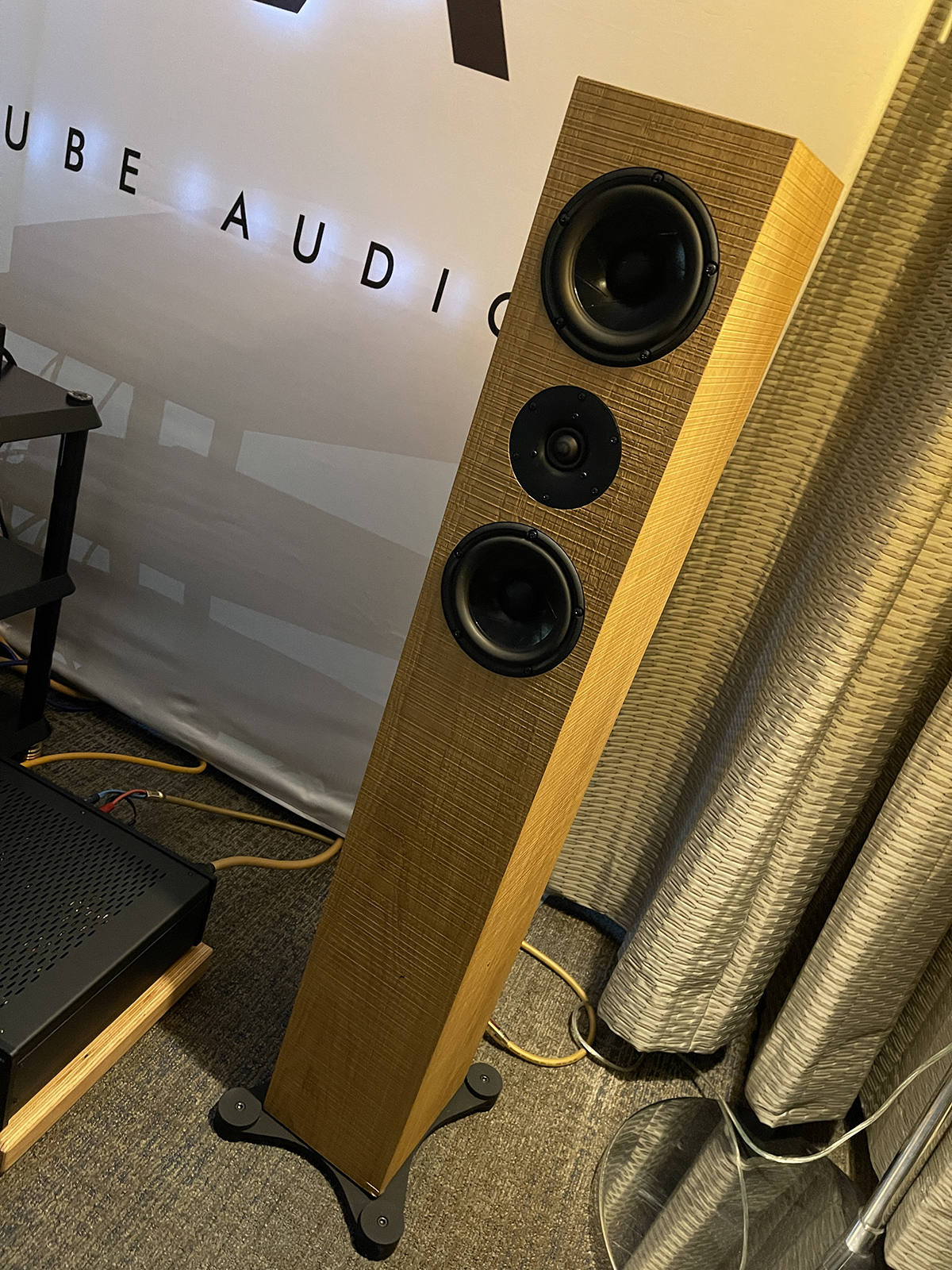
 They were controlled and powered by the MicroZOTL preamplifier Level 2 ($5,750), and a pair of ZOTL Reference + monoblock power amps ($6,800 each) both from Linear Tube Audio. The digital section was handled by the Meitner Integrated MA3 DAC ($10,500). Cables were courtesy of Van den Hul.
They were controlled and powered by the MicroZOTL preamplifier Level 2 ($5,750), and a pair of ZOTL Reference + monoblock power amps ($6,800 each) both from Linear Tube Audio. The digital section was handled by the Meitner Integrated MA3 DAC ($10,500). Cables were courtesy of Van den Hul.



